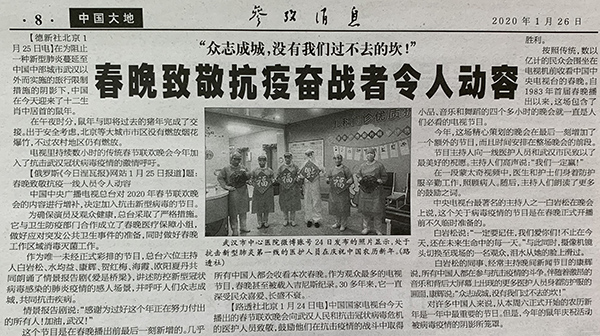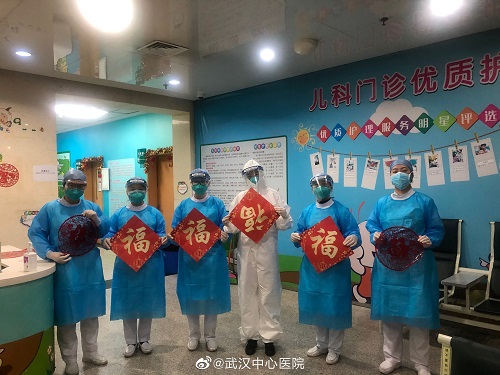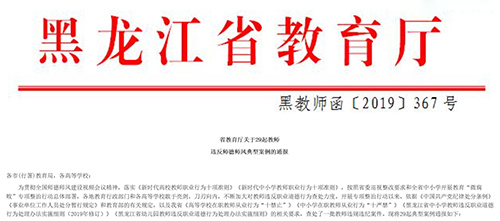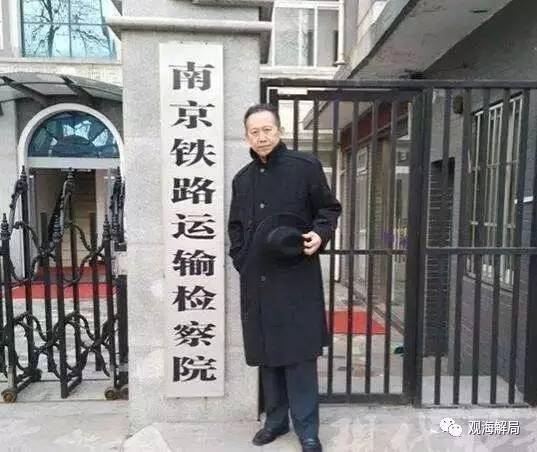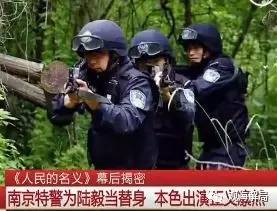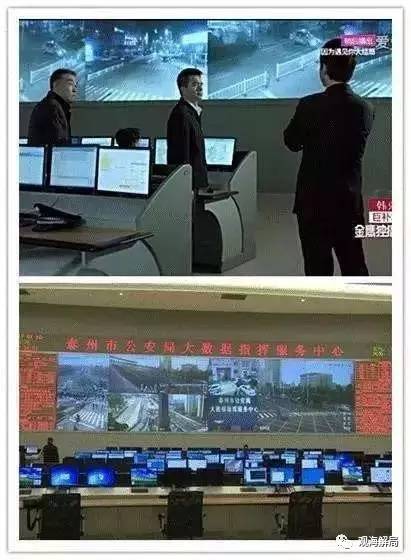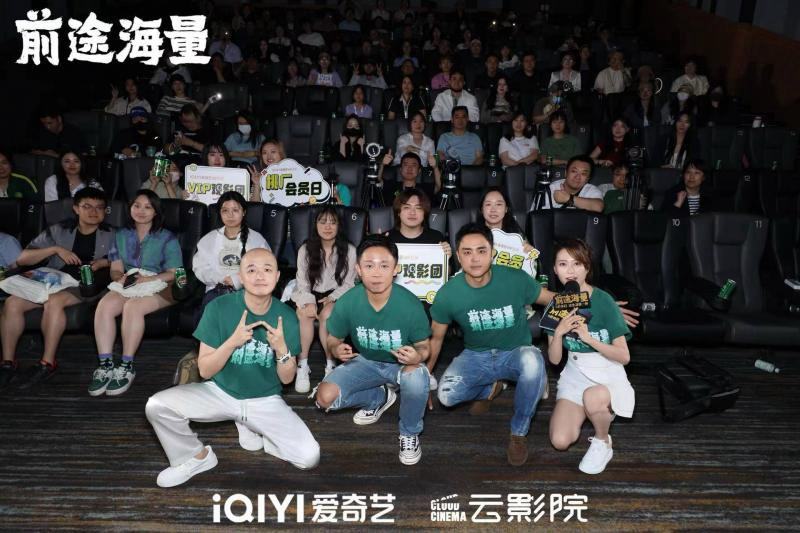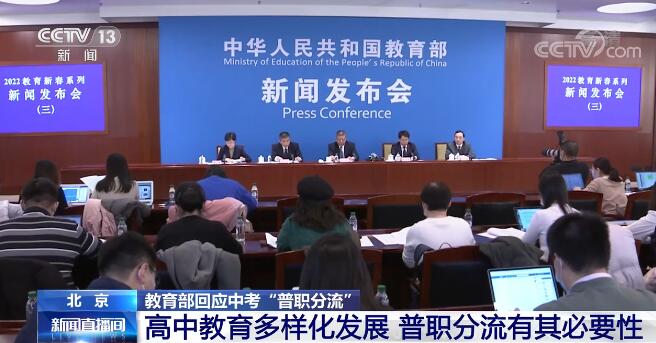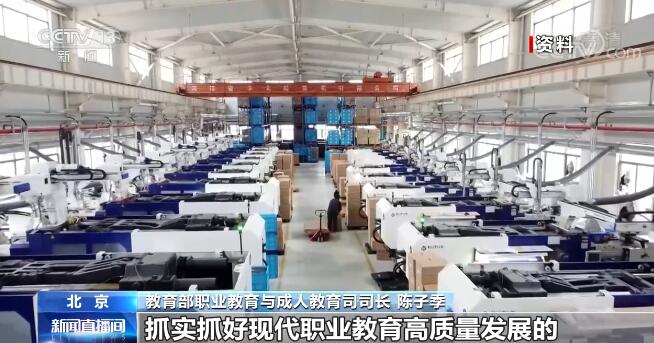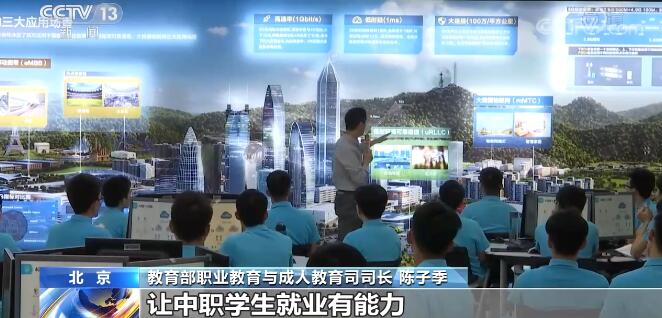Military training in colleges and universities in Henan has been carried out one after another.
Warm youth meets camouflage
High-spirited and spirited is the vigor of youth.
It is a struggle between body and will.
Now let Xiaobian take you with him.
Walk into the military training site of colleges and universities in Henan Province
Enjoy their military training.
Henan Polytechnic University
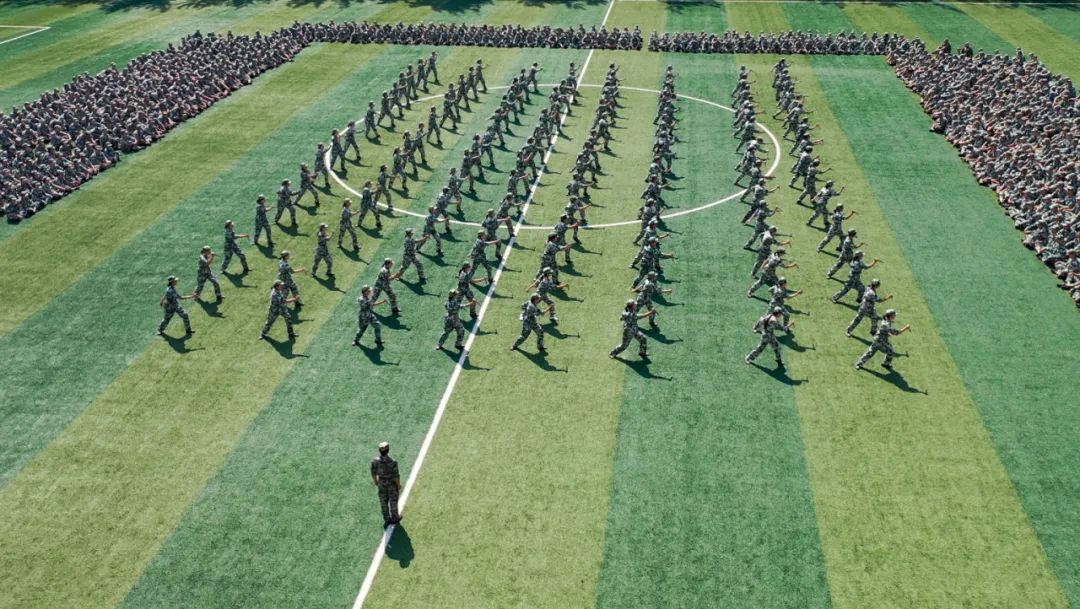
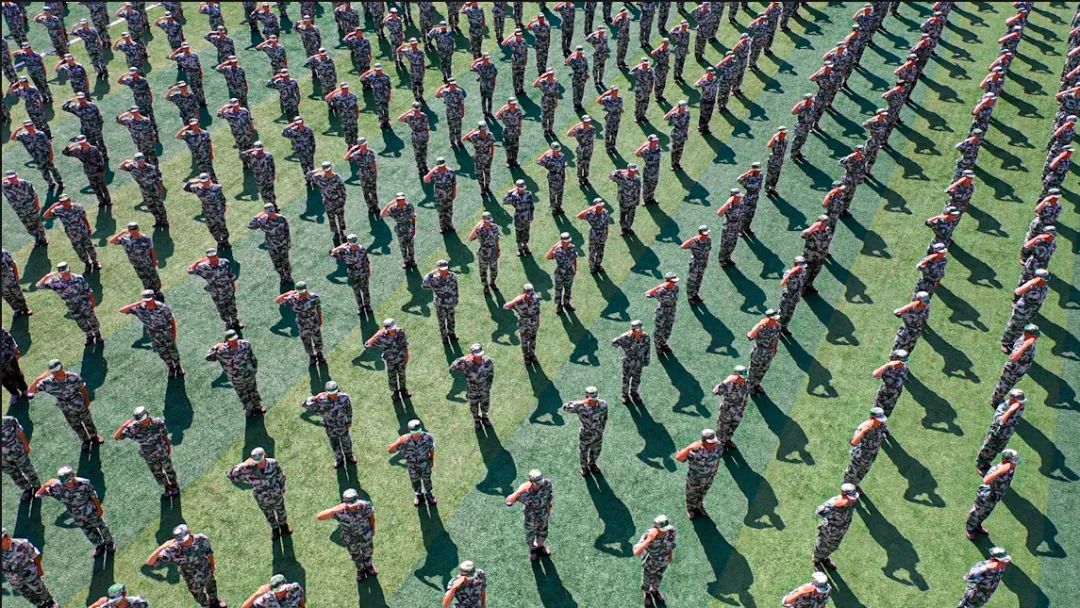
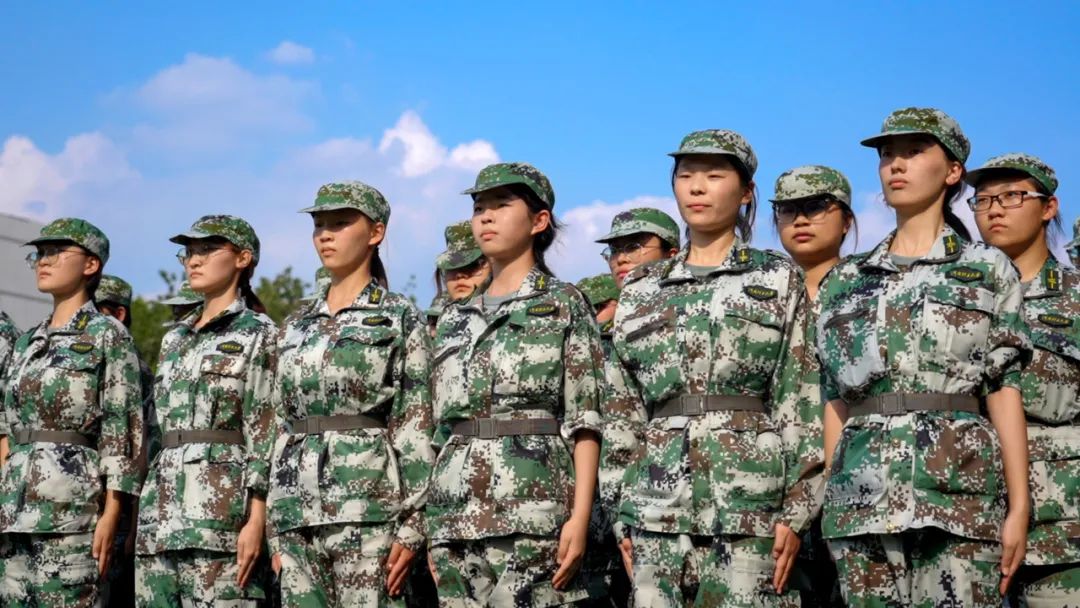
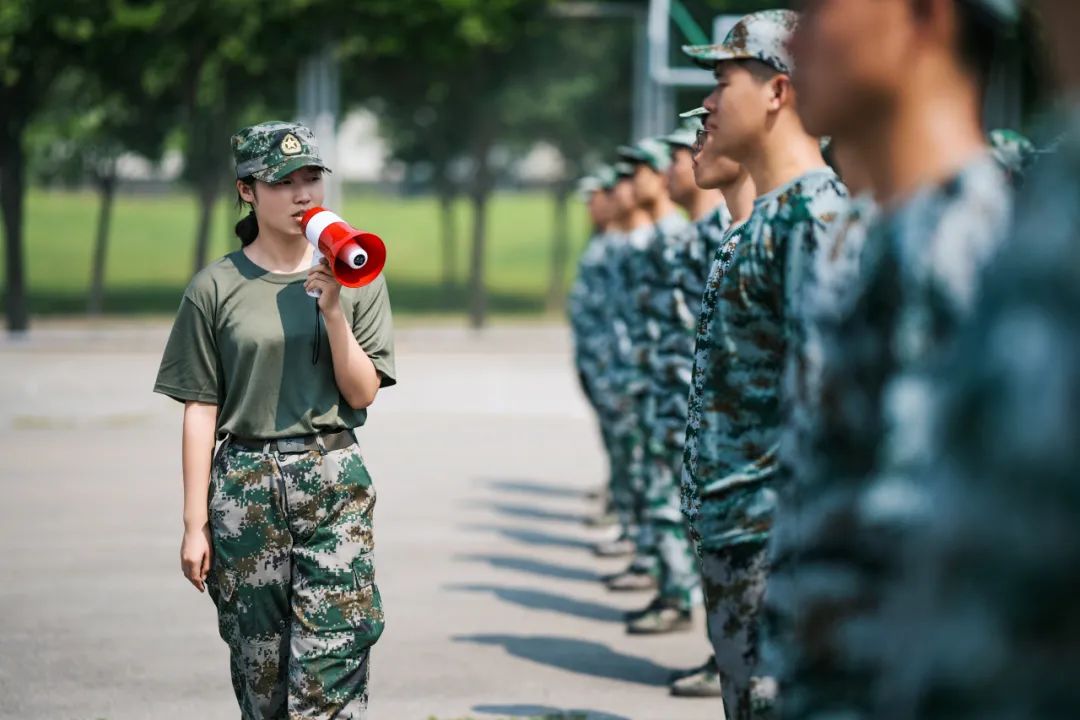
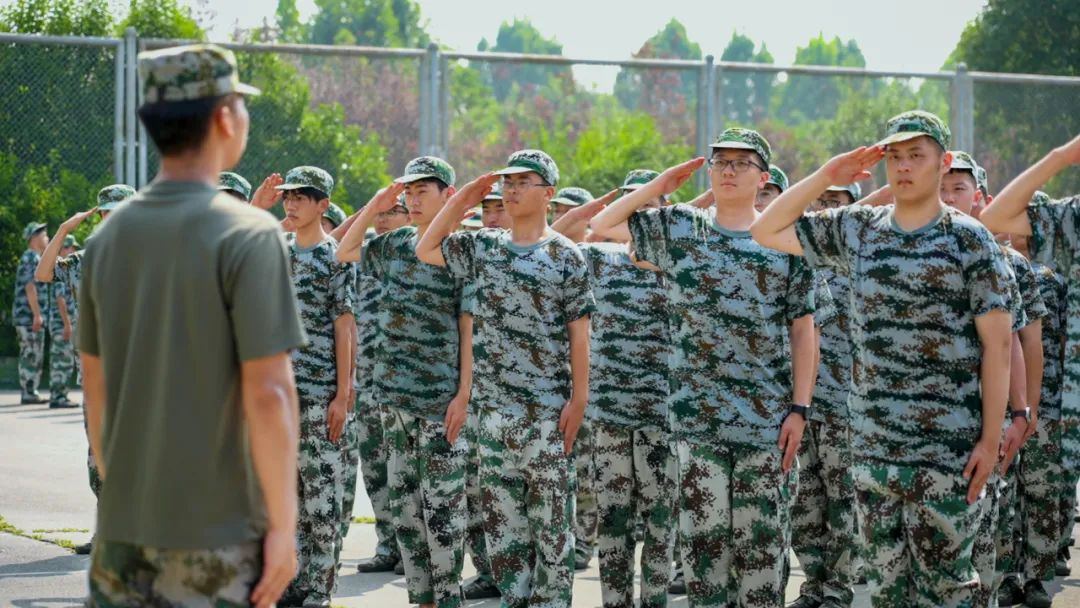
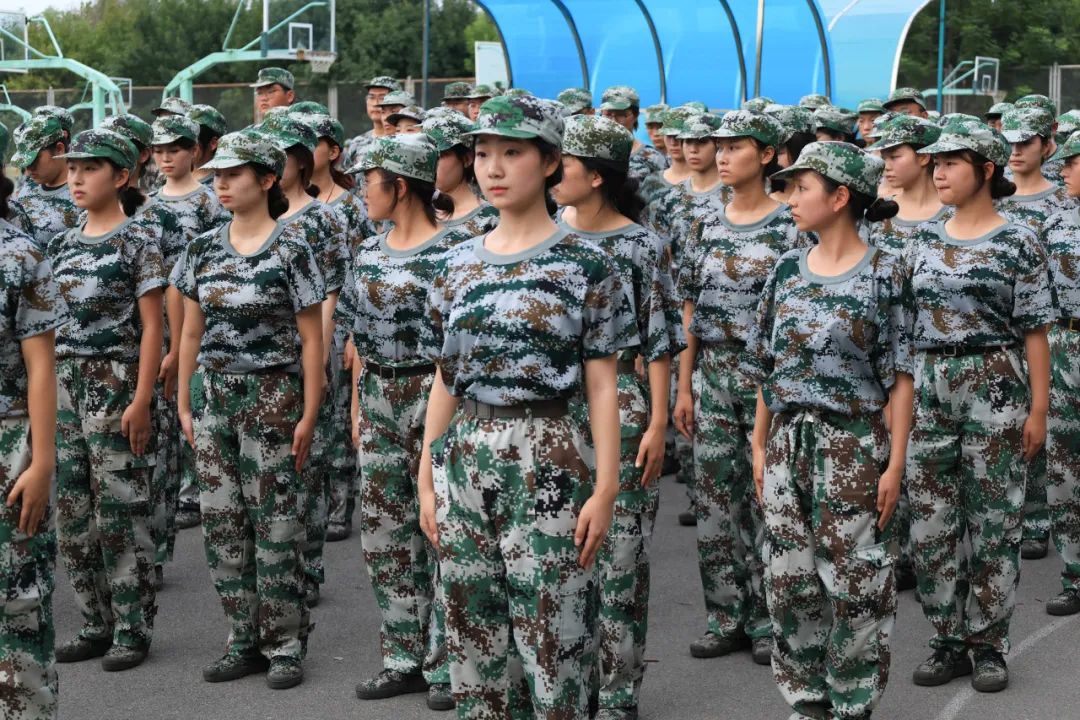
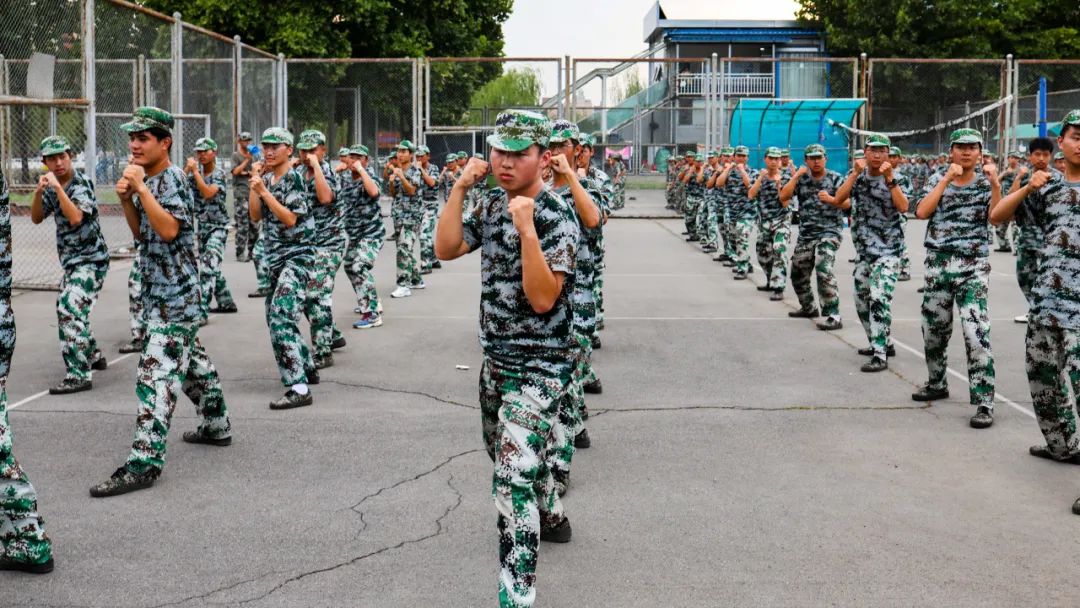
Burning youth, casting hard work. In the military training in colleges and universities, we showed the vigor of young people and the spirit of struggle. Sweat soaked the clothes, but it strengthened my mind. We take firm steps and March forward bravely towards the future.
Xinyang Normal University
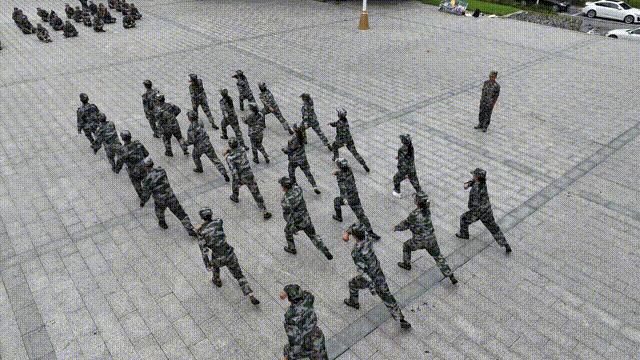
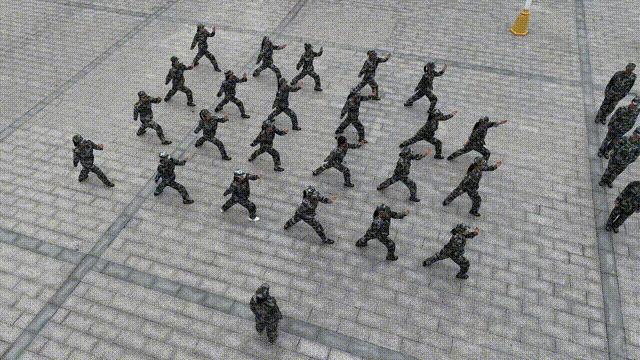
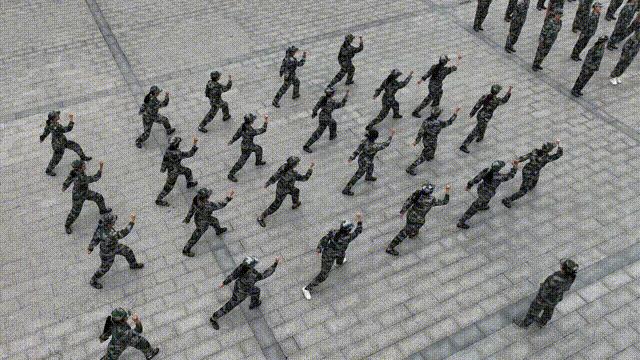
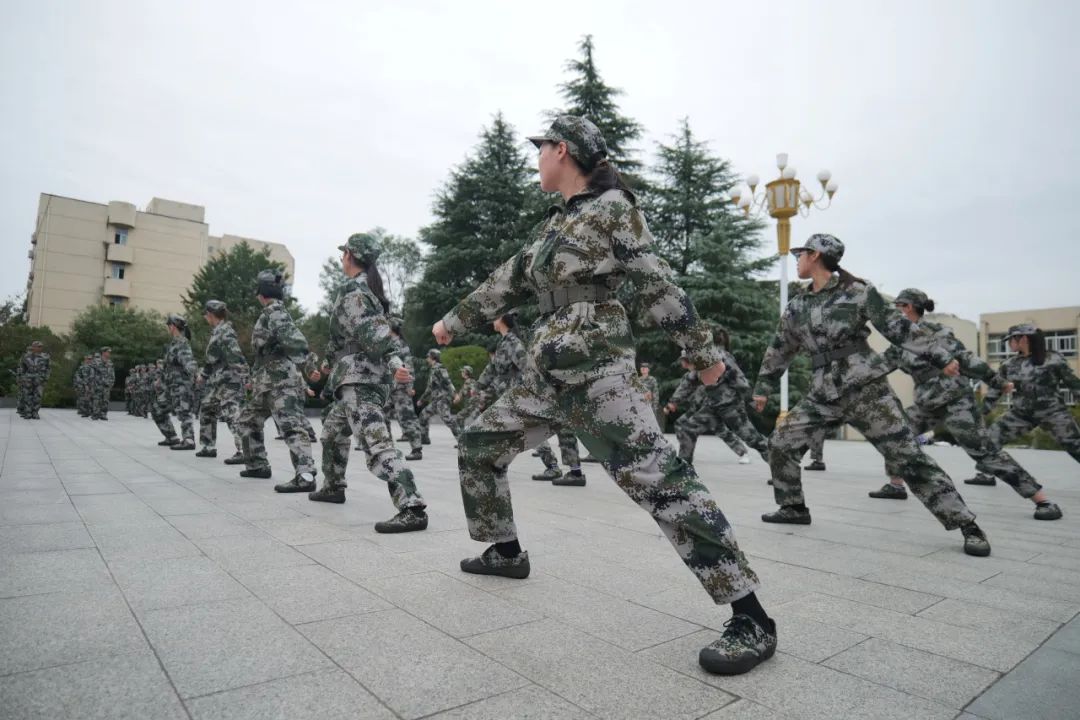
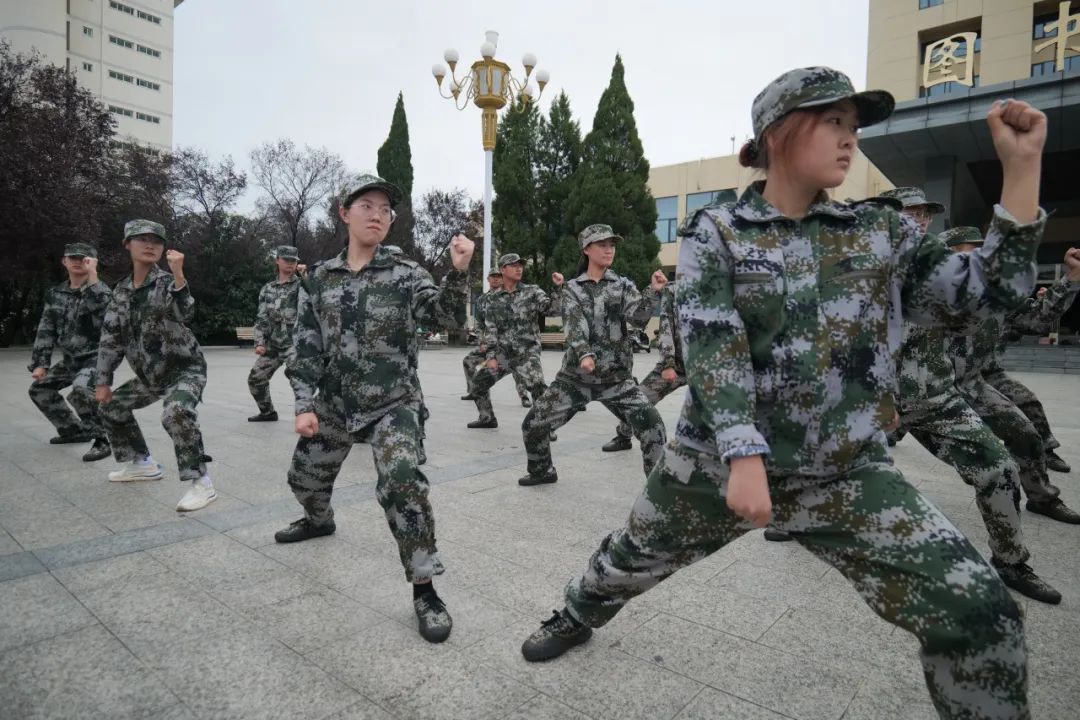
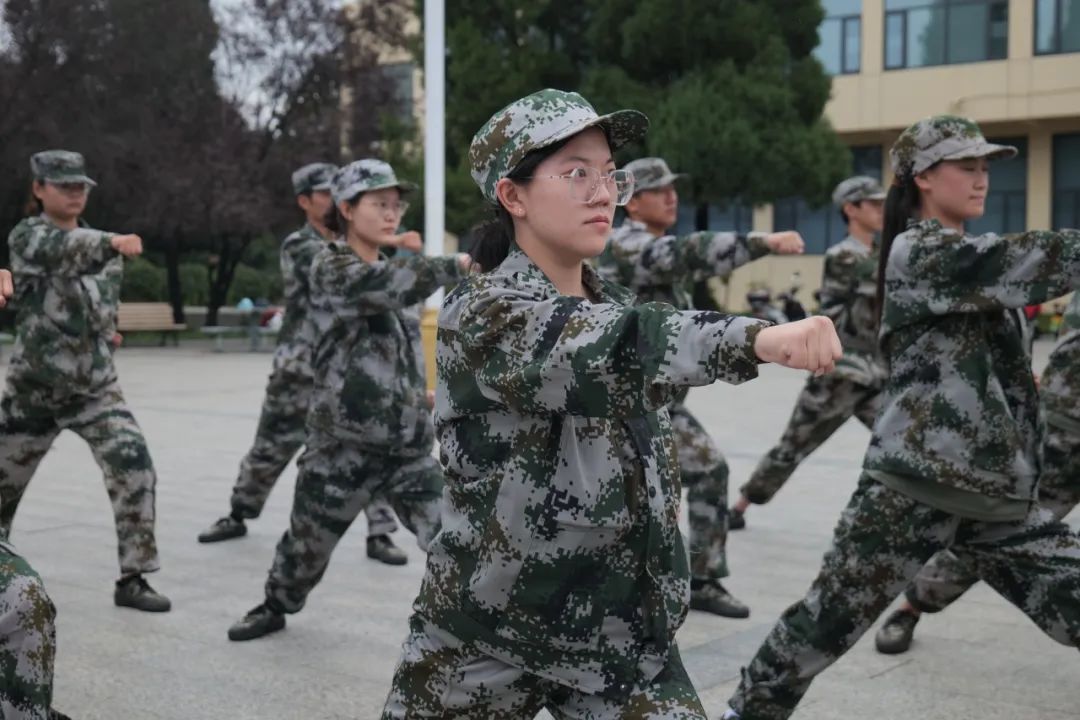
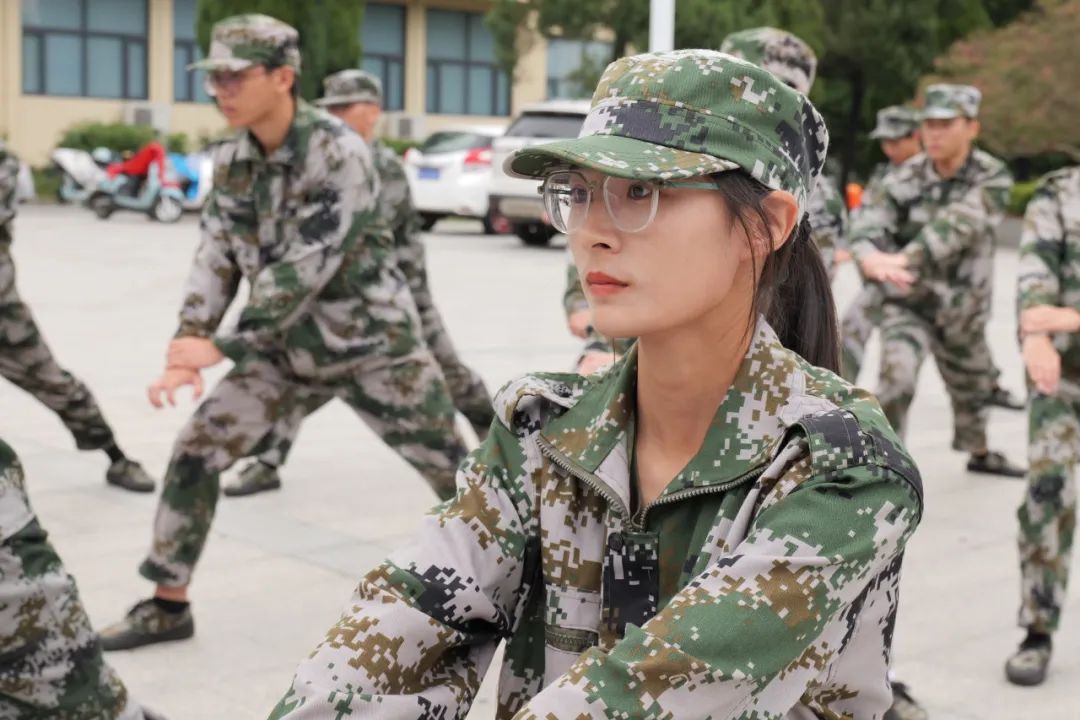
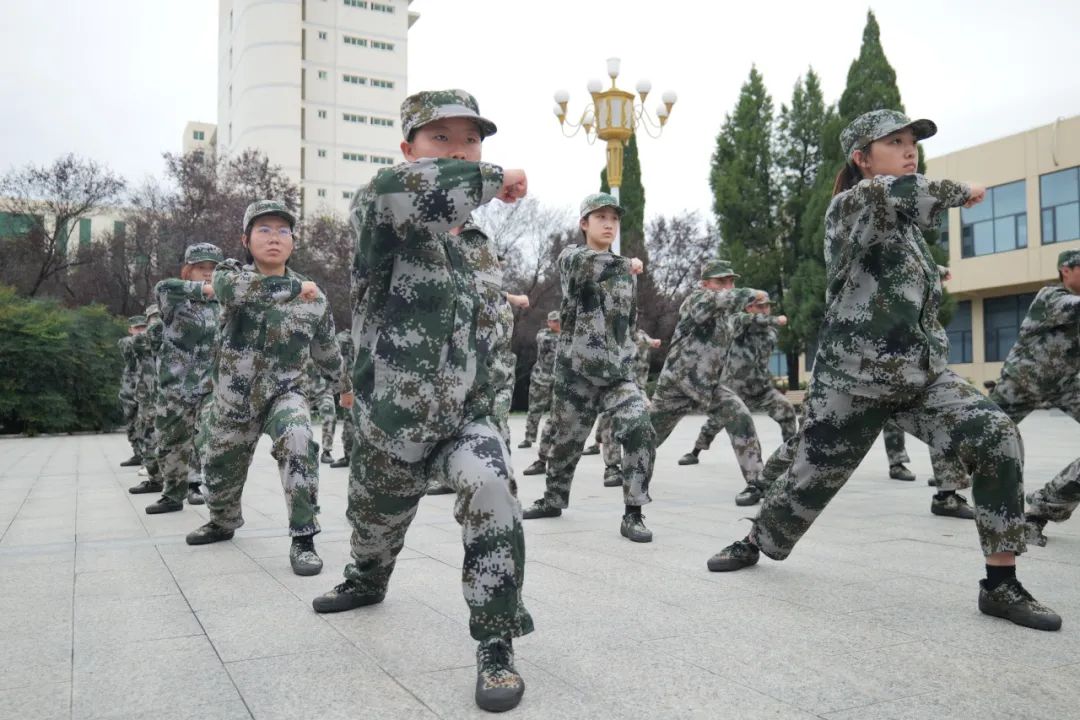
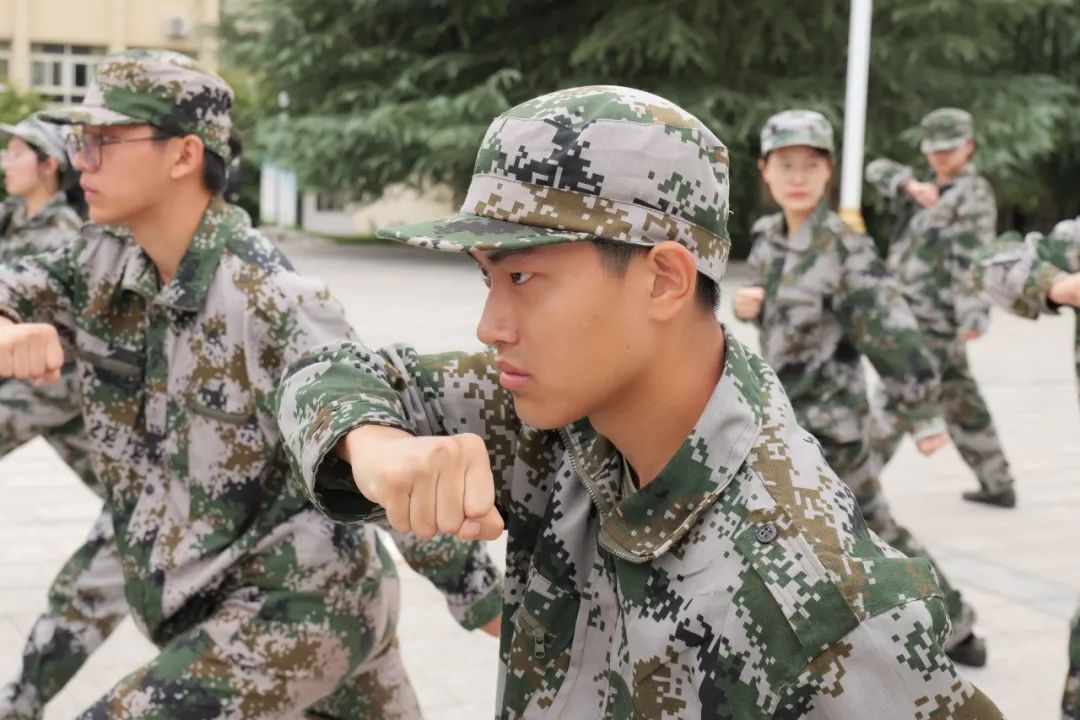
Accompanied by training in the hot sun, I experienced the growth of wind and rain. The students of Xinyang Normal University, with neat queues, sonorous steps and firm eyes, played the youthful movement of "A Powerful Country with Me", kicking the goose steps, standing in the military posture, military boxing and dagger exercises.
zhongyuan university of technology
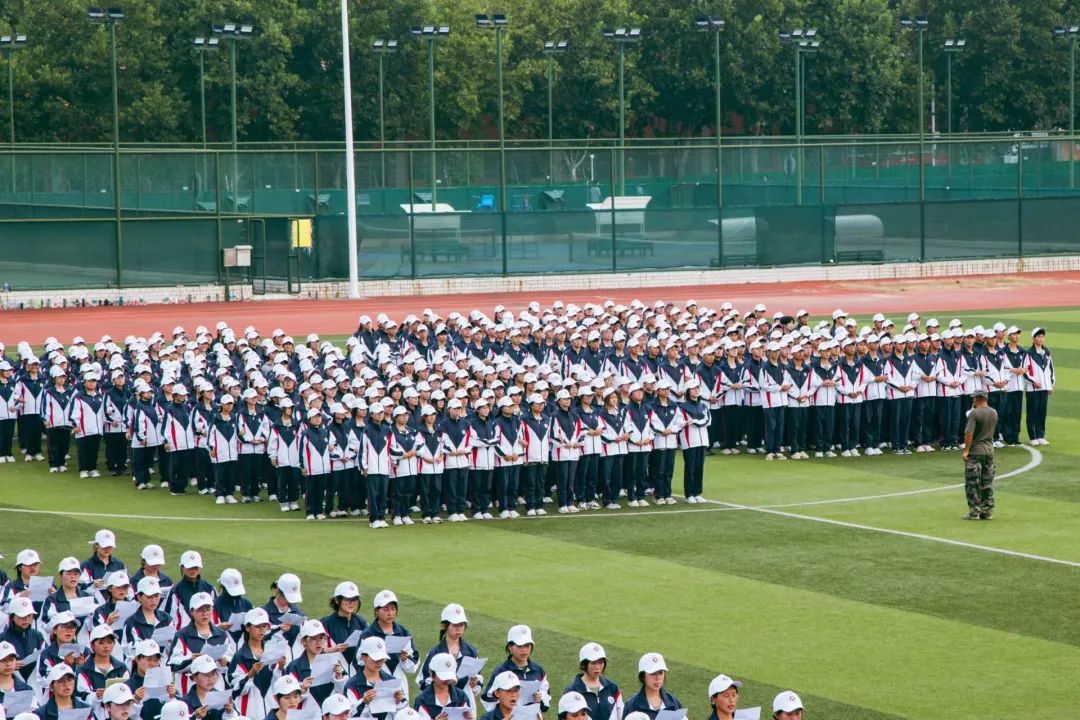
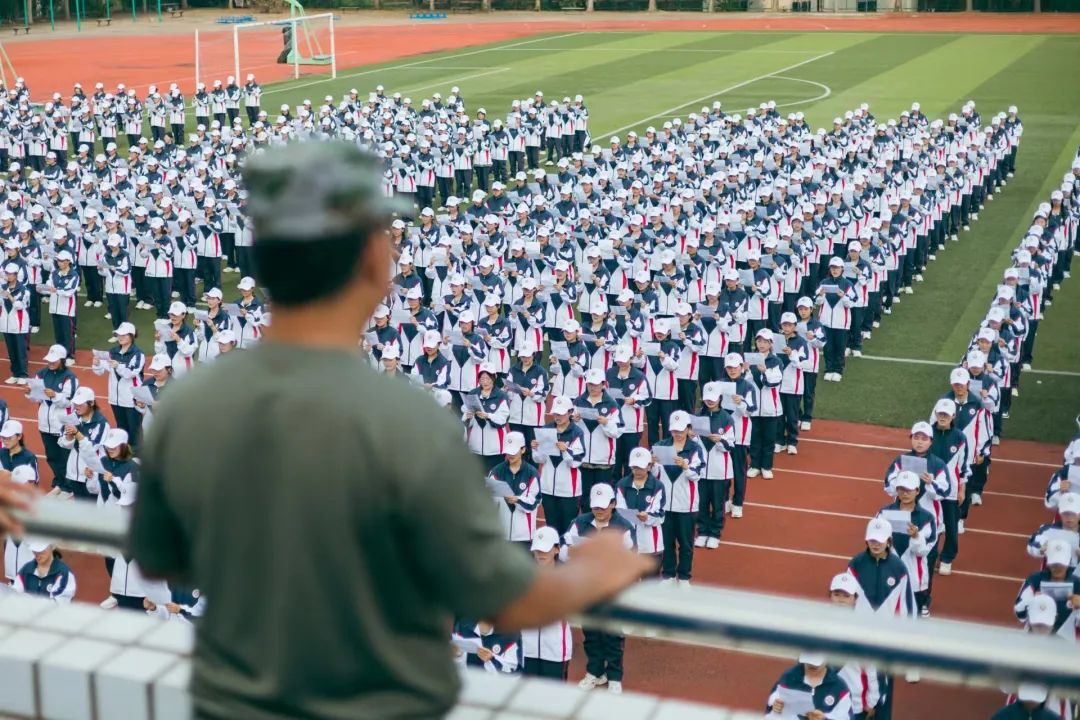
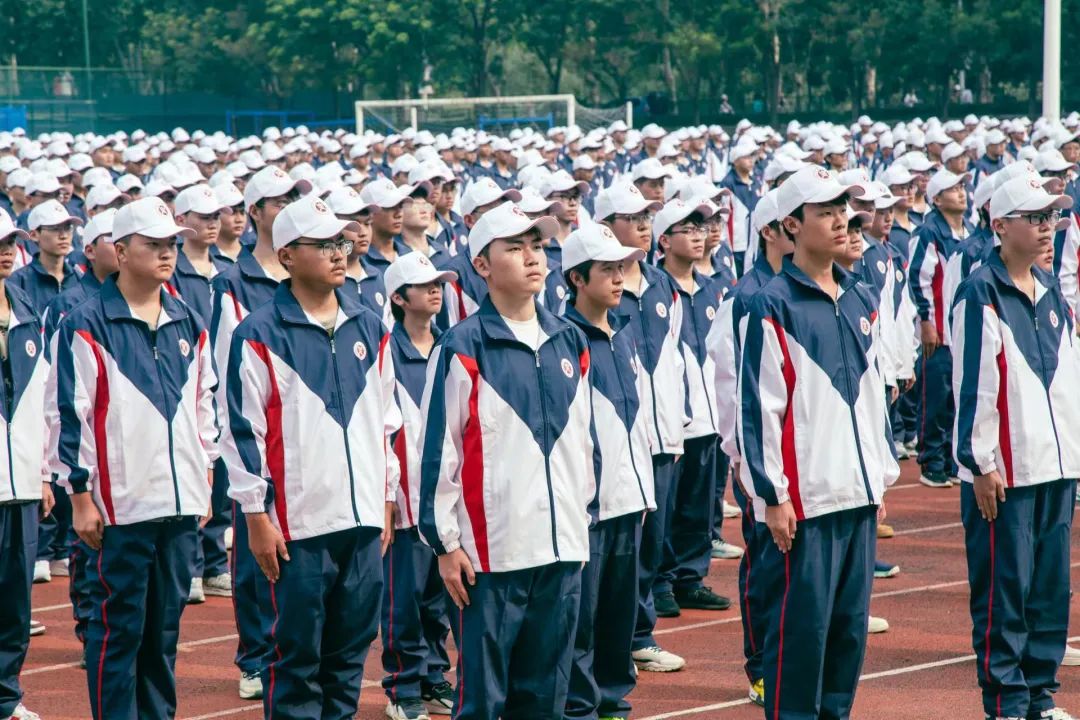
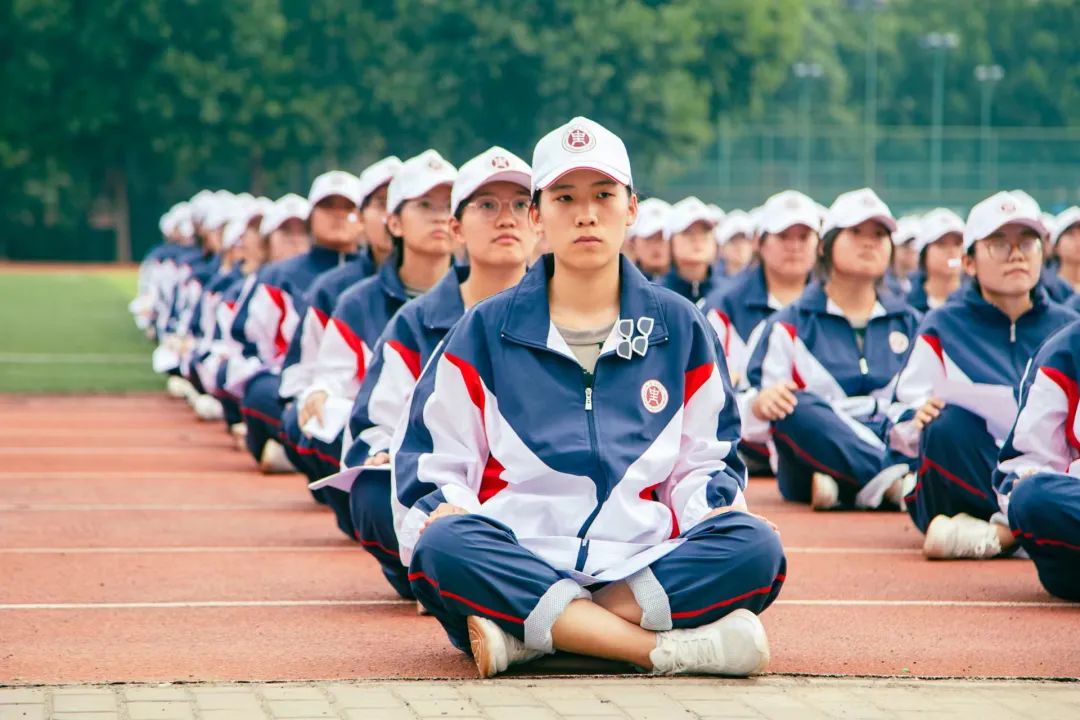

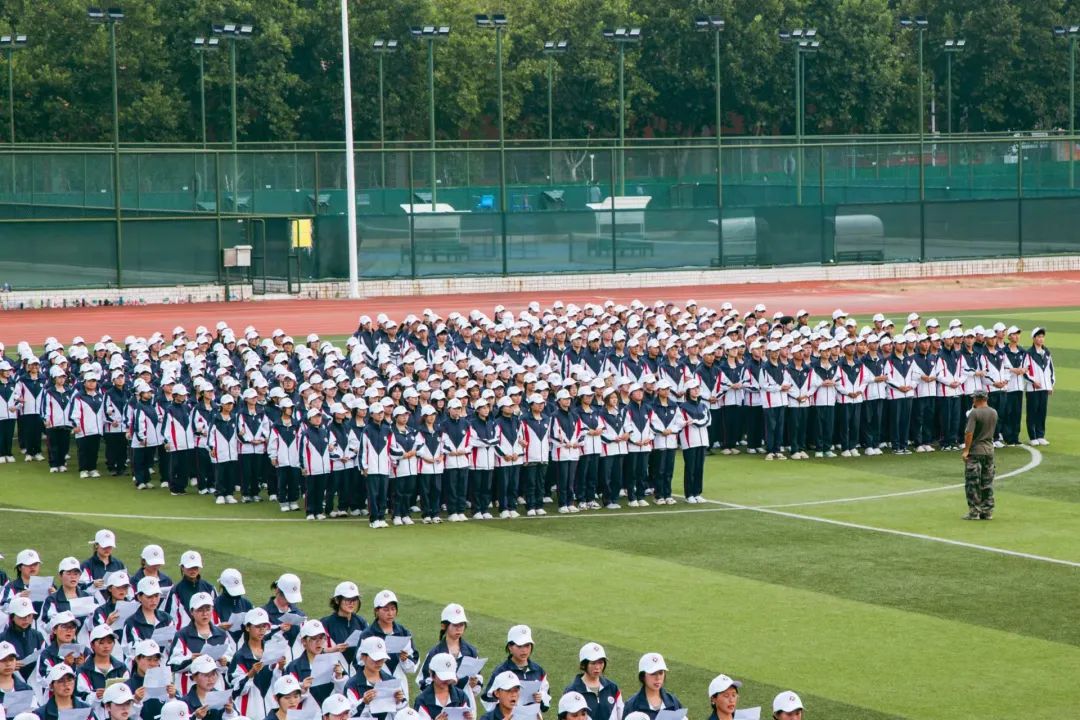
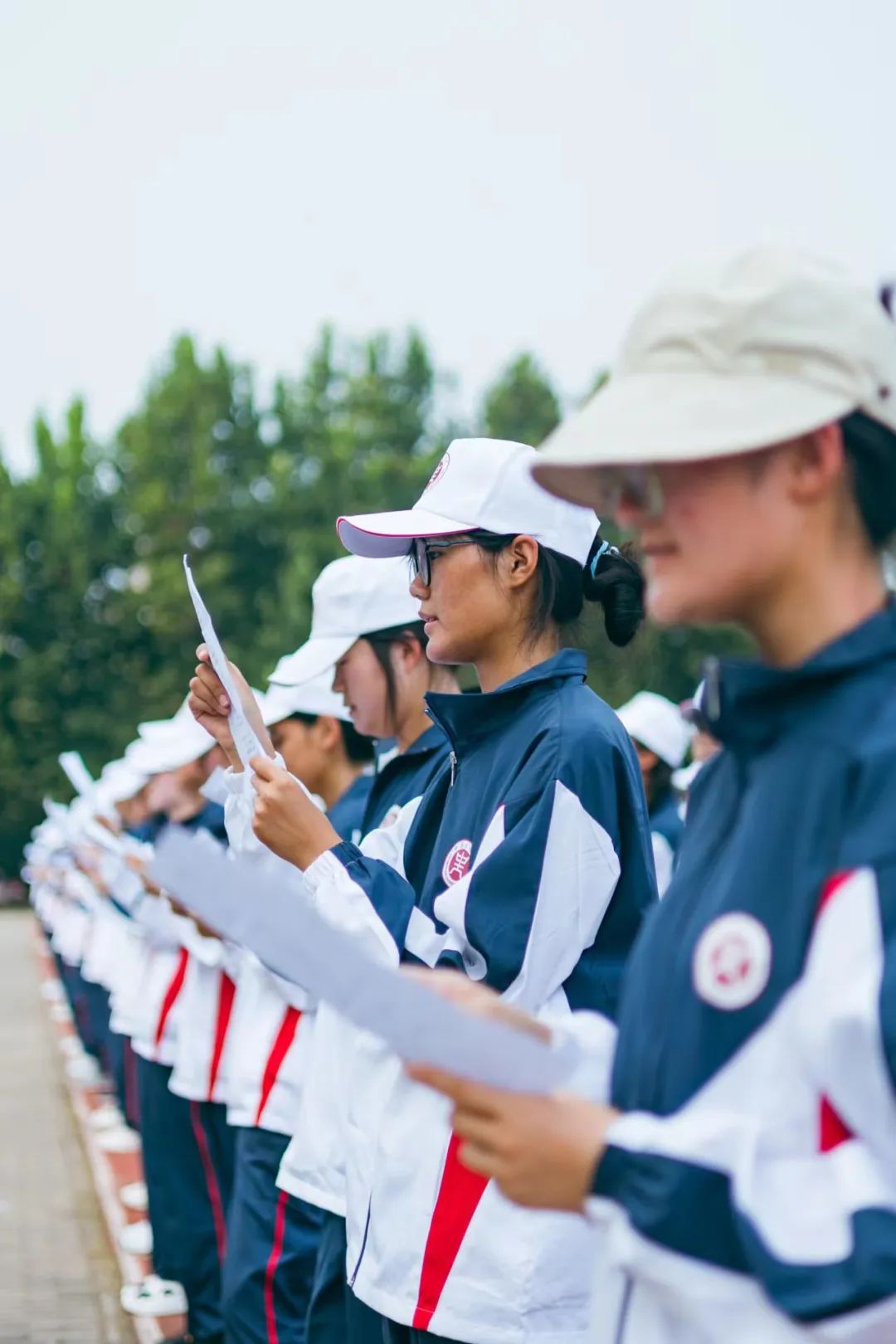
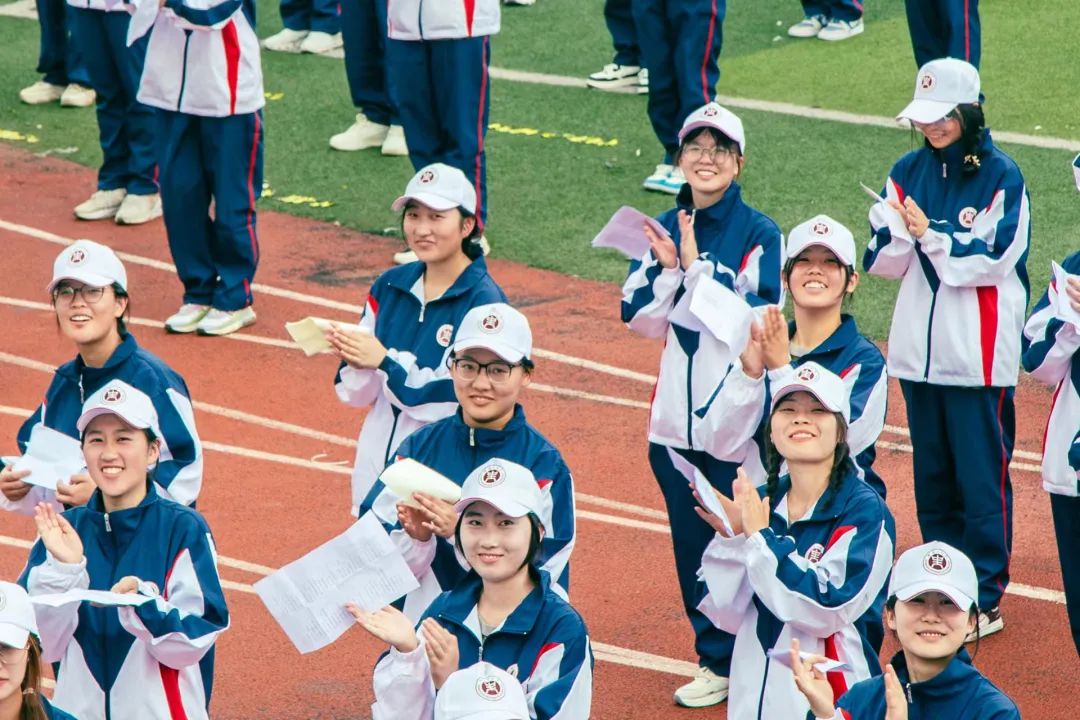
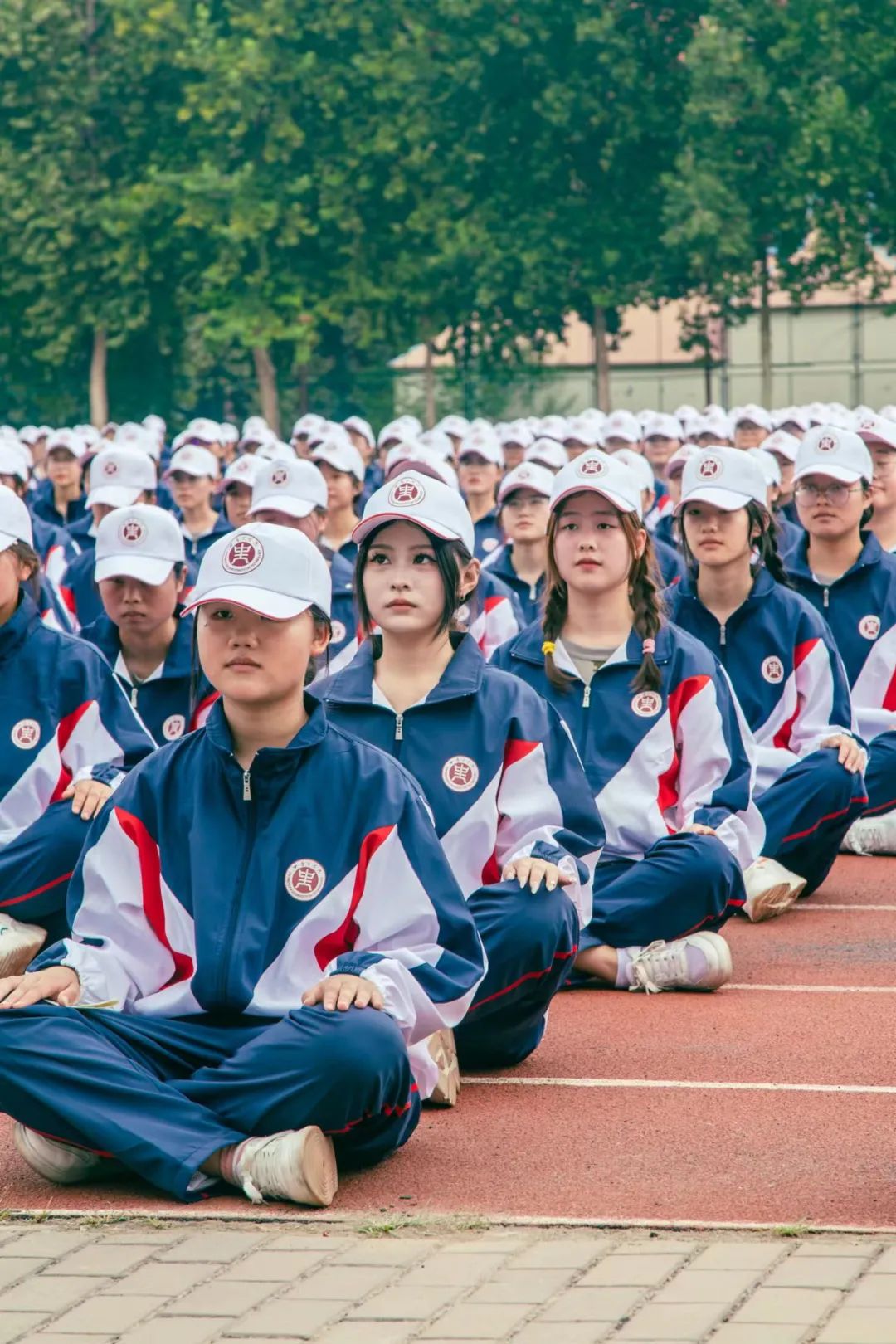
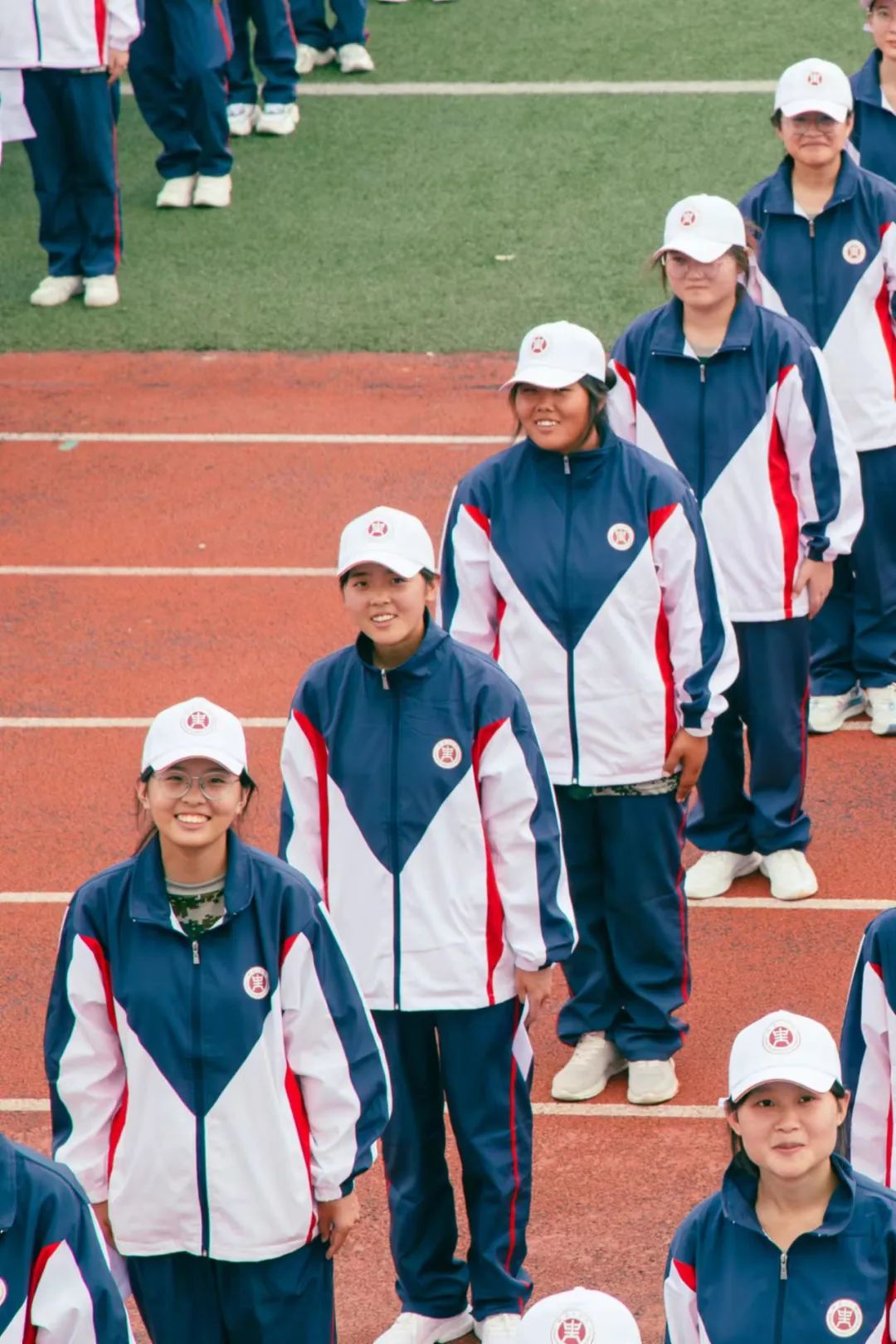
Military training is a time that every freshman loves and hates. This group of photos not only records the neat and powerful pictures of the younger brothers and sisters in the military training, but also records the laughter and laughter during the military training break, capturing the key moments of military training.
zhengzhou institute of aeronautical industry management
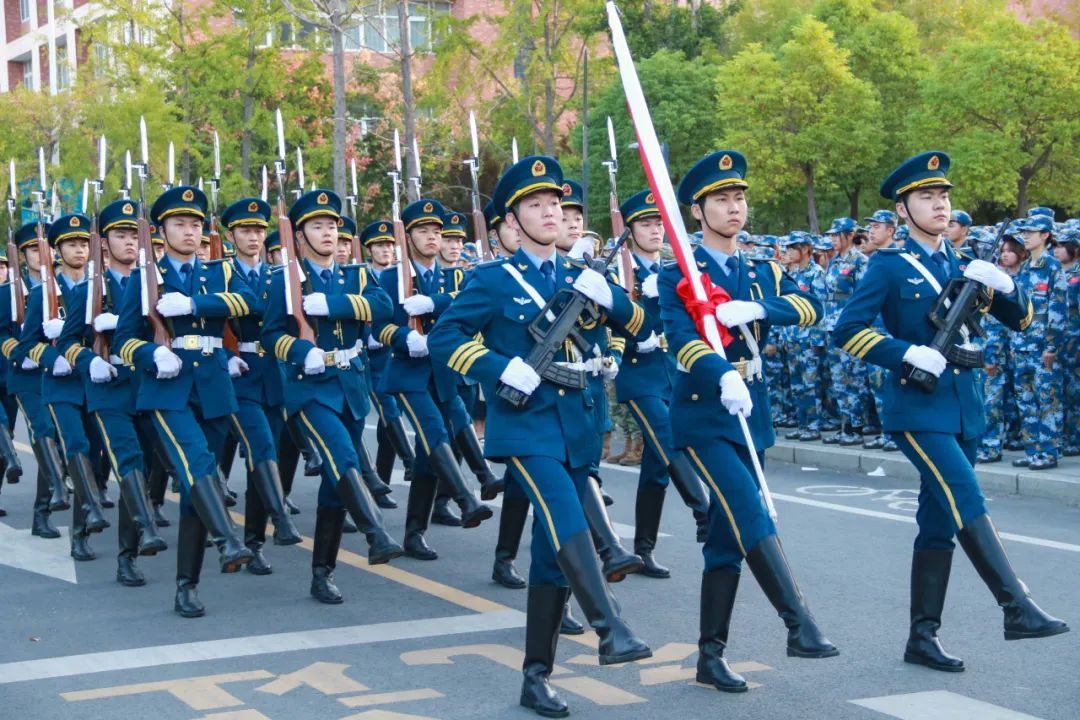
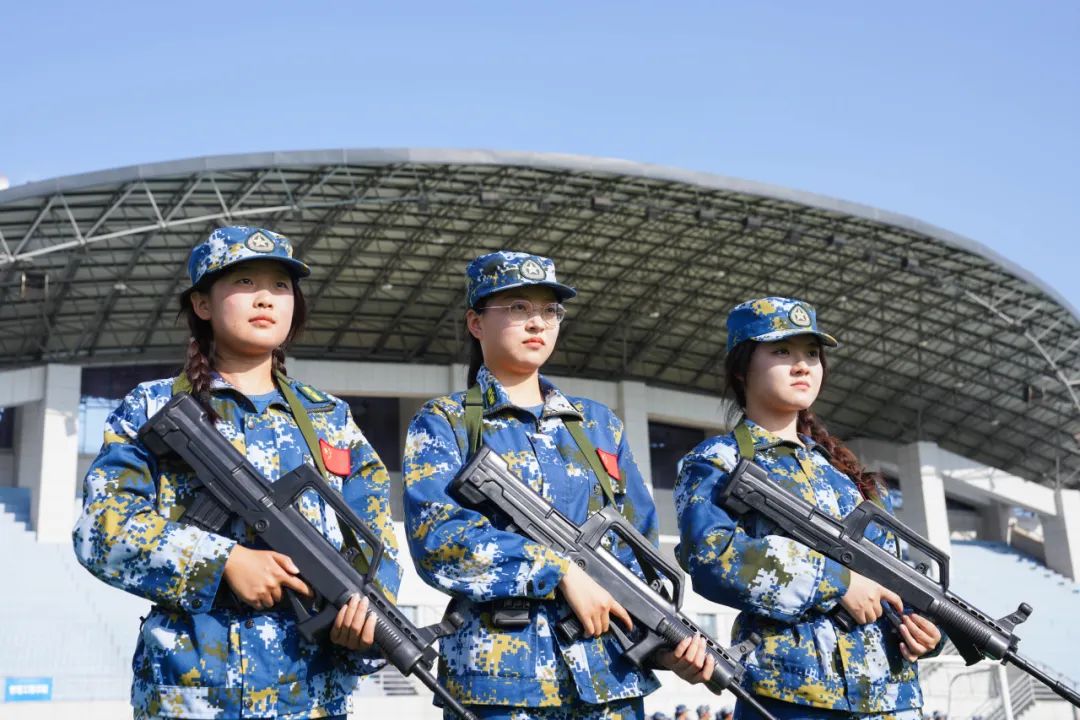
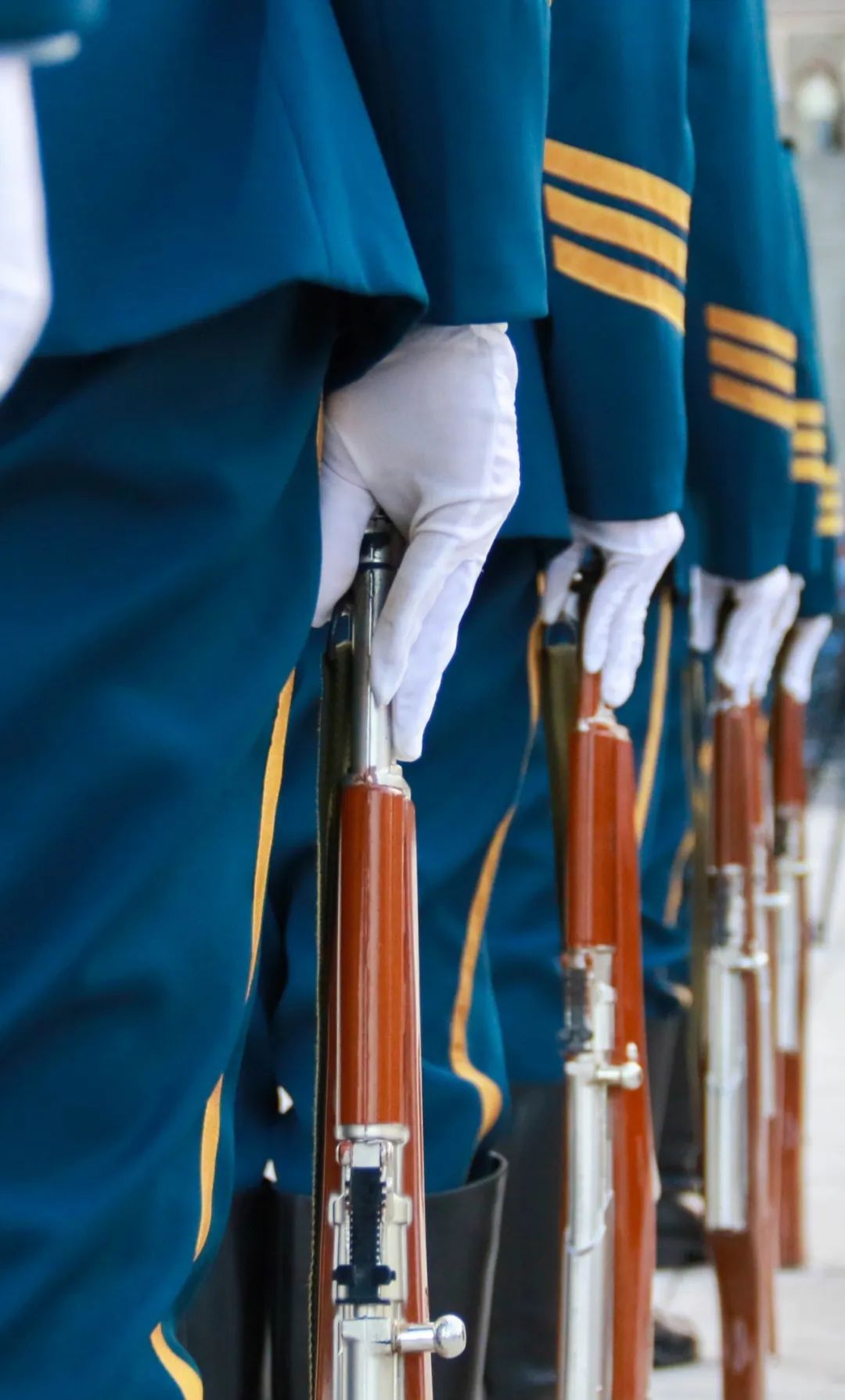
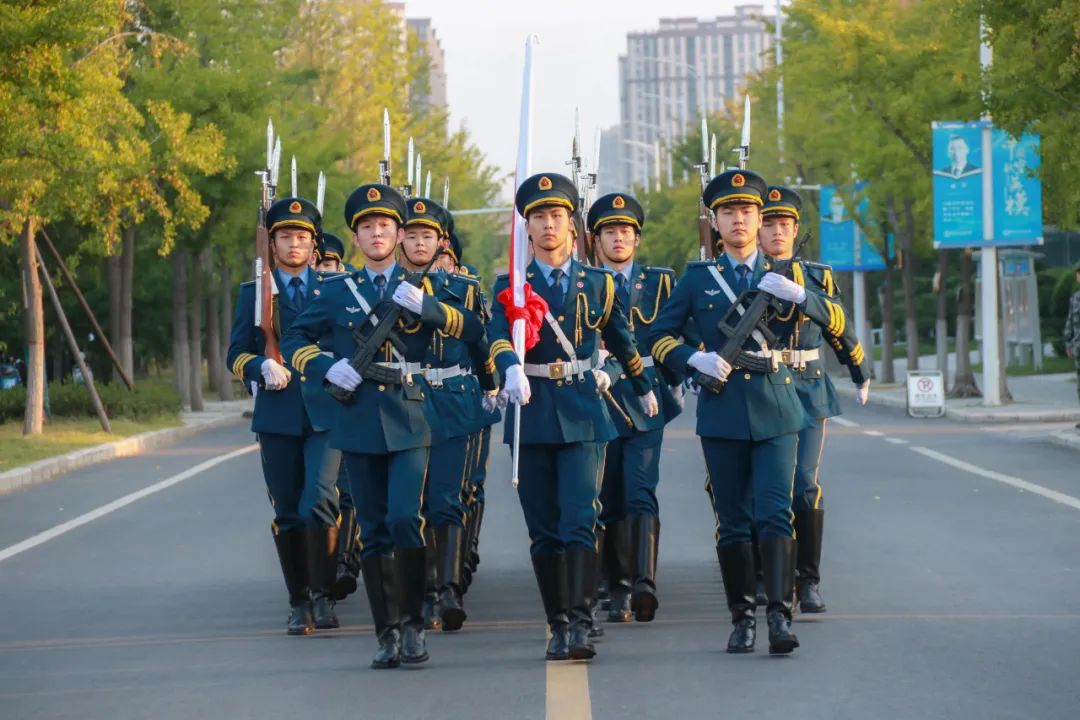
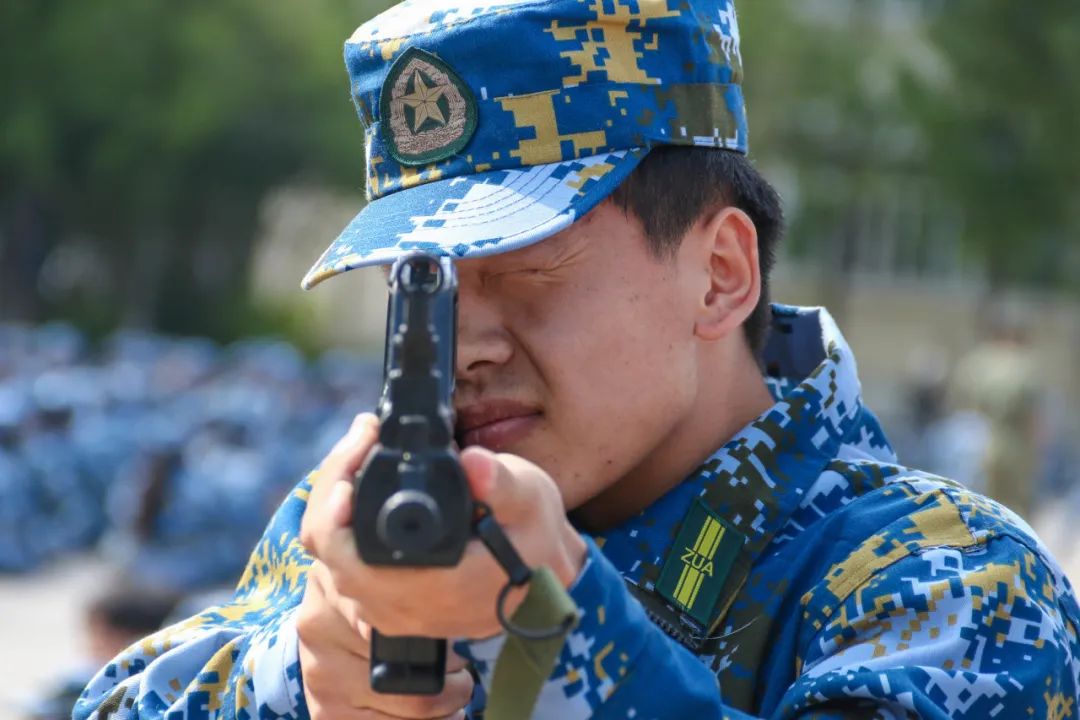
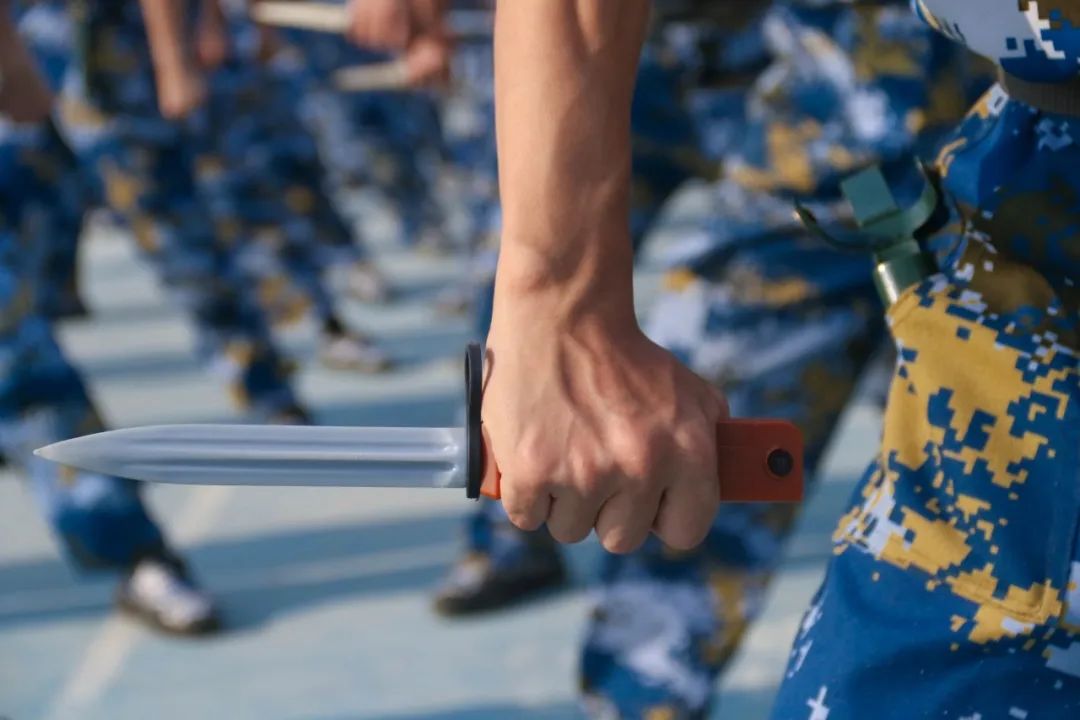
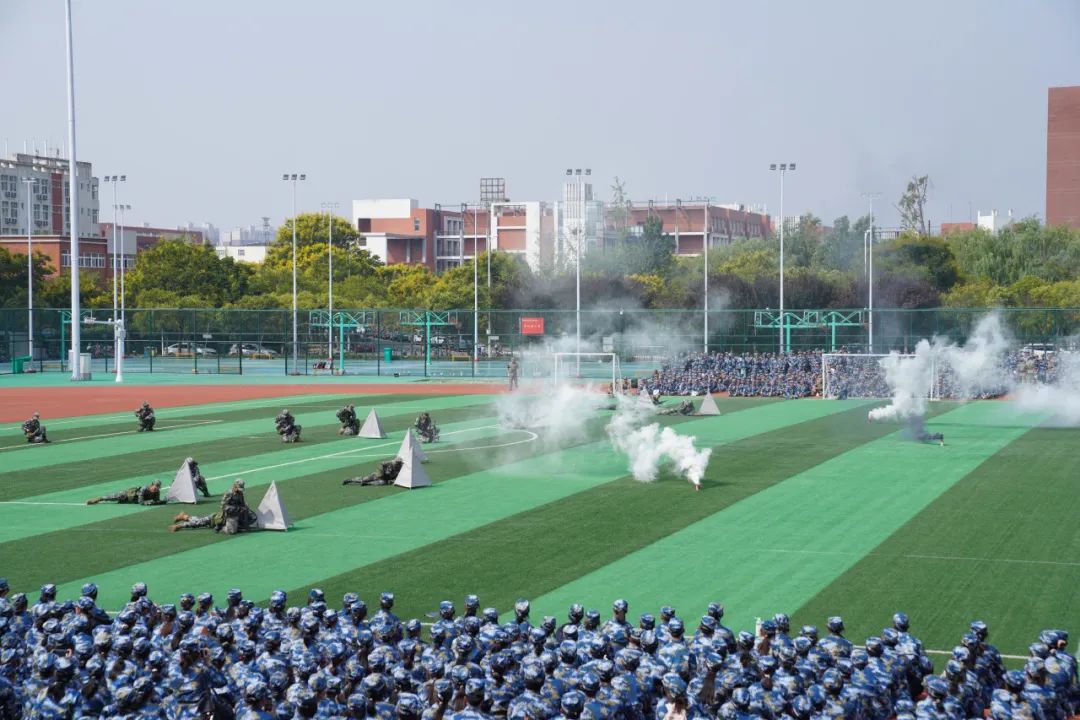
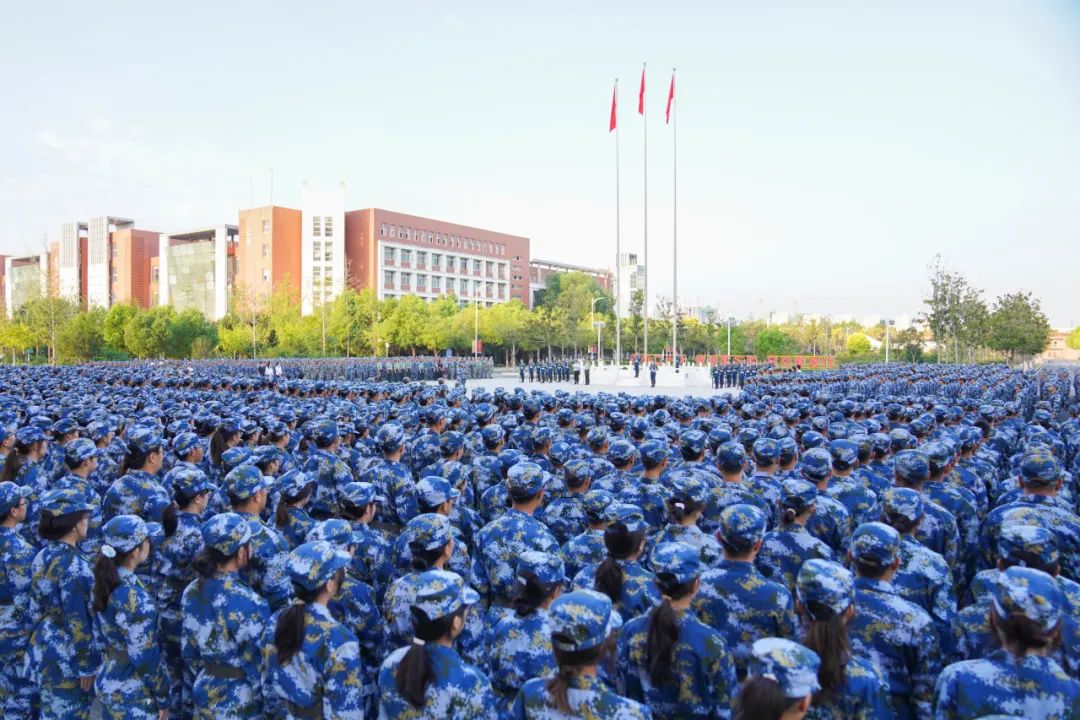
Shangqiu normal college
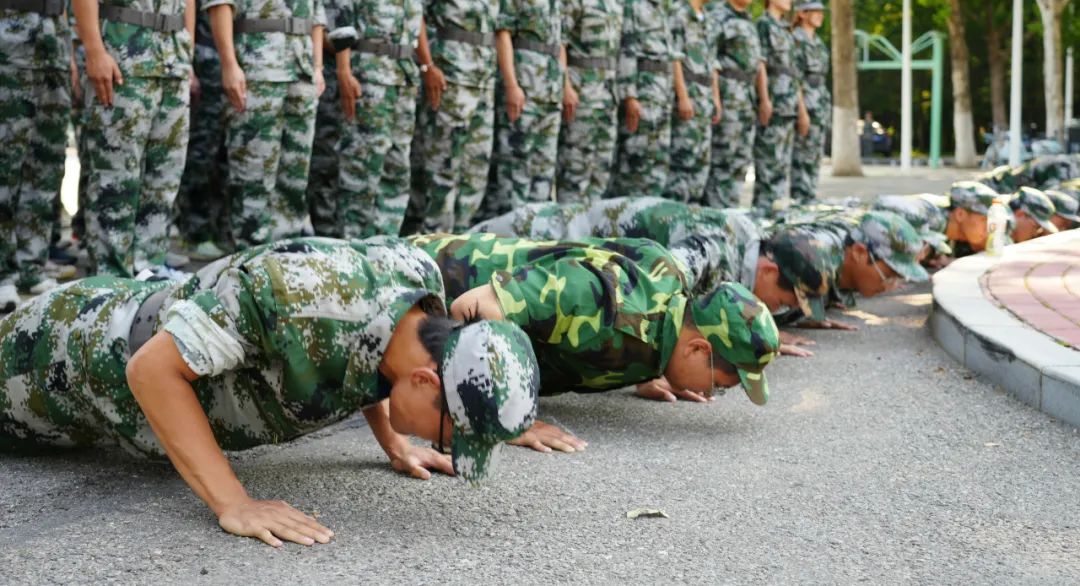
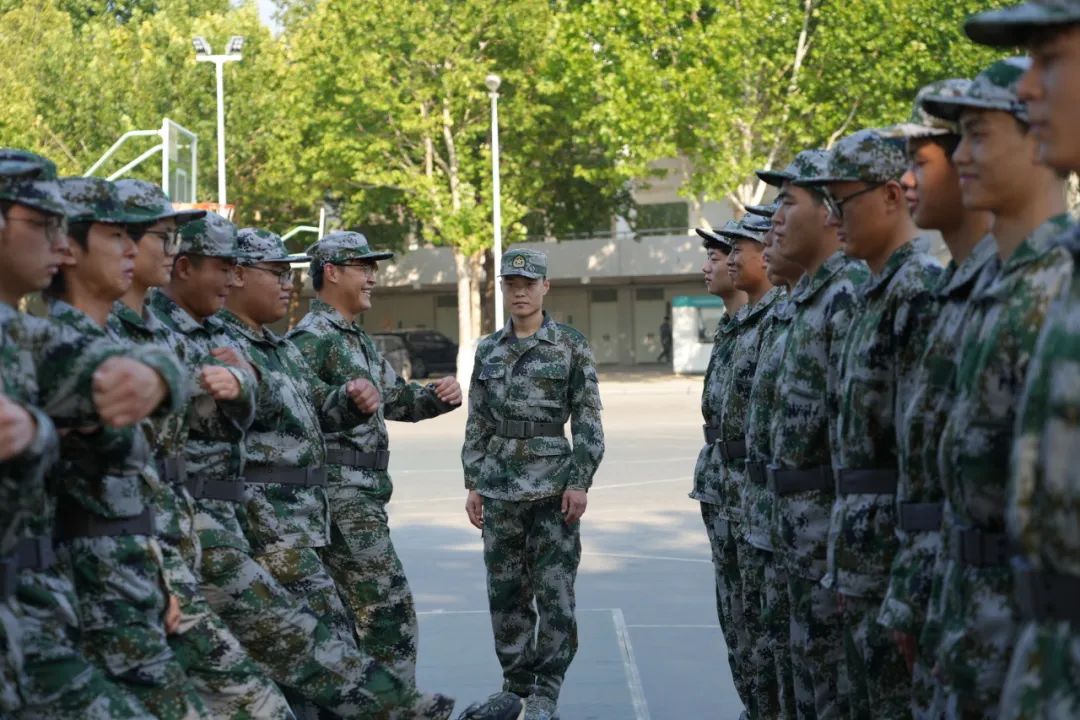
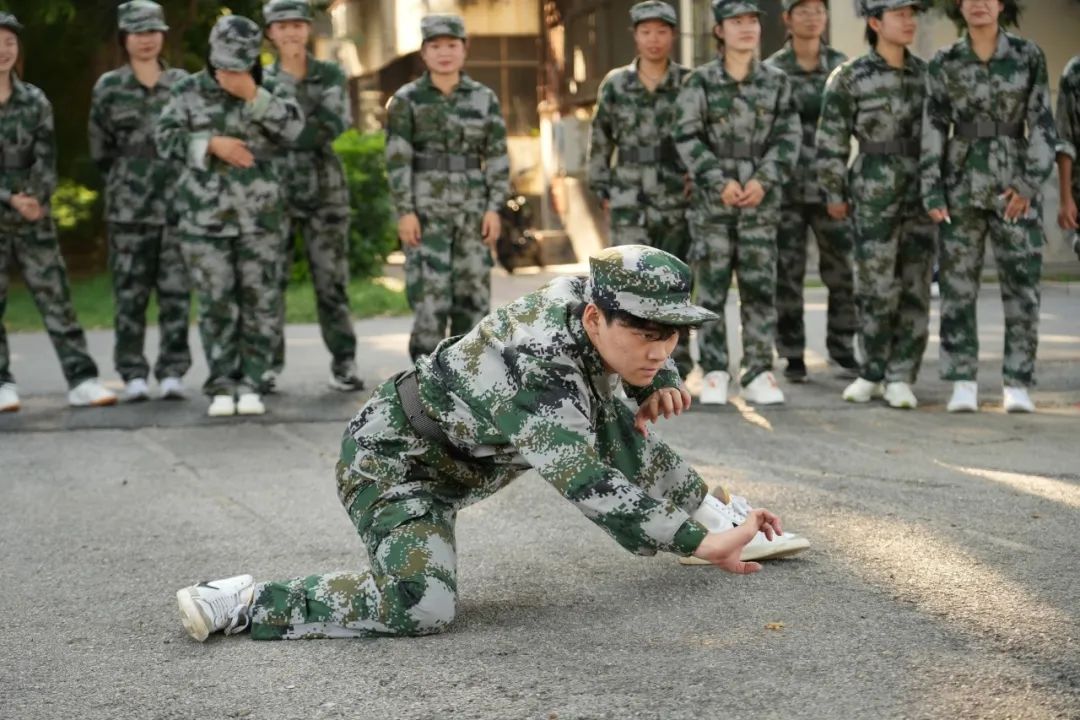

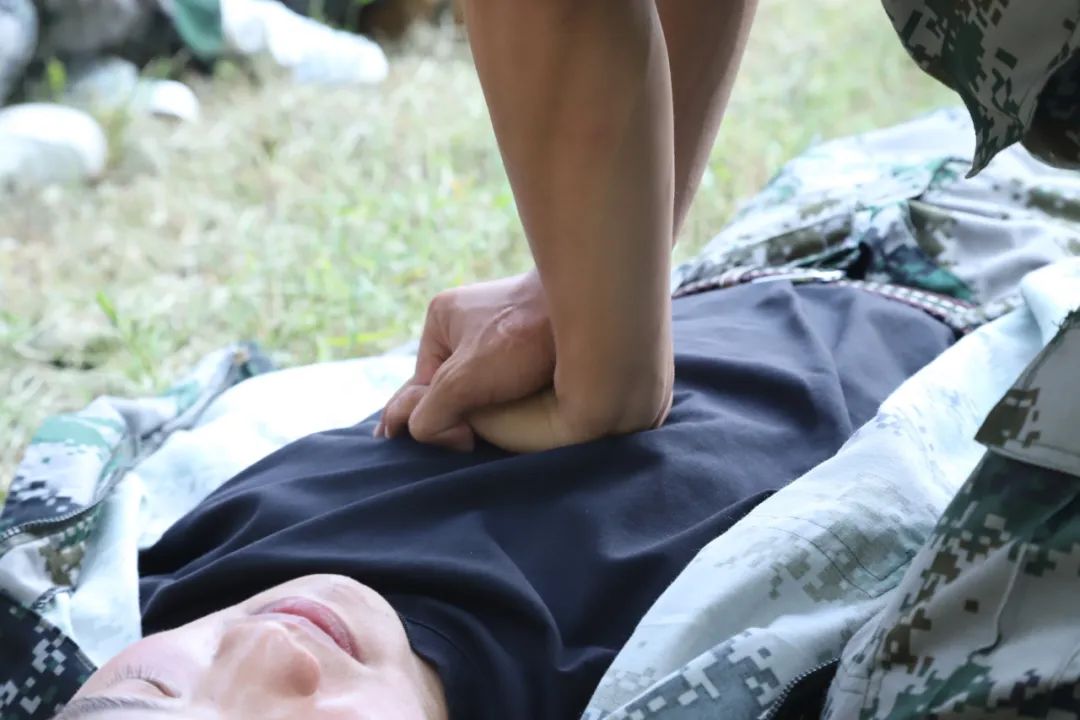
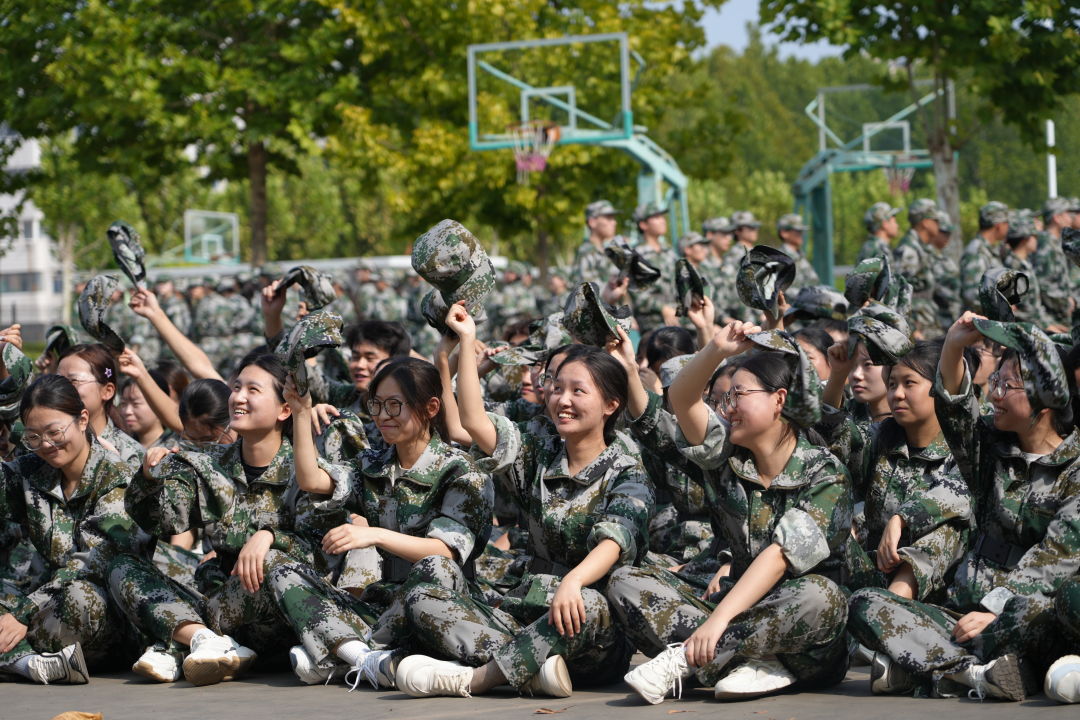
In 2023, the new physiology packed well, walked into the beautiful business division, filled with longing, put on a touch of camouflage green, and started an unknown military training journey. Precious memories of youth shine brightly in sweat.
Pingdingshan college
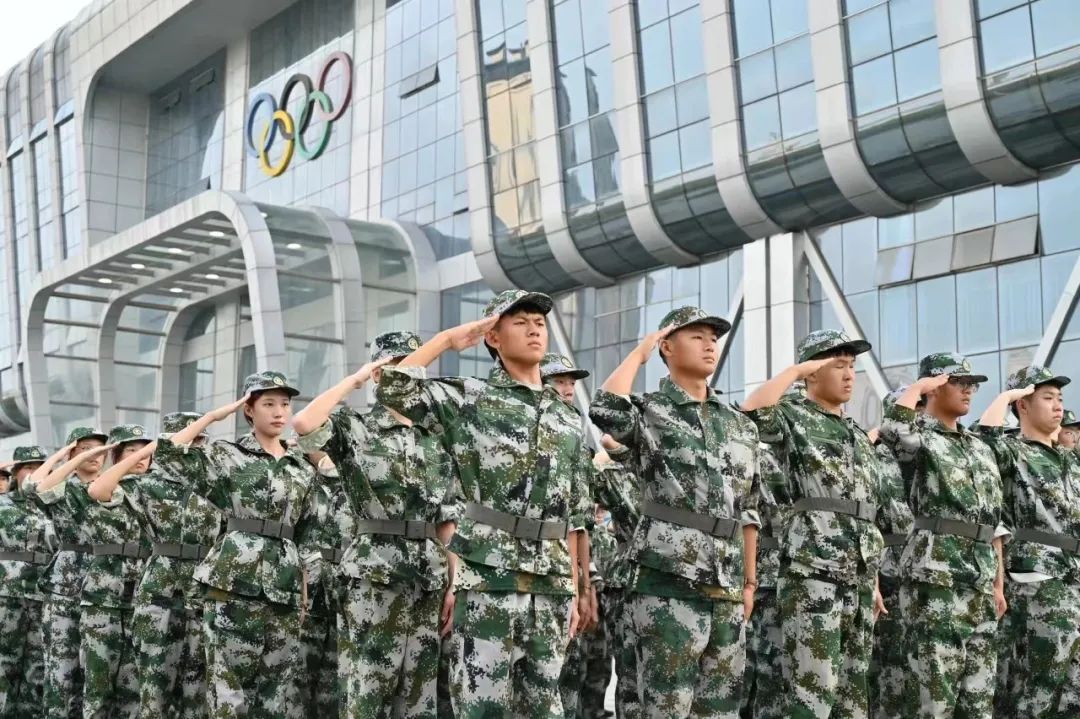
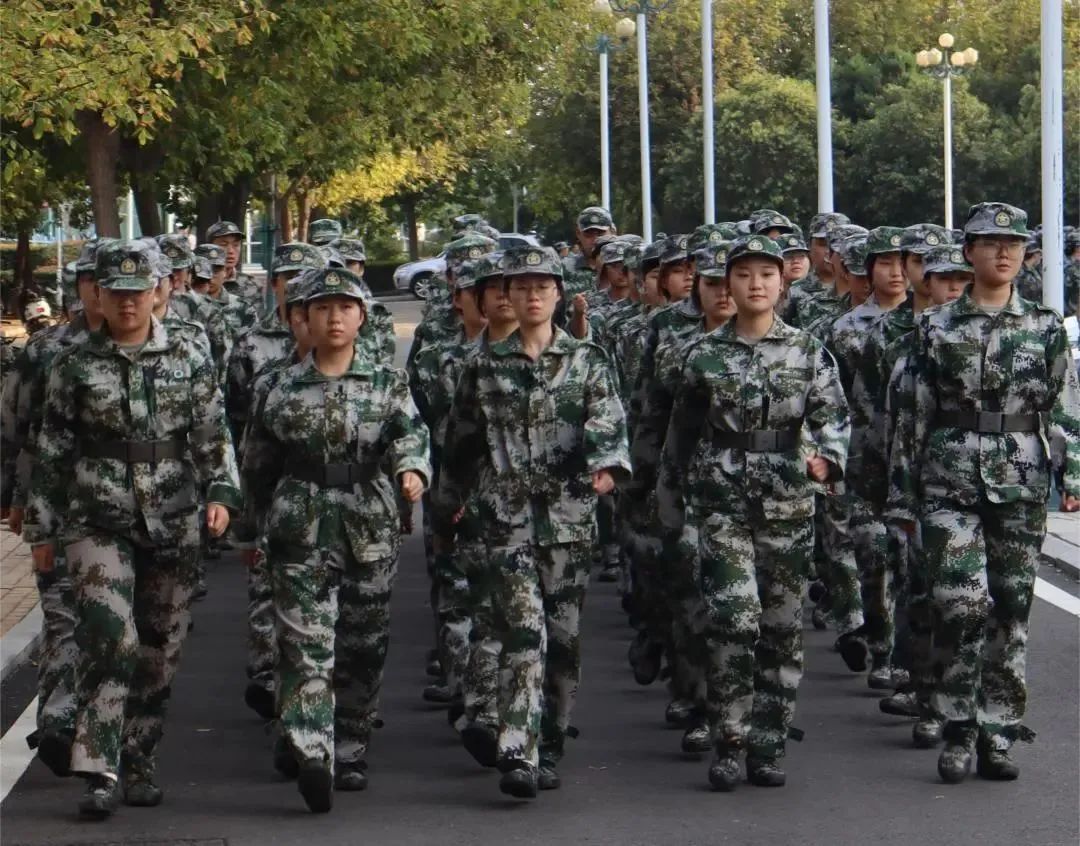
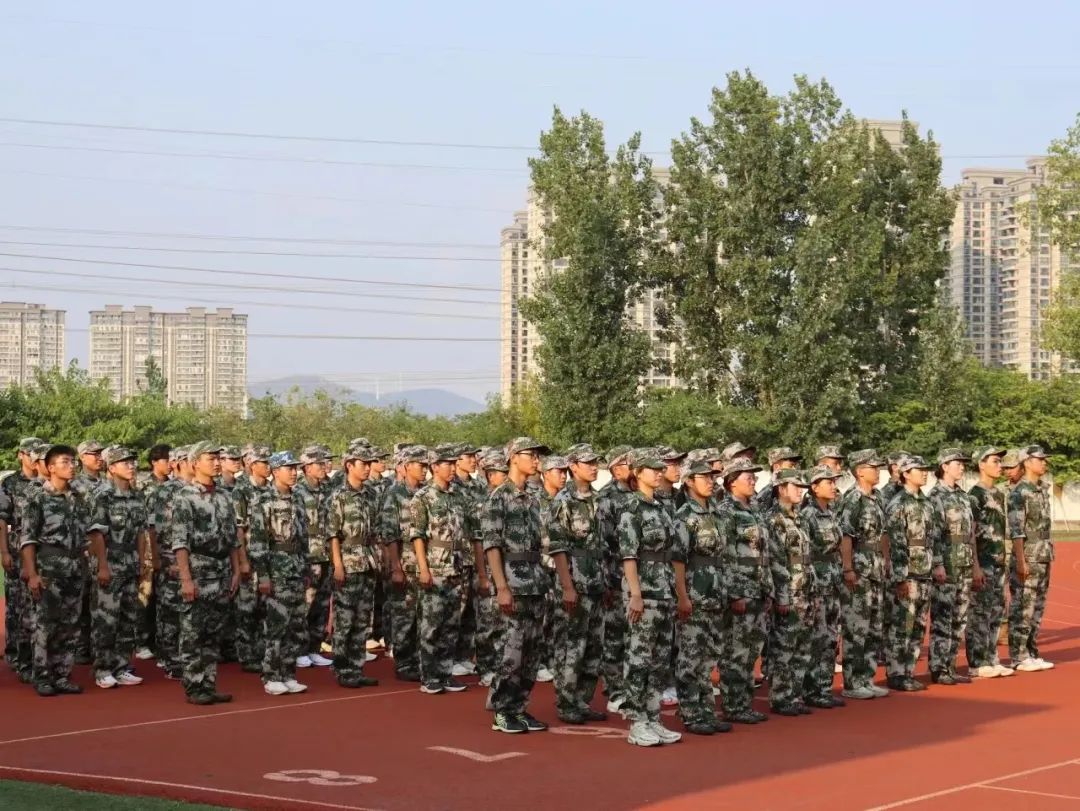
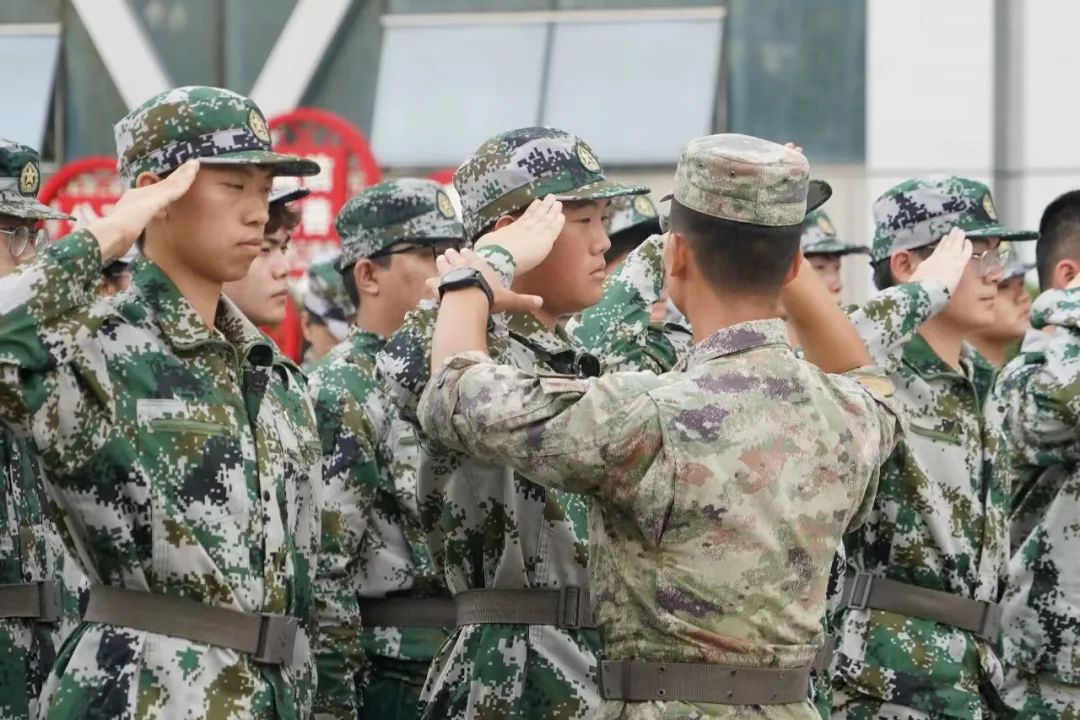
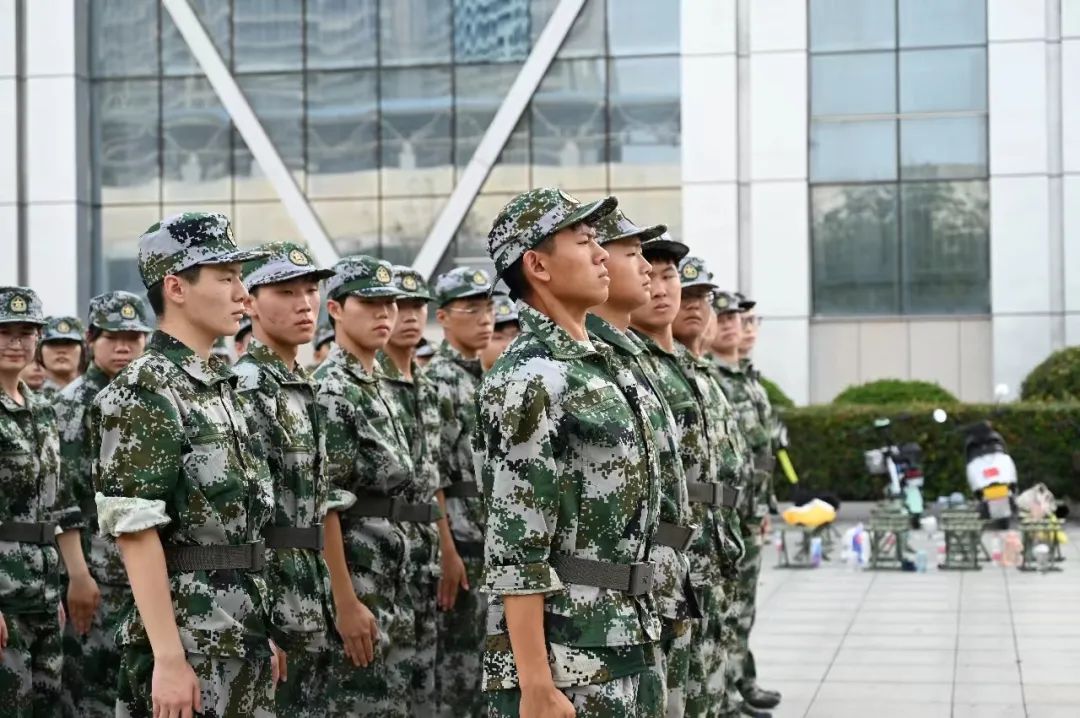
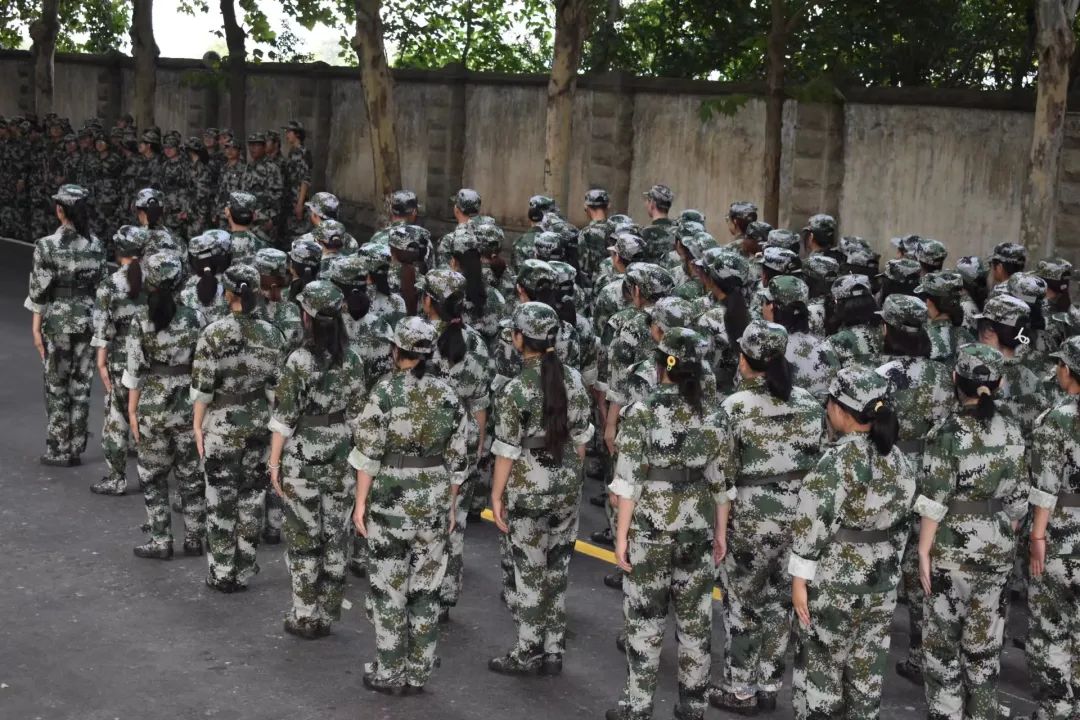
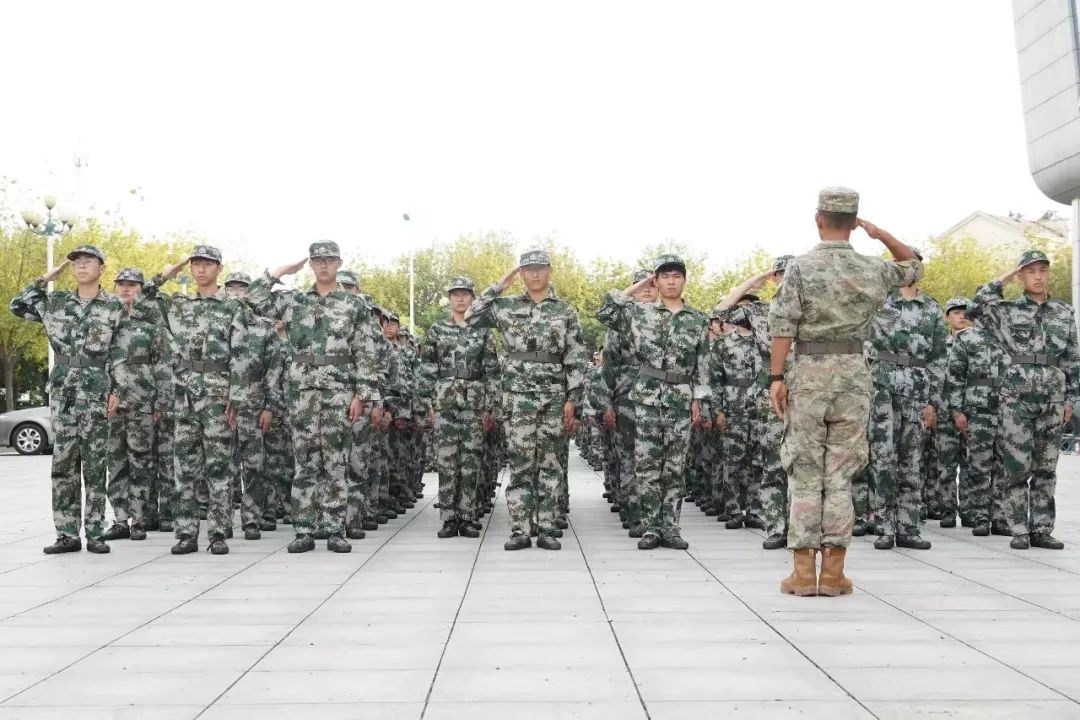
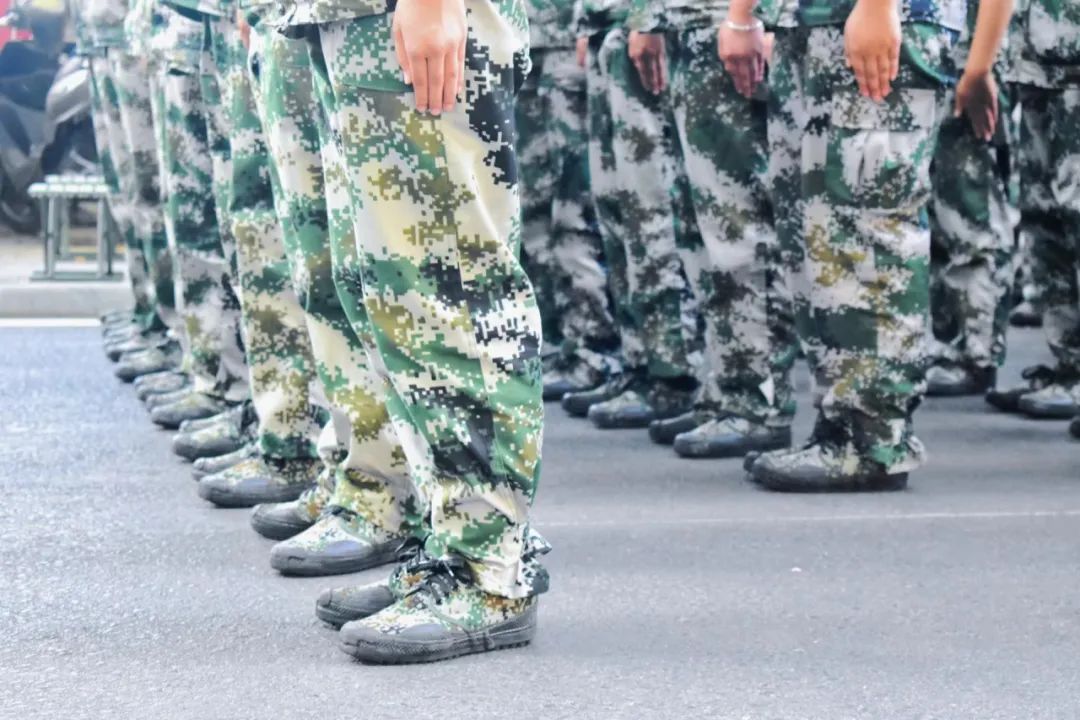
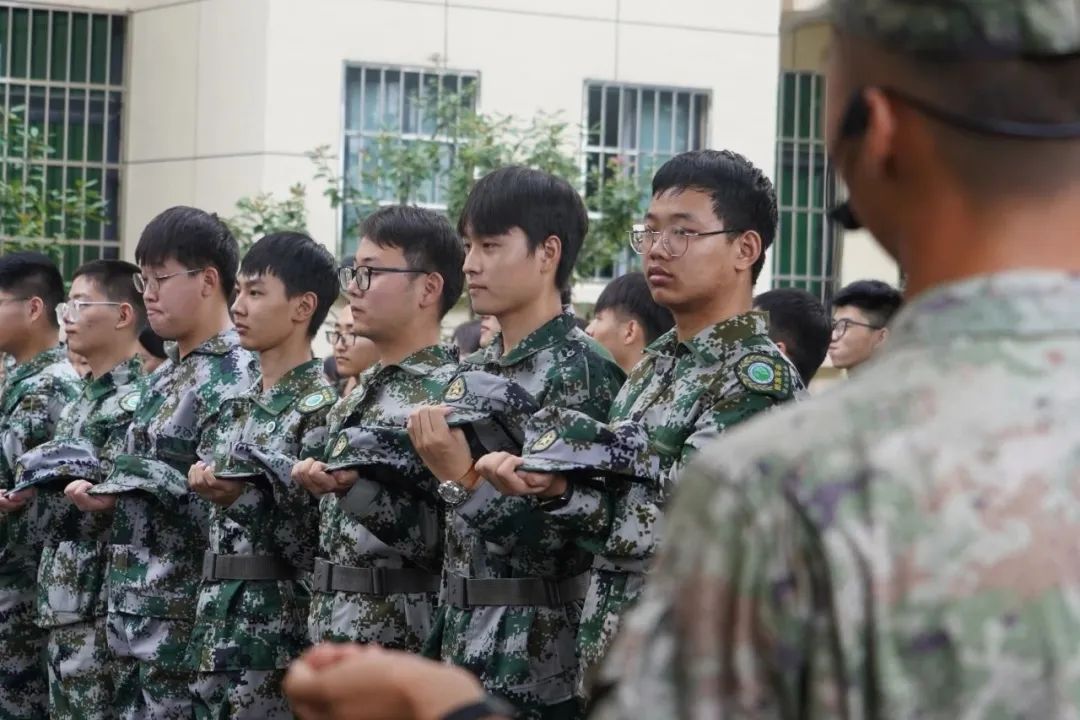
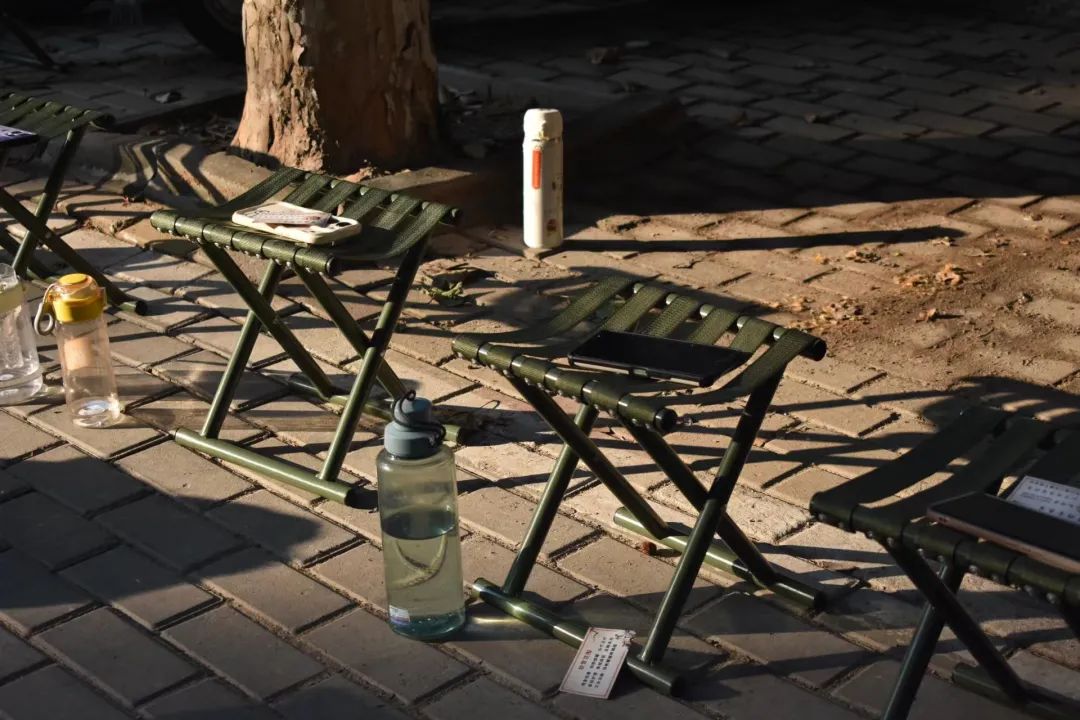
Huanghuai college
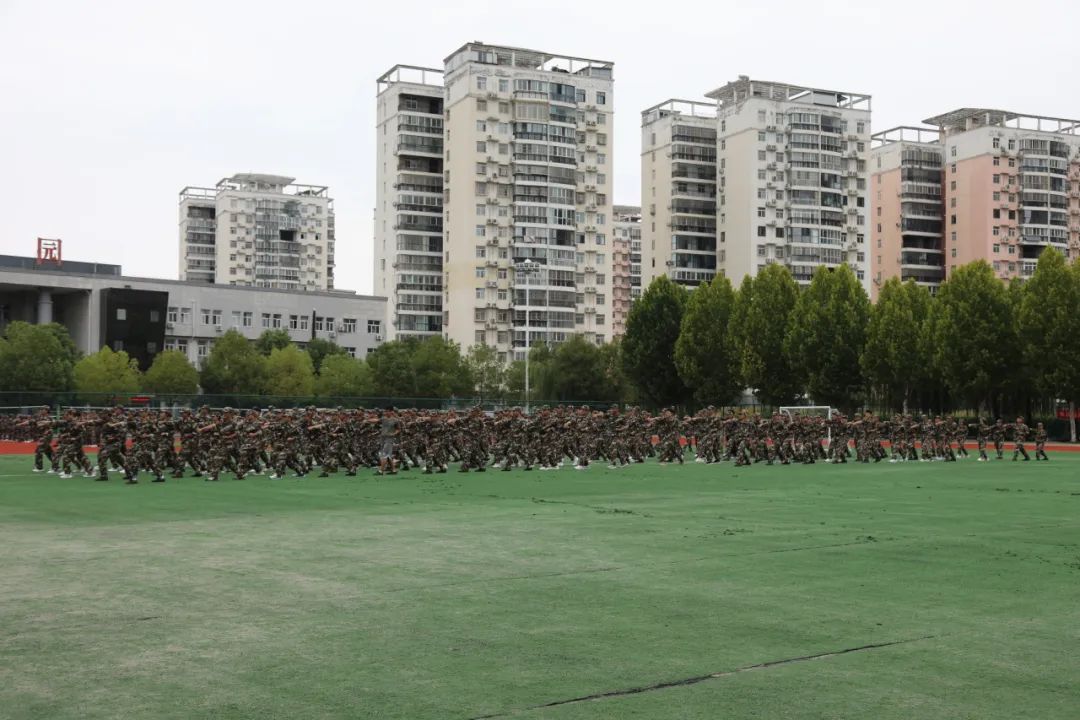
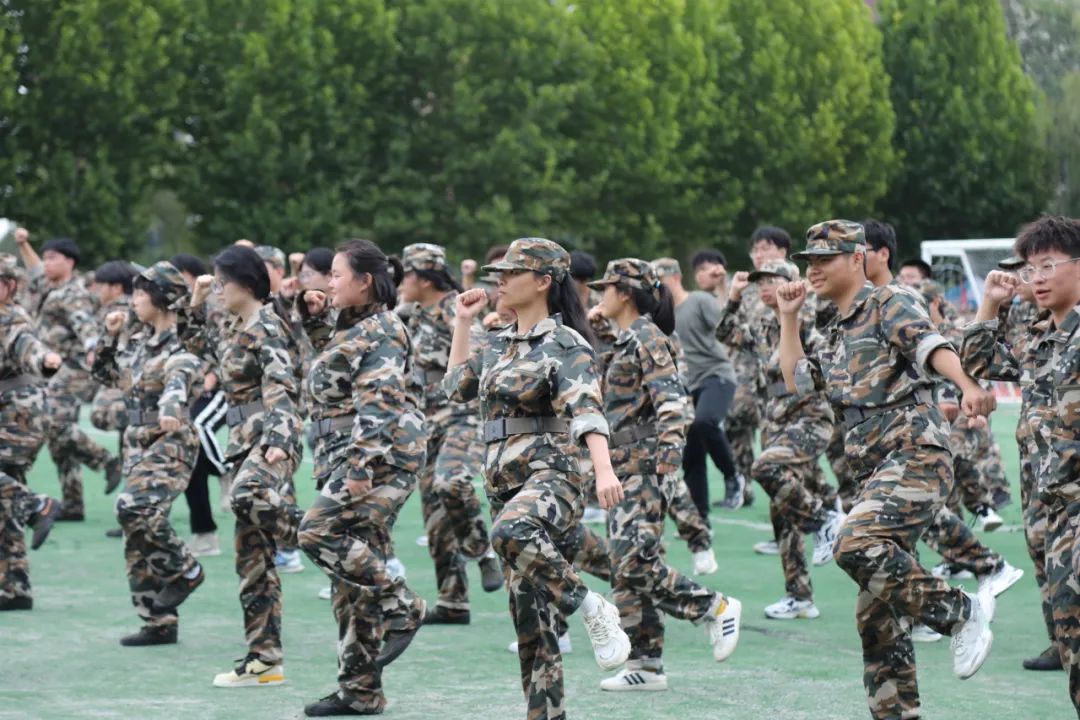
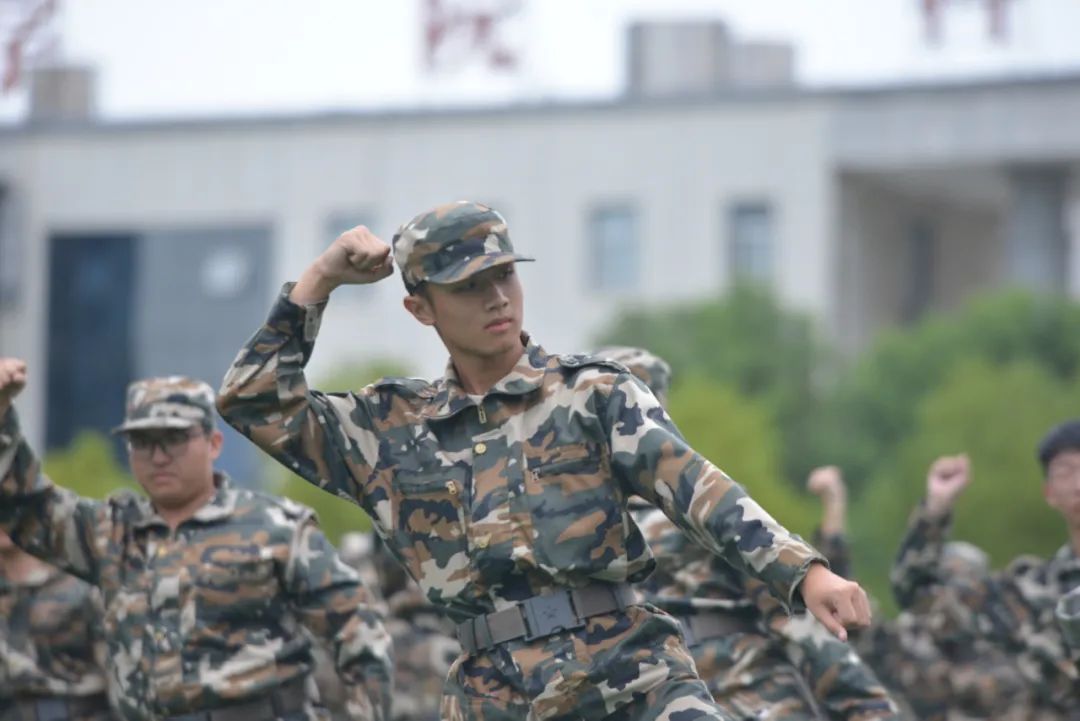
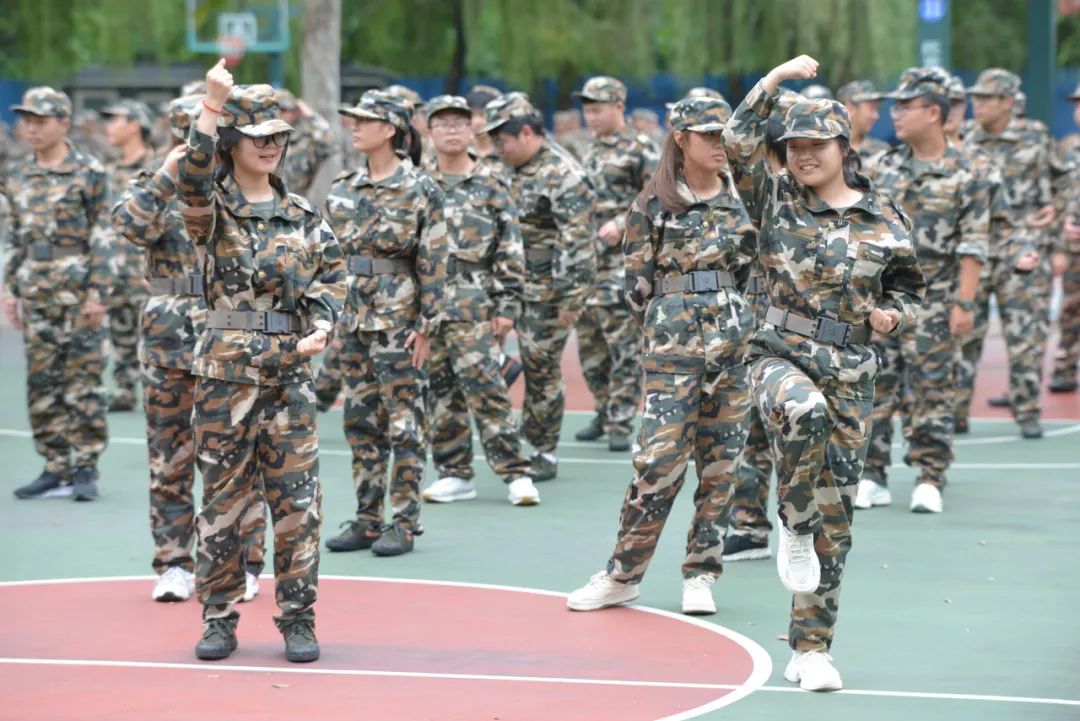
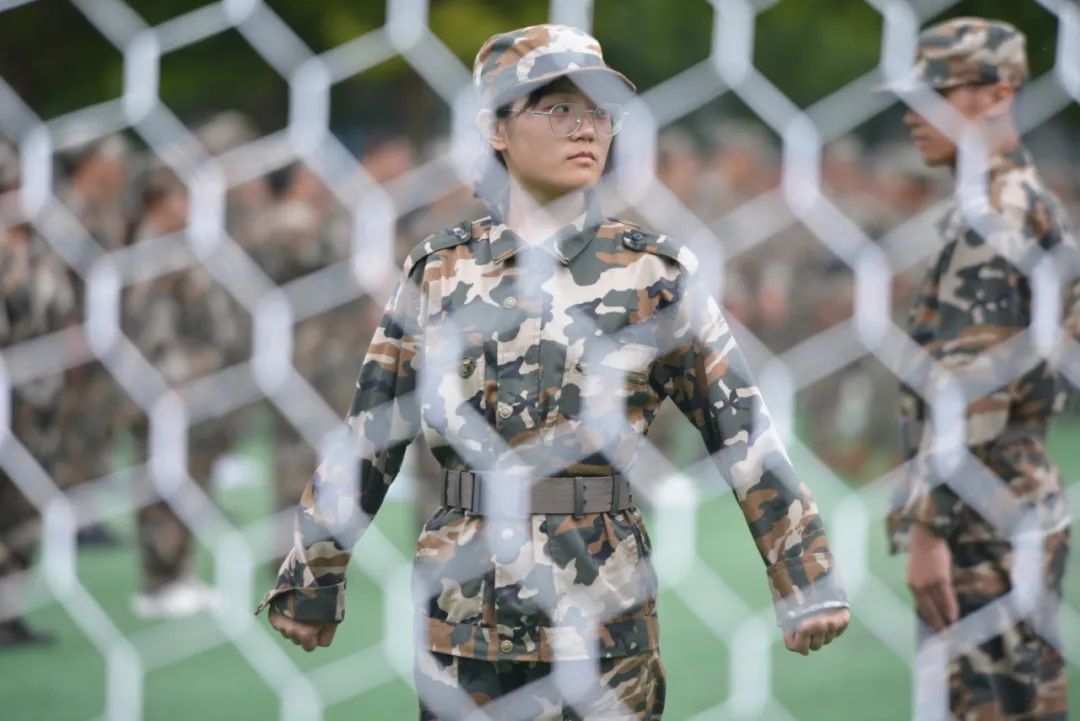
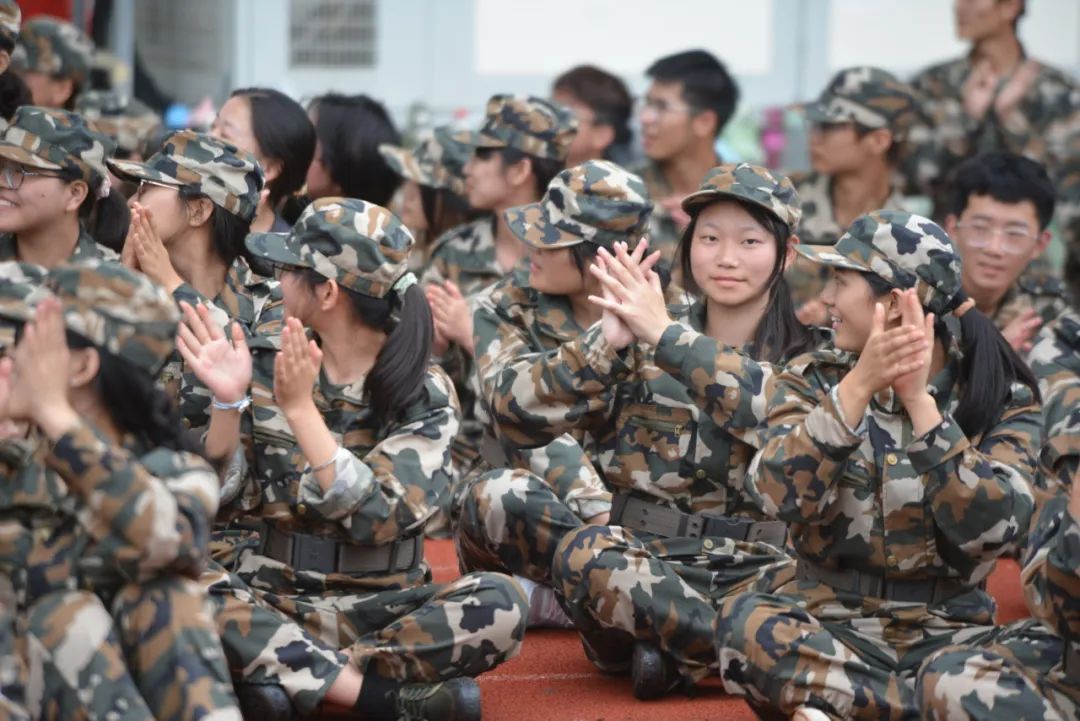
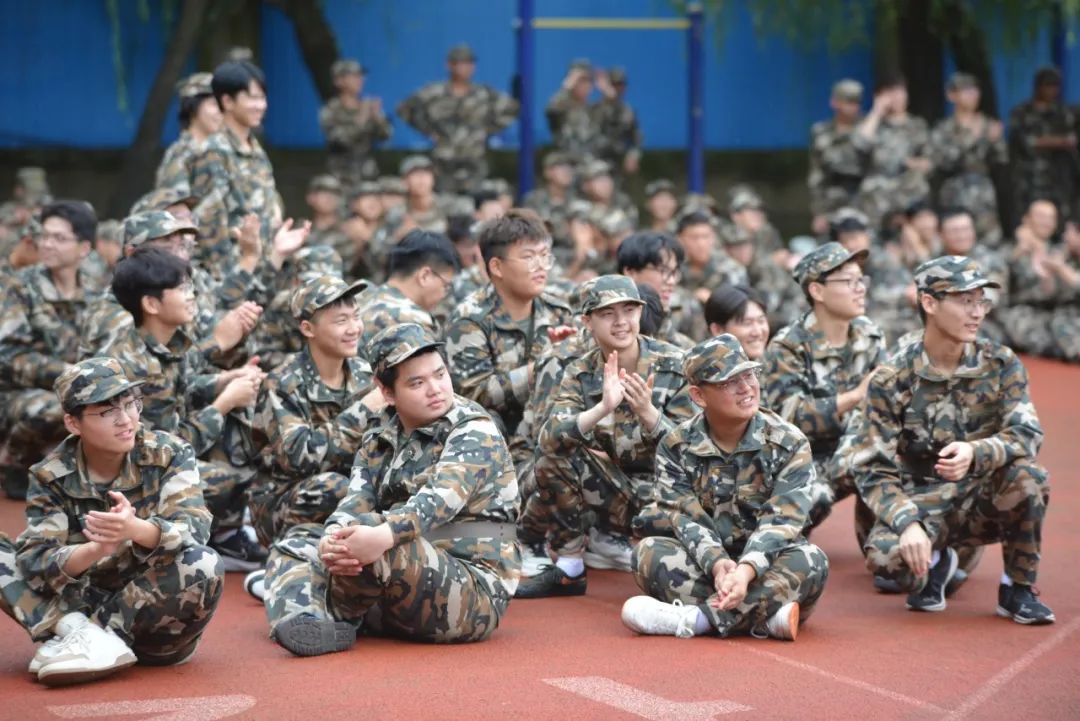
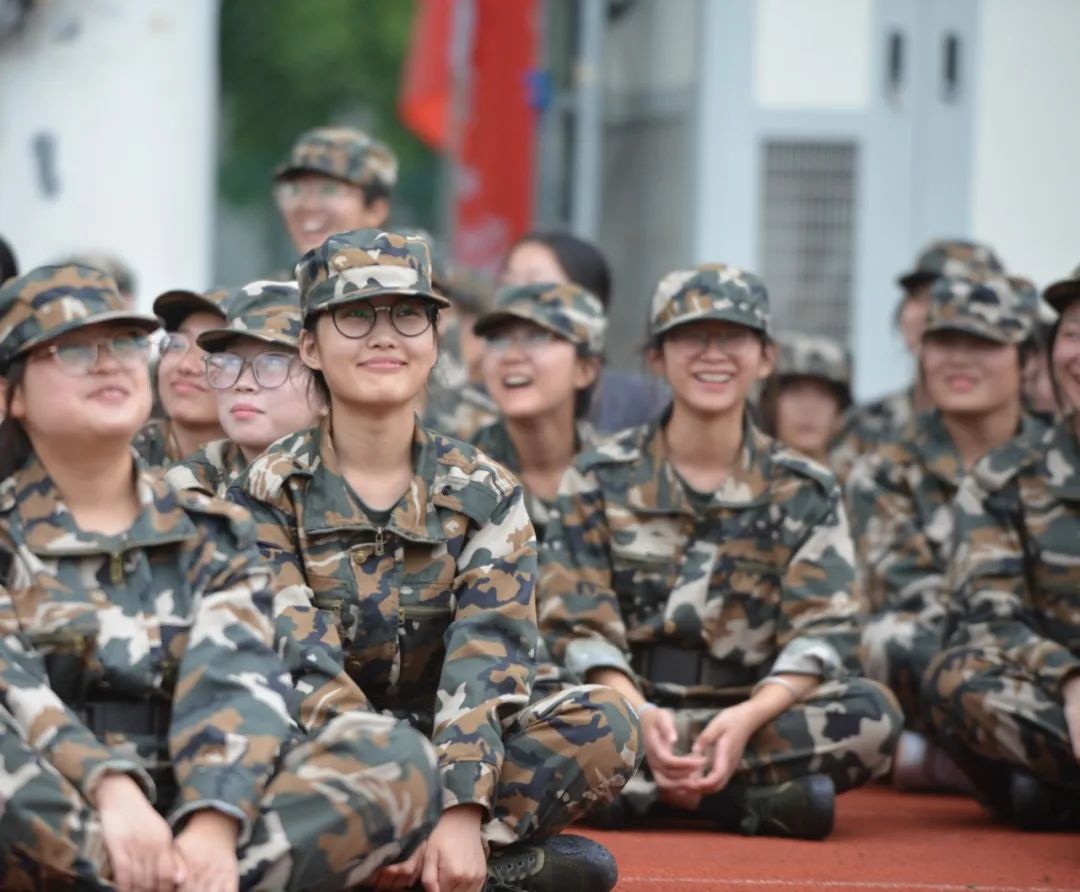
Today is a less "routine" day in military training life. The instructor took his classmates to practice military boxing. Although the movements are not so standard, the students’ faces are filled with heartfelt joy.
Xinxiang college
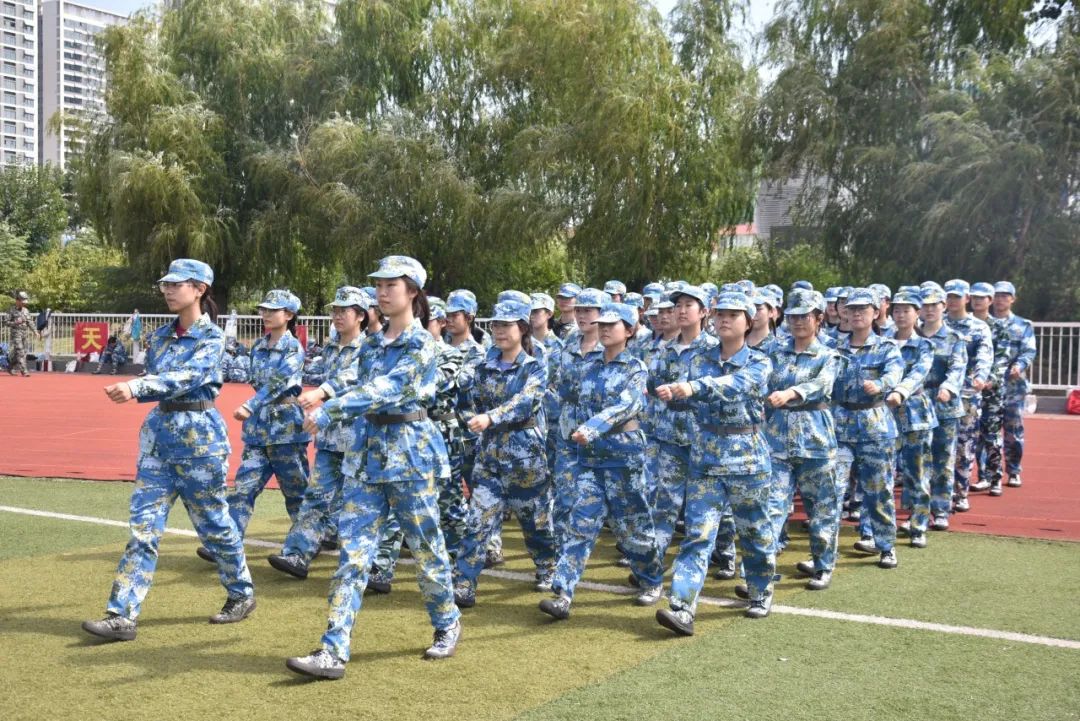
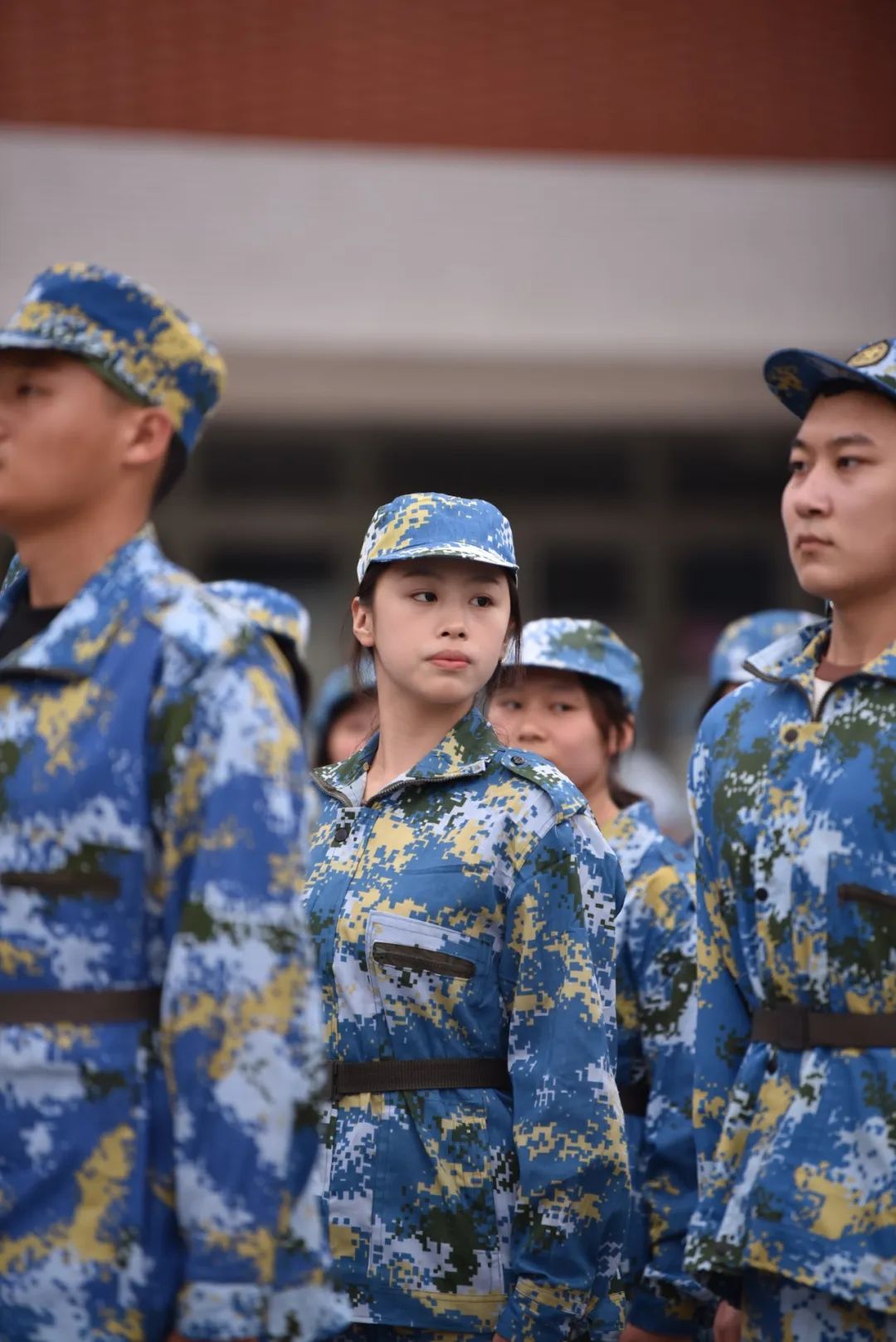
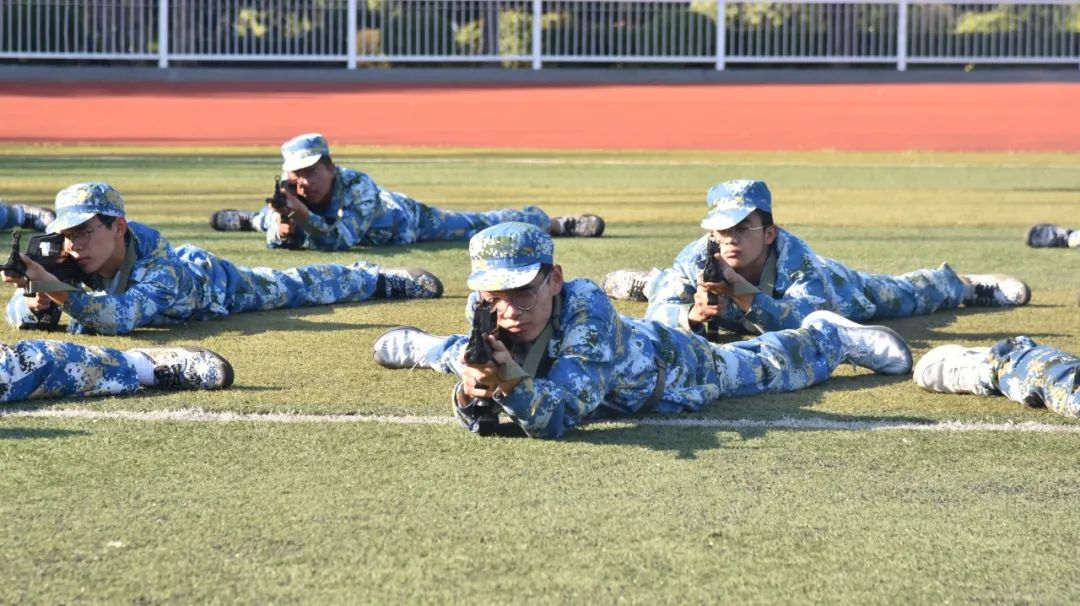
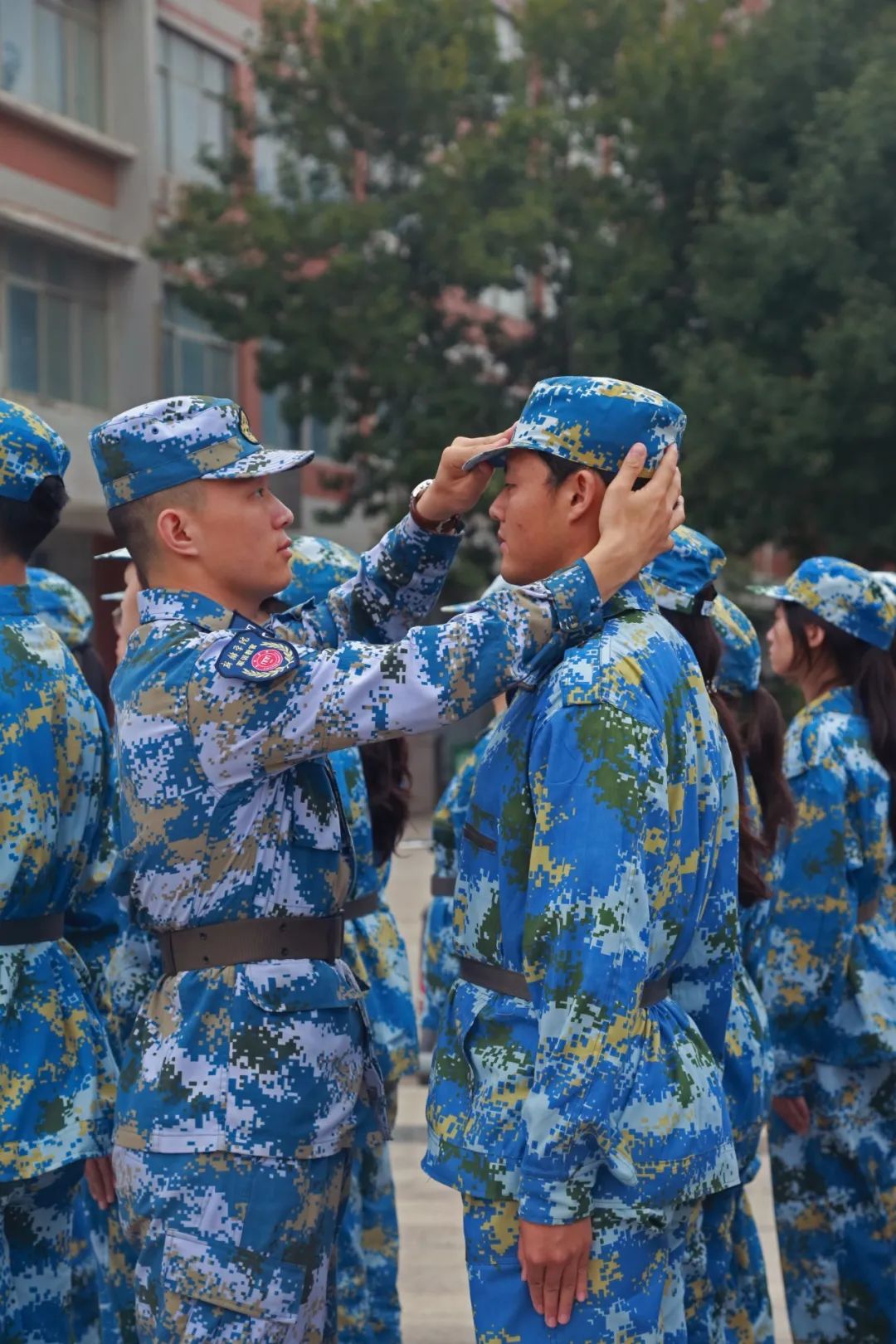
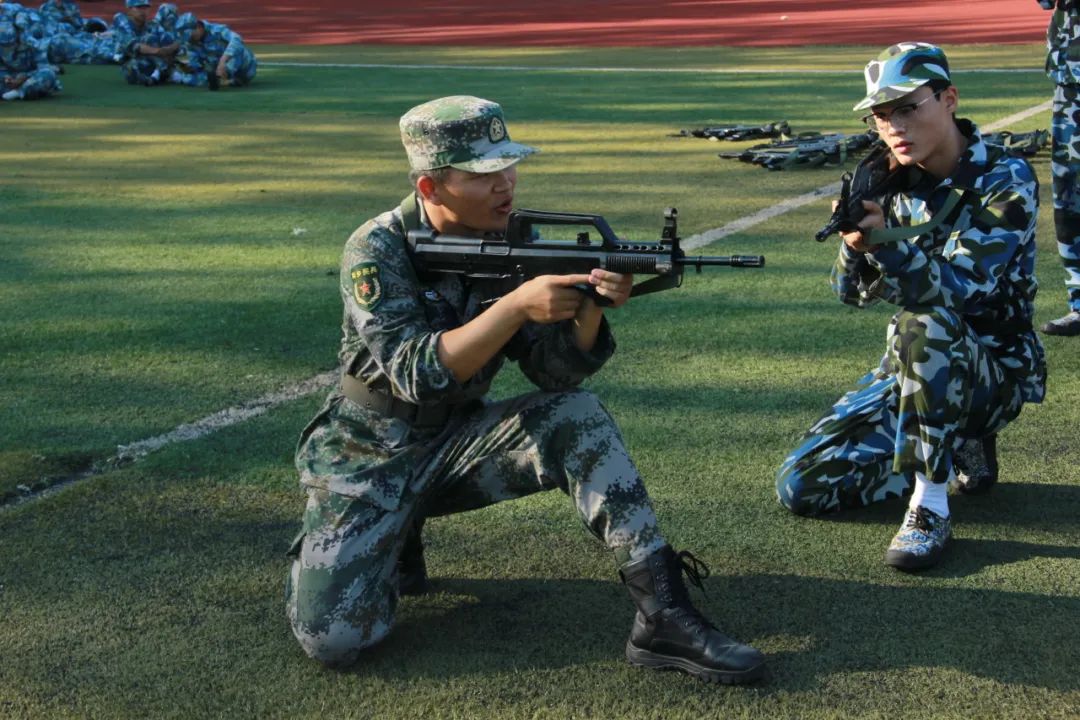
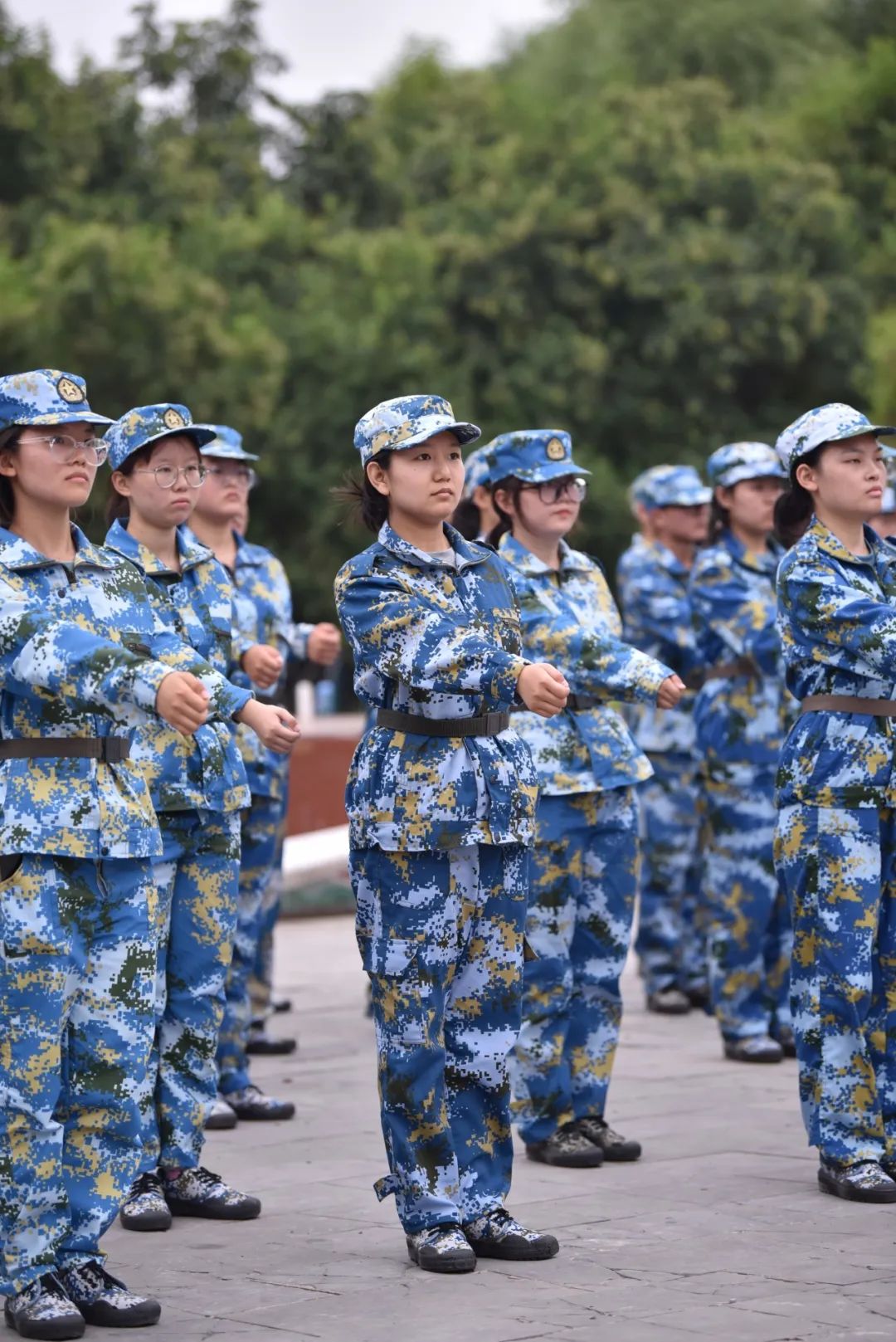
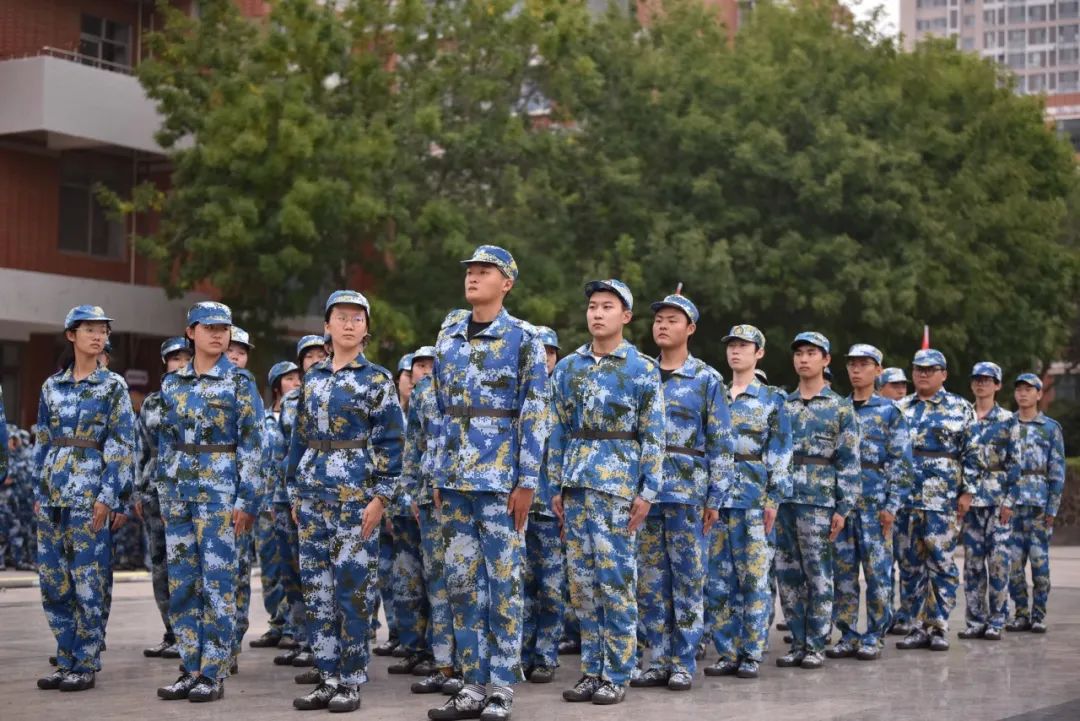
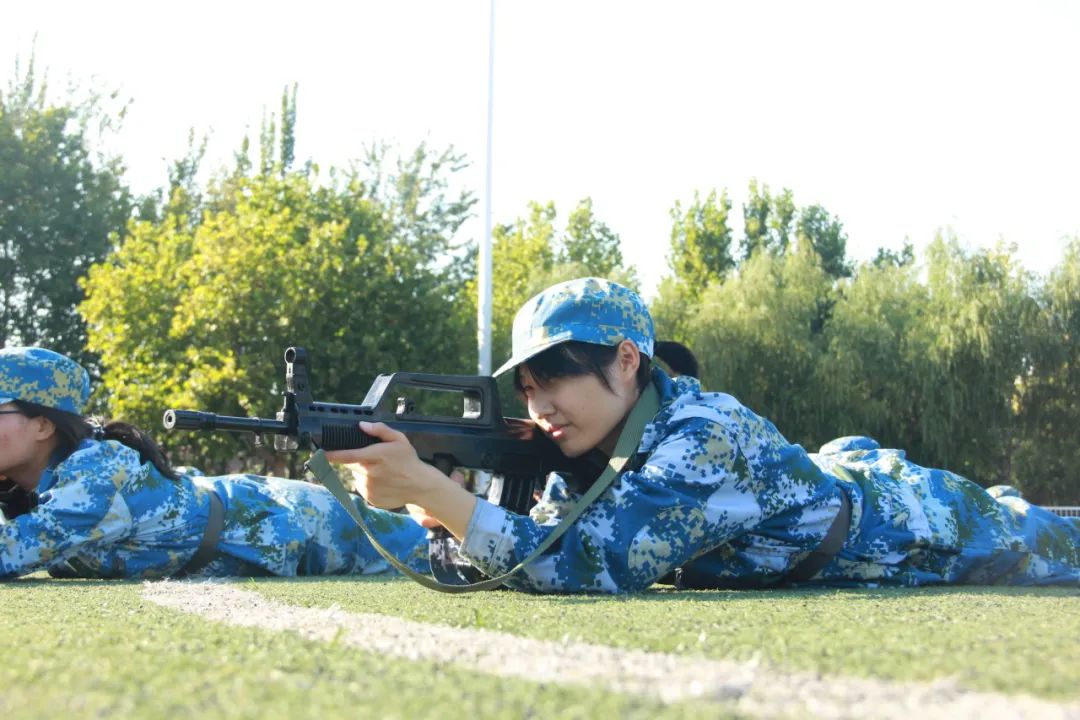
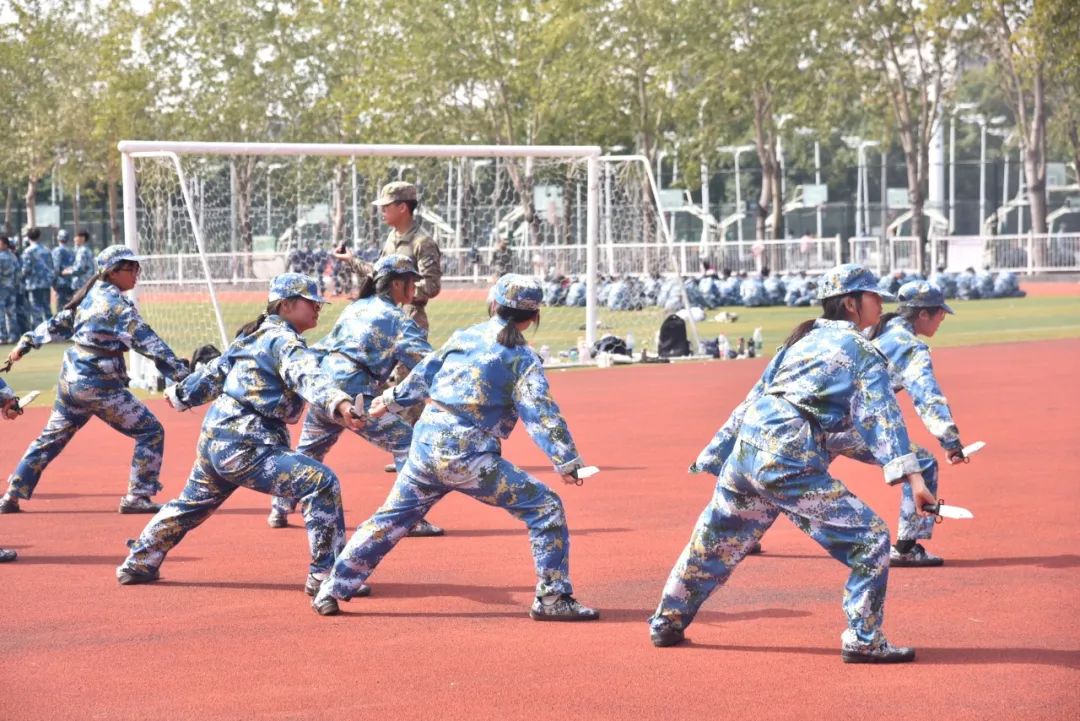
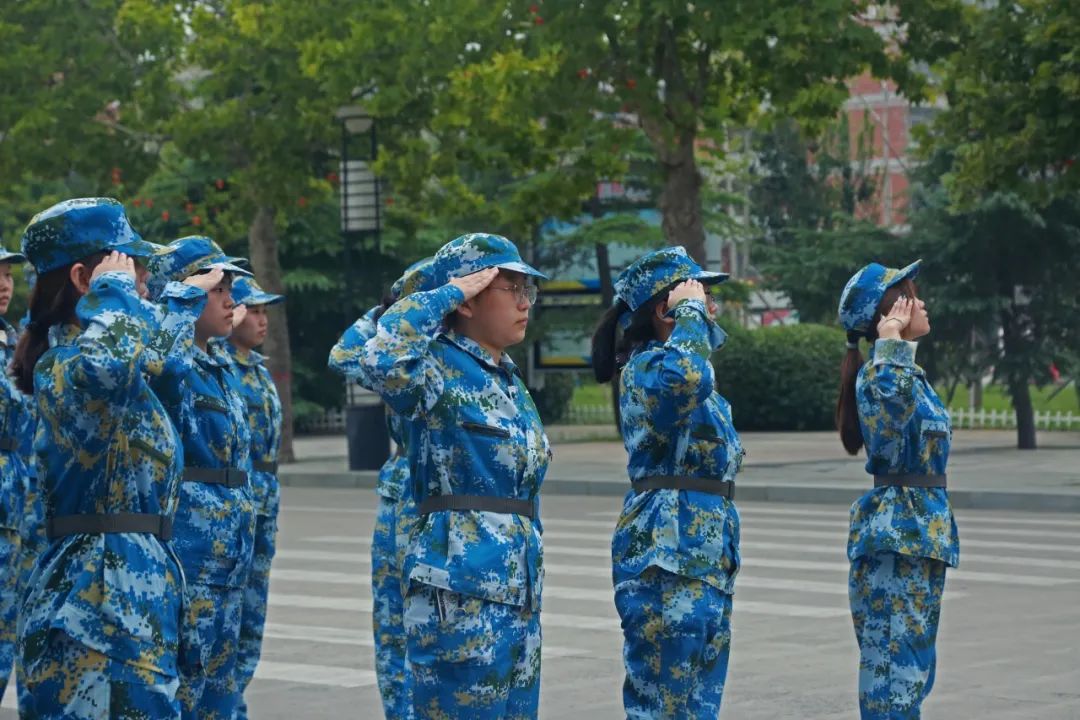
It is military training that gives us the courage to overcome difficulties;
Is military training, let us know how to unite and help each other;
It was military training that opened up our brilliant youth.
Luoyang institute of technology
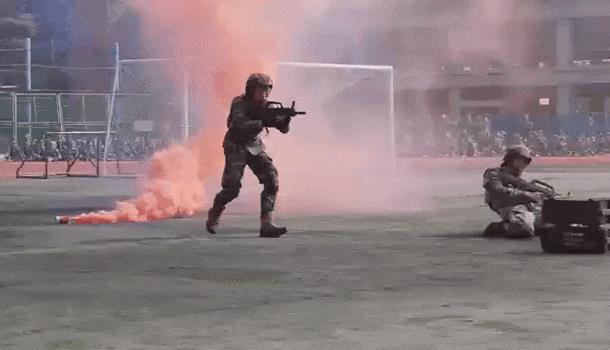
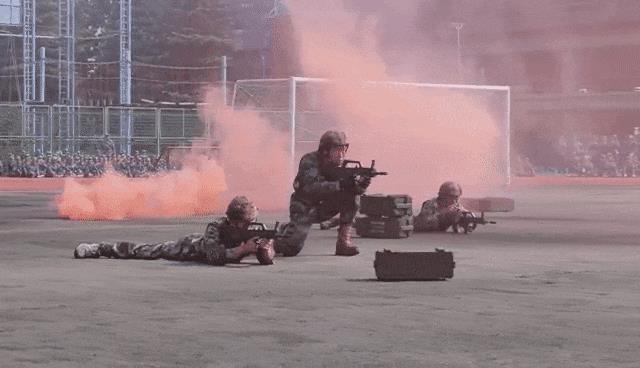
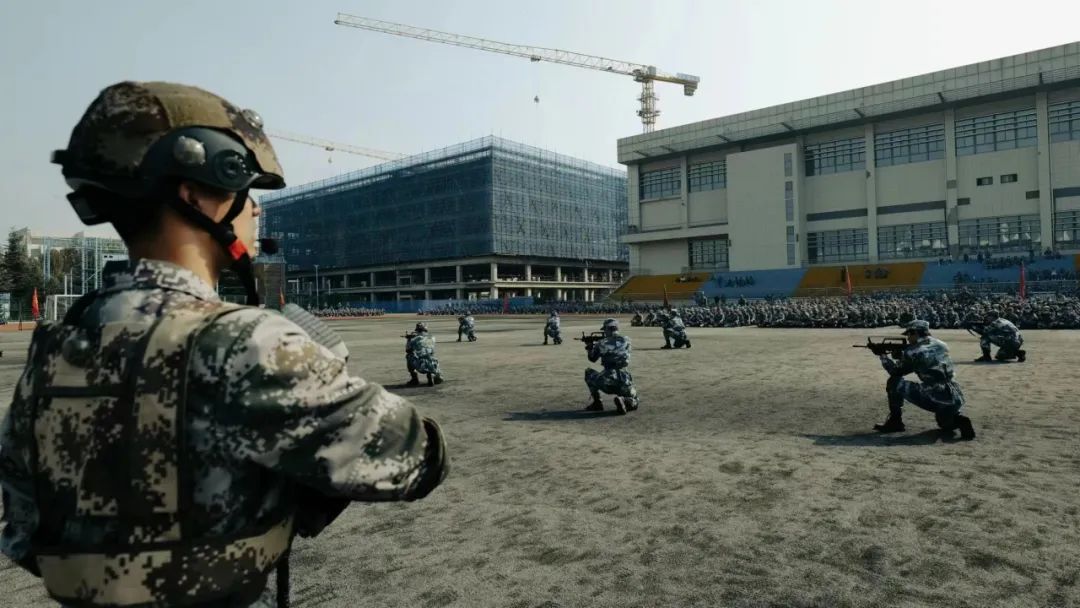
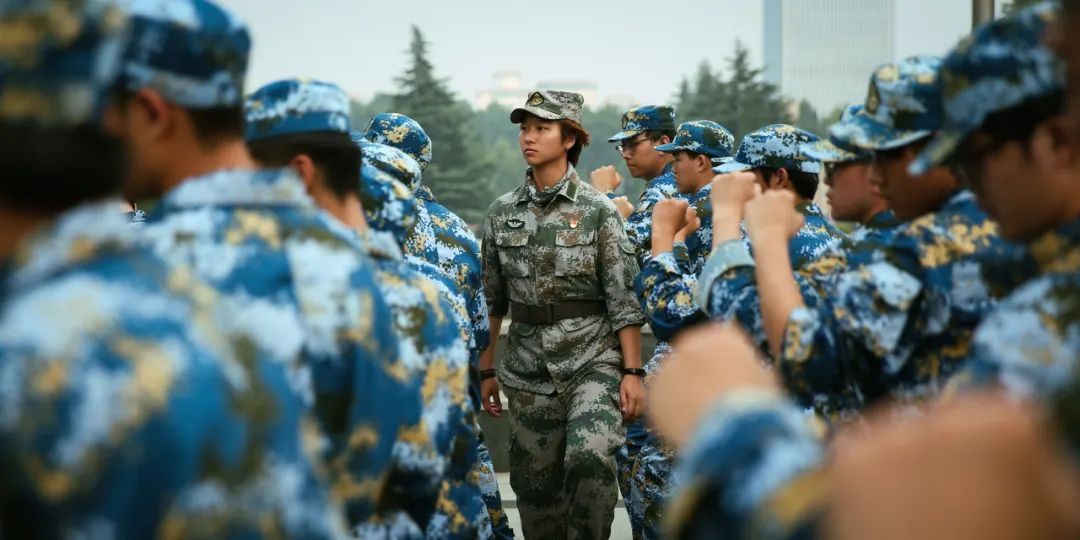
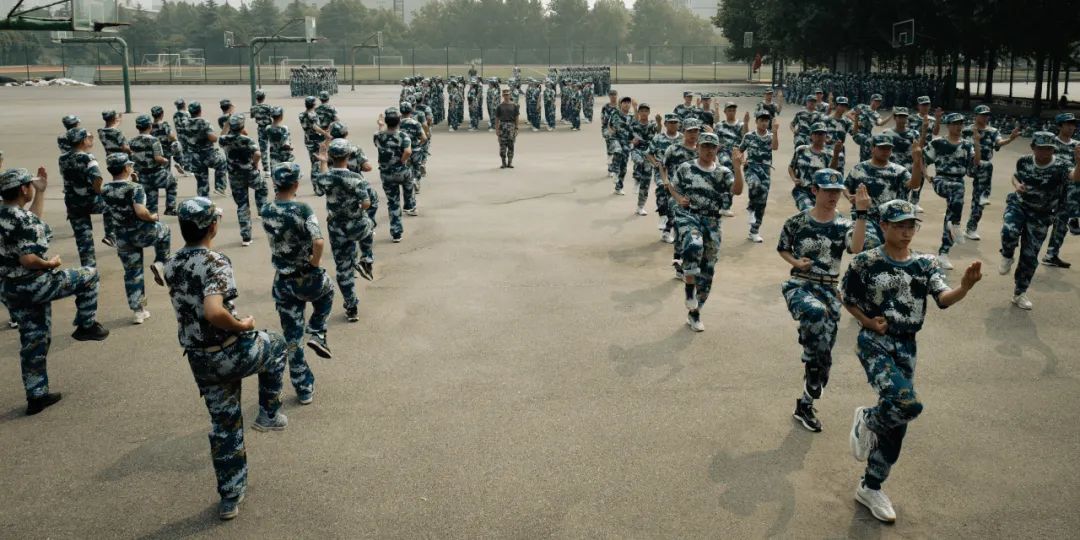
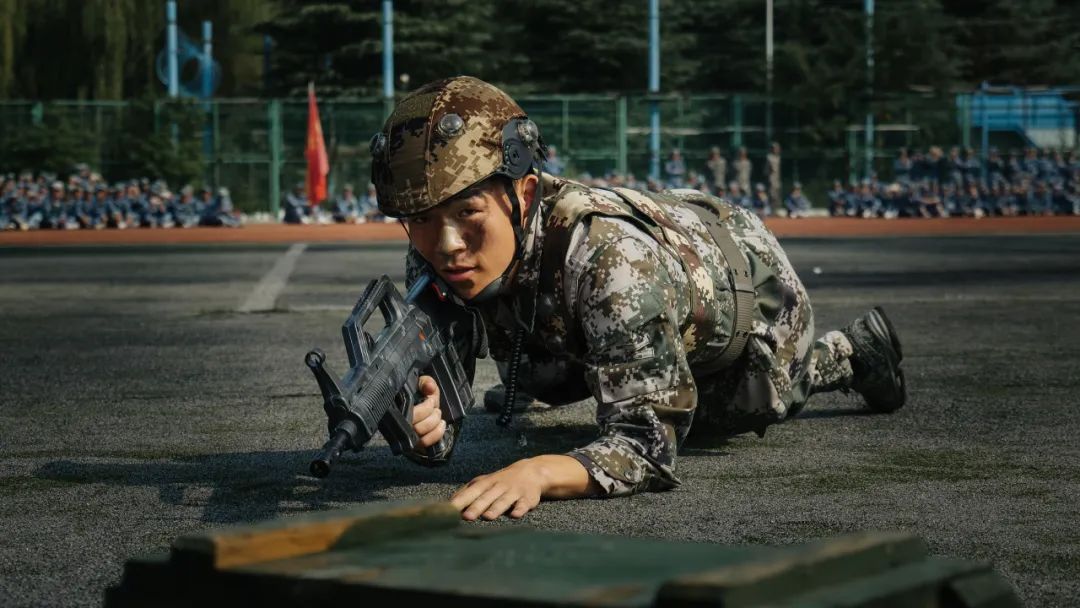
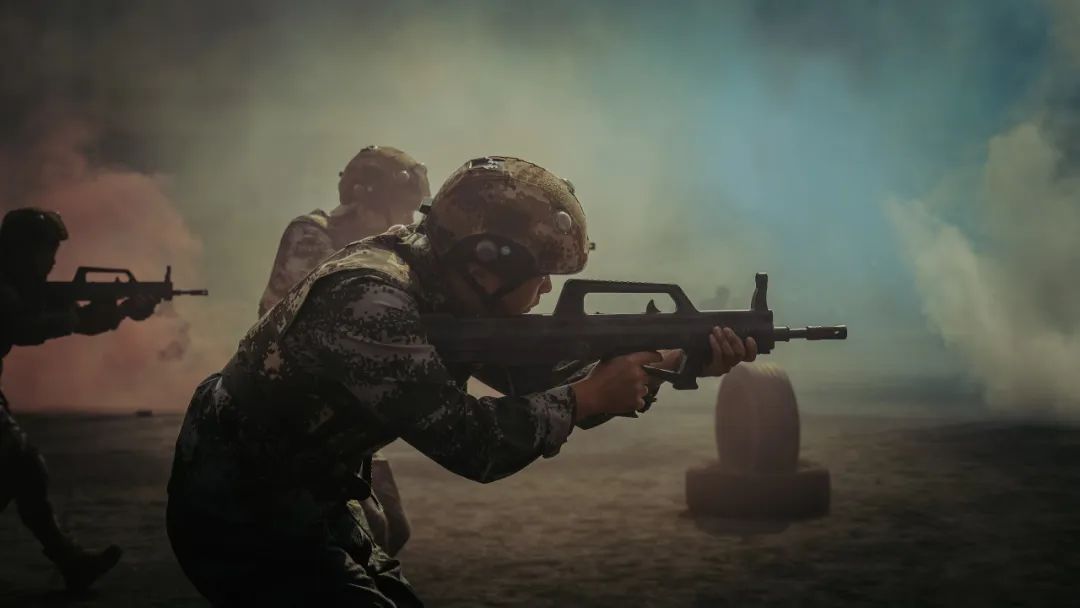
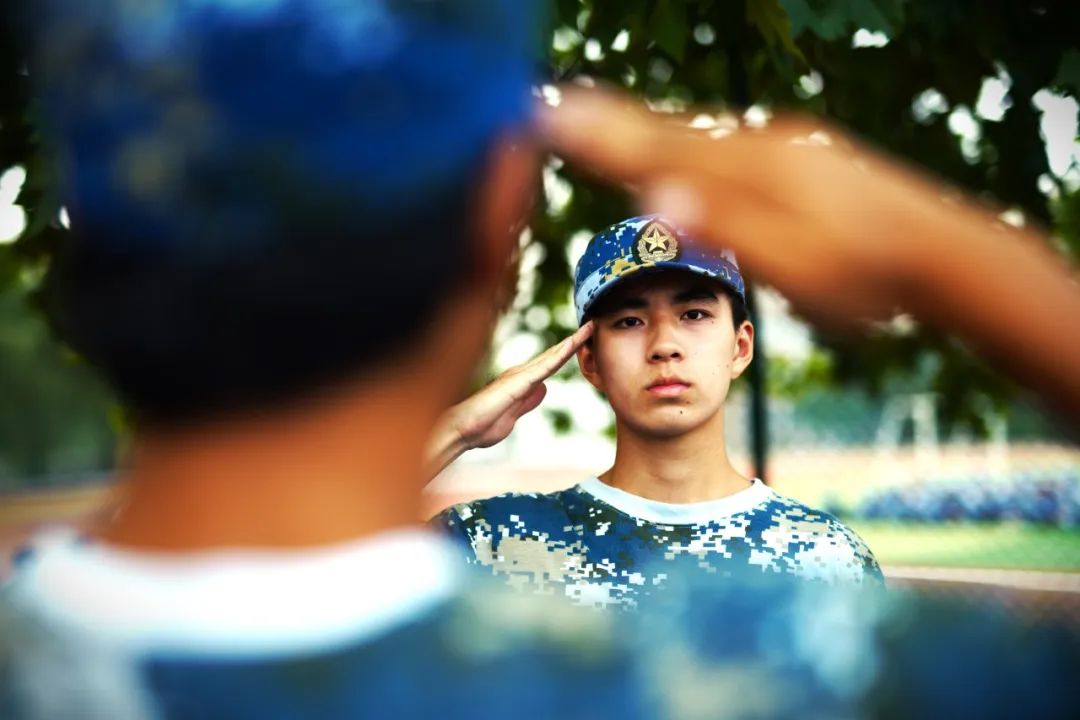
The sun-baked ground
Engraved with the powerful steps of the students of Los Angeles Institute of Technology.
Dazzling camouflage clothes are full of fearless will.
From stiff and green to natural and clear
Years bloom in such enthusiasm.
Zhengzhou institute of applied technology
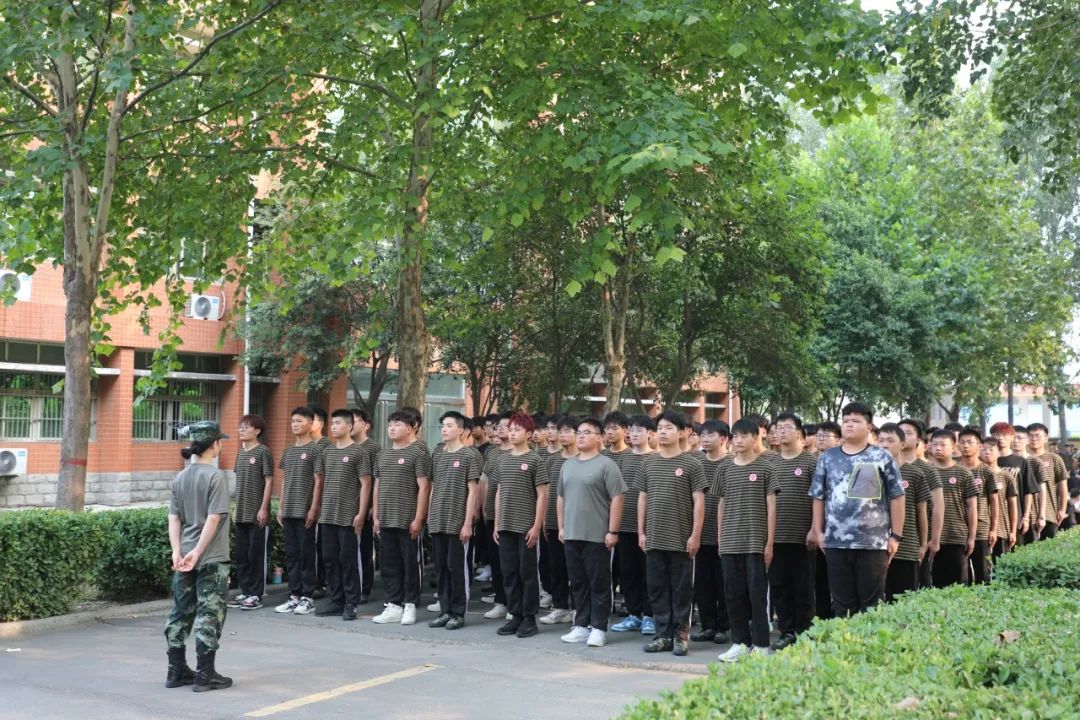
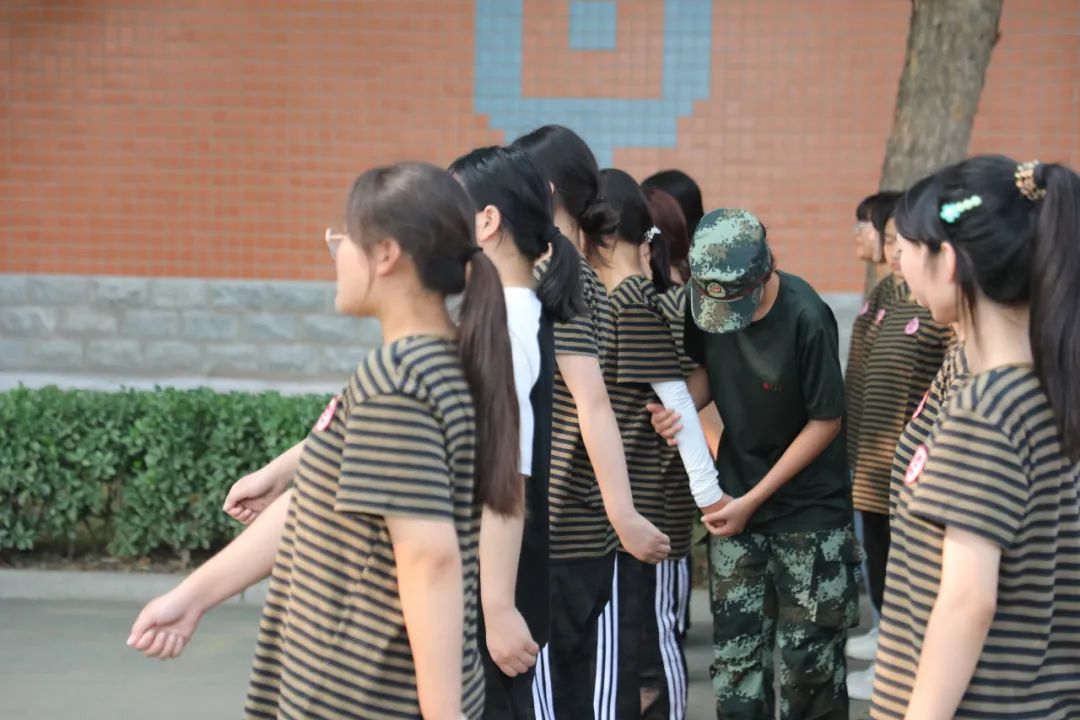
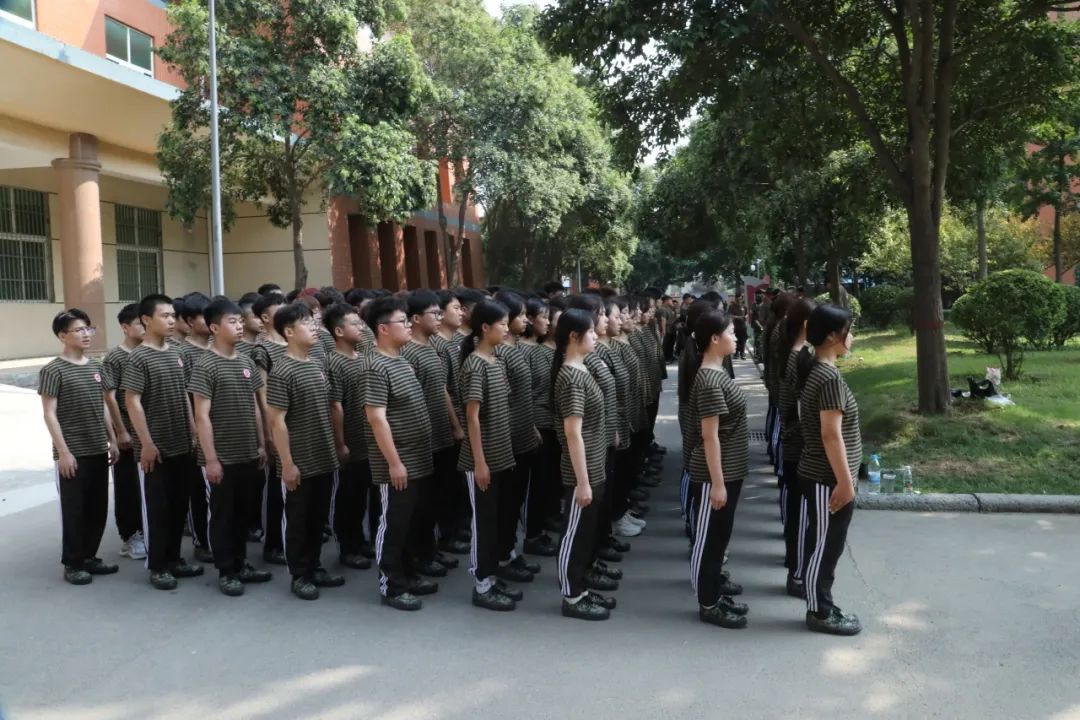
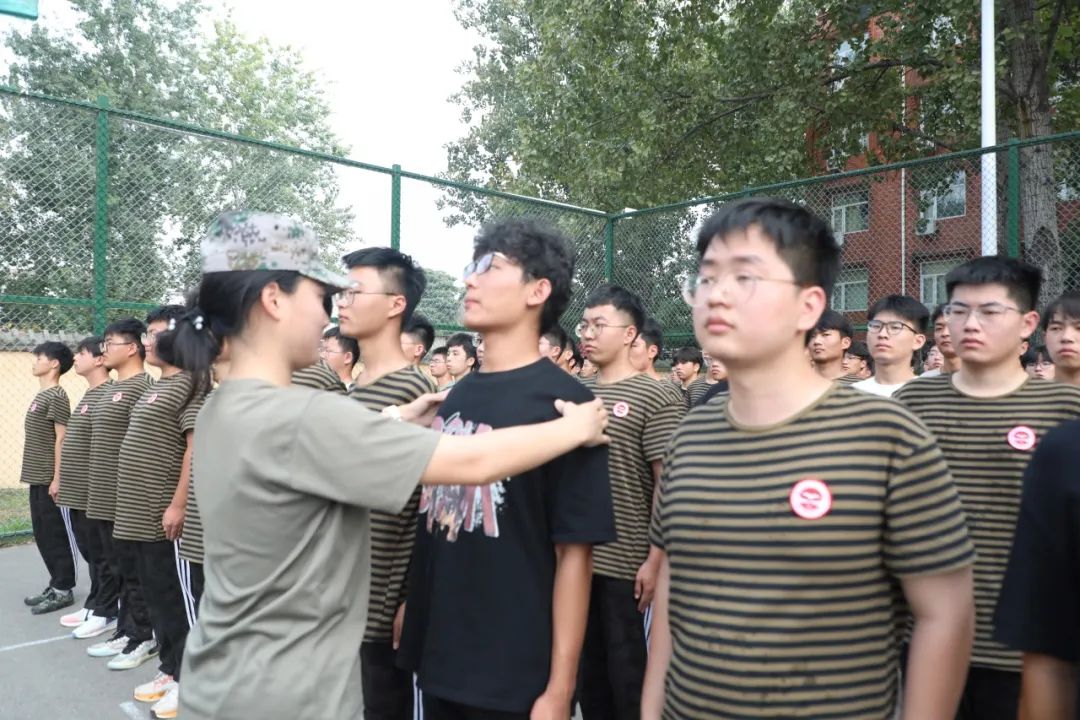
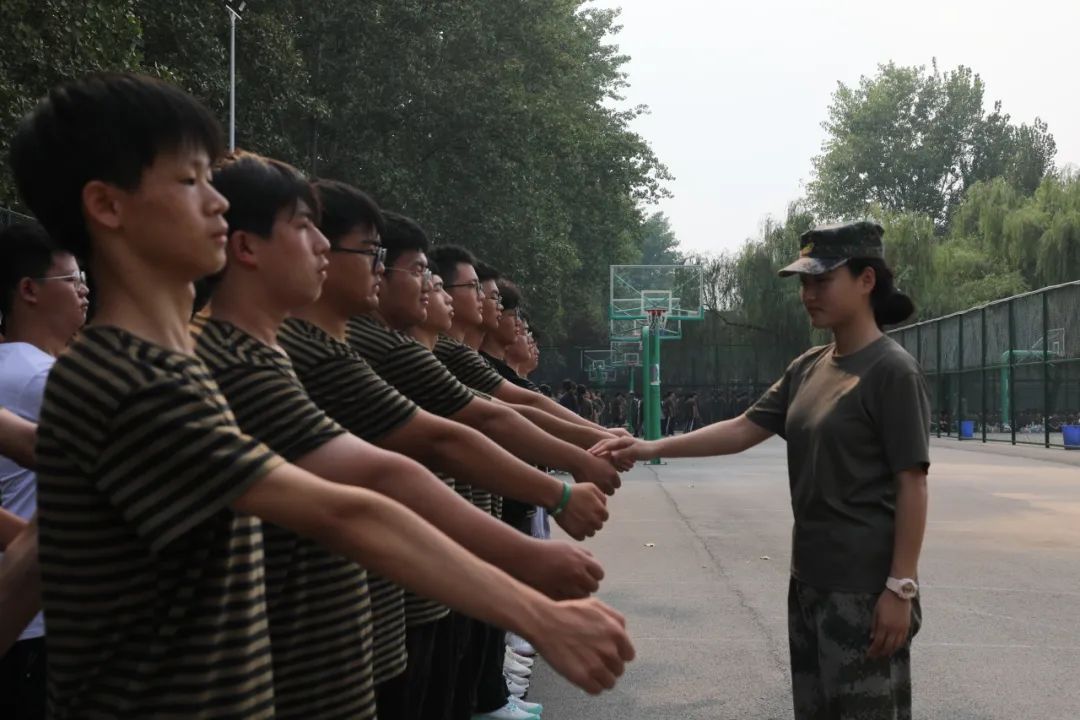
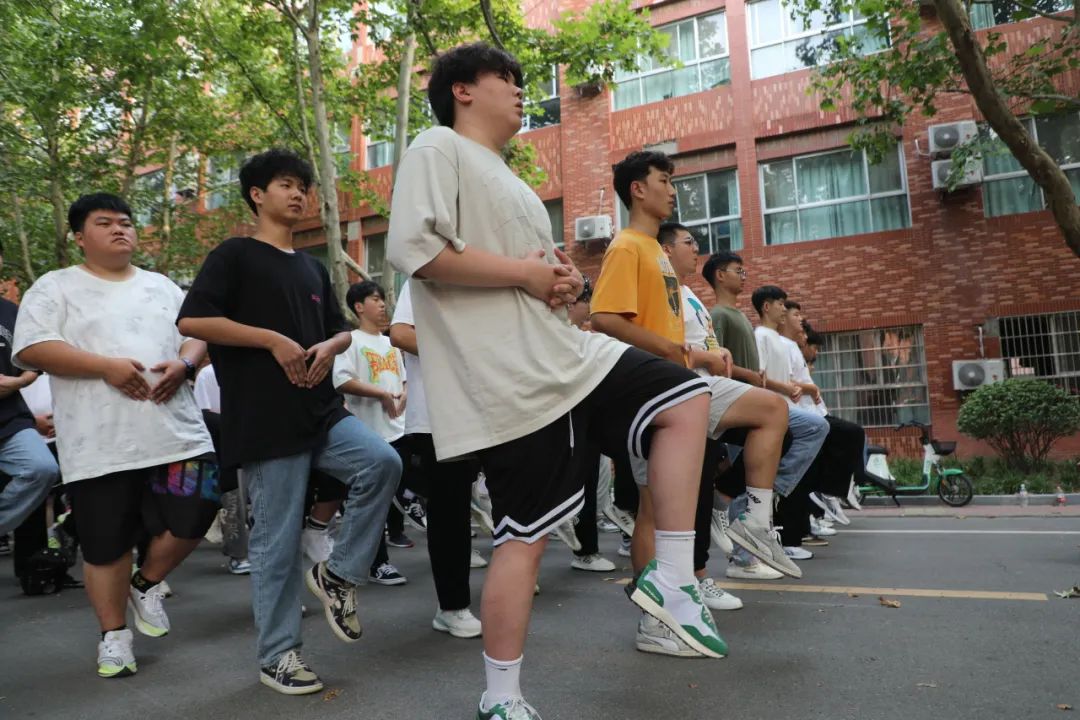
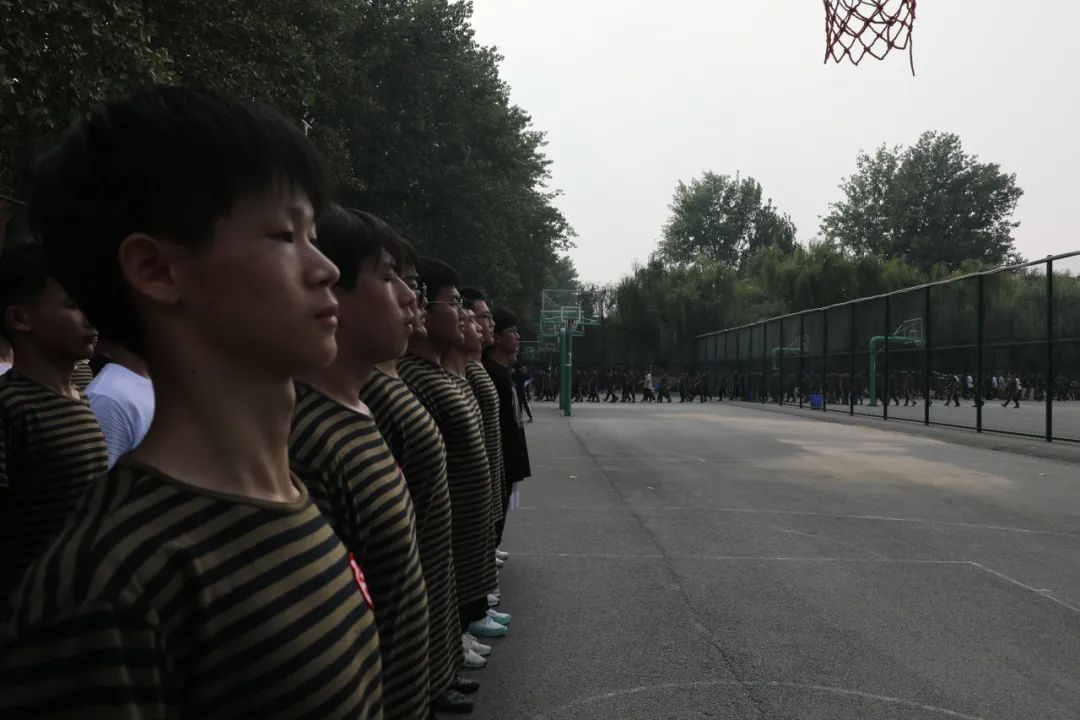
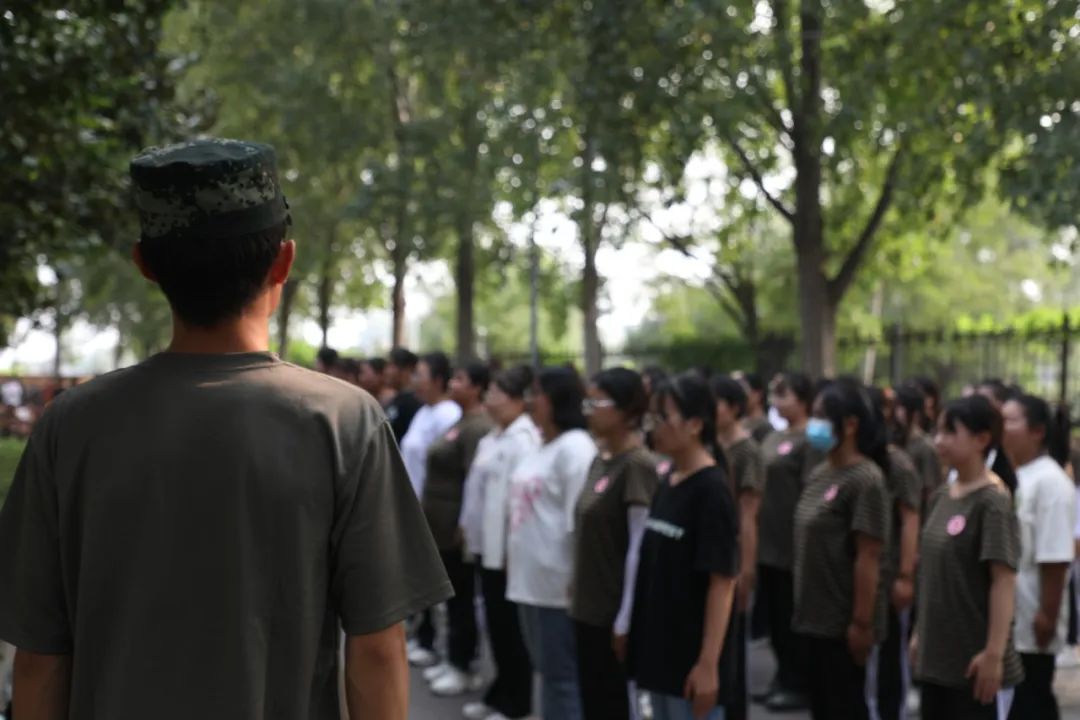
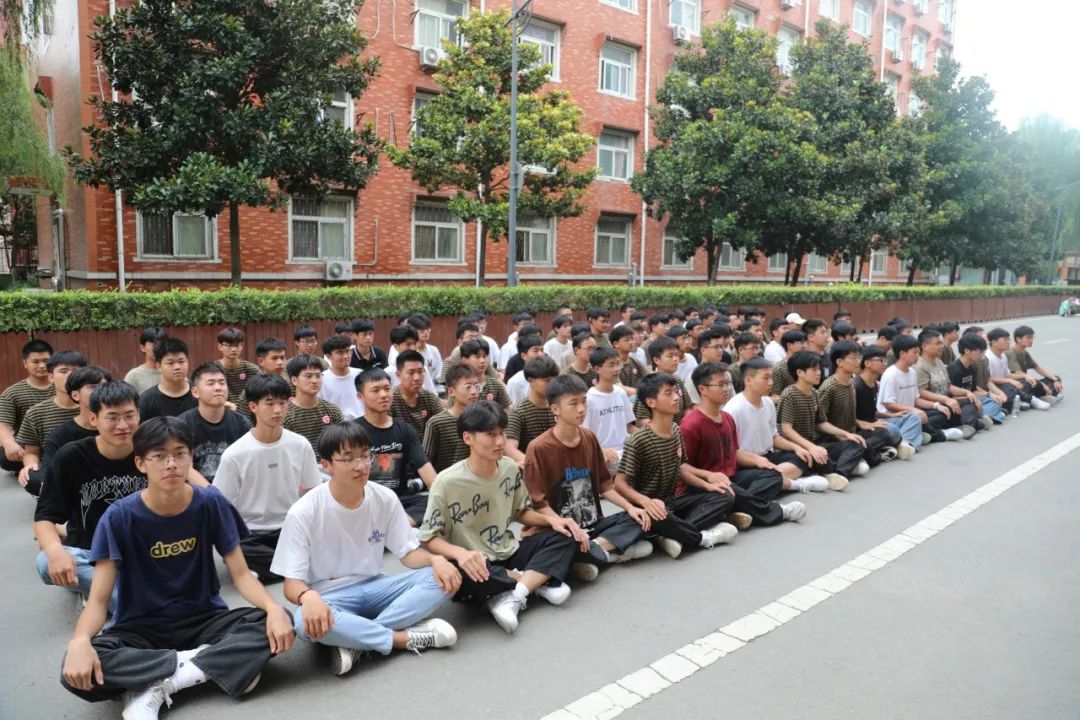
The military training time is really beautiful! The instructors "all have the password to adjust the military posture and practice a move with their arms in place." Although there is sweat and frustration, it brings us more-growth!
zhengzhou normal university
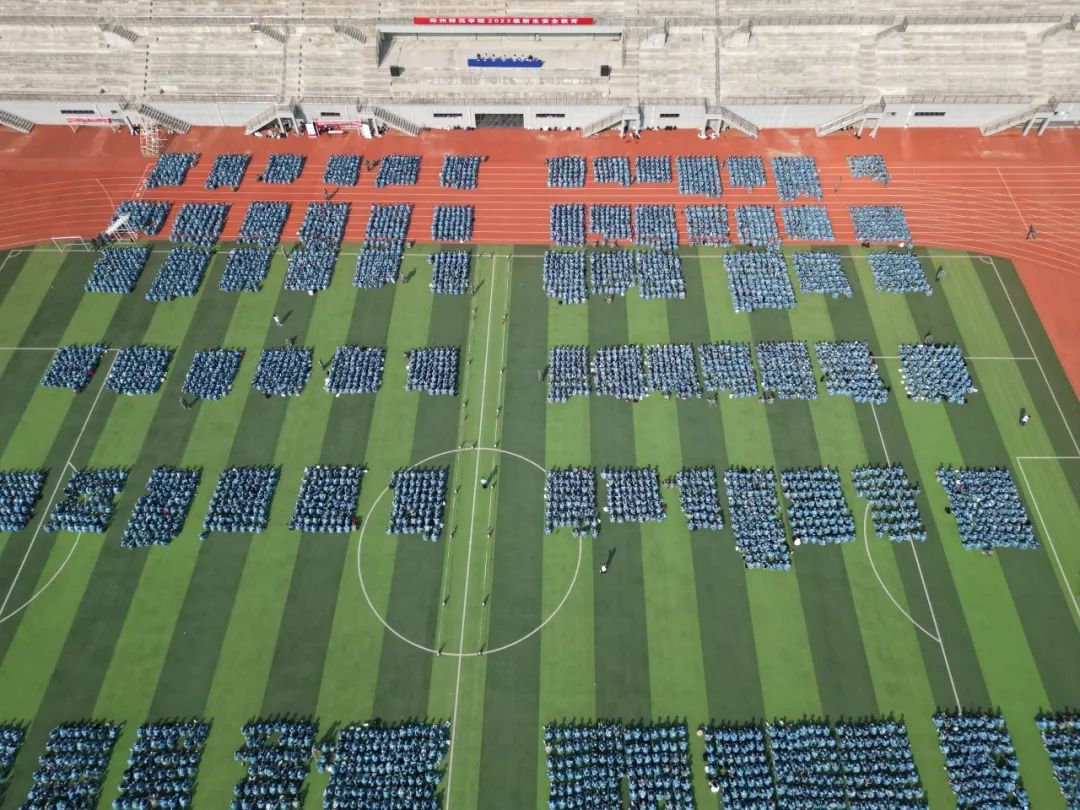
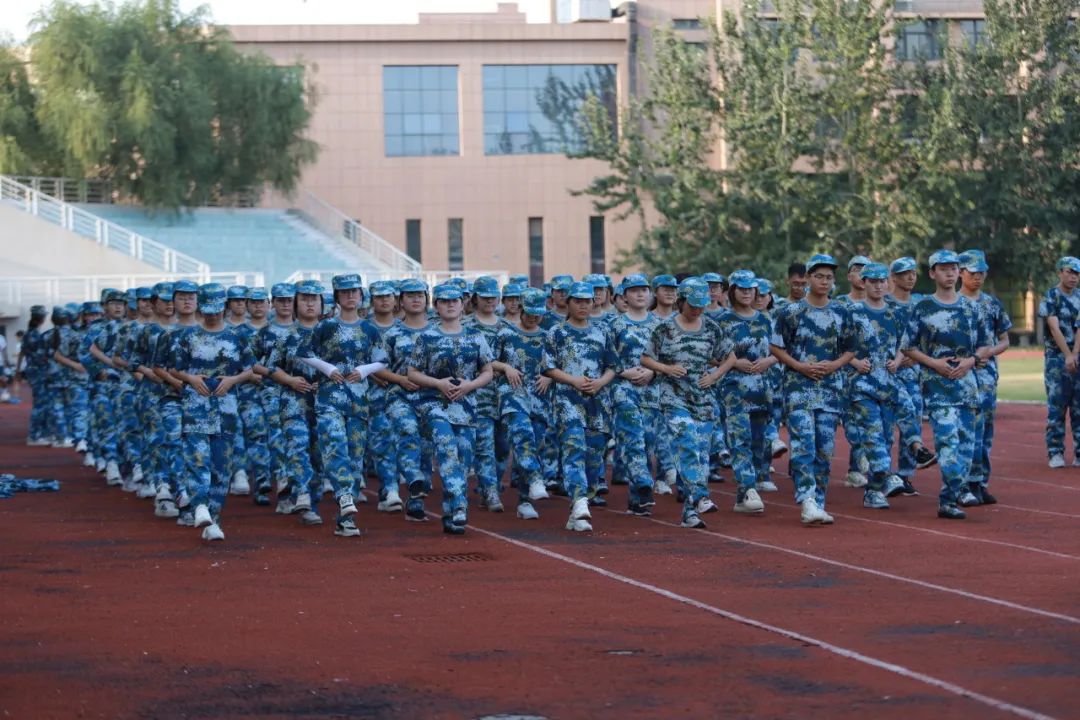
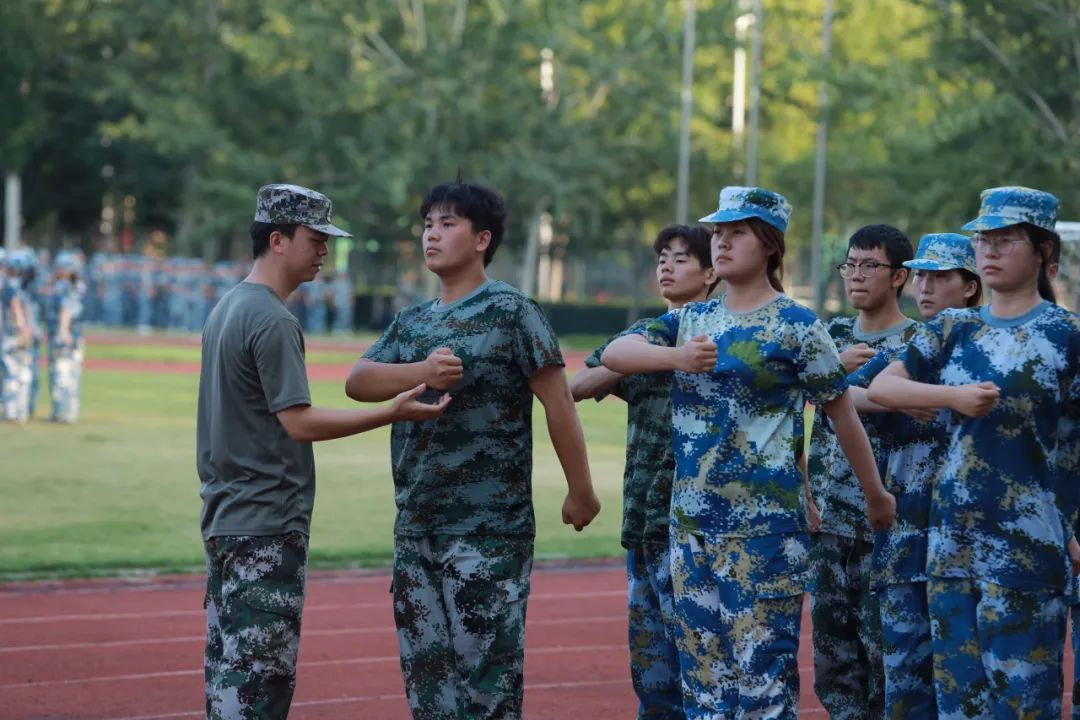
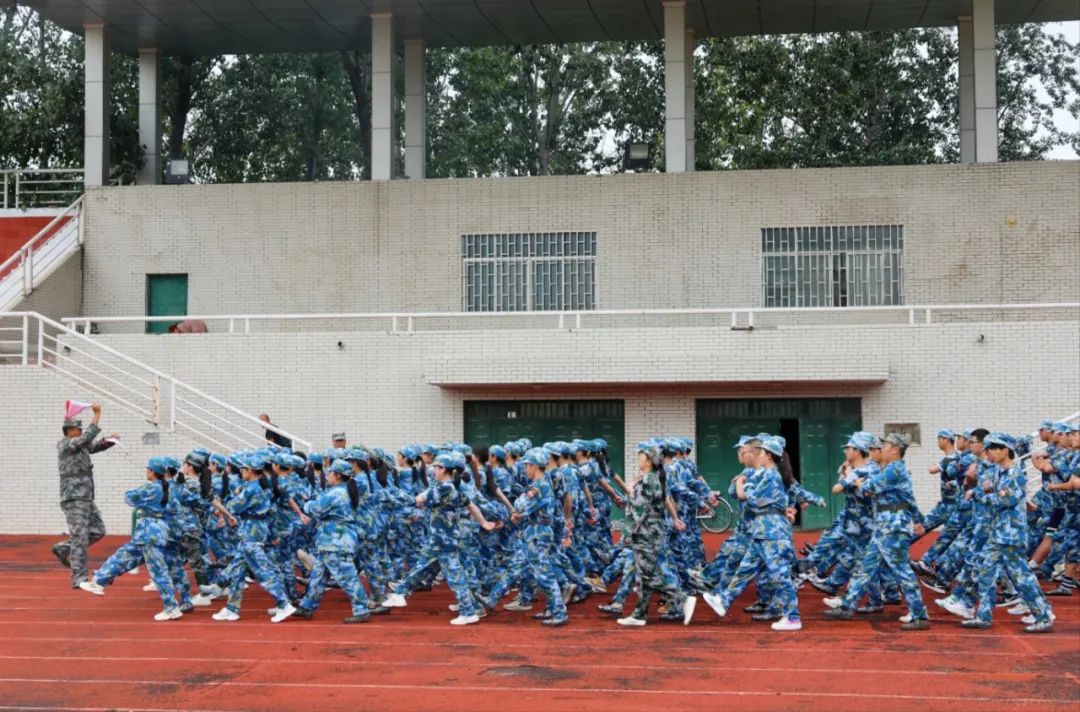
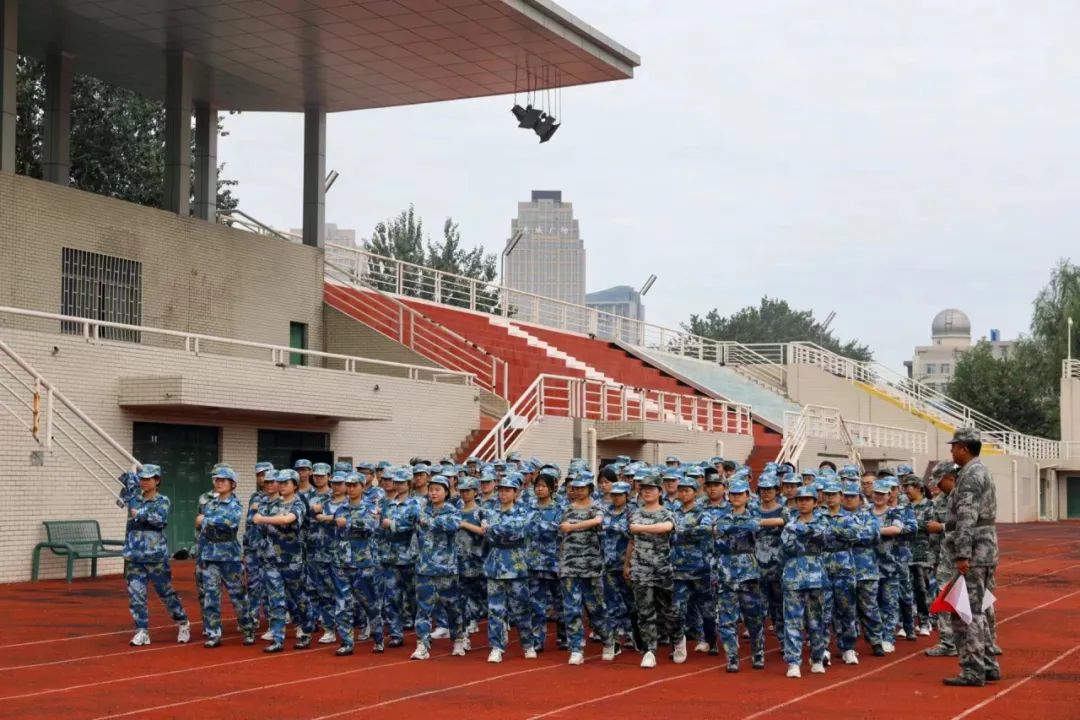
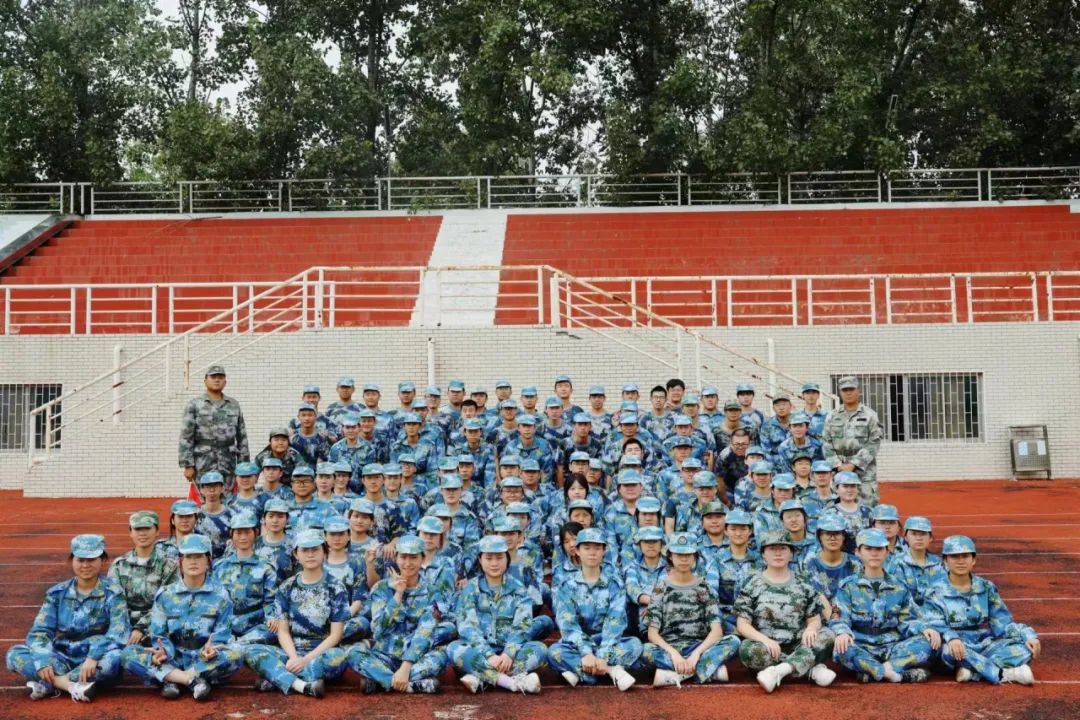
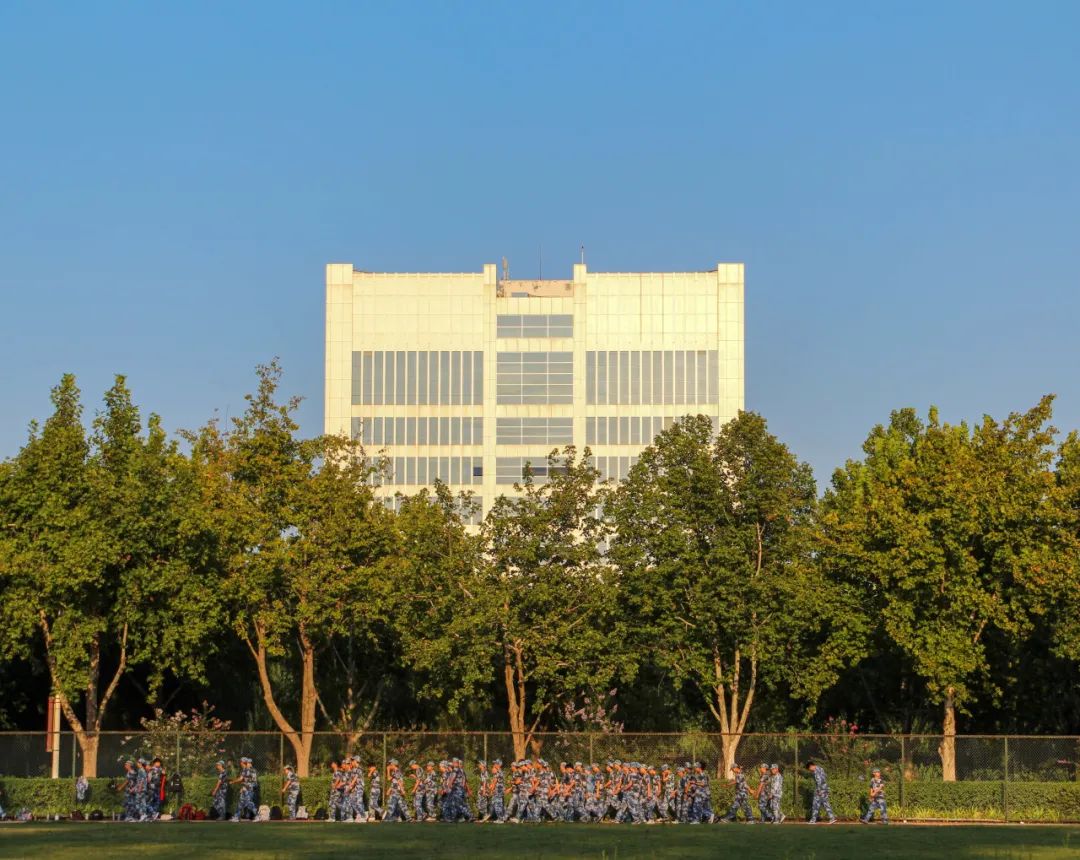
The military training ground is dressed in camouflage and heroic, standing tall and straight in the scorching sun and singing sonorous military songs under the stars. The "Silent Square Team" on the military training ground is a hearing-impaired freshman majoring in special education in Zhengzhou Normal University. In order to facilitate the communication between instructors and freshmen, instructors use command flags to command the hearing-impaired children to complete every movement. Although it is silent, it is shocking. Putting pen to paper without words is an inexhaustible chapter of youth engraved on the title page of the university. The spirit disappears at the beginning and the spirit grows.
shangqiu university
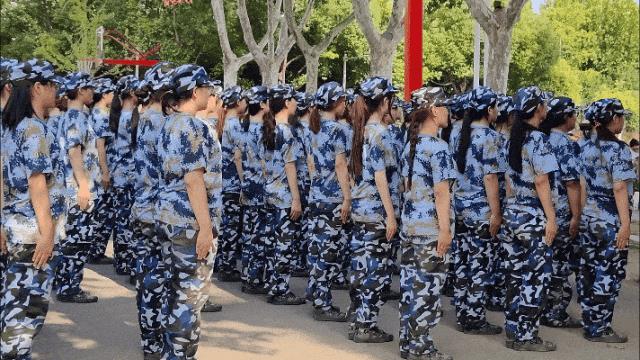
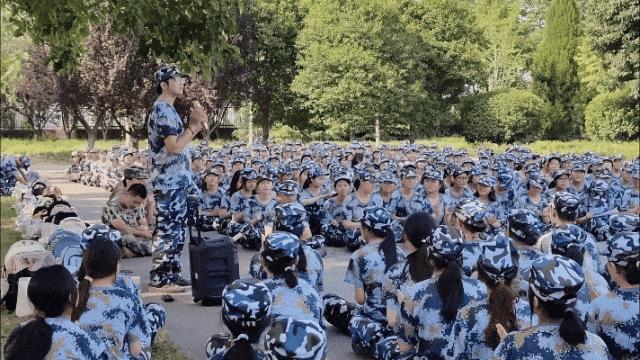
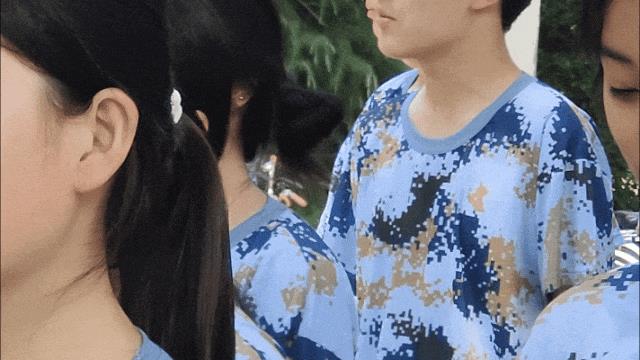
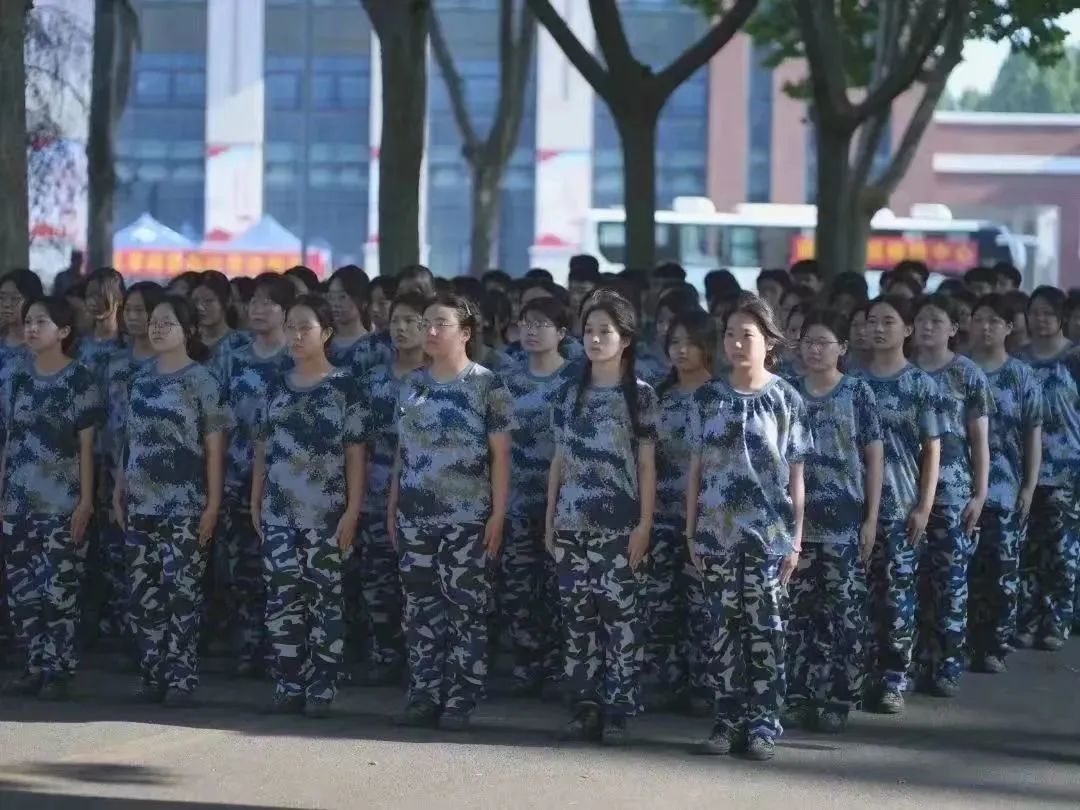
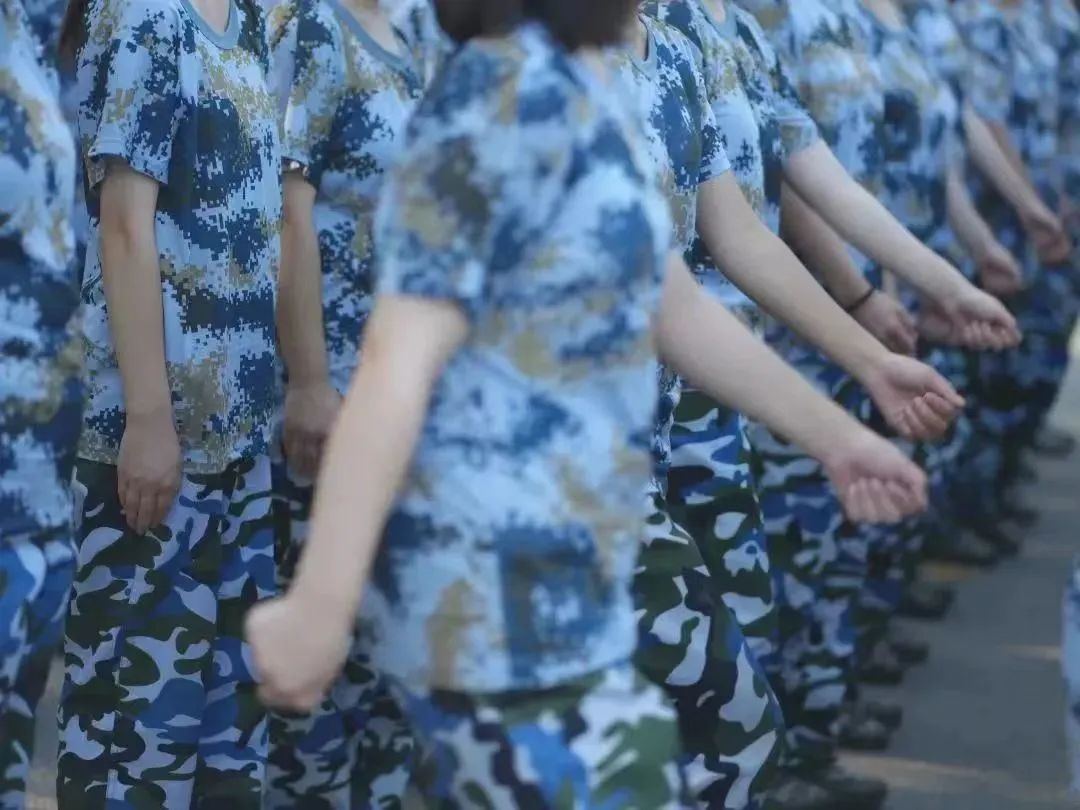
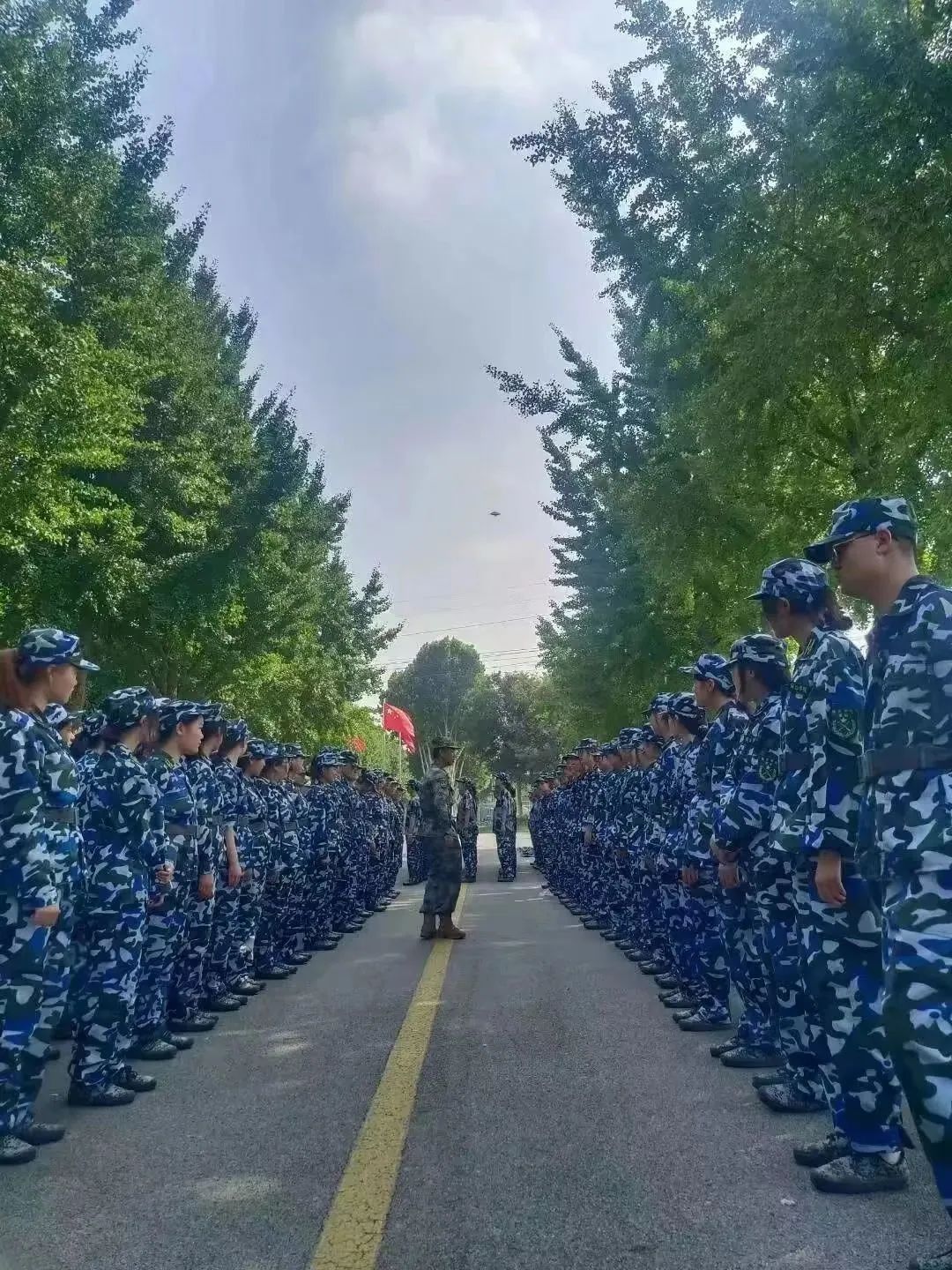
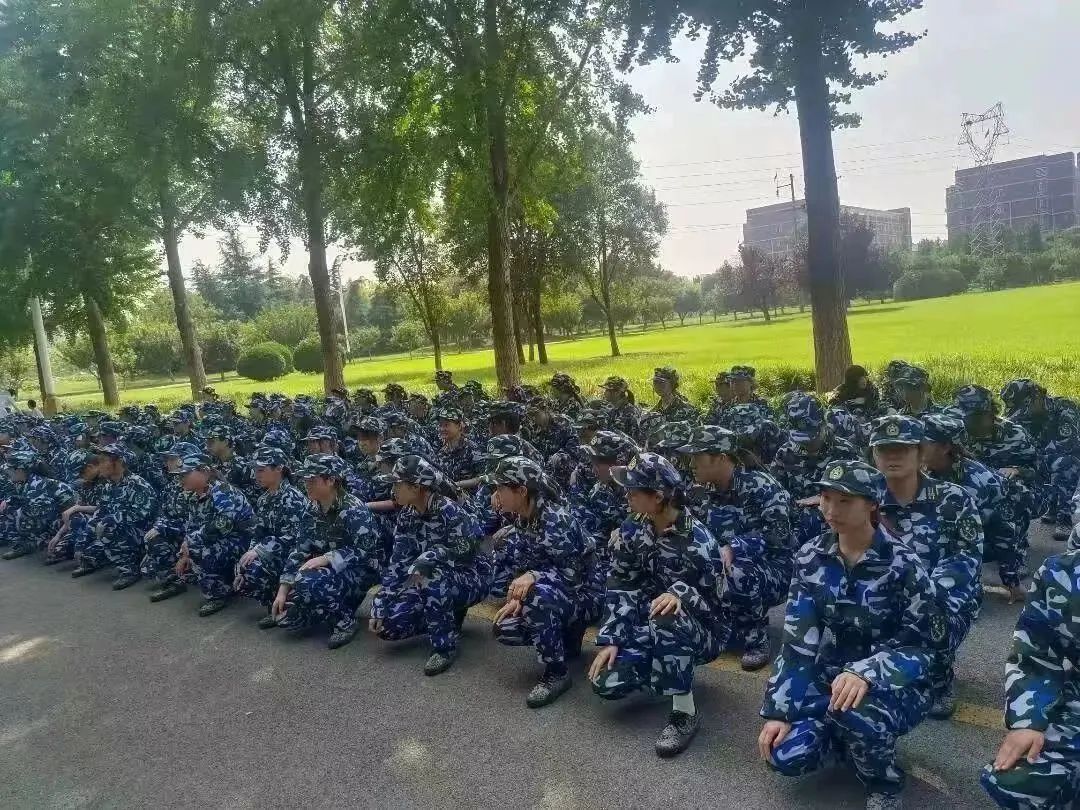
Military training is a period that every freshman must go through. During this time, everyone should wear military uniforms, receive military training and exercise their willpower and physical fitness. Although this period of time may make people feel tired and hard, in this process, there will be some most beautiful moments that people will never forget.
Zhengzhou Business School
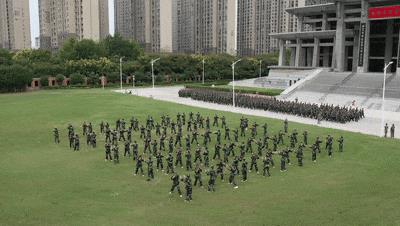
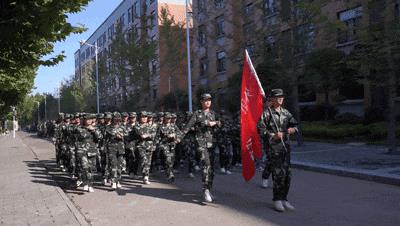
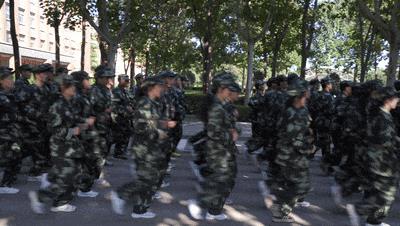
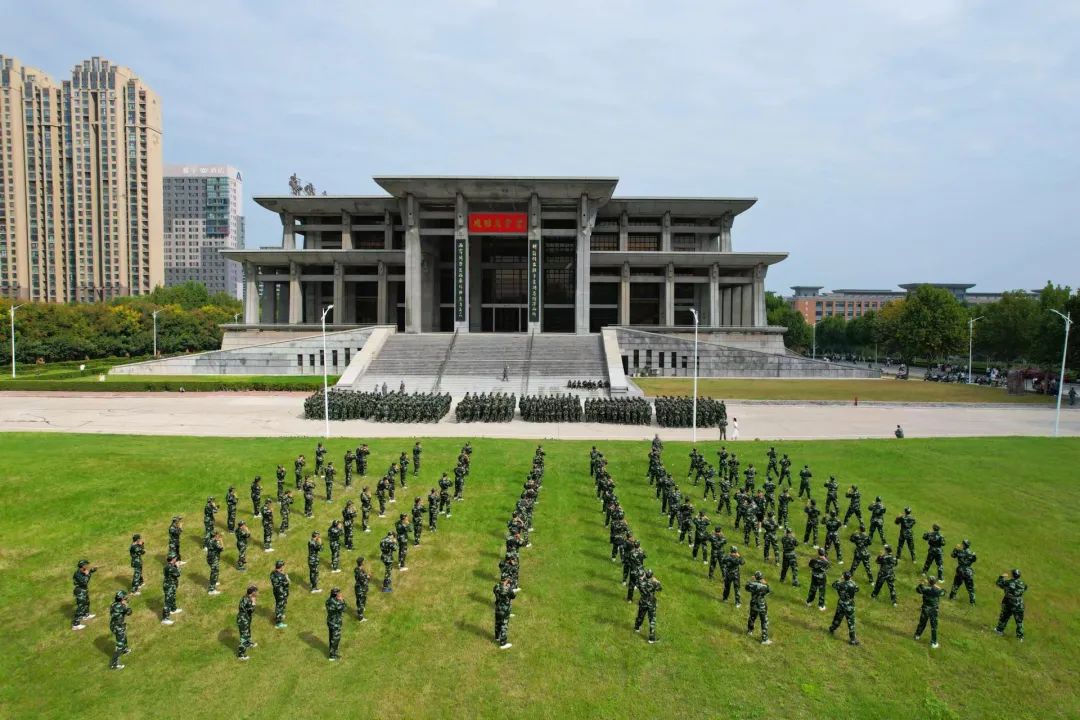
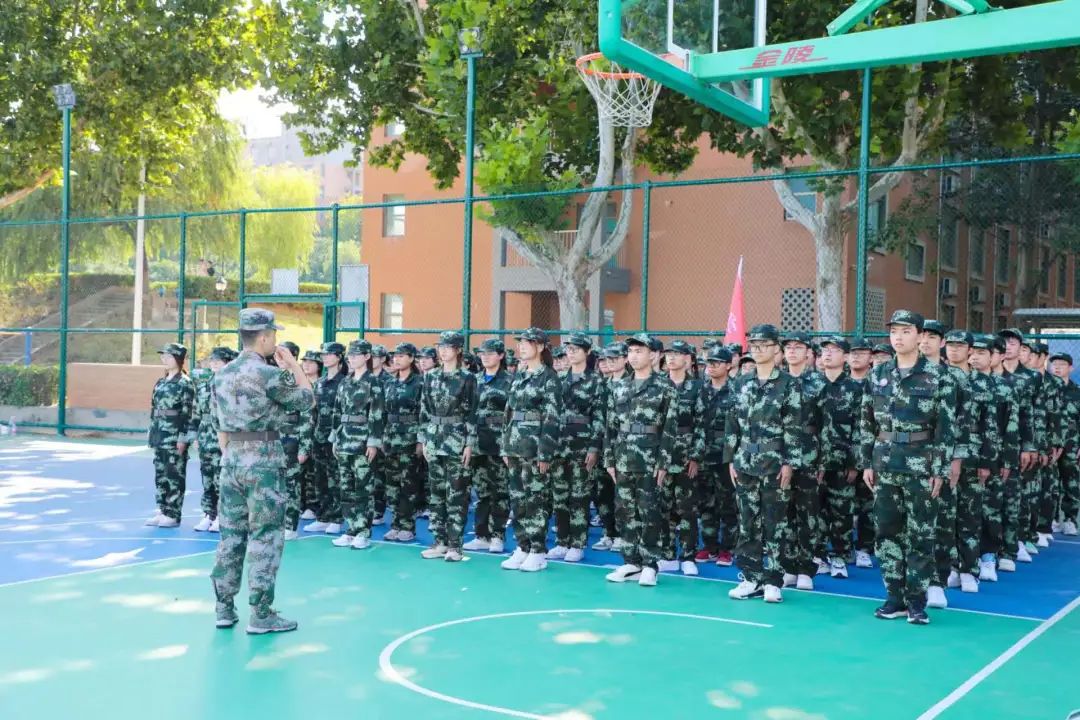
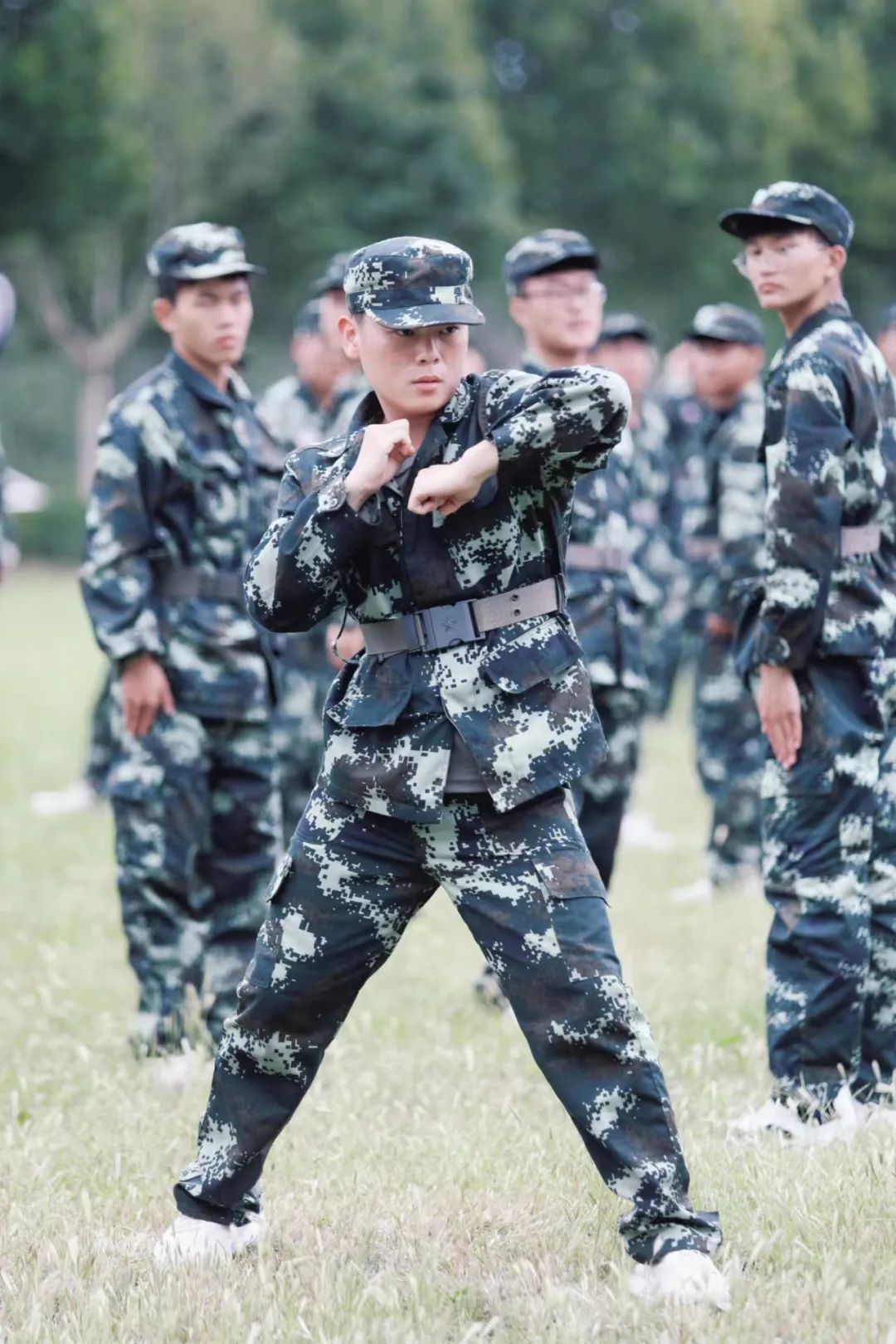
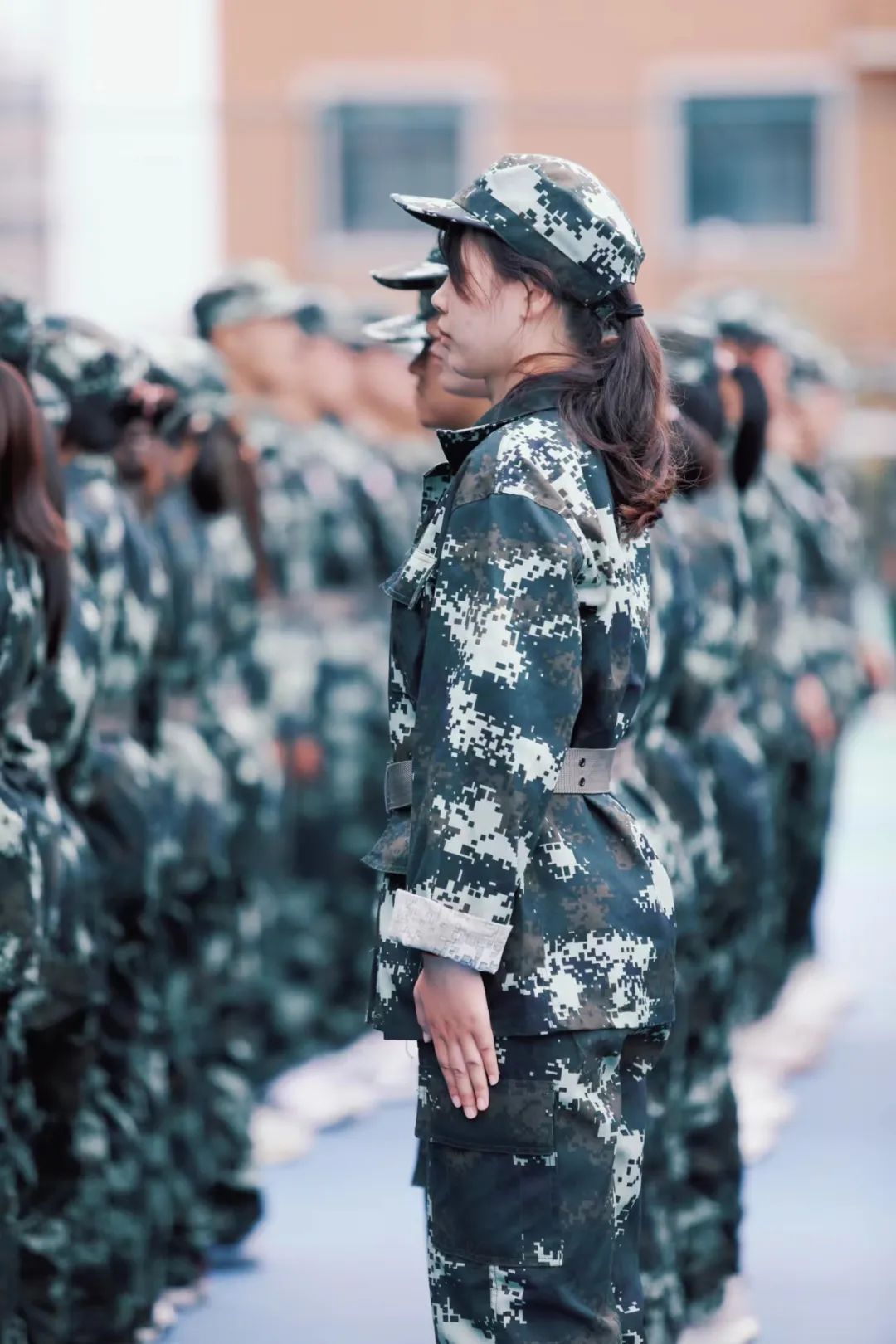
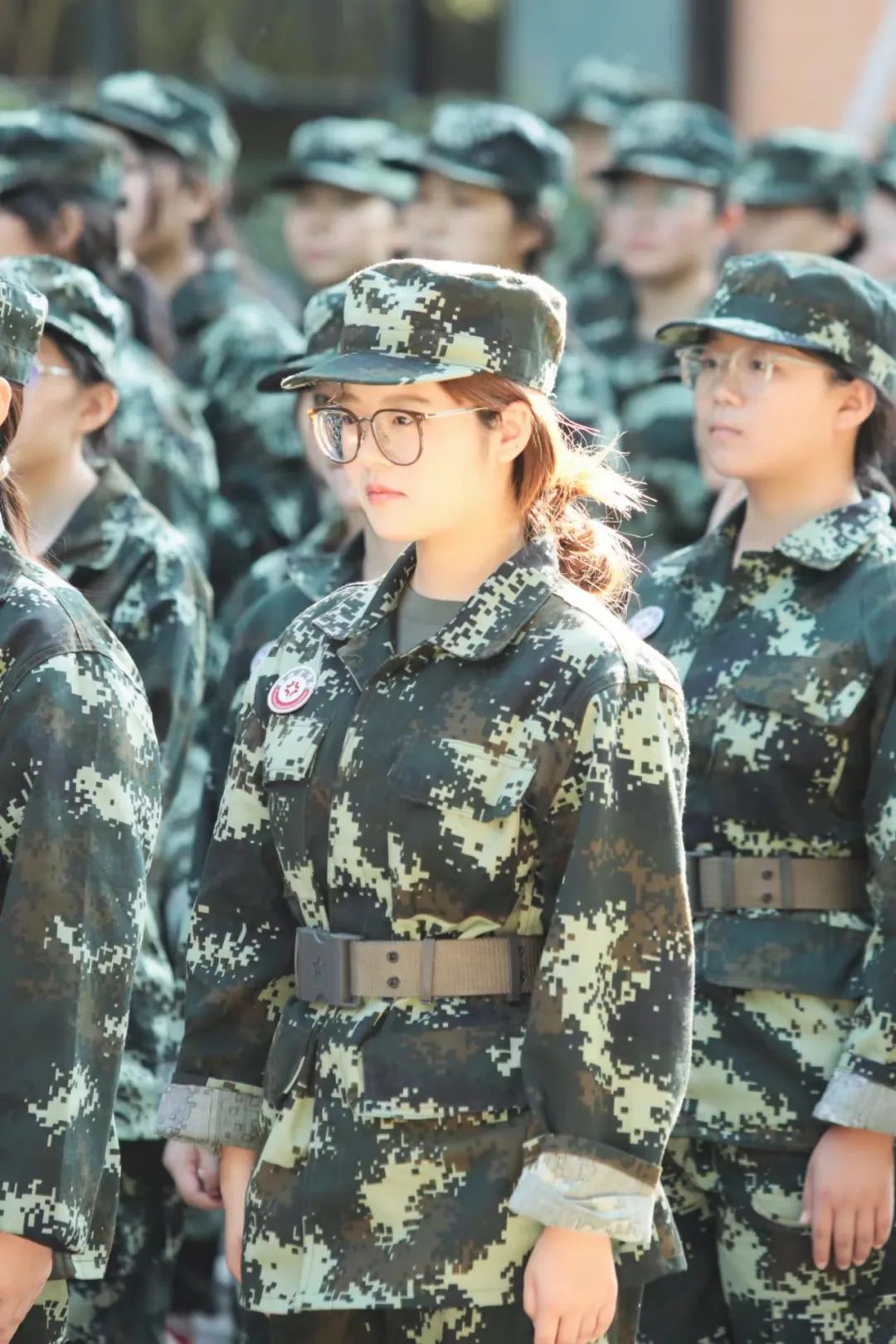
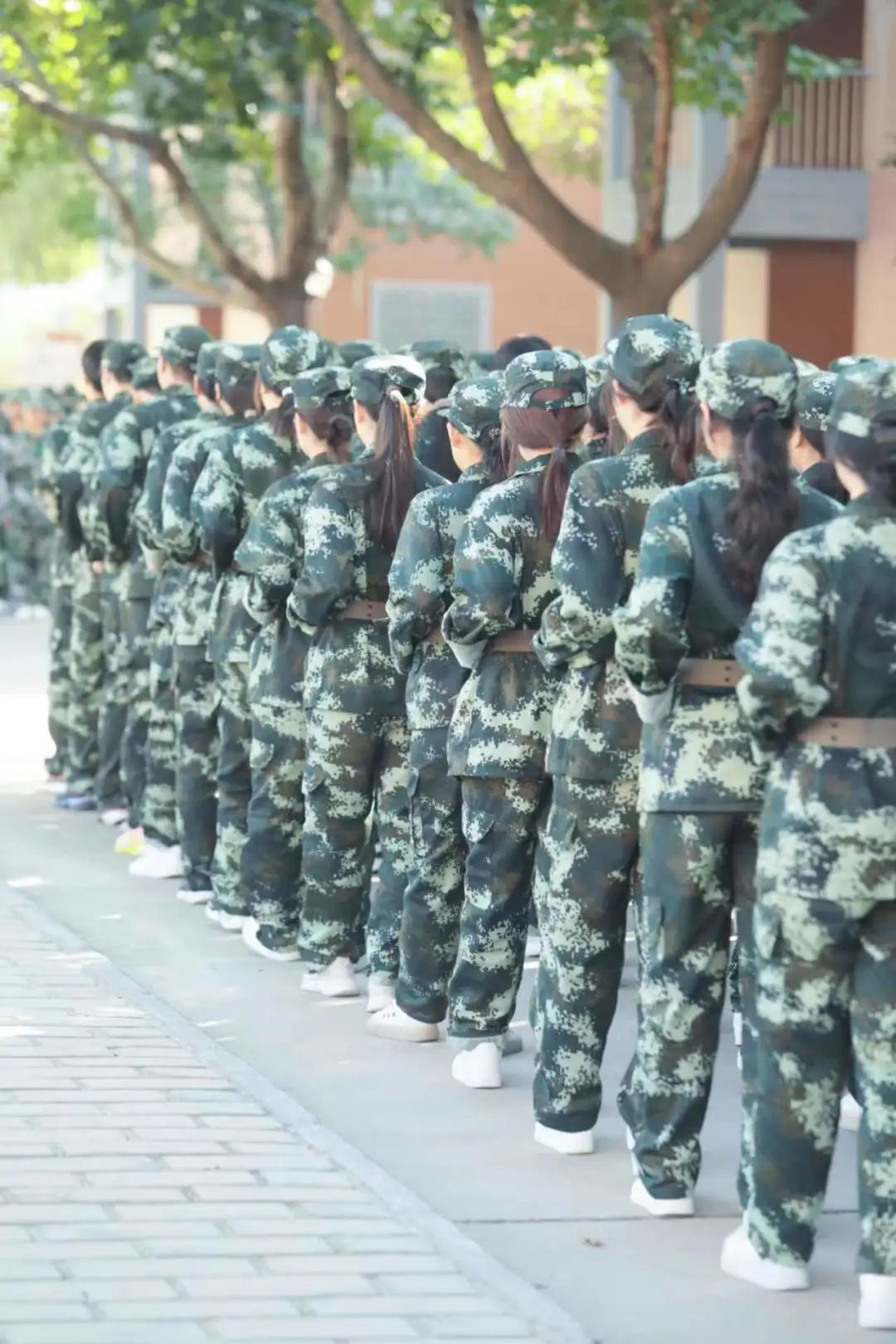
Military training is not only a test of your body, but also a test of your will. "The sword front comes from sharpening, and the plum blossom fragrance comes from bitter cold." People grow up in constant tempering. Grade 23 Zheng Xiaoshang, you are the best!
shengda trade economics & management college of zhengzhou
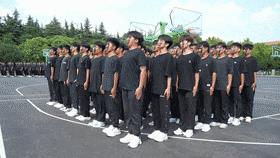
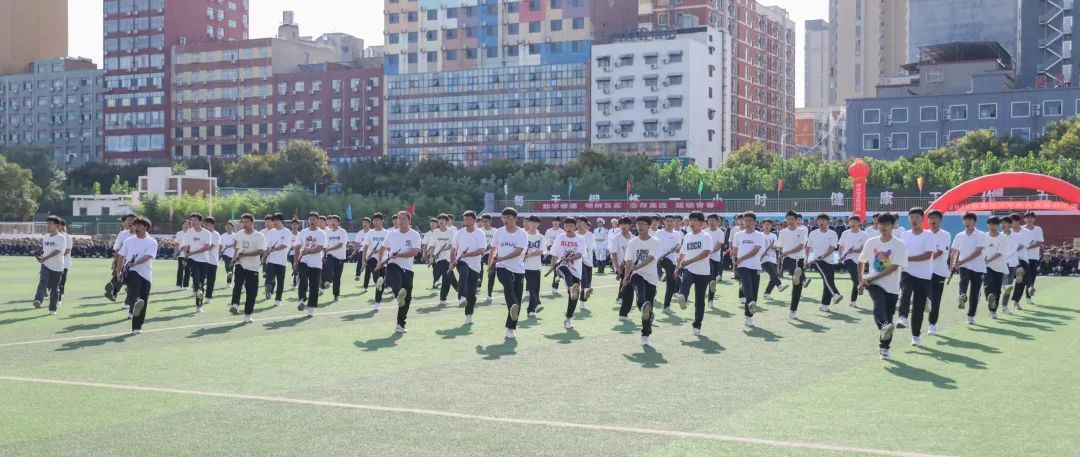
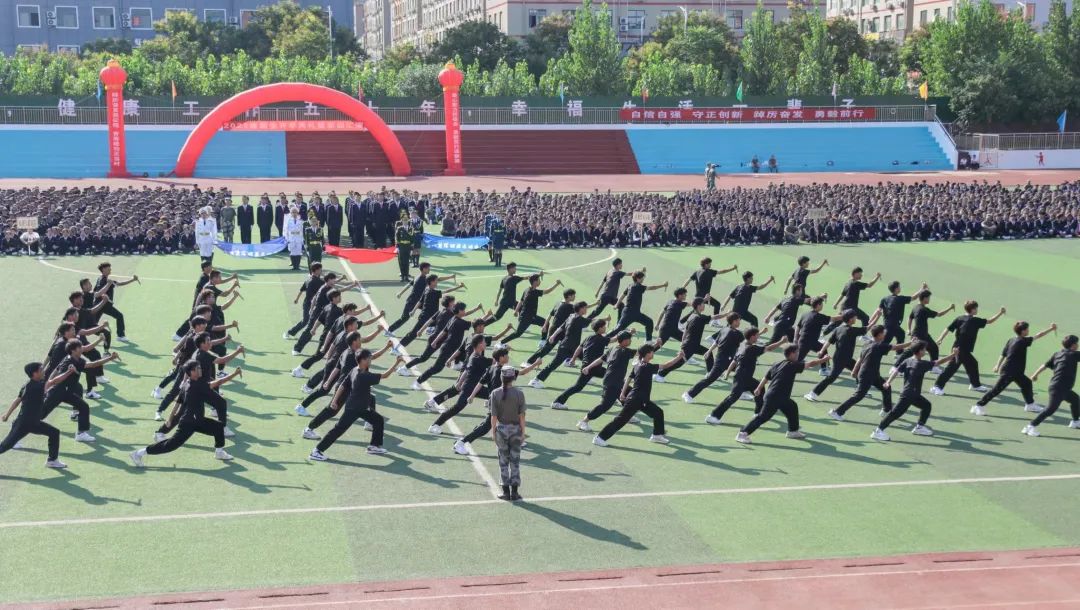
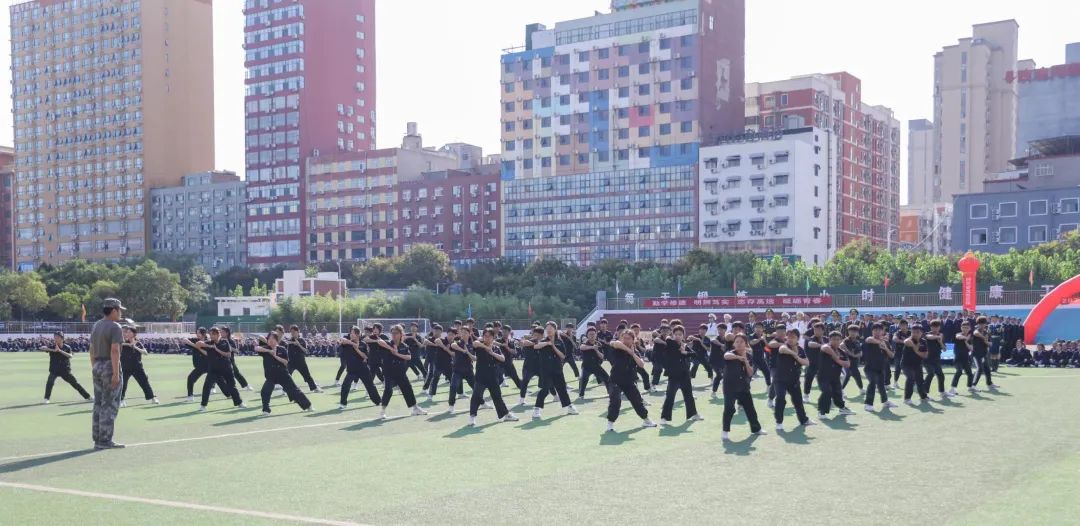
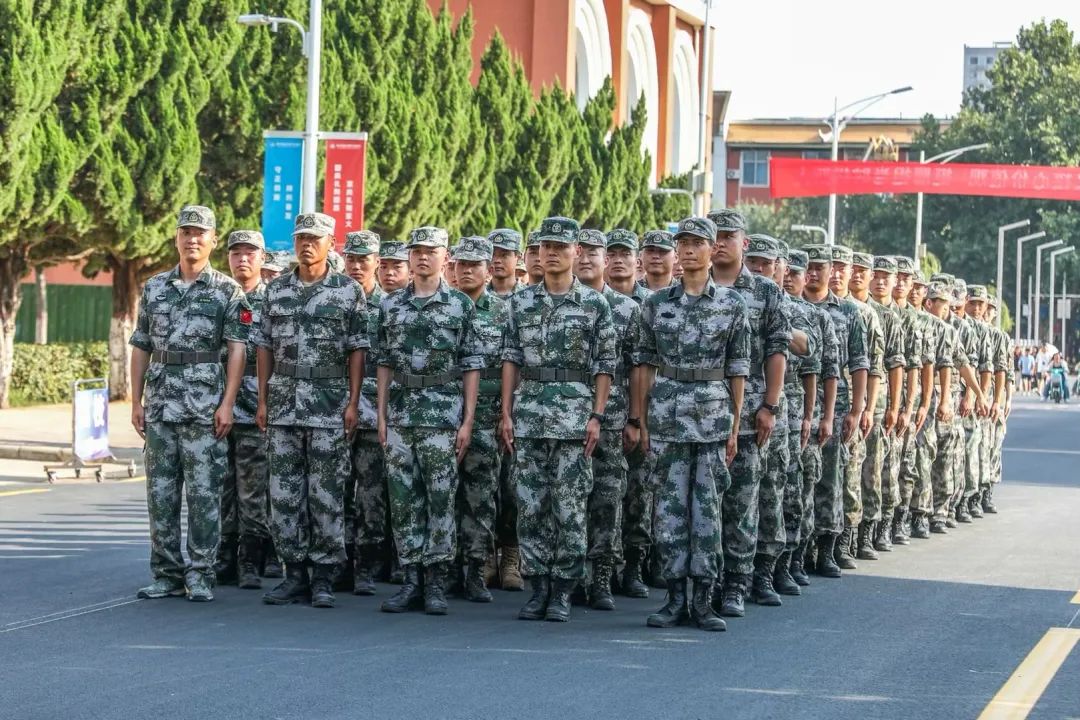
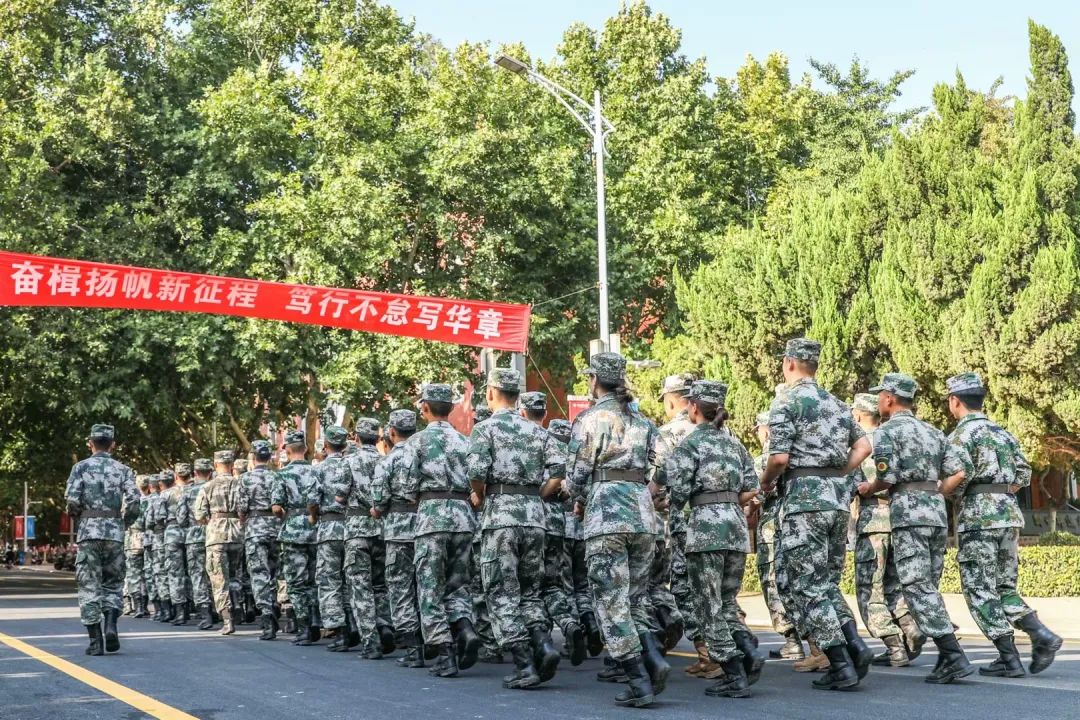
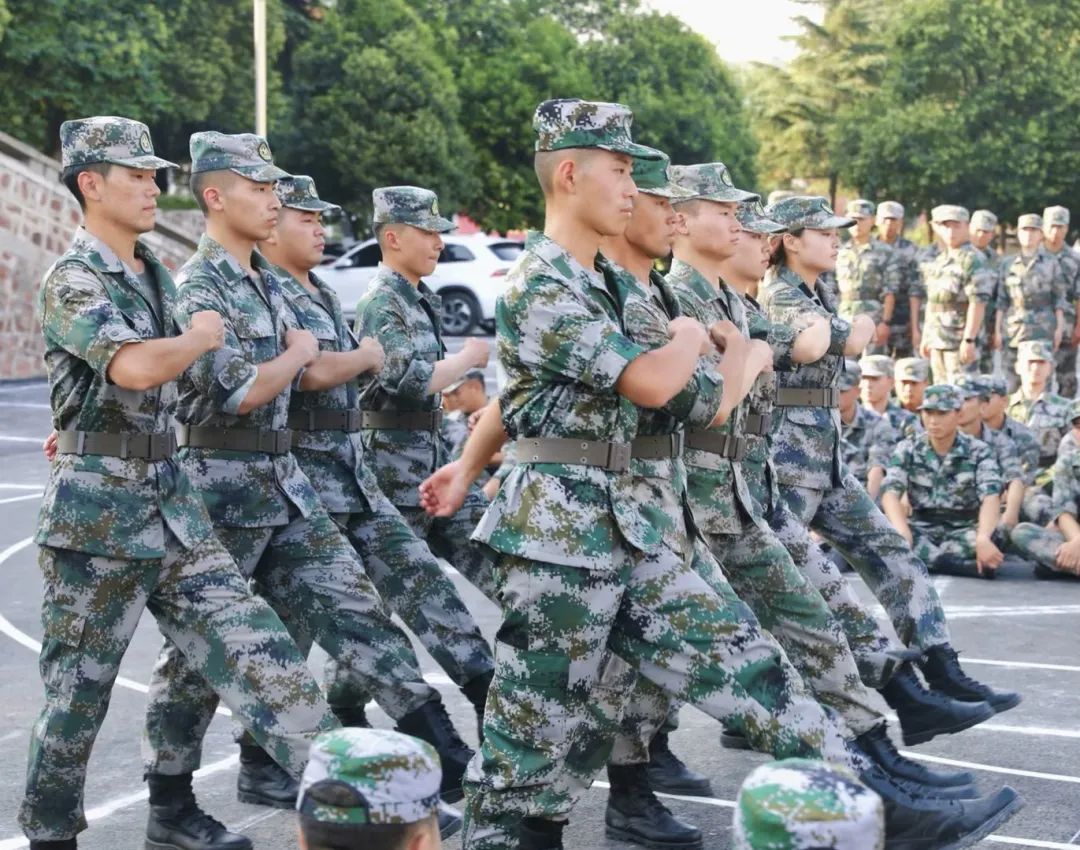
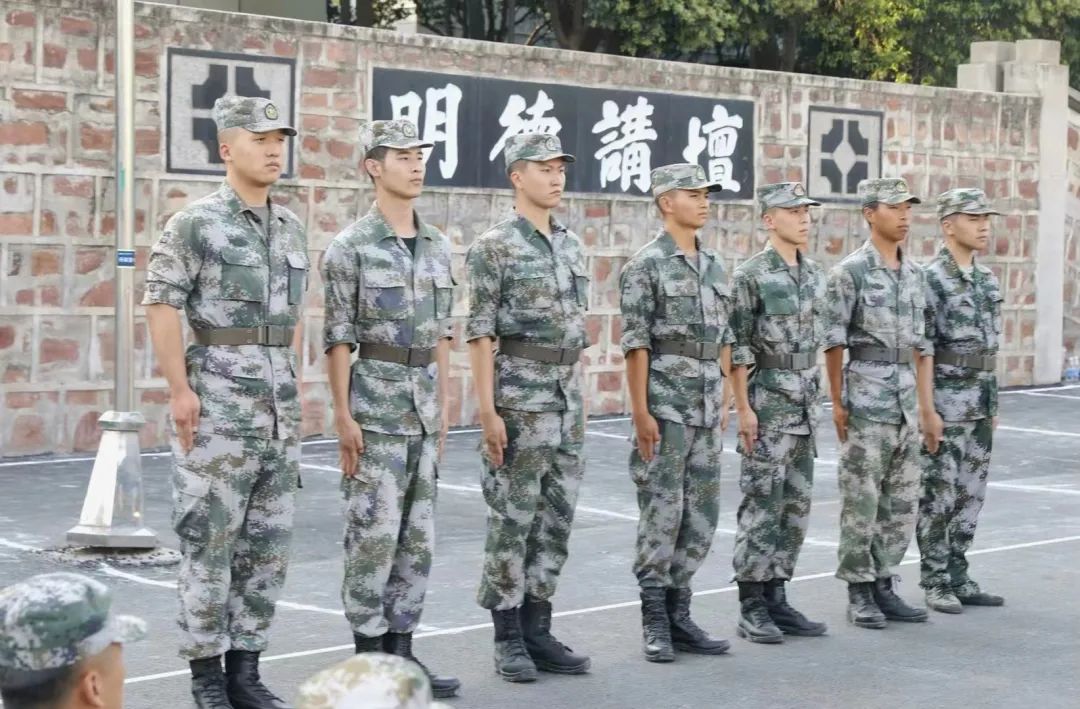
Freshmen who have just entered the university campus are sweating and passionate, and their posture is still tall and straight; Show youthful vitality, temper strong perseverance, establish national defense consciousness and enhance national defense concept.
shangqiu institute of technology

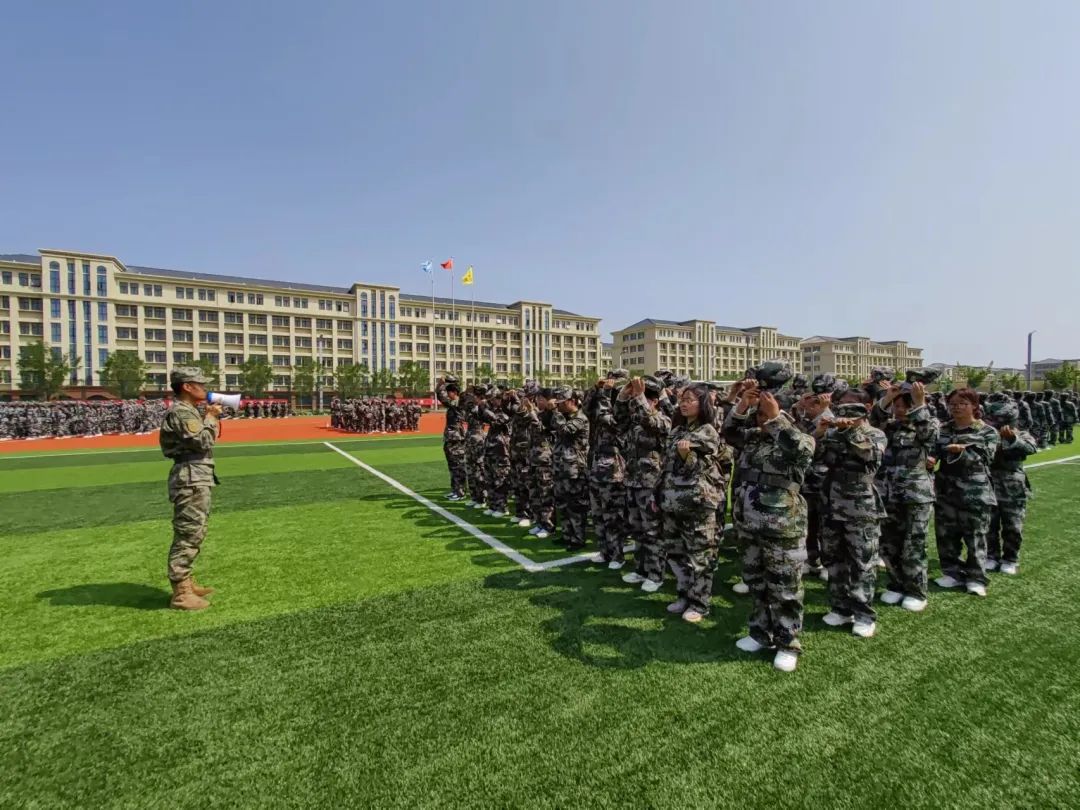
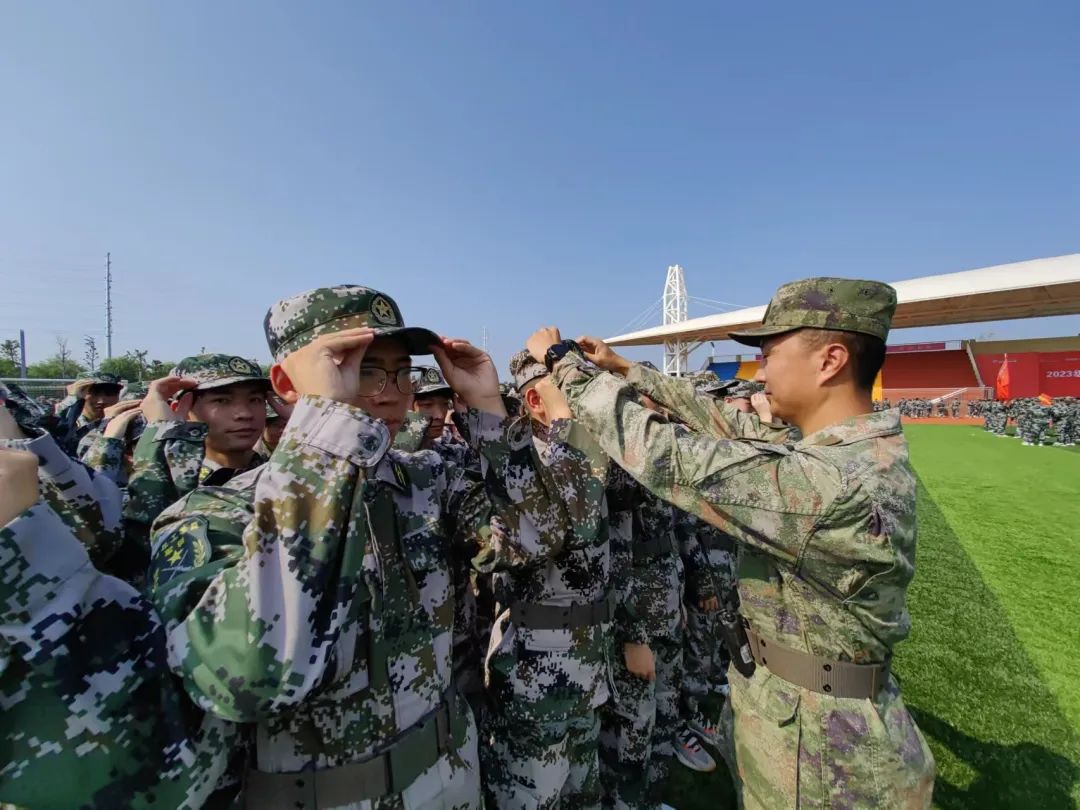
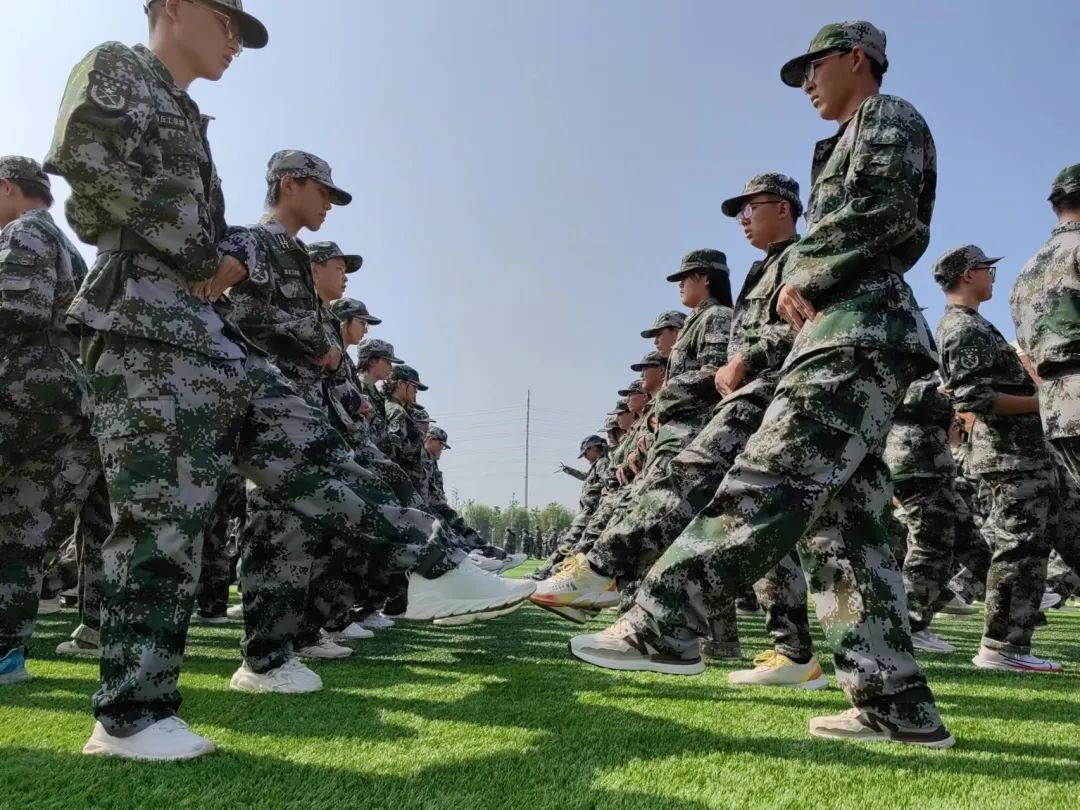
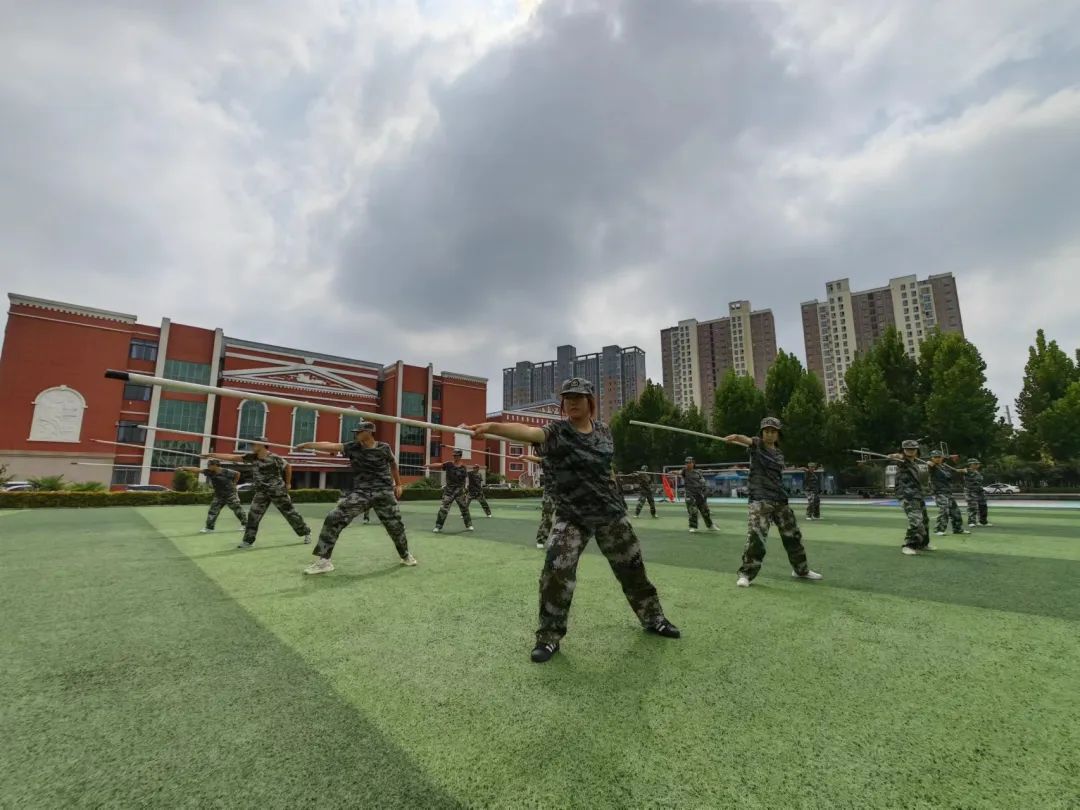
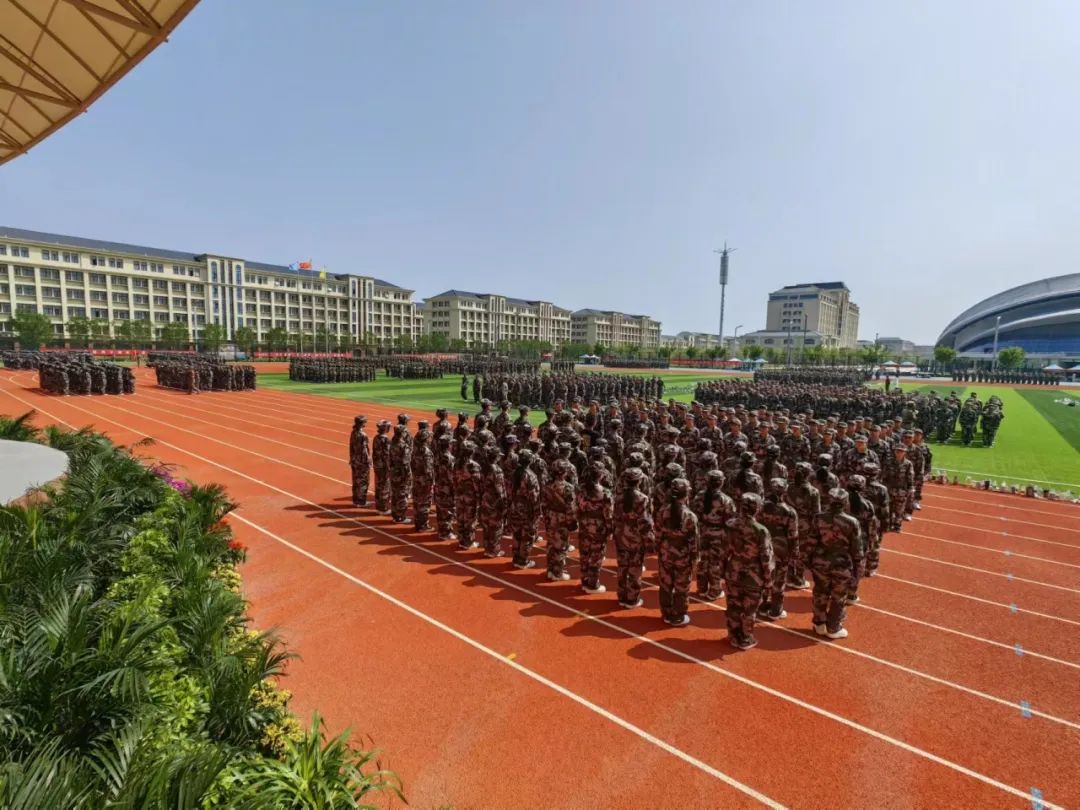
Clouds receive summer colors, and leaves are startled in autumn. At this time, the sun is just right, the wind is over the forest, and when the clothes are angry, the soldiers will be ready for the day. On the training ground, the teenagers strut their heads and have a rainbow-like momentum. They are sharp-edged and accompanied by watchmen. Youth blooms in the baptism of sweat, tenacity is cast in the journey of hard work, and youth shines in military training. The autumn wind blows the banner fiercely, and the scorching sun is in the air. Military training is the exclusive memory of every teenager’s youth.
Zhengzhou Police College
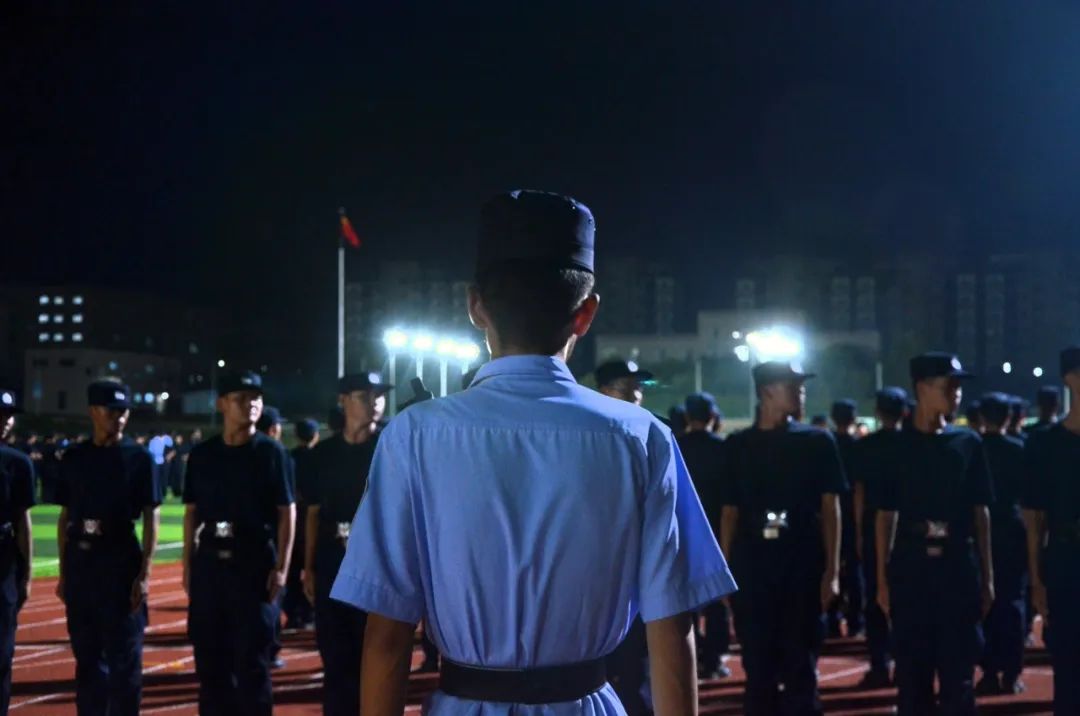
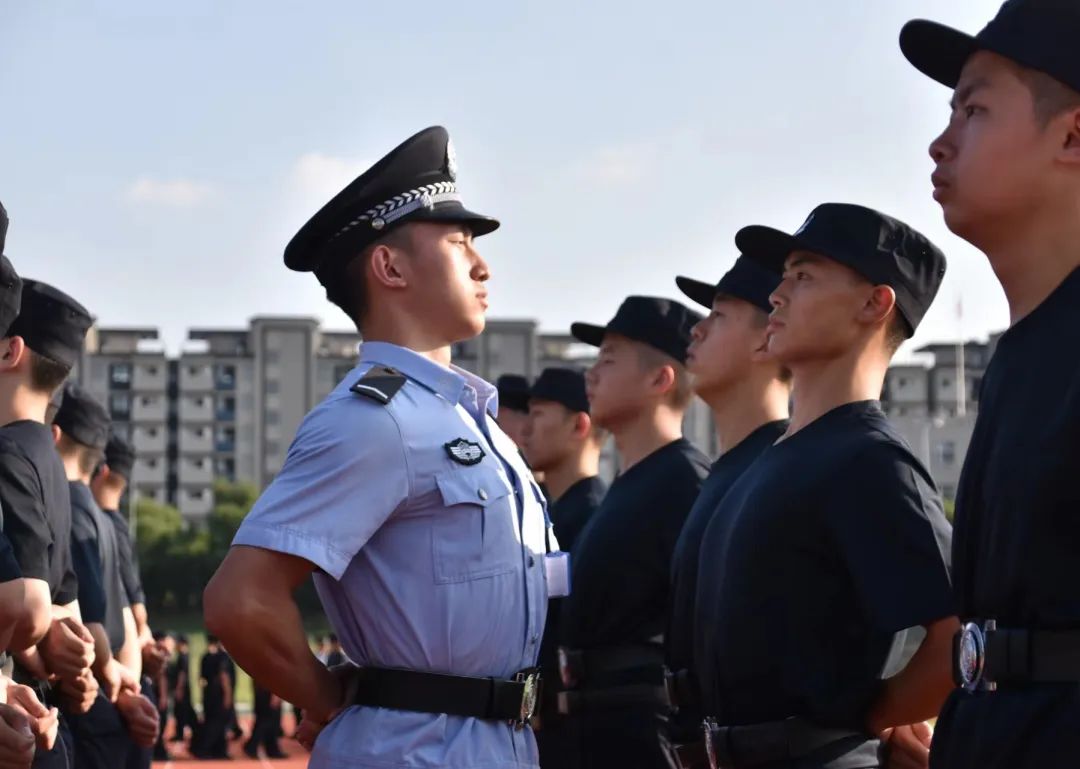
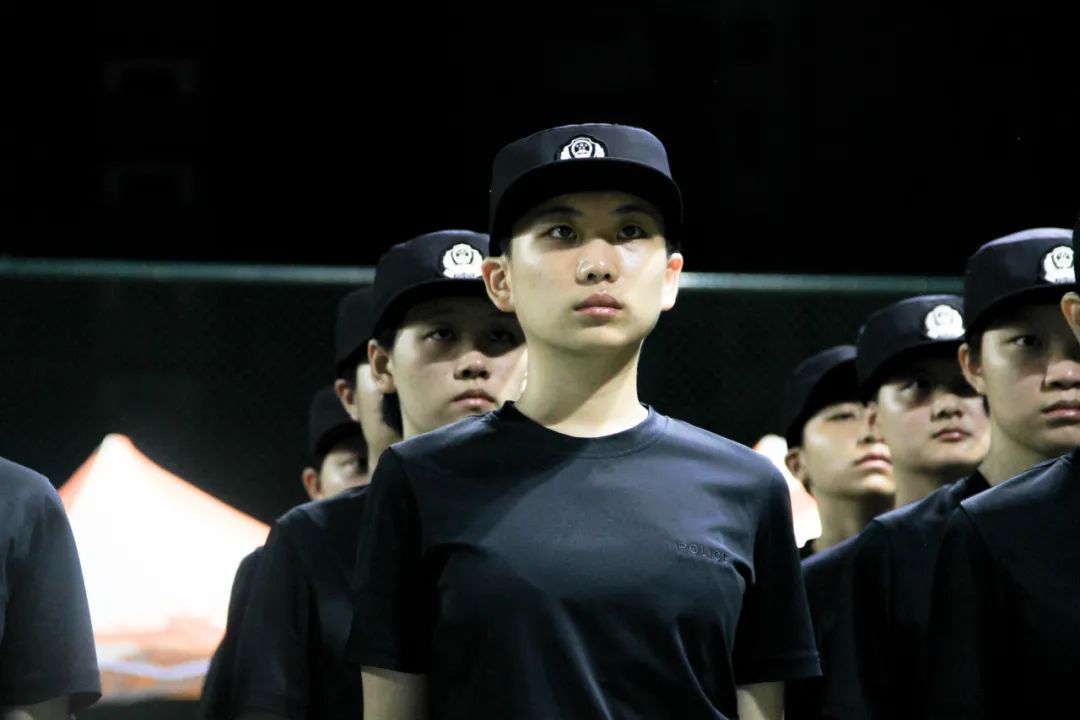
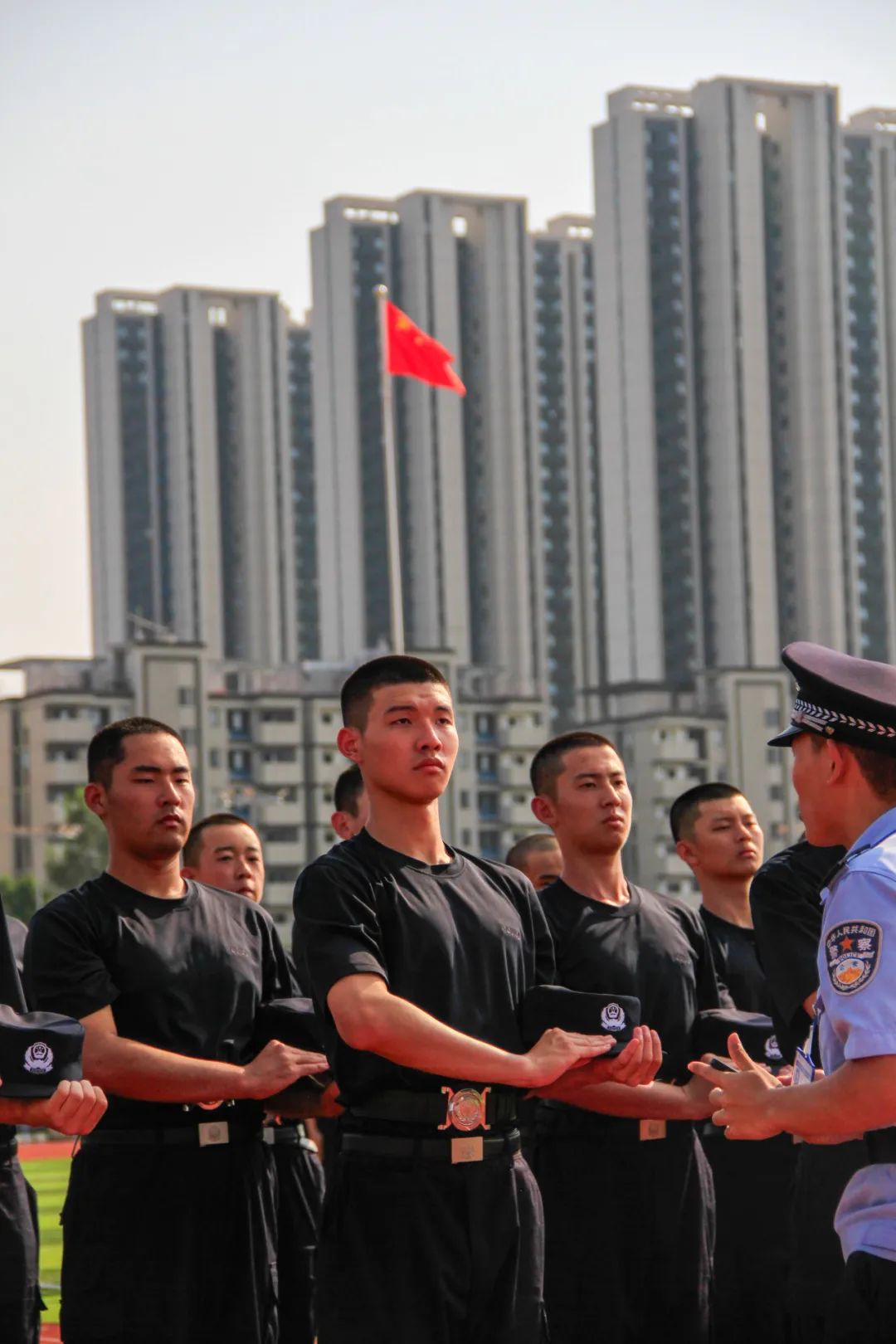
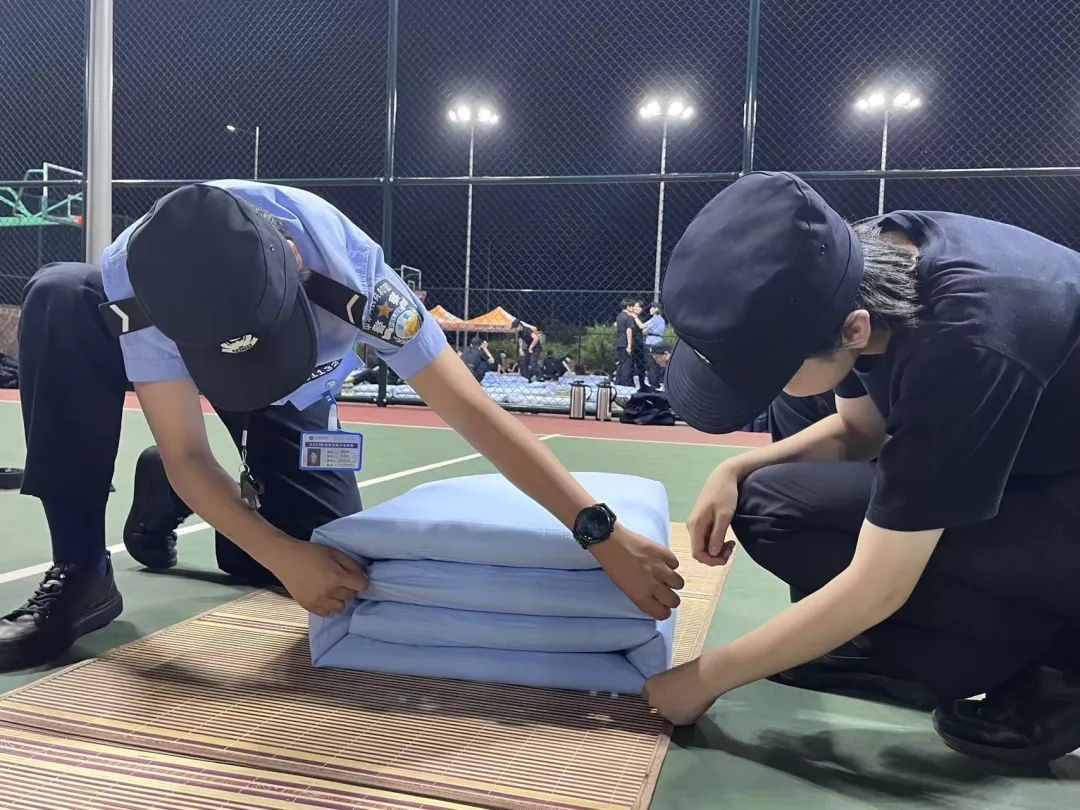
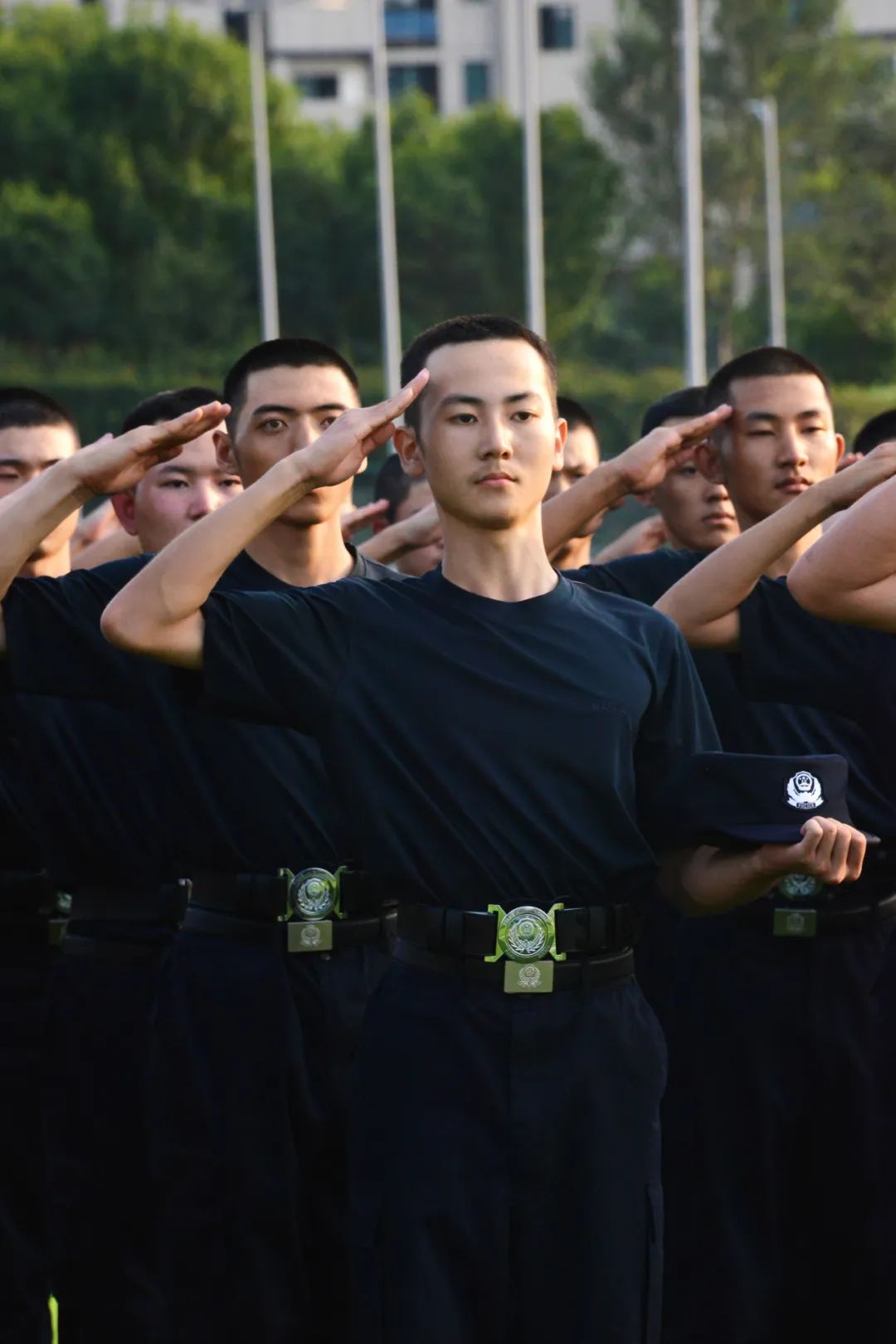
From the initial intention of the warning country throughout the military training, we dare to face difficulties and challenges, and dare to challenge ourselves and overcome ourselves. In the tempering of military training, he has evolved and grown up. In accordance with the spirit of the important motto of the Supreme Leader General Secretary and the goal requirements of the "four iron generals" public security iron army, he has taken the initiative and made great strides toward the goal of excellent reserve police officers.
Fade away from immaturity and usher in purplish blue’s youth. Traveling far away from you, Wan Li can be expected, and the iron-sword-like loyalty has been deeply rooted in the hearts of every reserve police officer.
xinyang college of agriculture and forestry
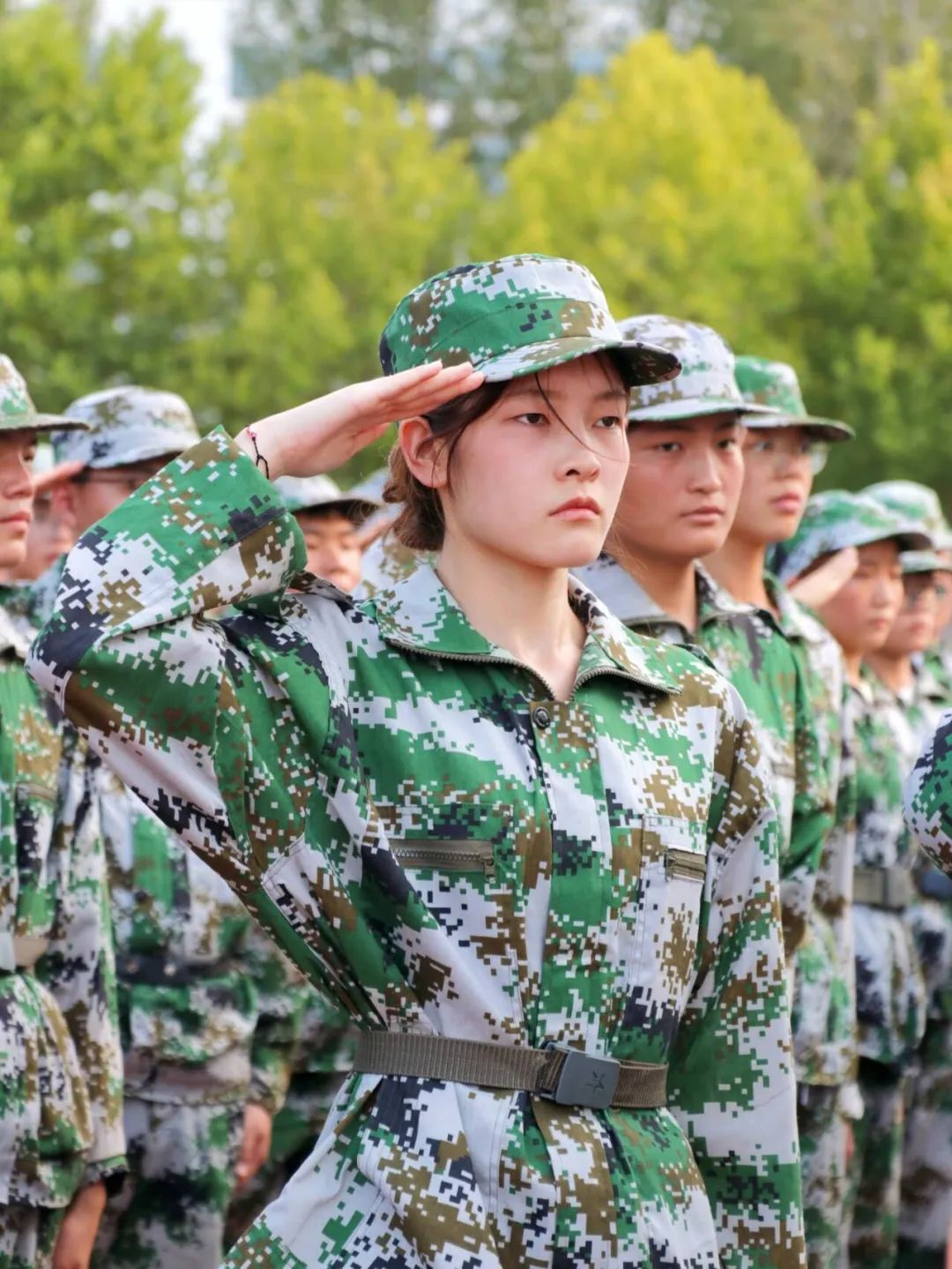

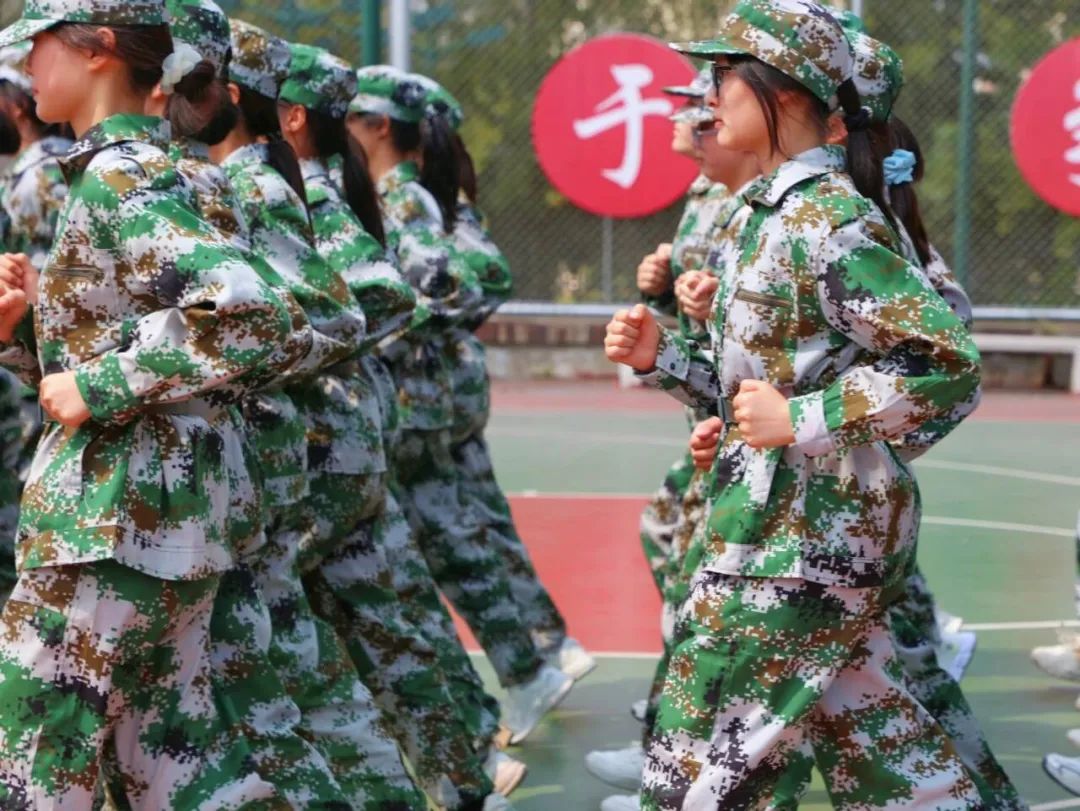
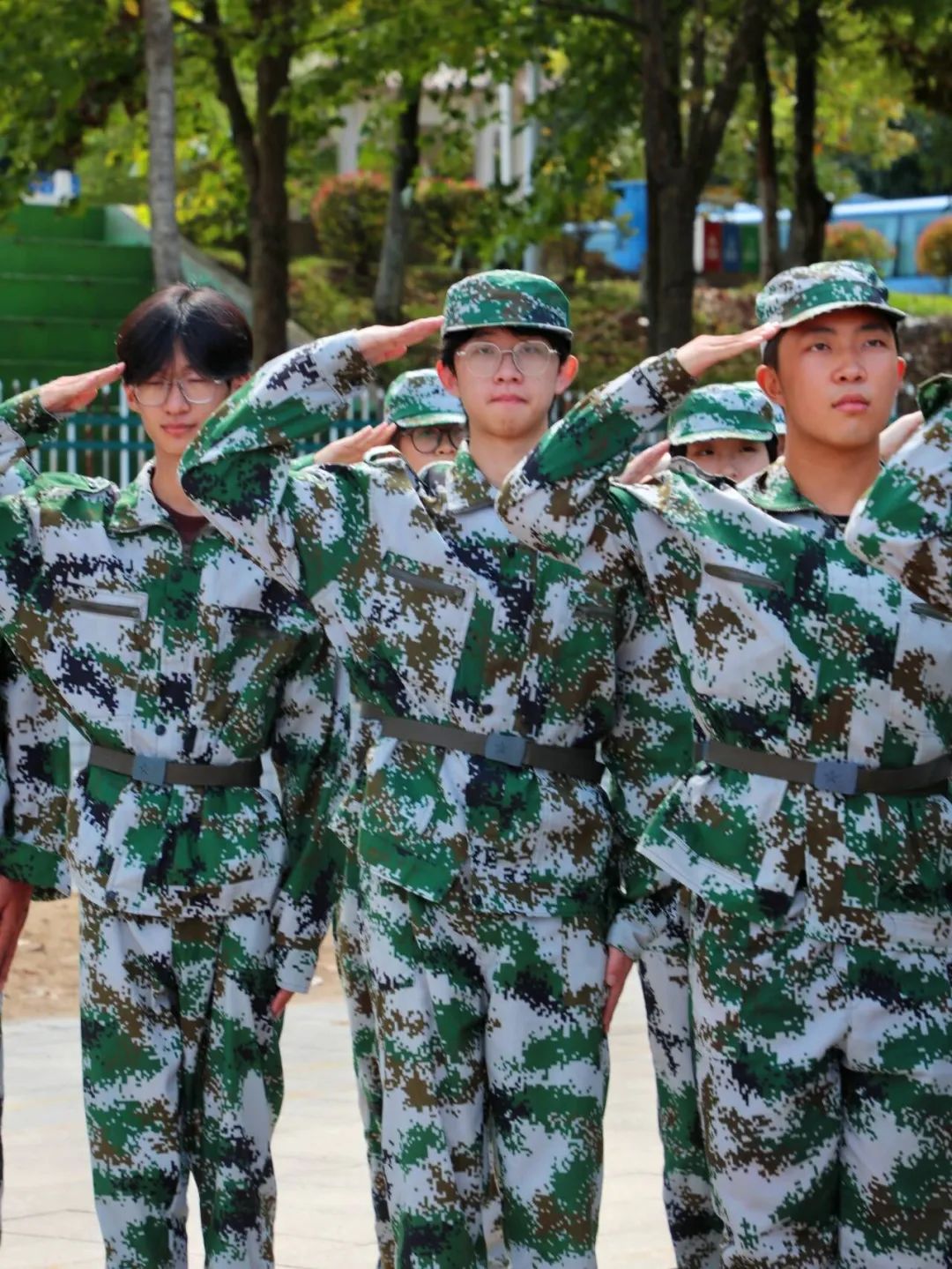
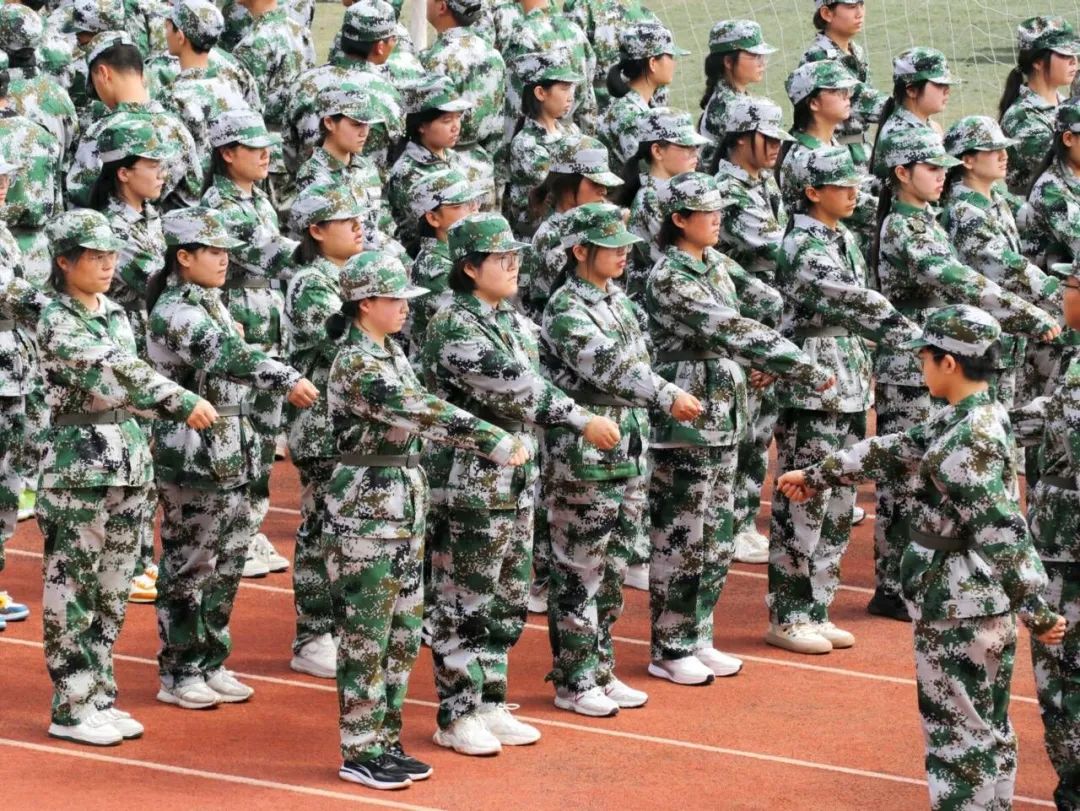
Tall and upright, imposing and imposing.
Slogans were loud and clear on the playground.
Whether it’s hot sun or drizzle.
As long as you wear this camouflage
I never shouted hard.
Never give up
Military training is over and over again.
In hard training
Become a more determined self.
Yellow River Jiaotong University
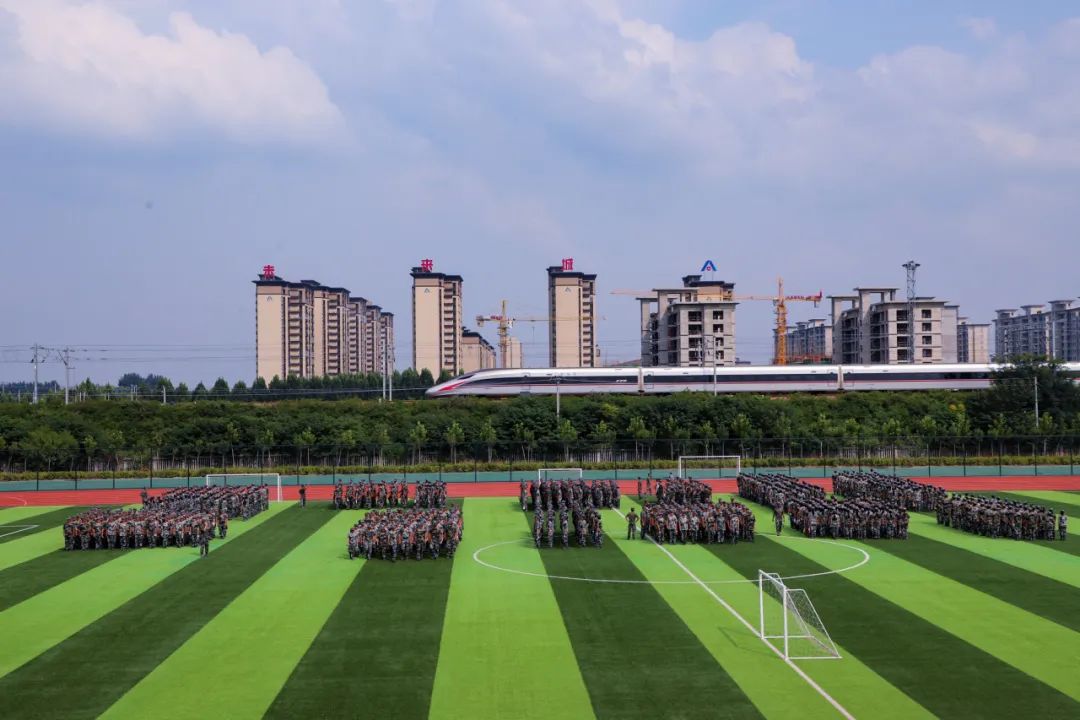
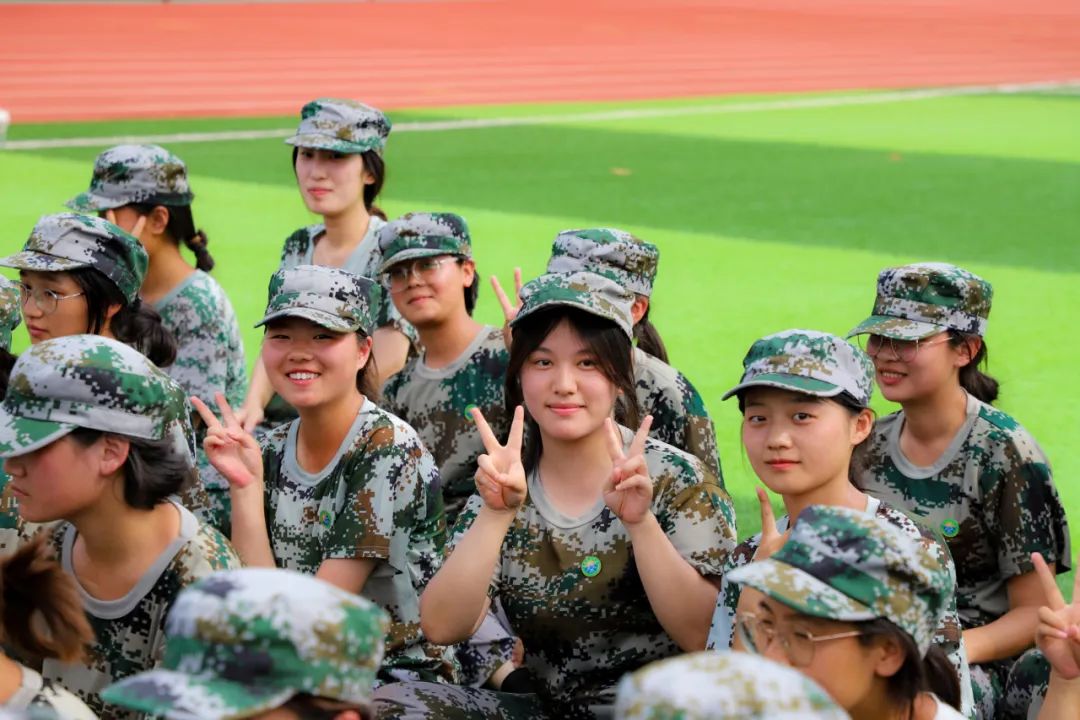
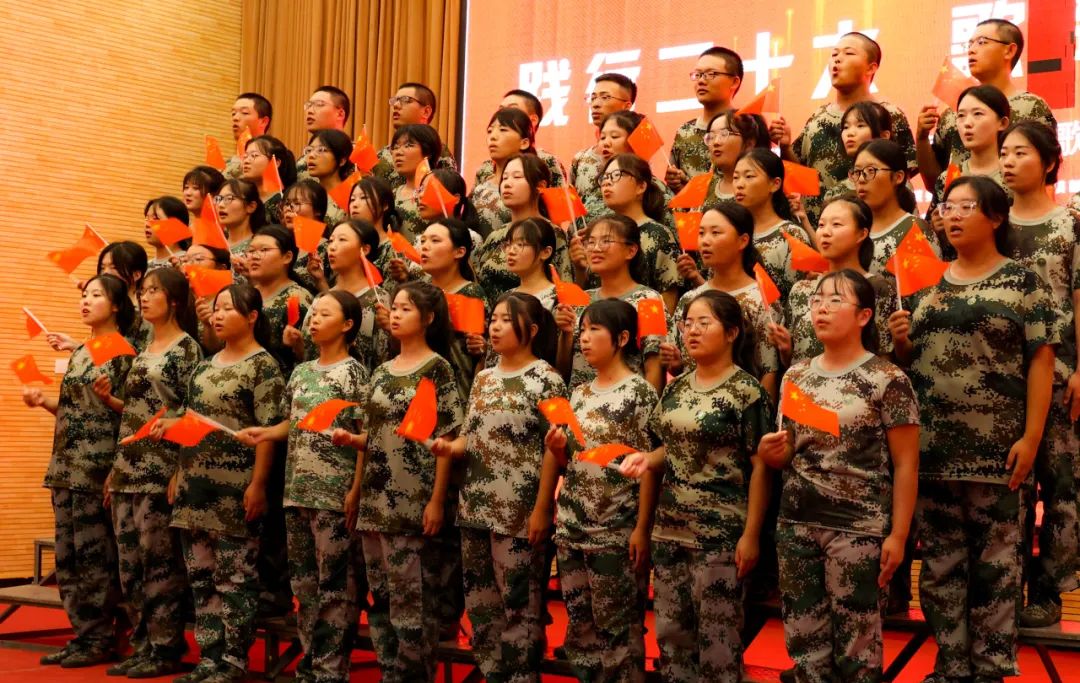
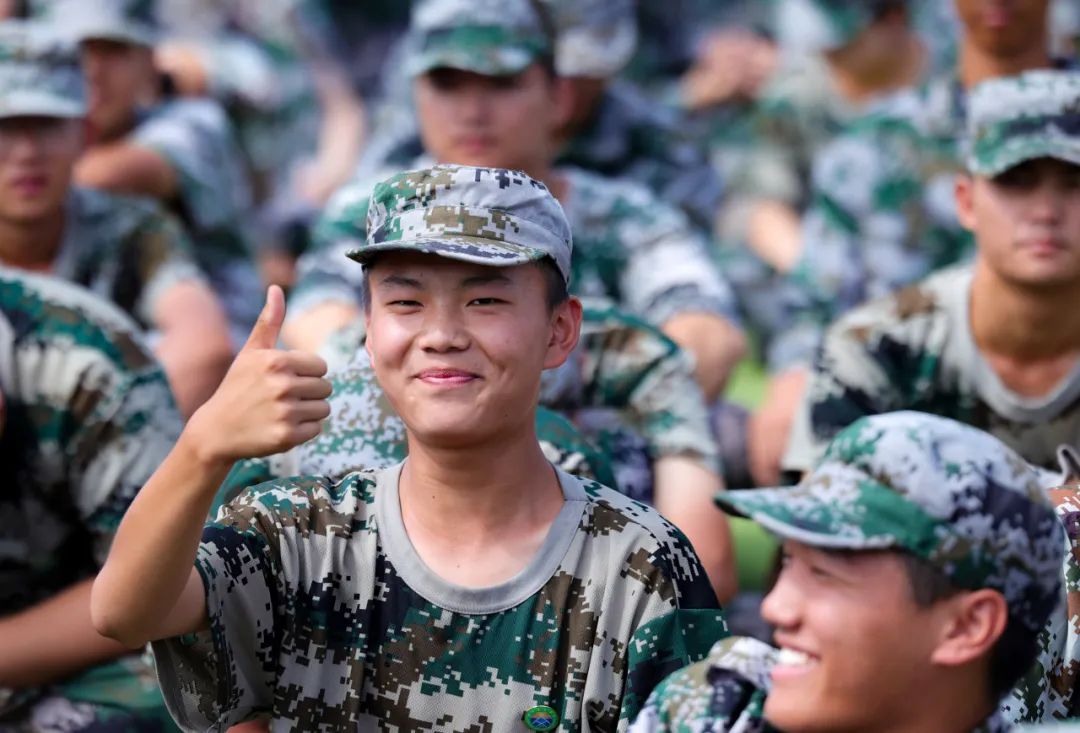
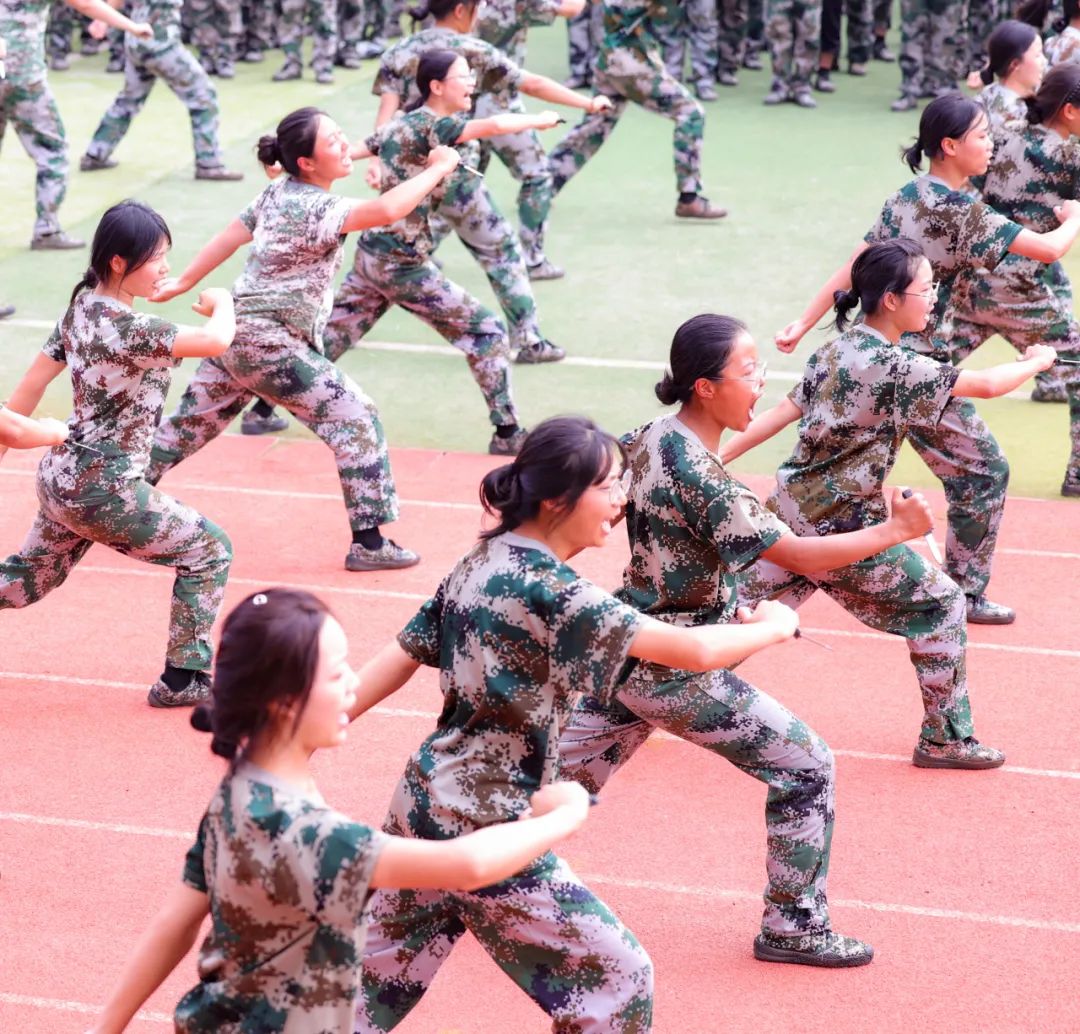
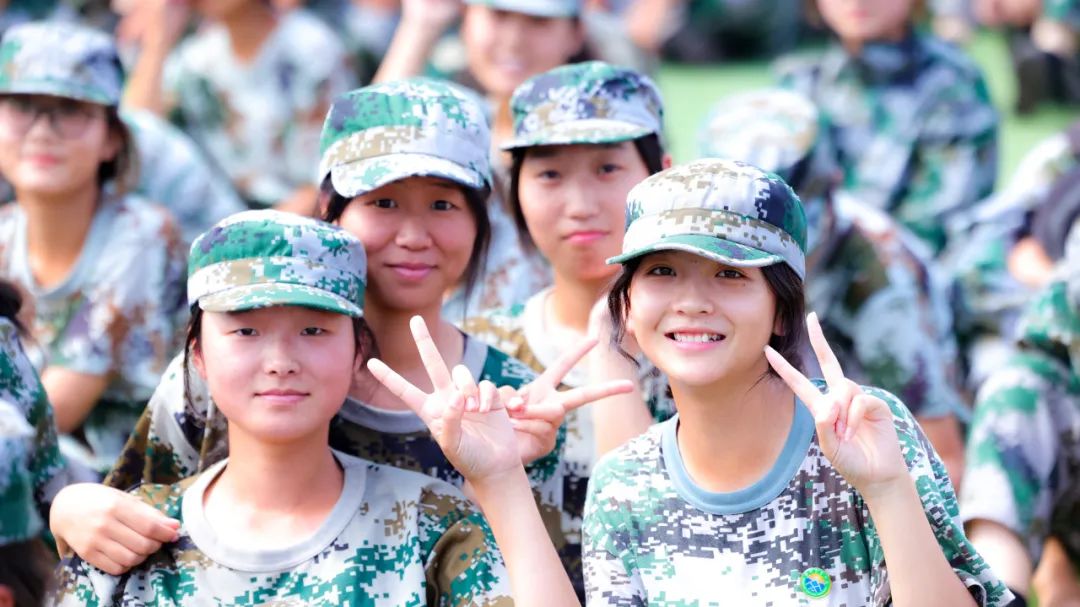
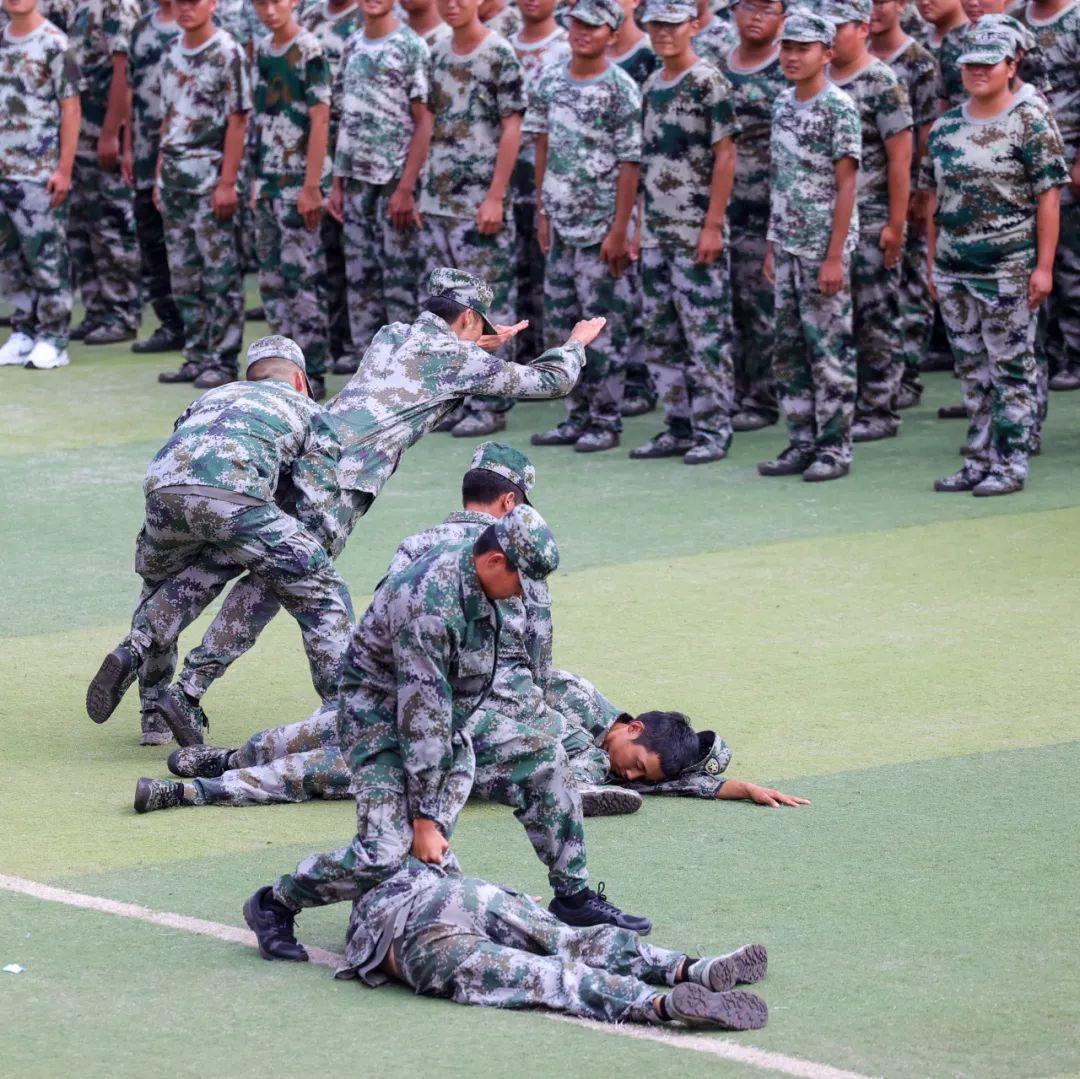
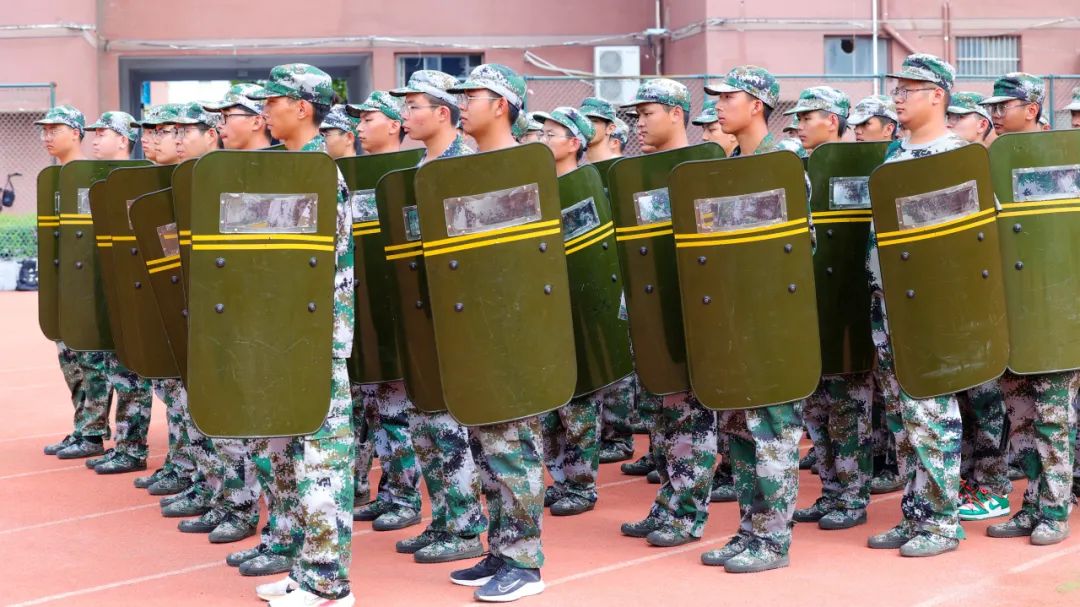
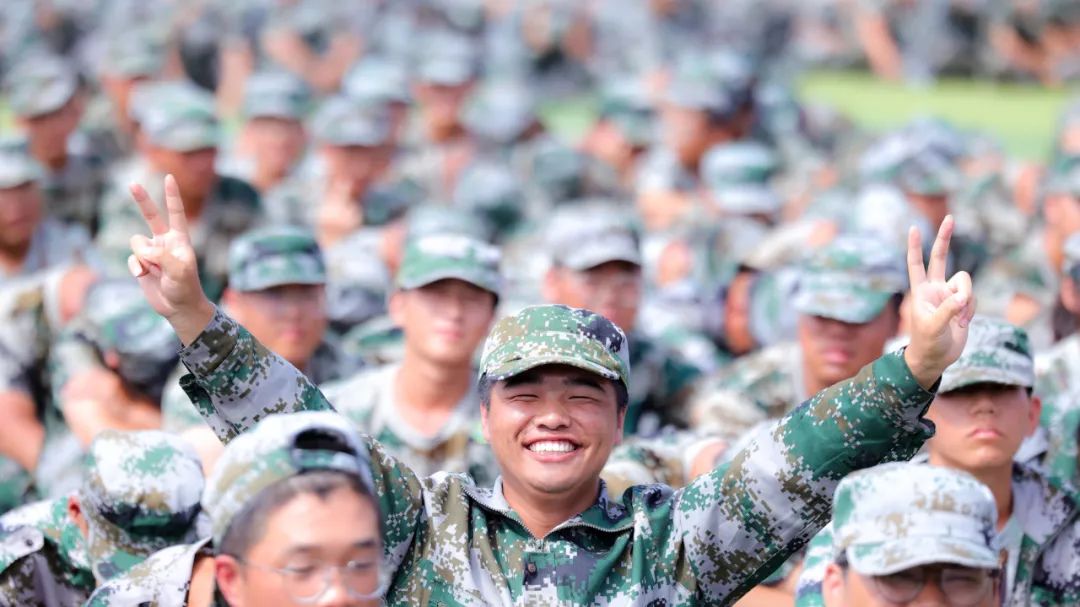
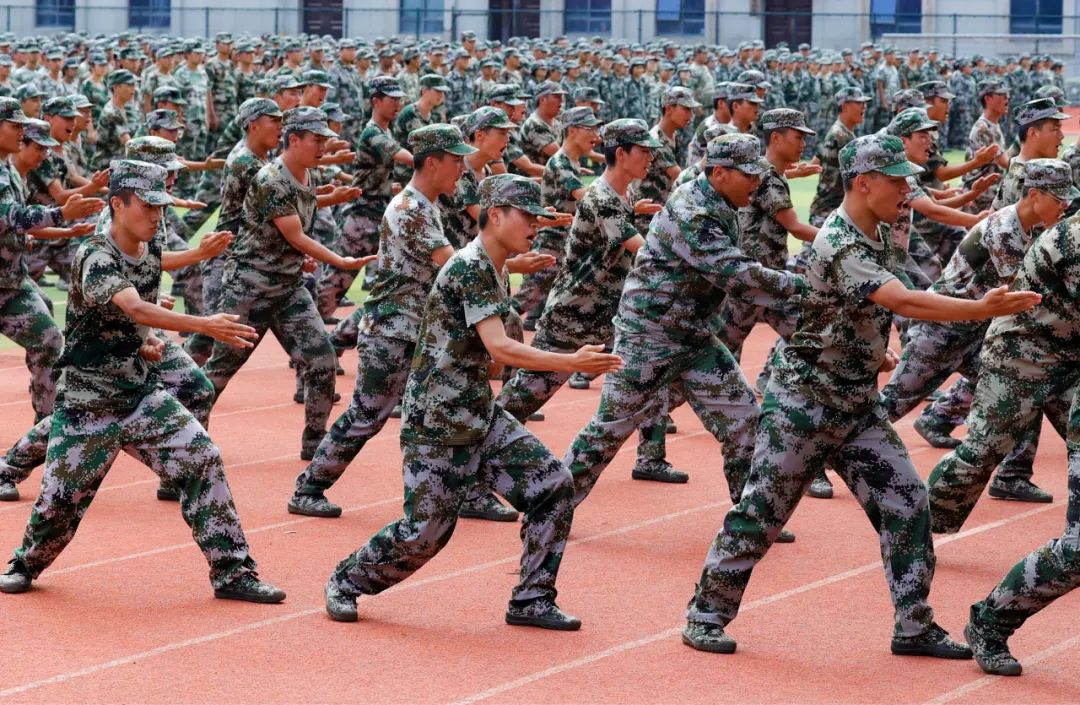
Go from night to dawn, learn to be brave from youth.
The most rigorous training, the most resolute charm, the most joyful smiling face.
Youth and camouflage meet, and sweat and sunshine set each other off.
Shiny youth should be like this, and the future is worth fighting for and looking forward to.
Behind him, the high-speed train galloped past, like youth rushing forward.
The vigorous posture and uniform step sound on the military training ground.
Sit around and chat, revealing a brilliant smile.
It is a beautiful landscape in the new semester of Huangjiao Institute.
He’ nan Institute of Finance and Economics
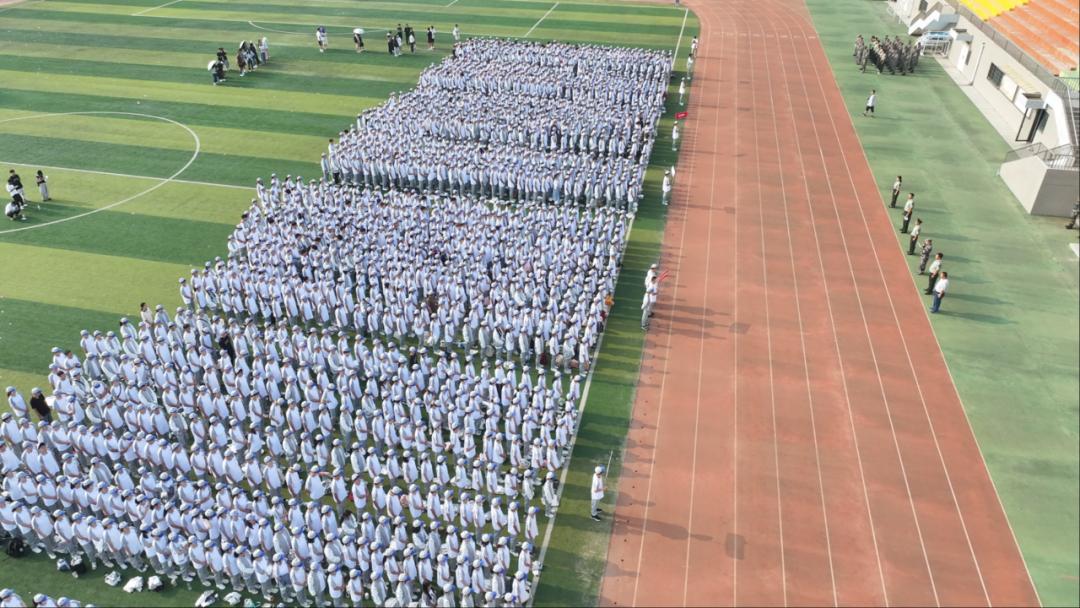
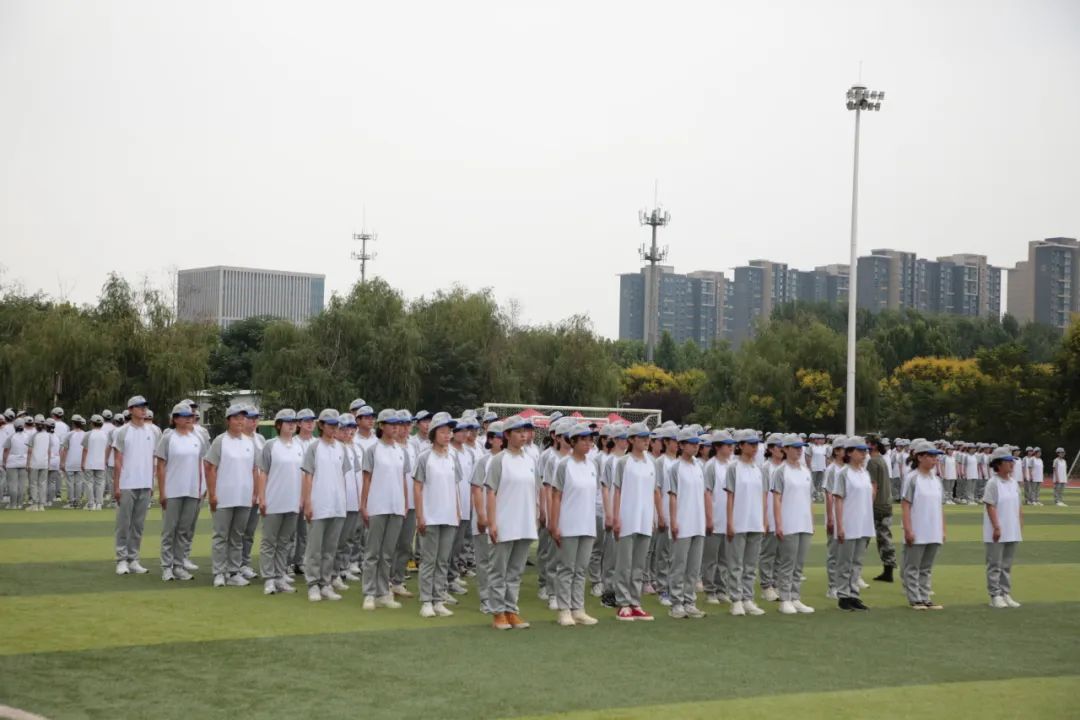
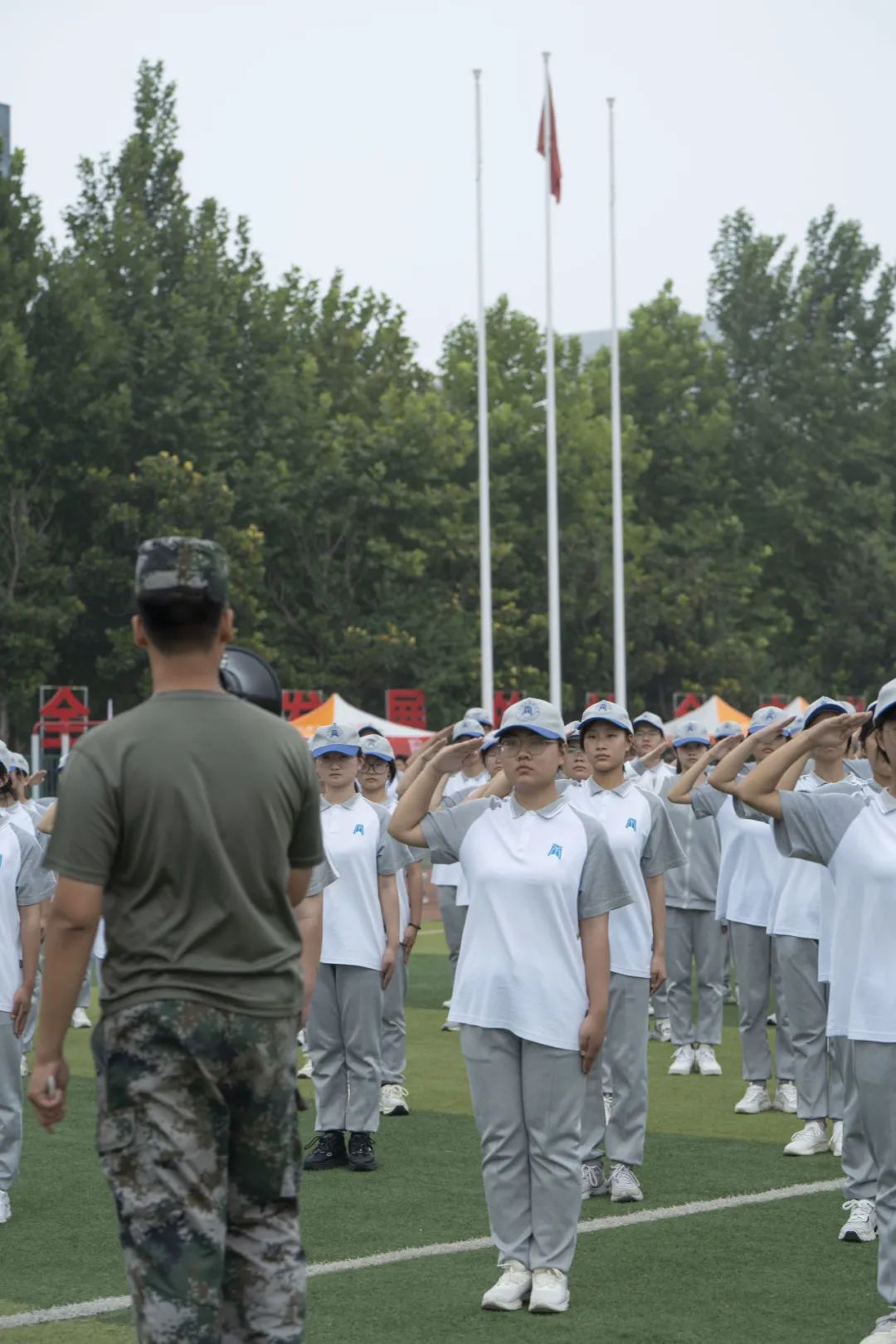
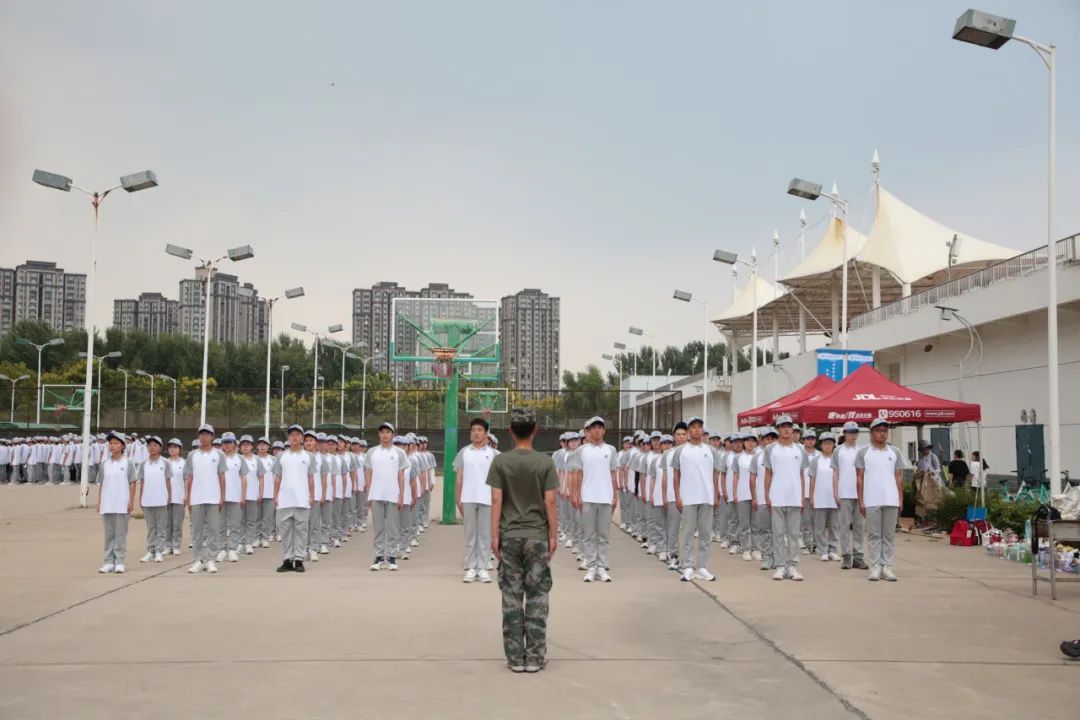
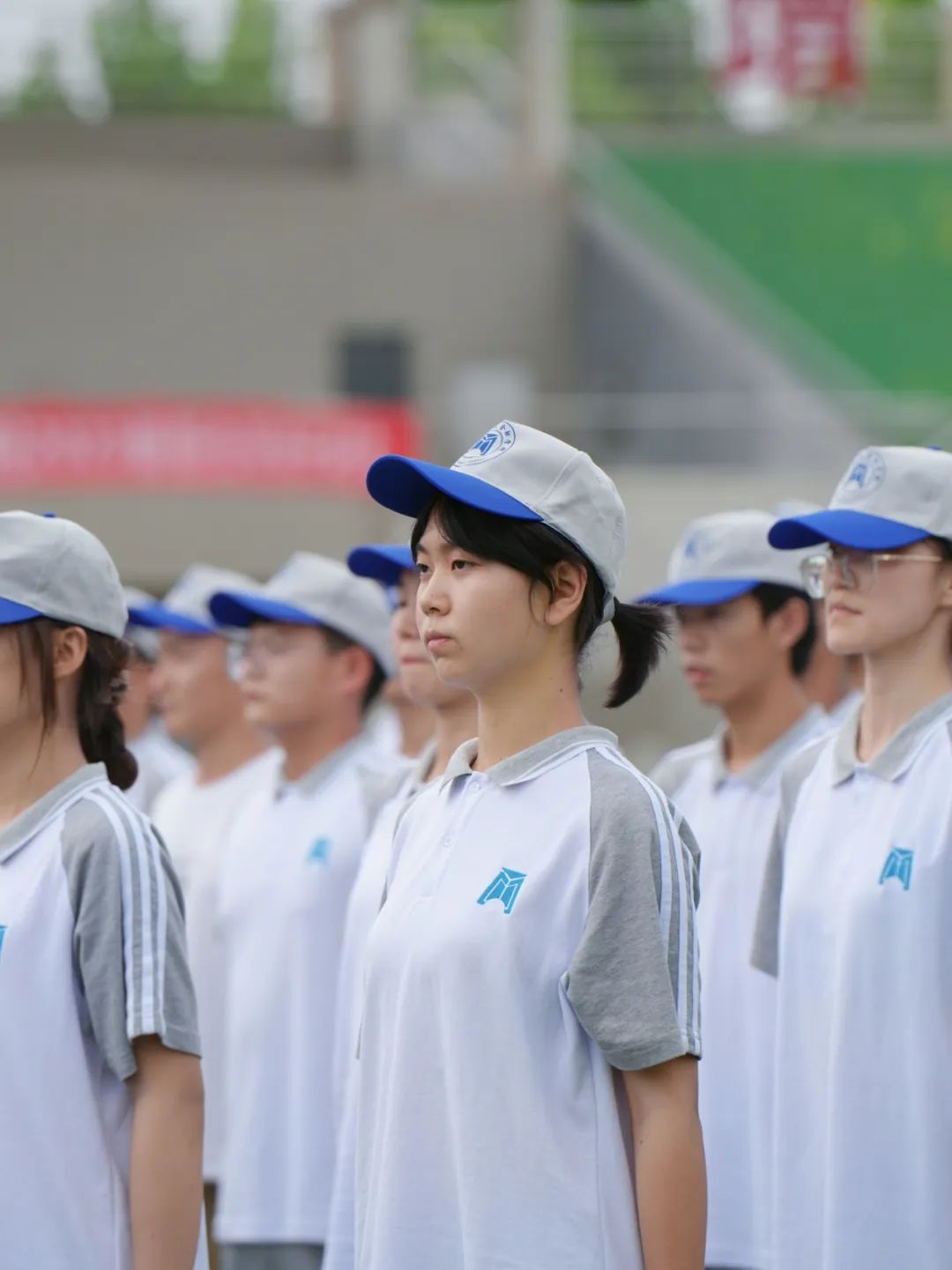

Military training is a sign of youth.
It’s a long beginning, but it’s unforgettable.
bright and brave
Tall and straight posture
A neat movement
Loud slogan
Students continue to grow under the experience.
Zhengzhou Institute of Engineering and Technology
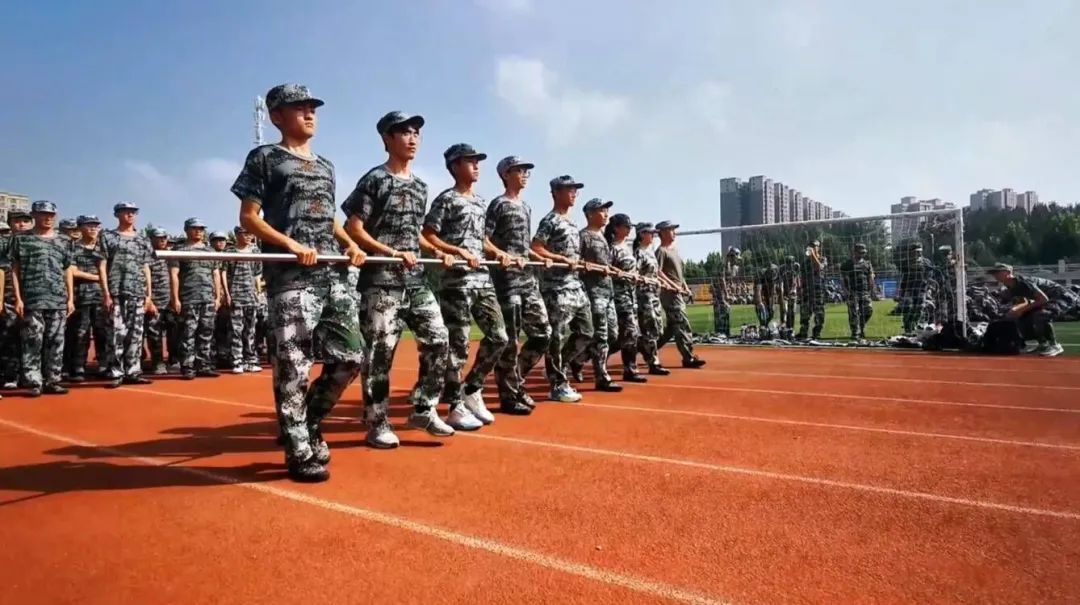

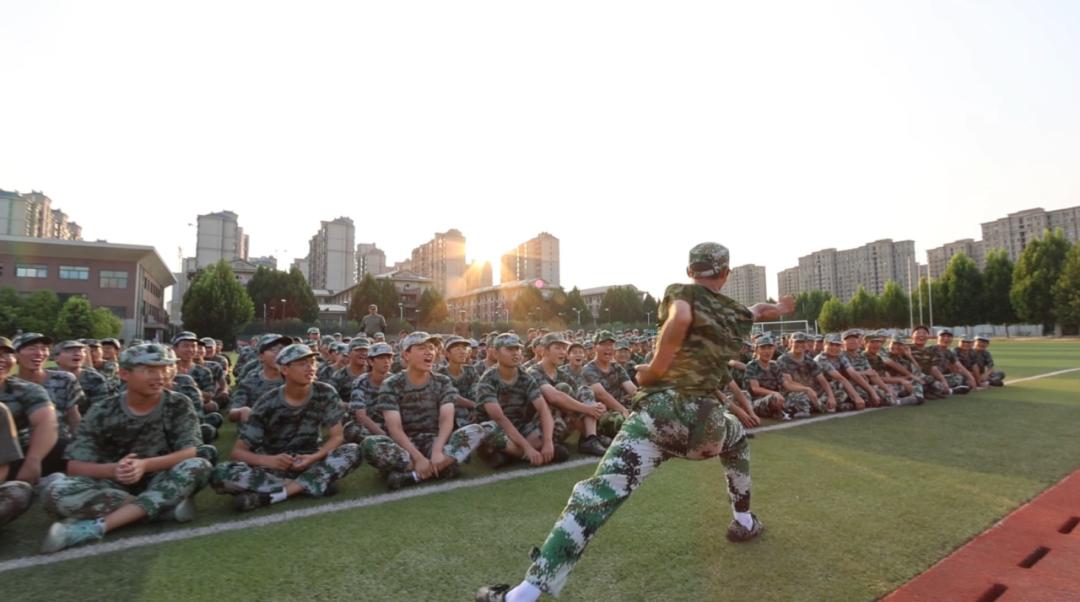
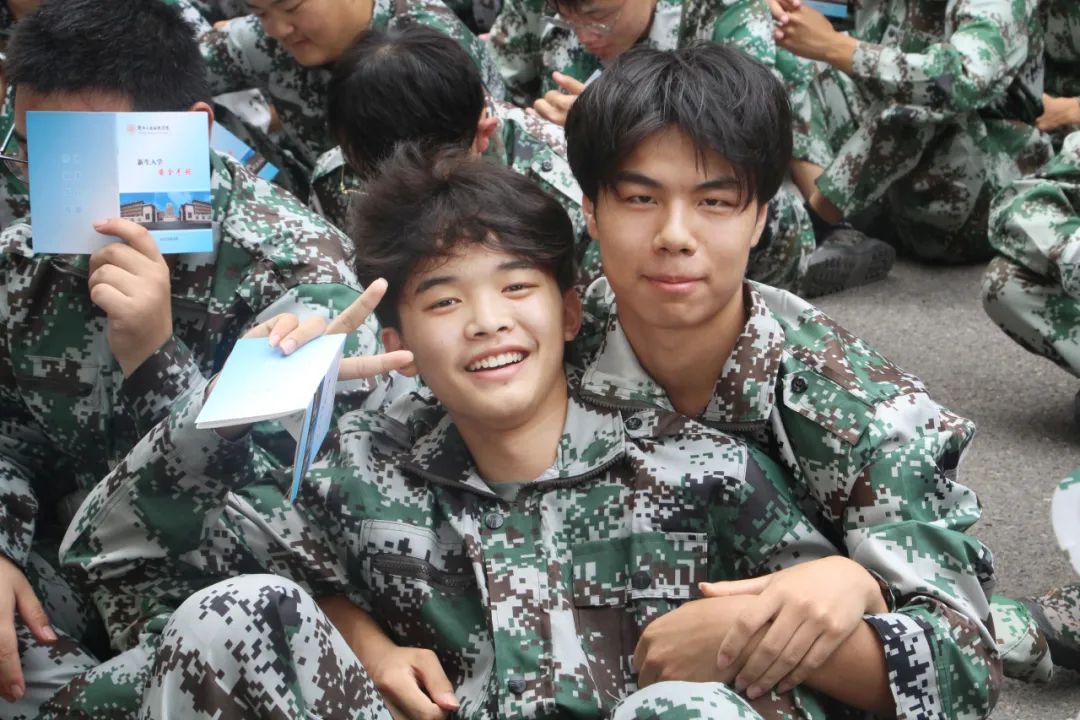
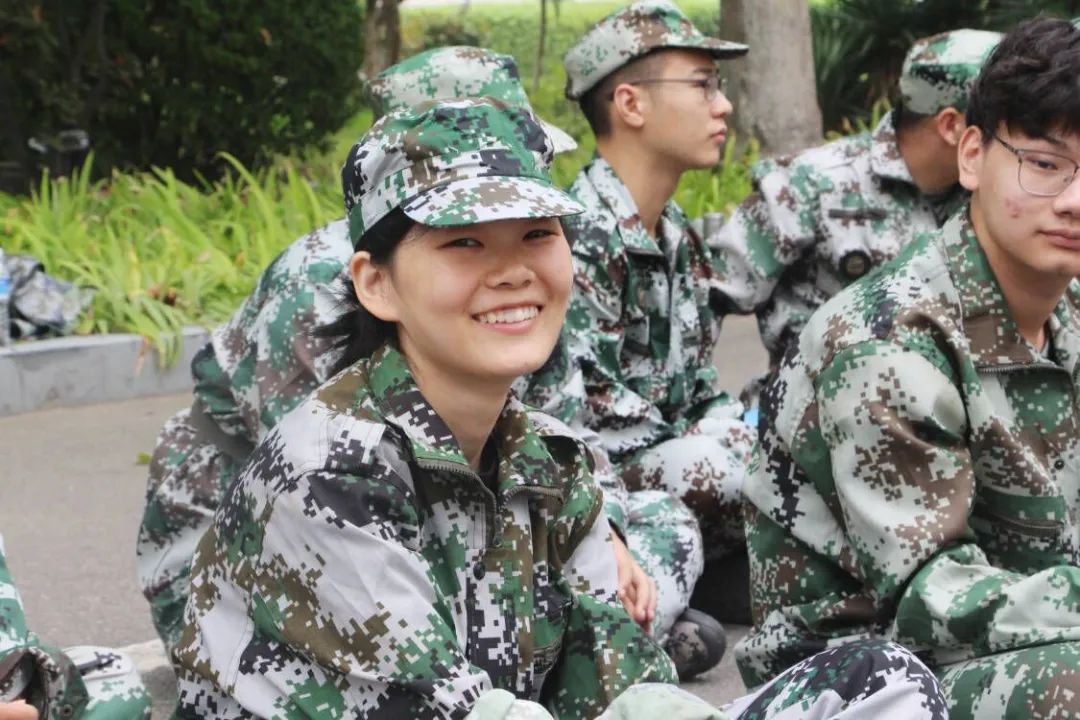
The military training in the camouflage campus lights up the youth, and the freshmen have gained growth and friendship during this precious time. Let’s cheer for them and wish them more dazzling light in the future!
Kaifeng Science and Technology Media College
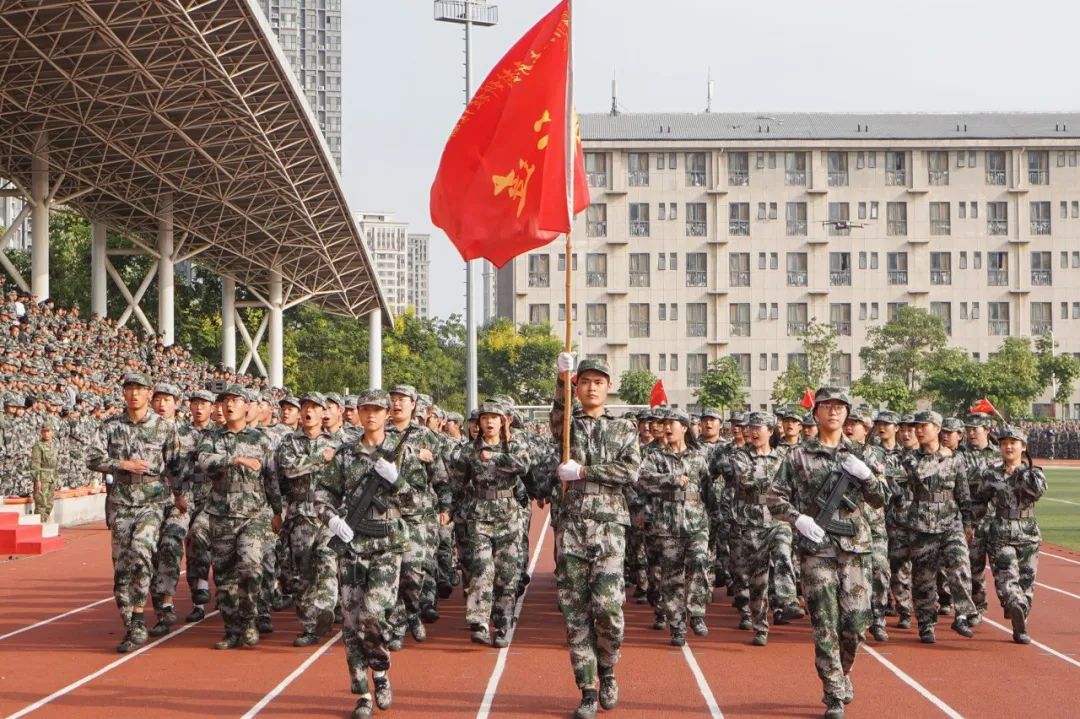
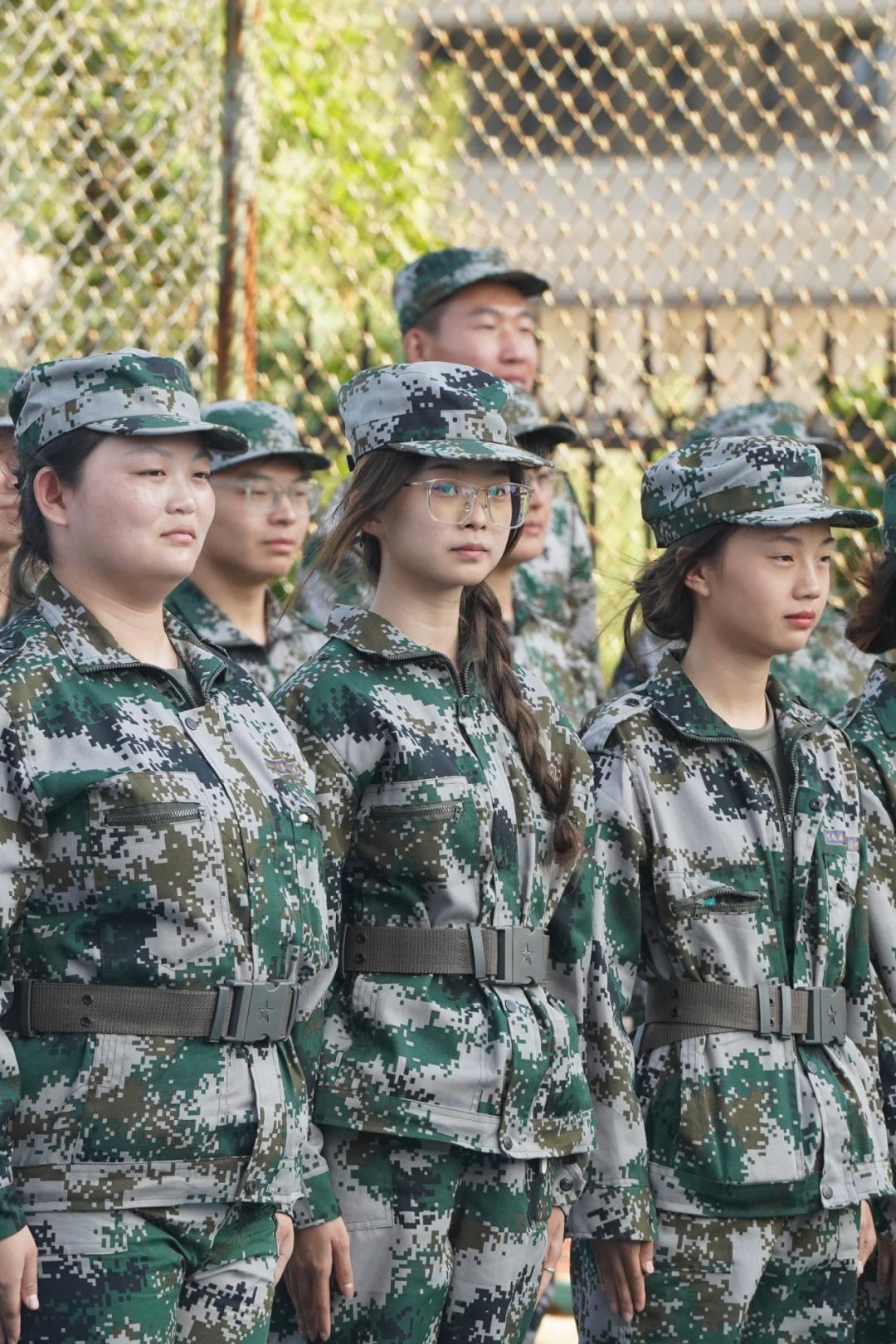
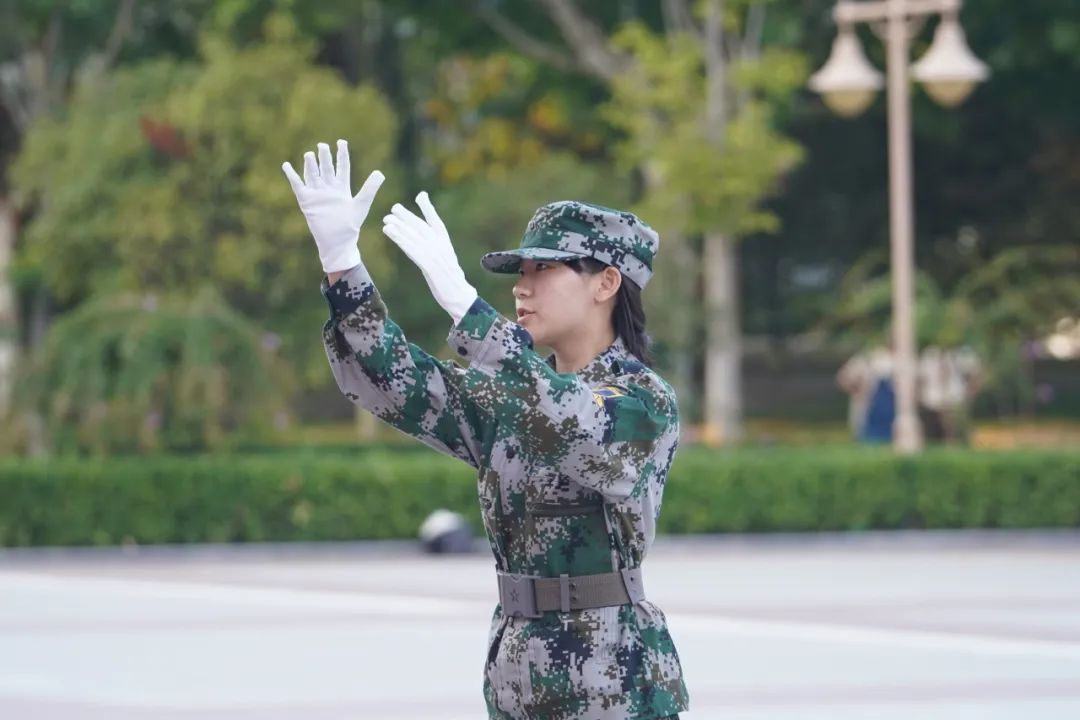
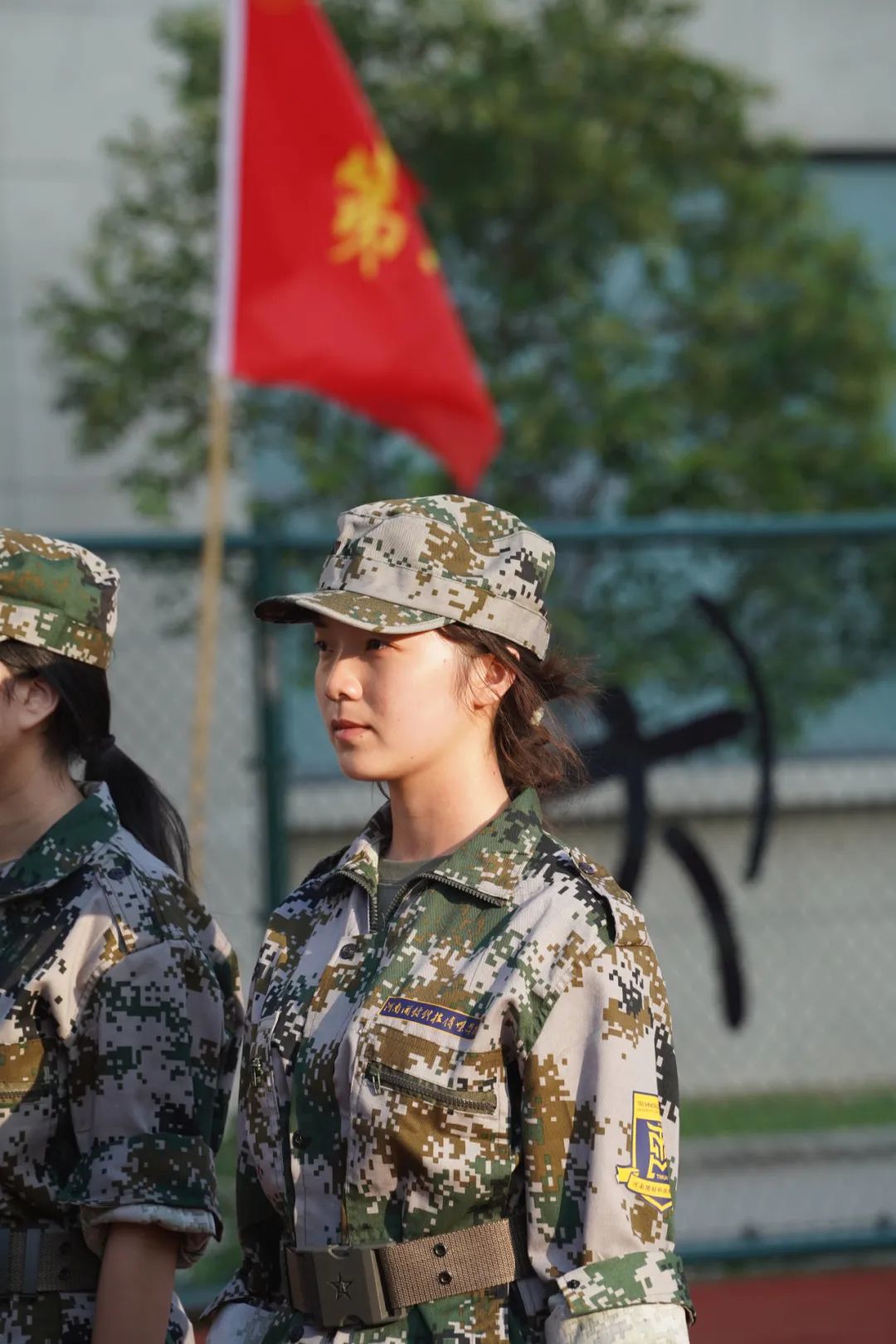
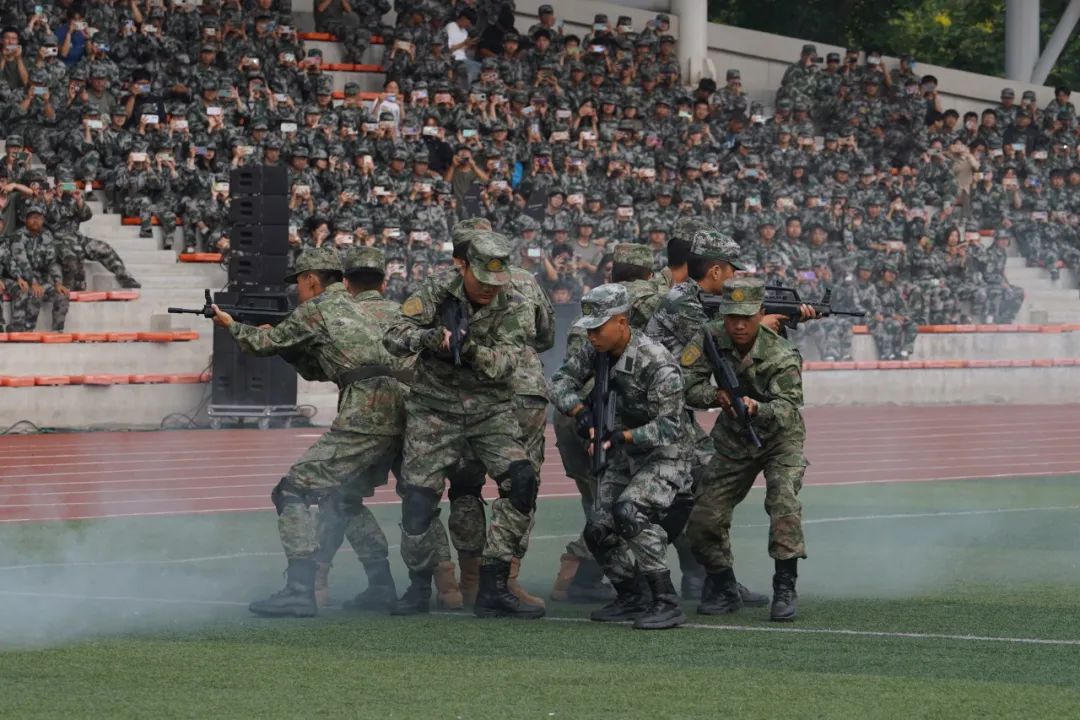
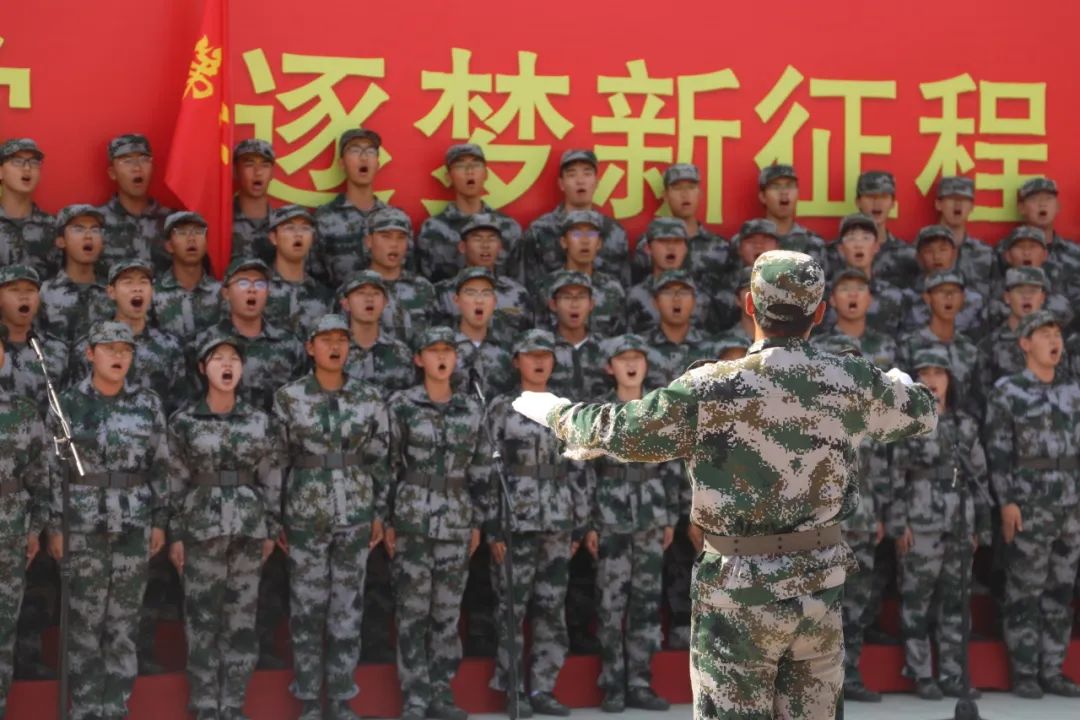
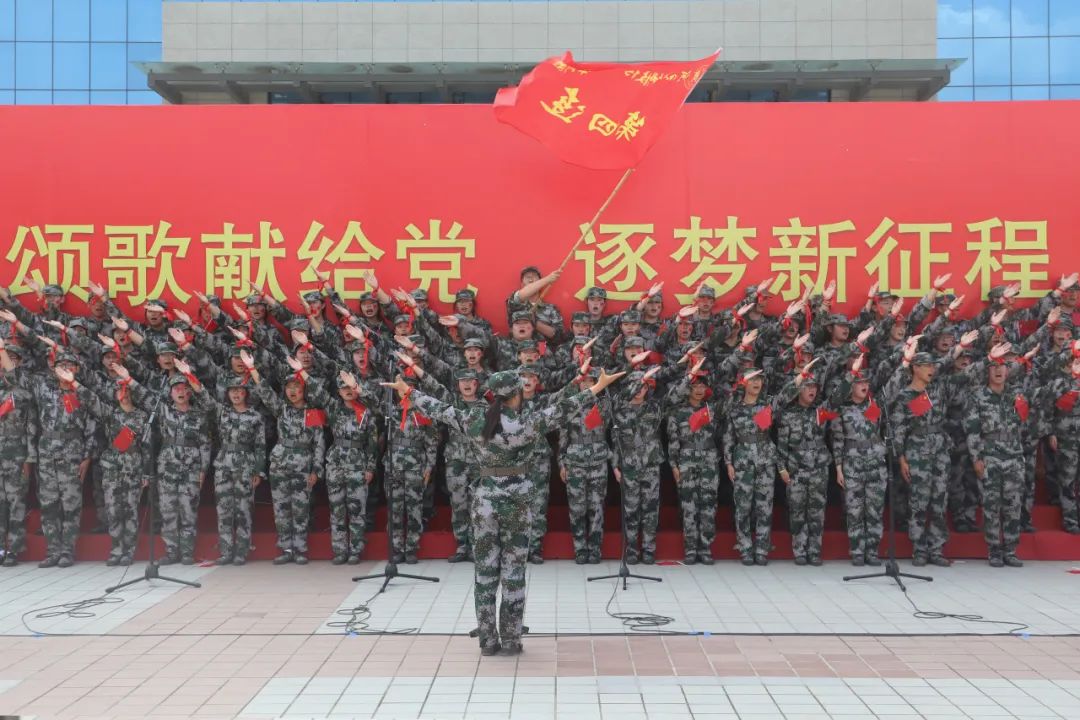
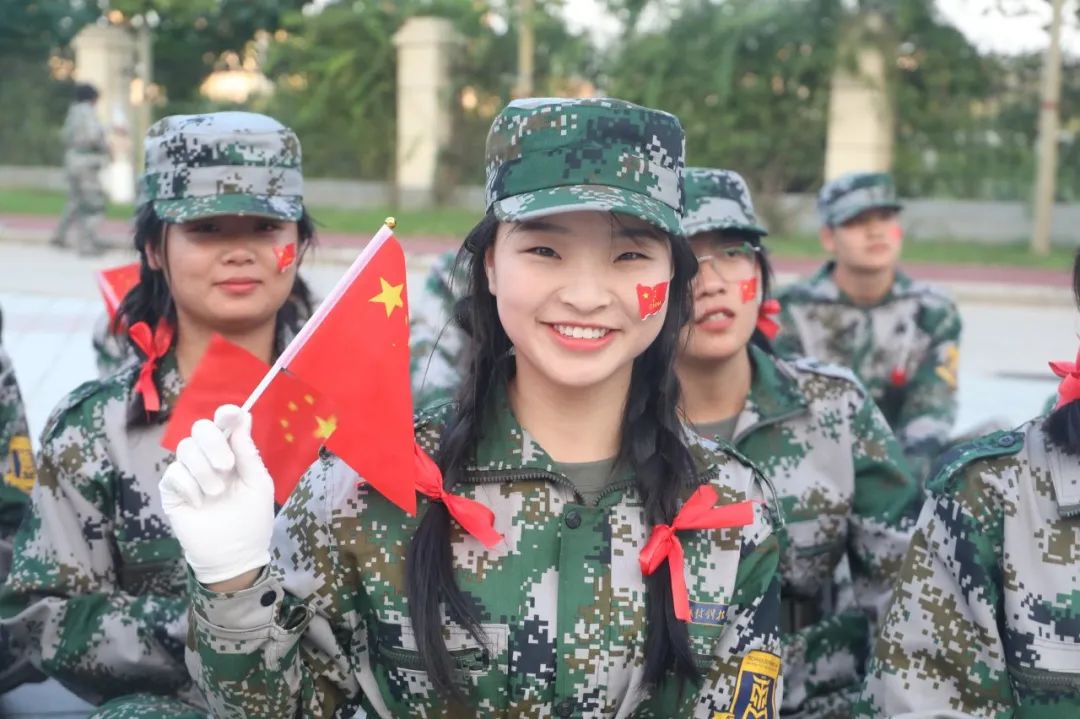
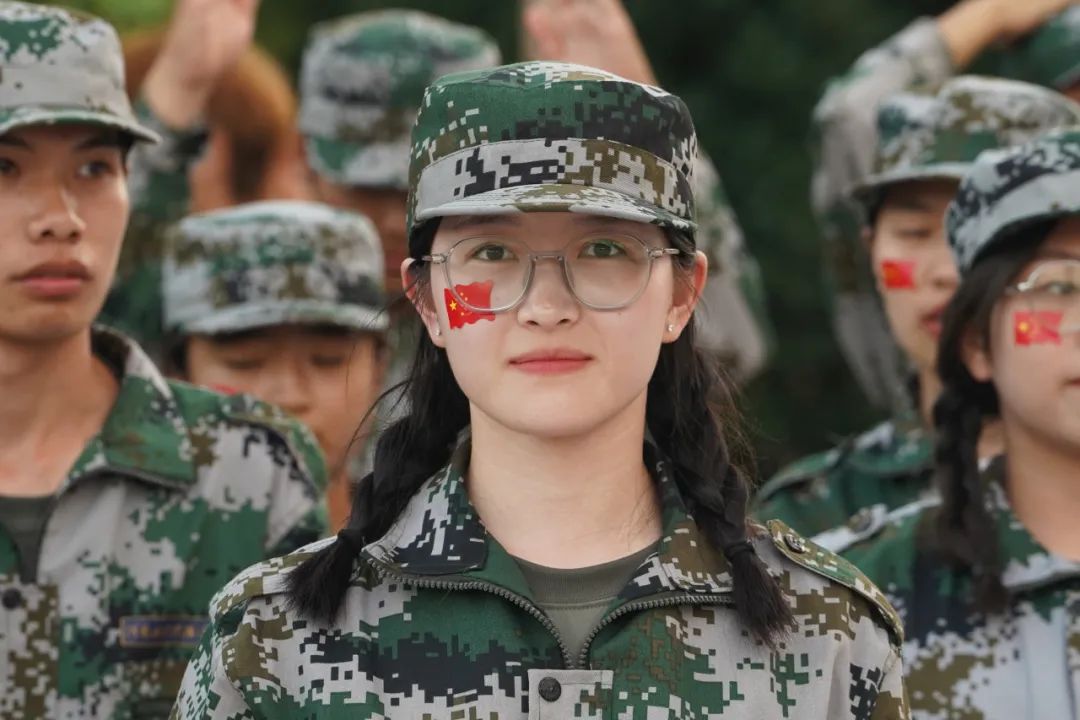
Under the scorching sun, they stood upright and accepted the baptism of the sun. Military training, experiencing soldiers’ dashing and iron discipline, also gives everyone an excellent stage, in which they gain self-confidence and perseverance, and interpret this gorgeous and magnificent movement of university military training with unique style.
Sanquan College of Xinxiang Medical College
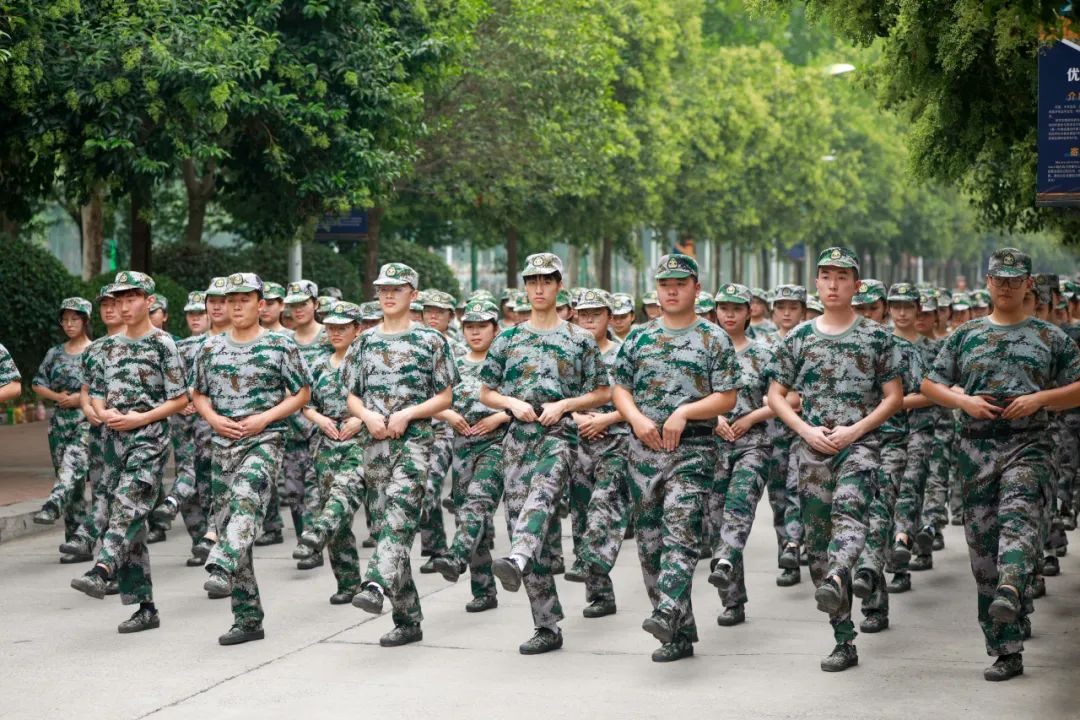
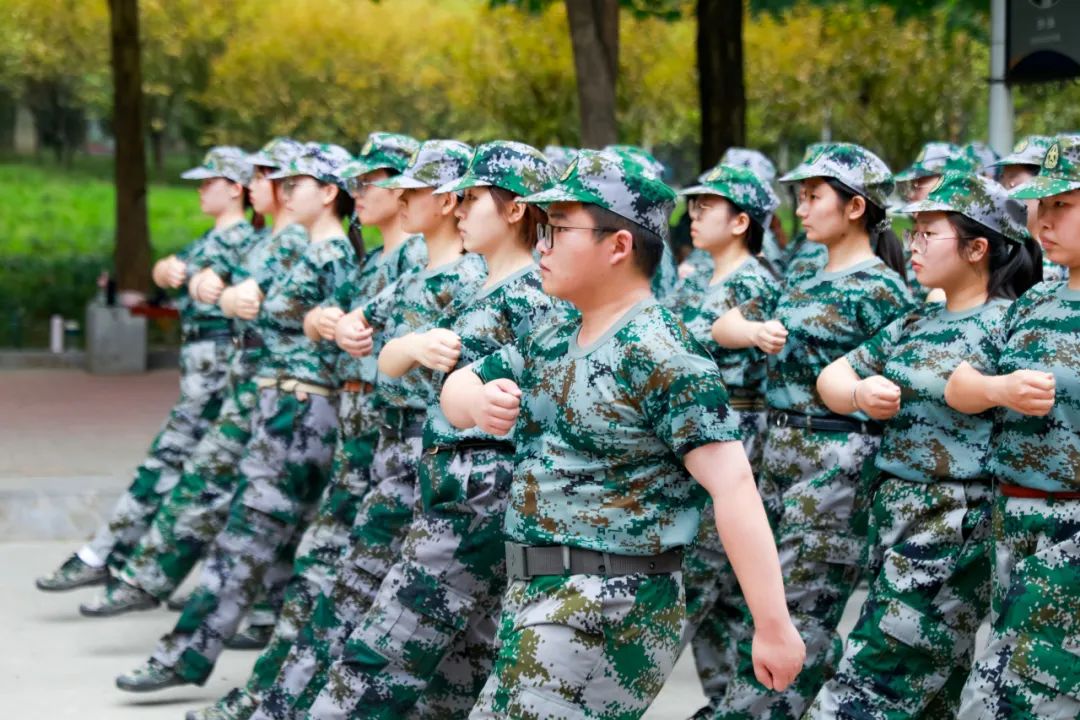
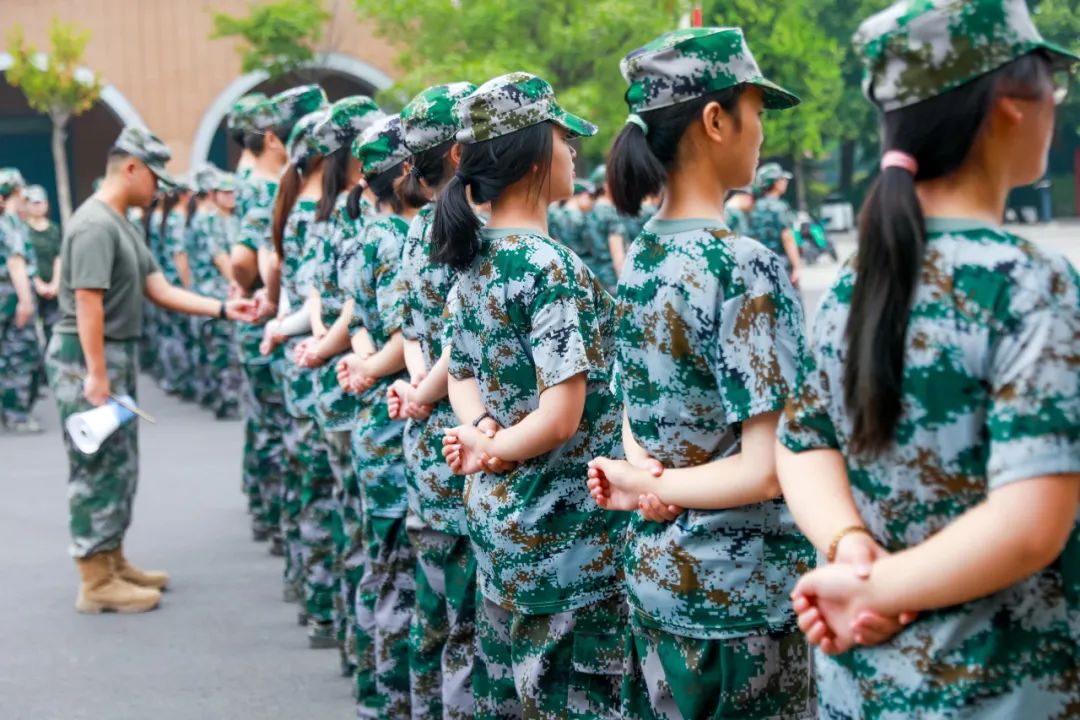
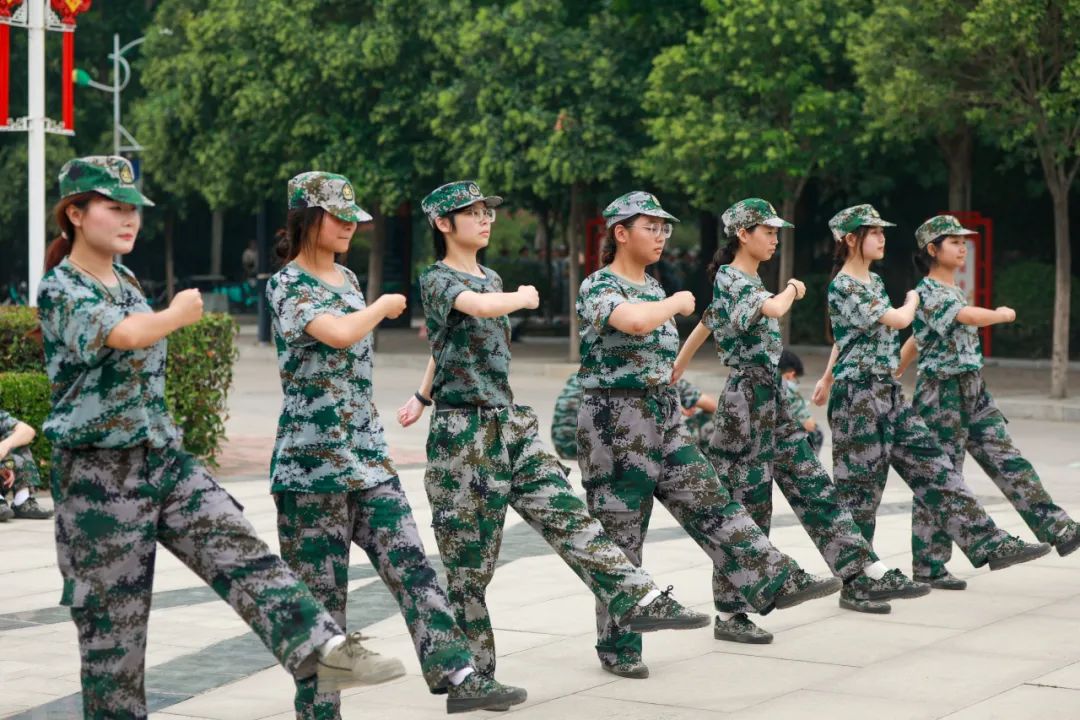
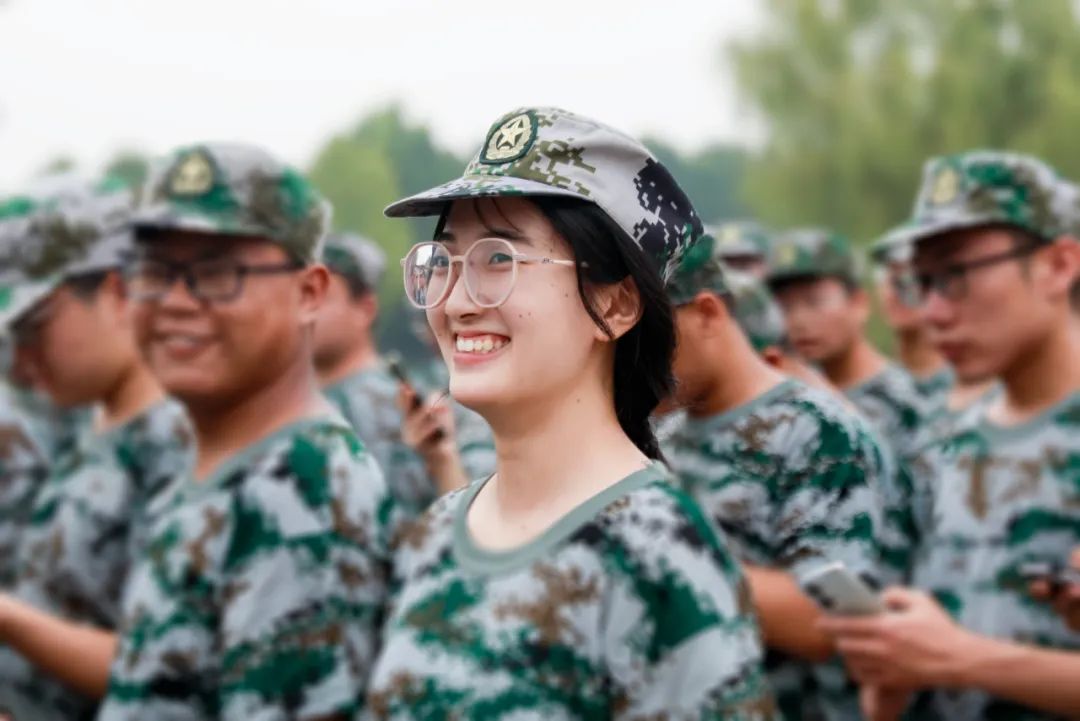
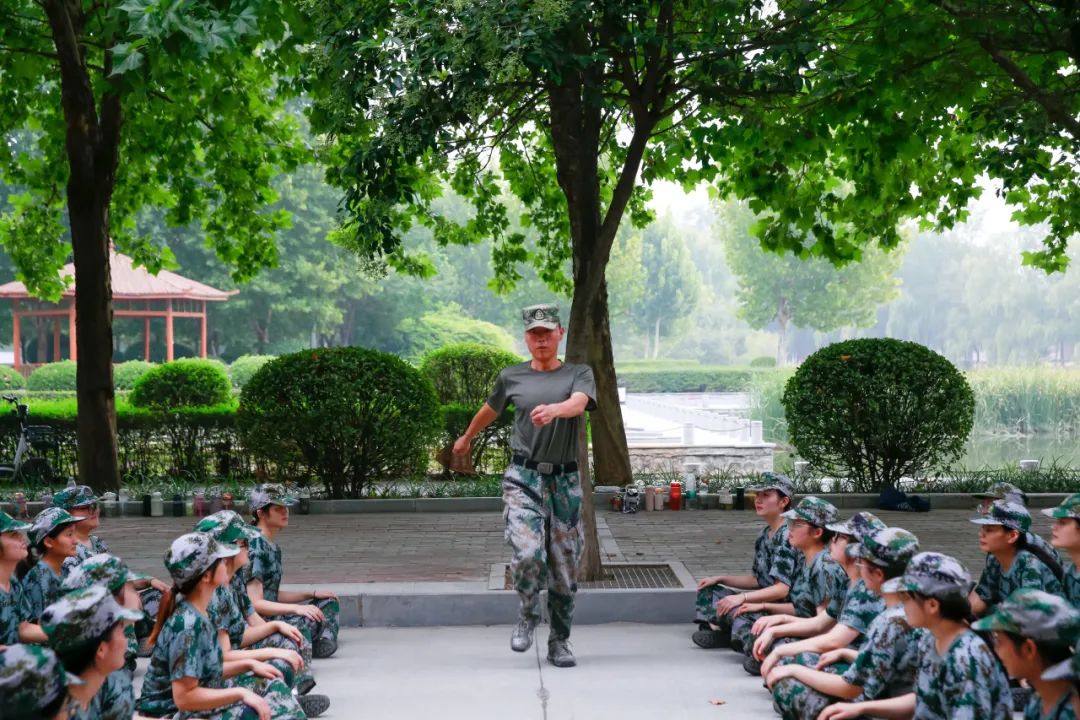
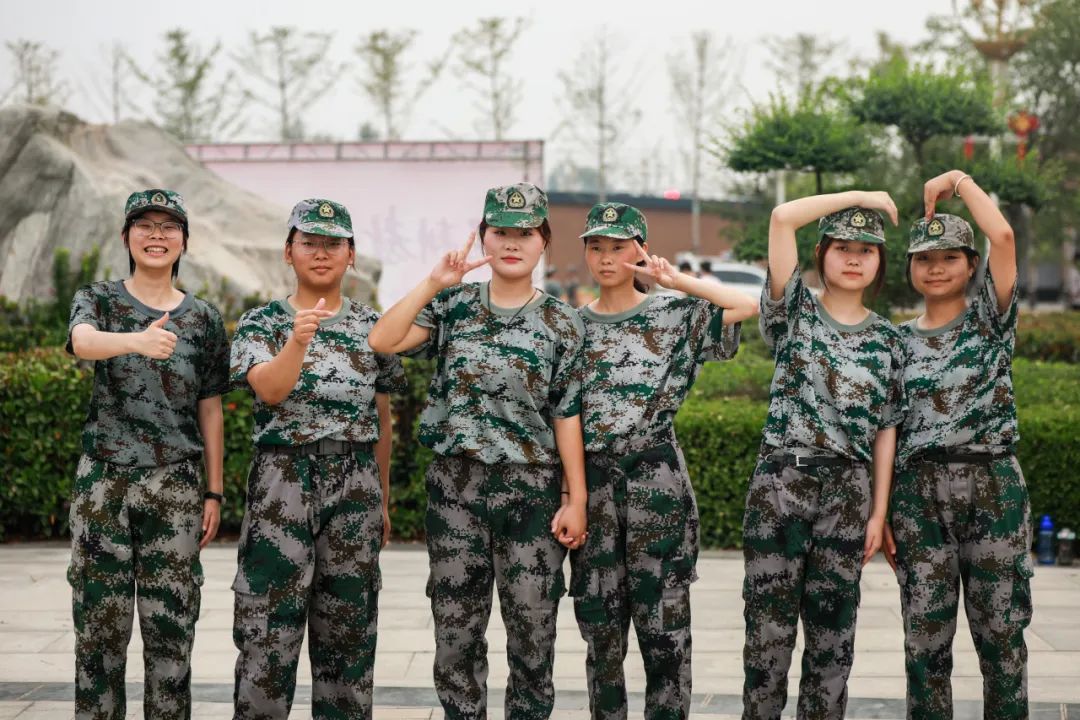
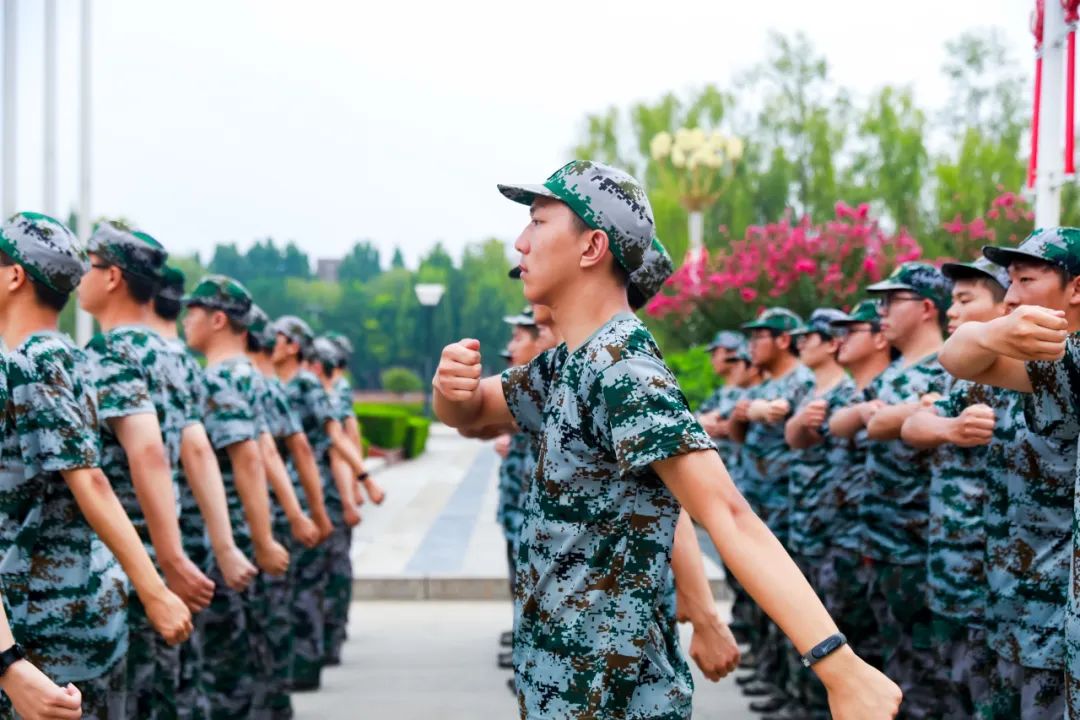
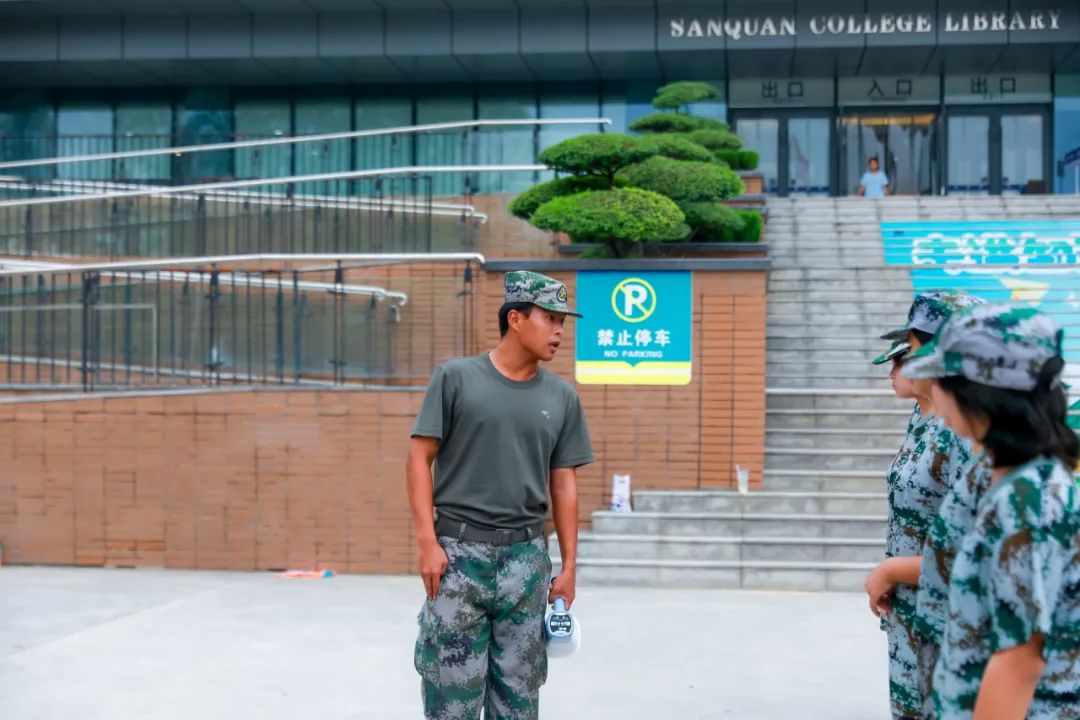
There are ideals in the heart and strength under the feet.
Military training is the first lesson in college life.
With the blazing sun on his head,
Wearing a green camouflage uniform,
With vigorous and uniform steps,
Freshmen from Sanquan College of Xinxiang Medical College in 2023
Line up neatly and imposing.
Zhengzhou Economic and Trade College
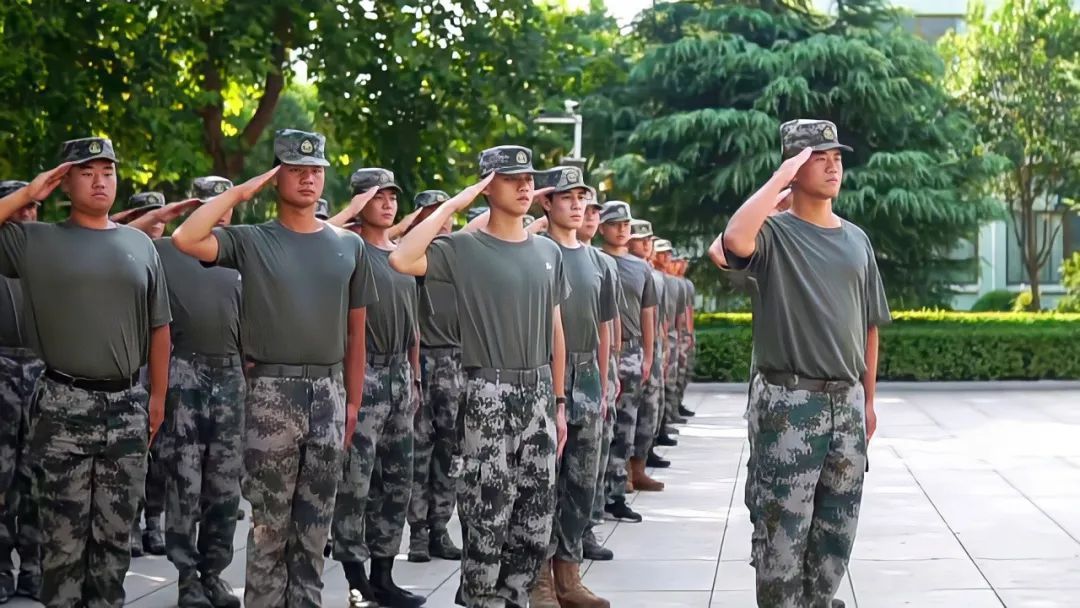
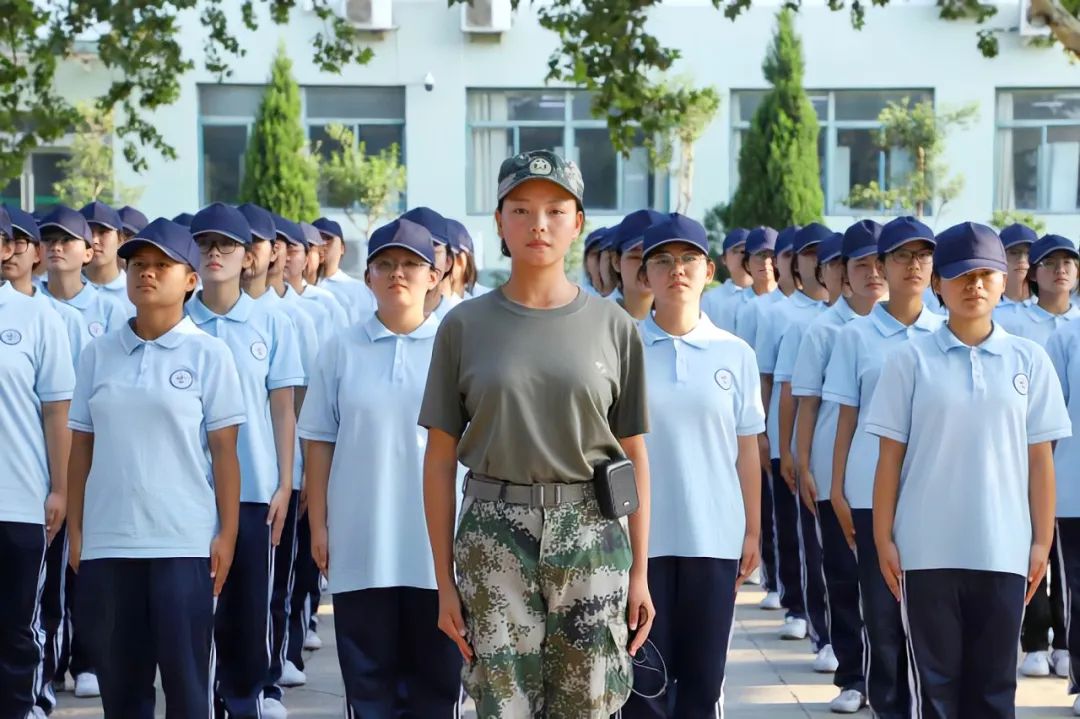
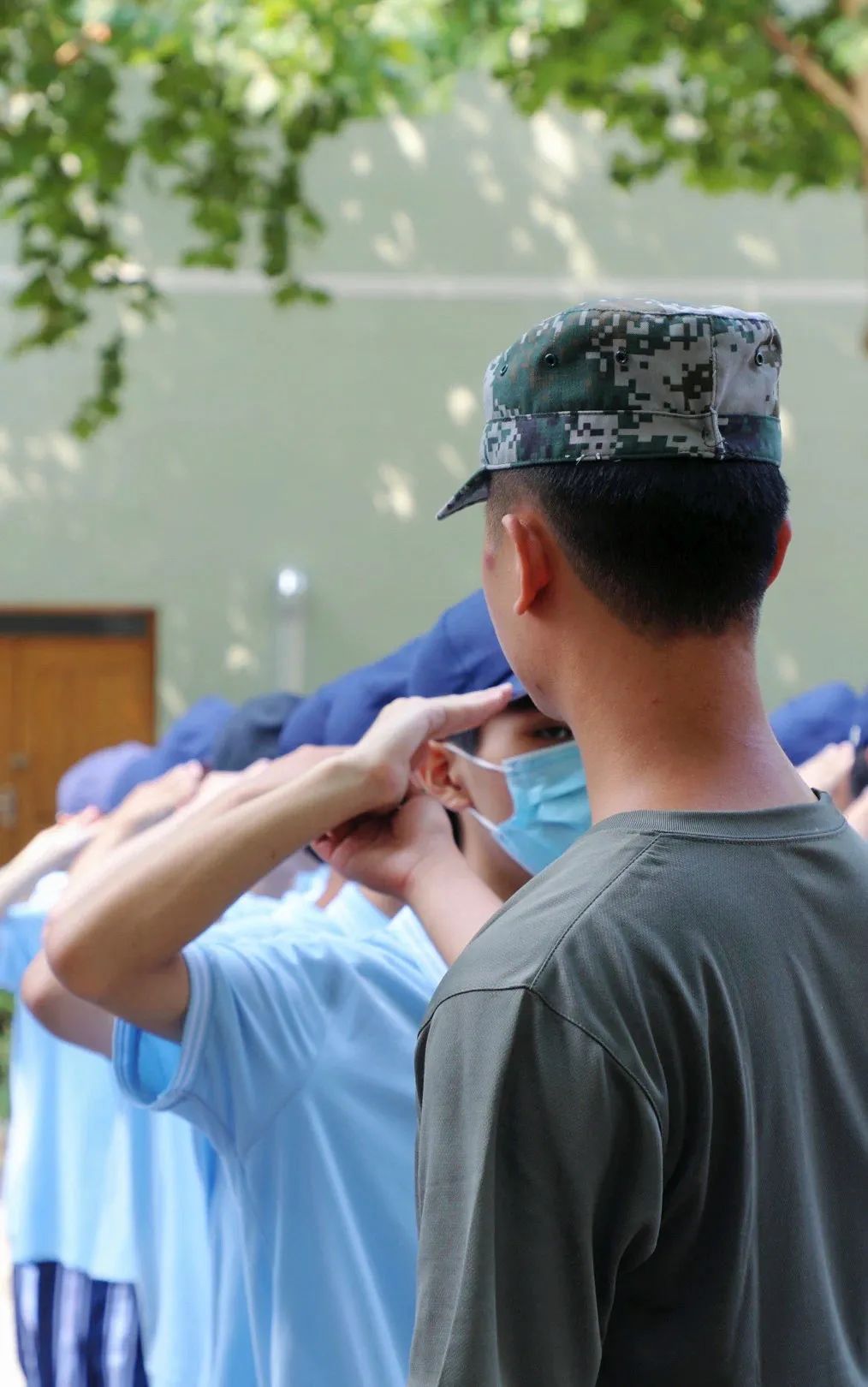
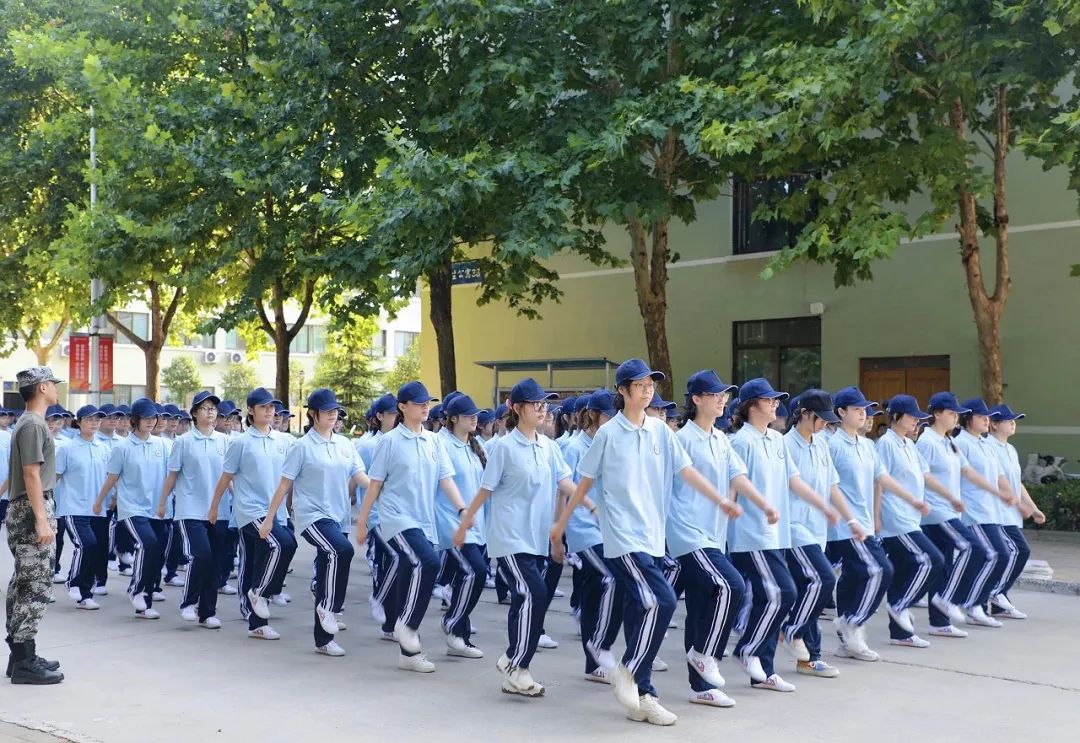
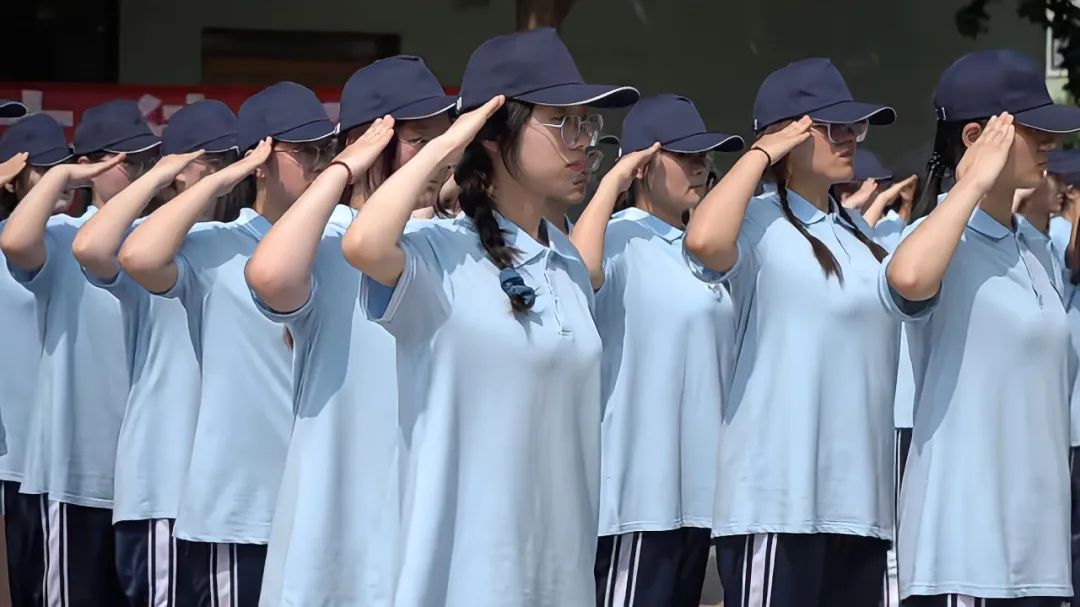
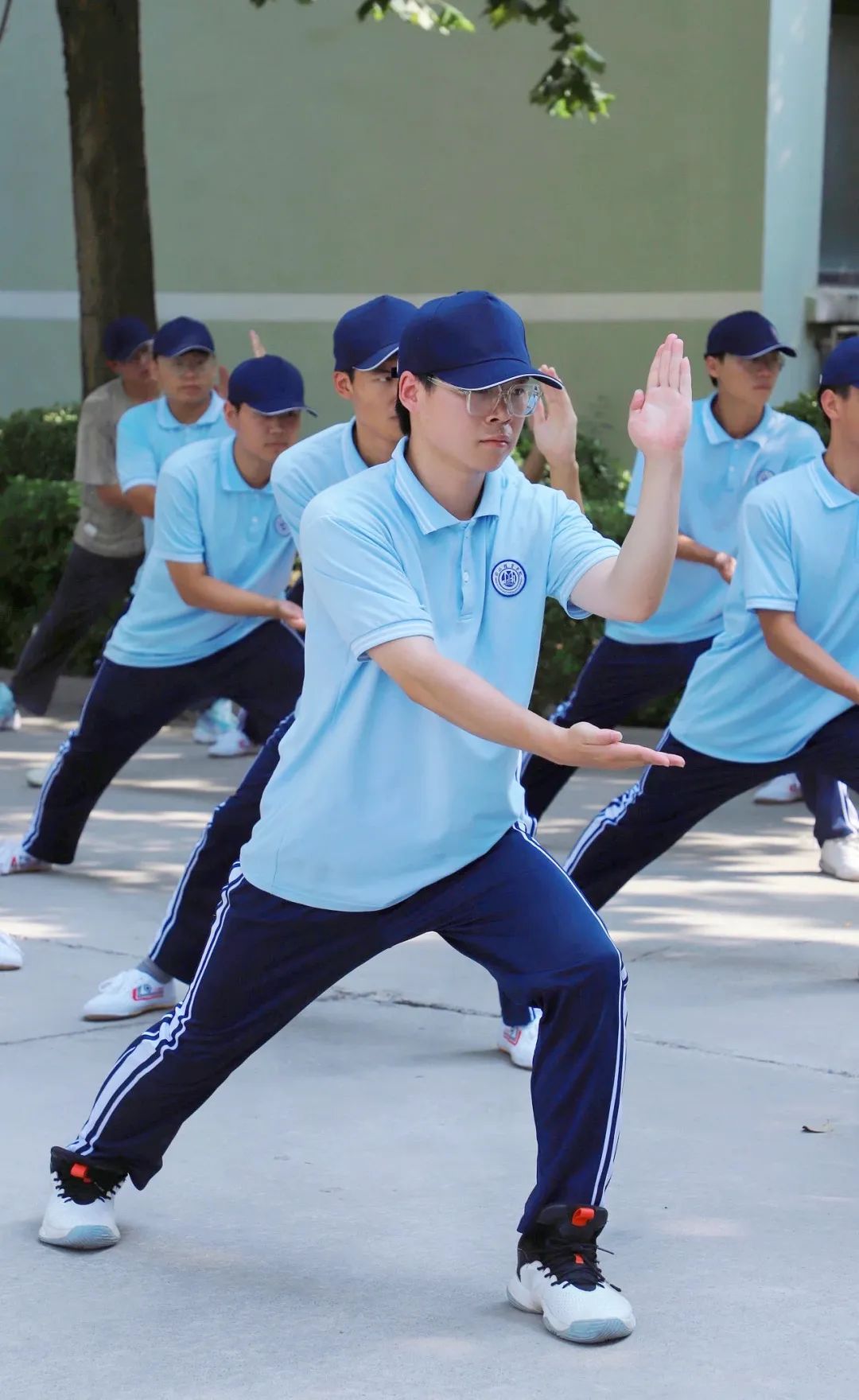
The slogan of military training echoes the campus, and youth is quenched in the challenge of self, which becomes an indelible memory. Take off the tired and boiling blood and still look forward to tomorrow morning.
zhengzhou electric power college
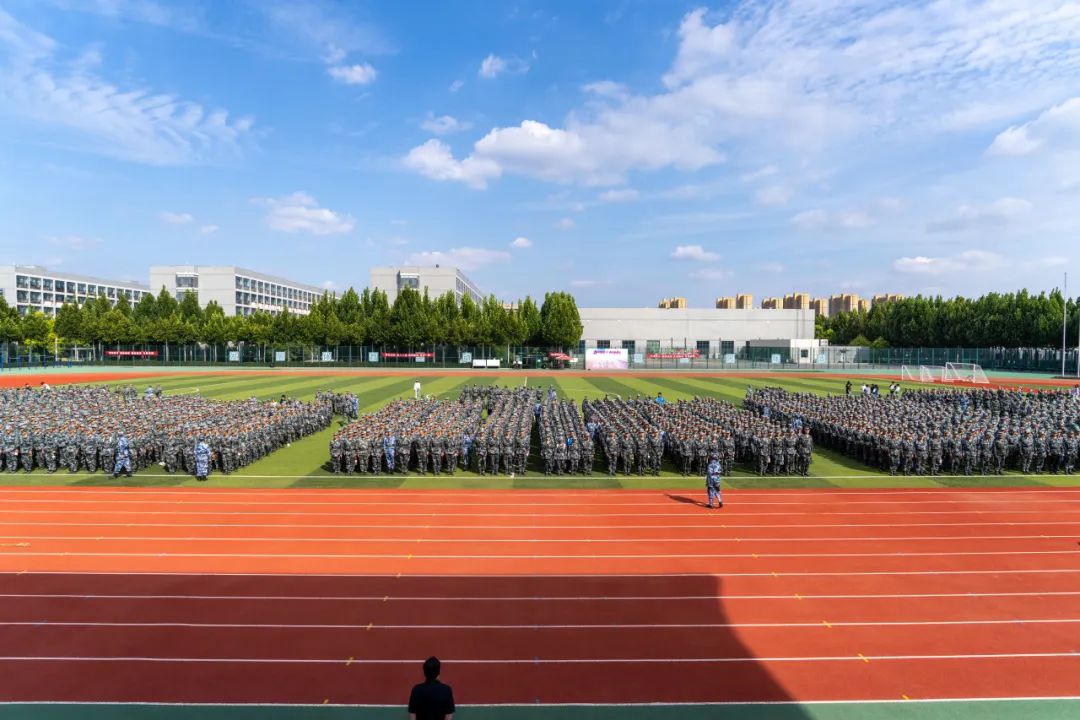
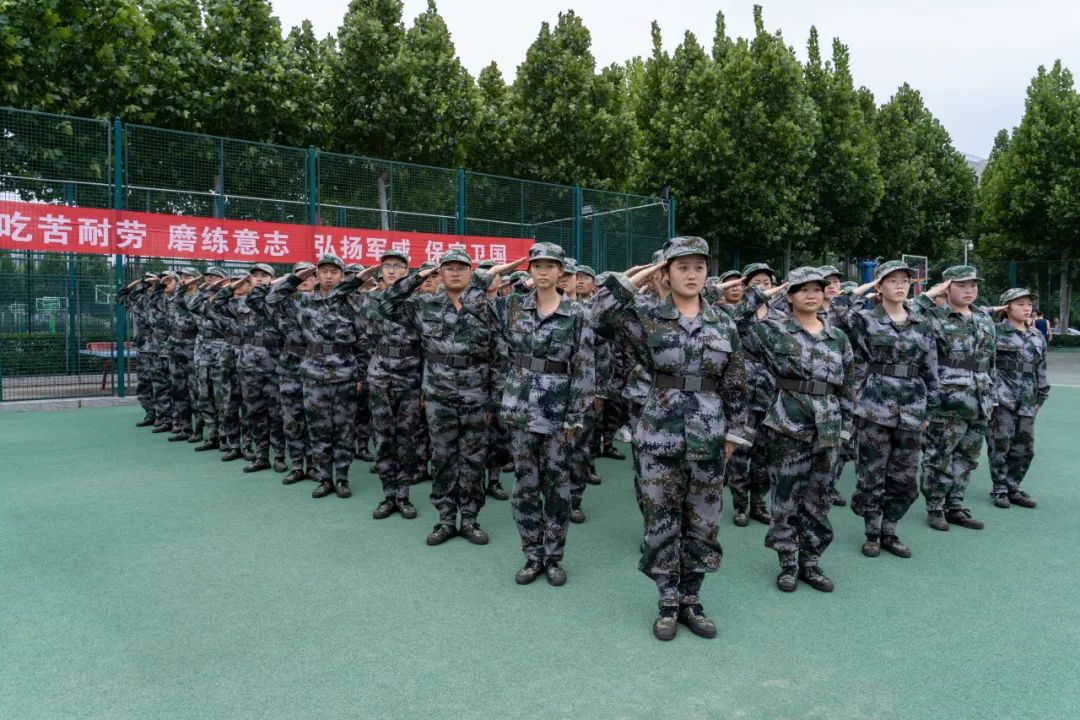
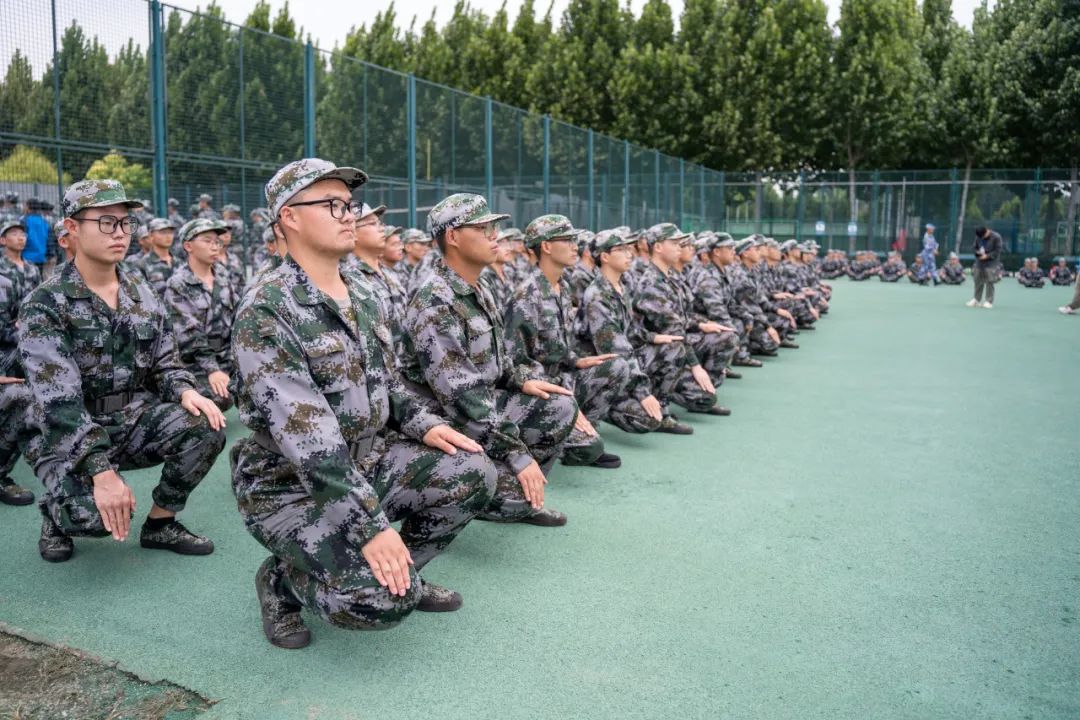
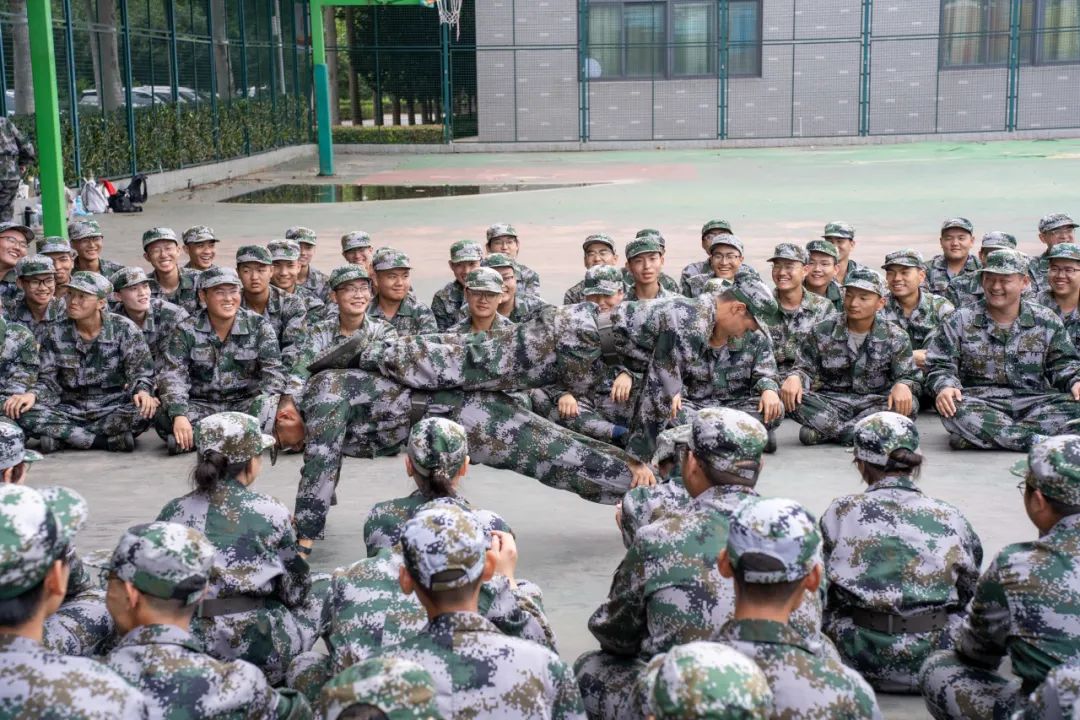
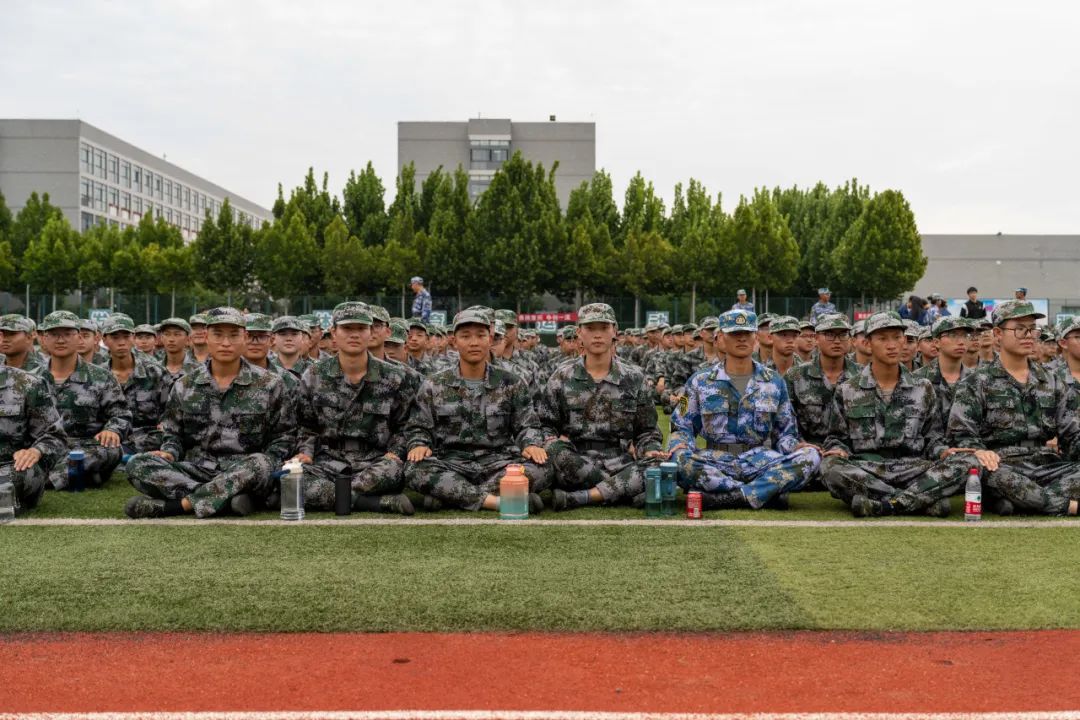
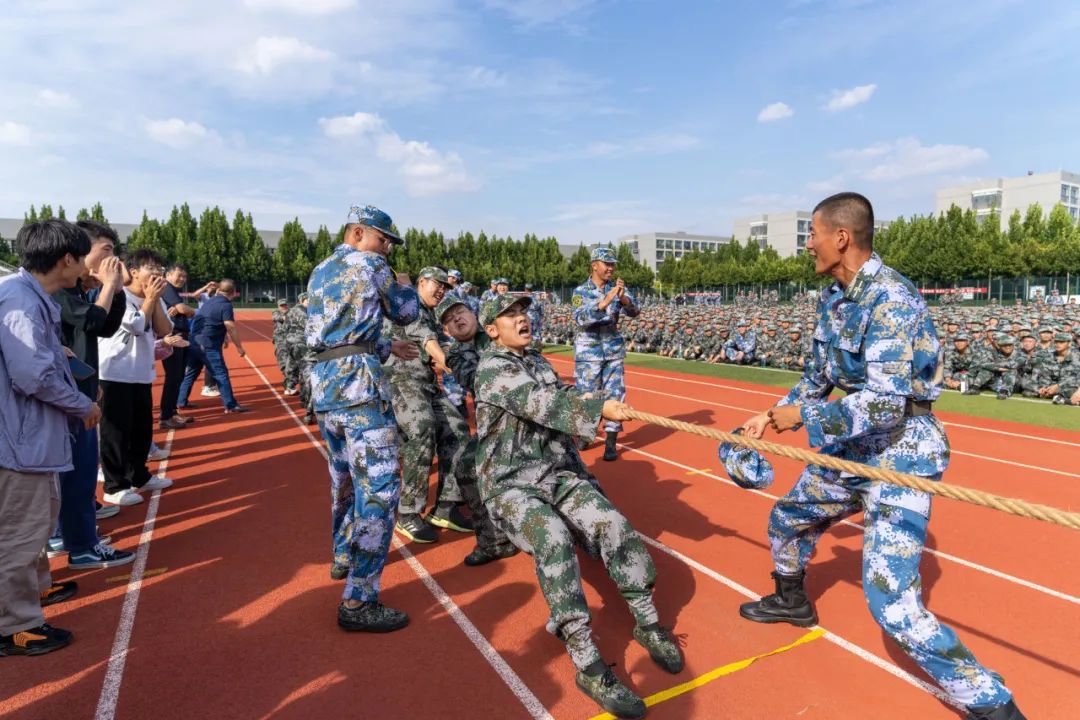
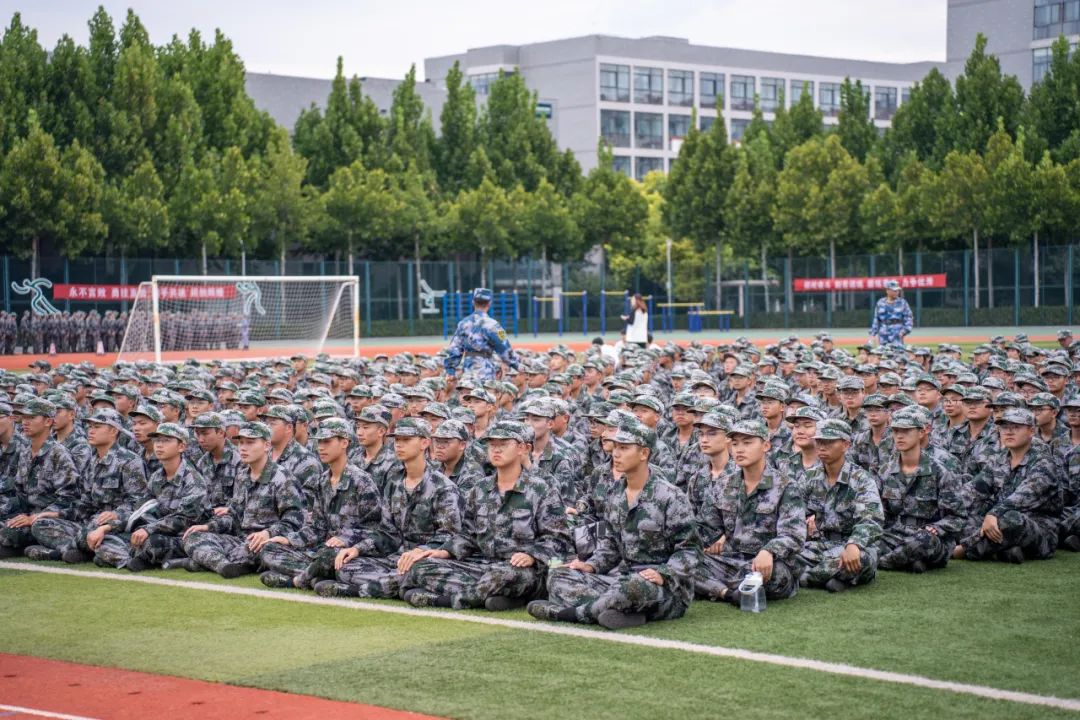
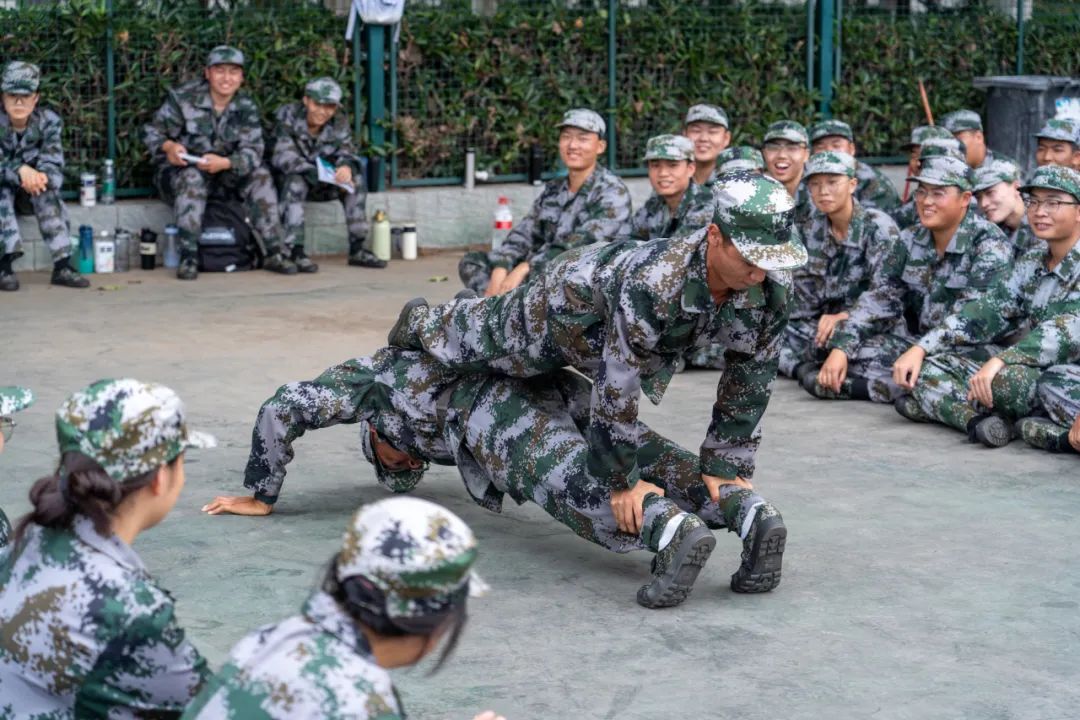
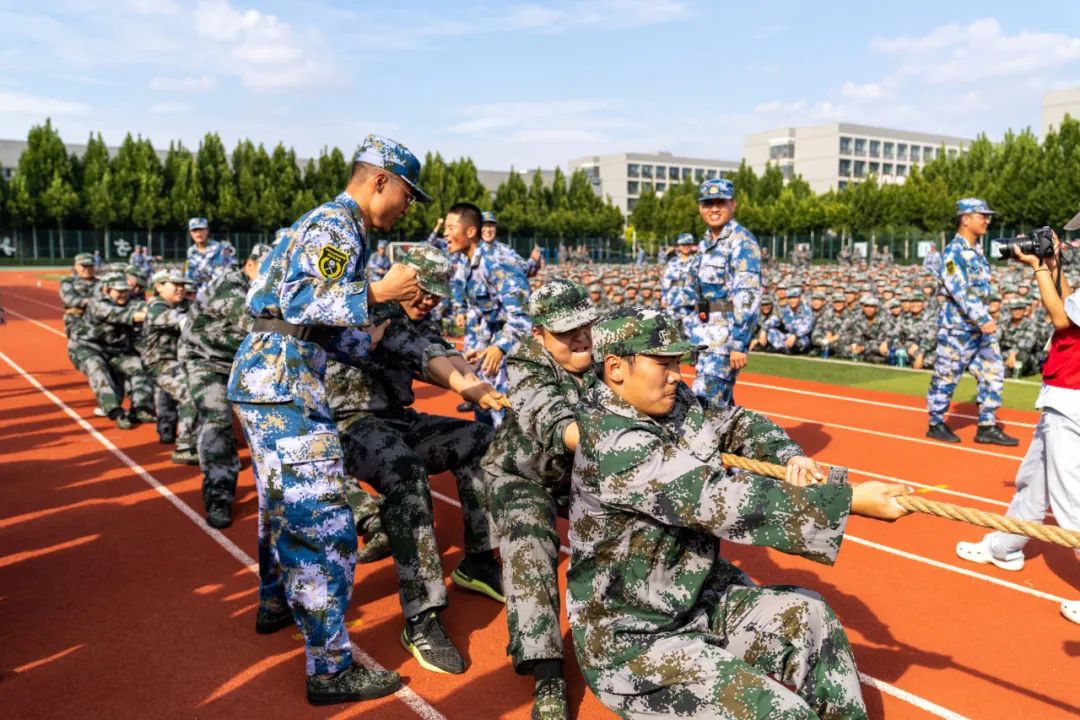
At the beginning of the military song, camouflage uniform, heroic, tall and straight as loose. The cry on the playground is the melody of struggle; Sweat dripping is a tough mark. Listen to the command and look forward, exercise strong physique and hone the quality of will.
yellow river conservancy technical institute
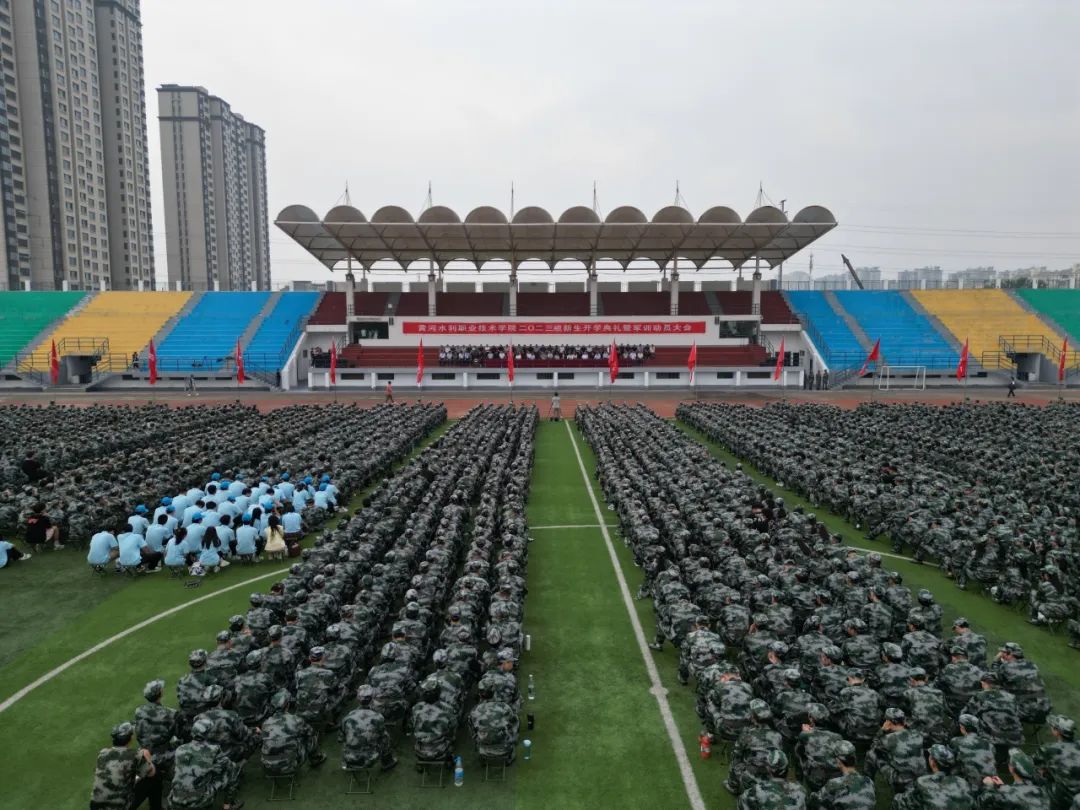
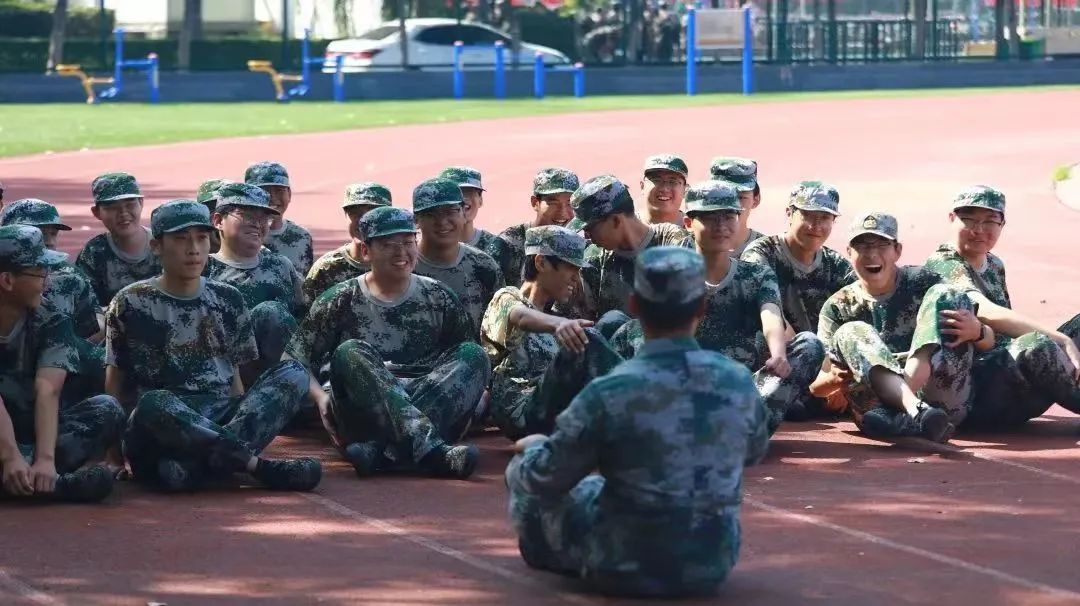
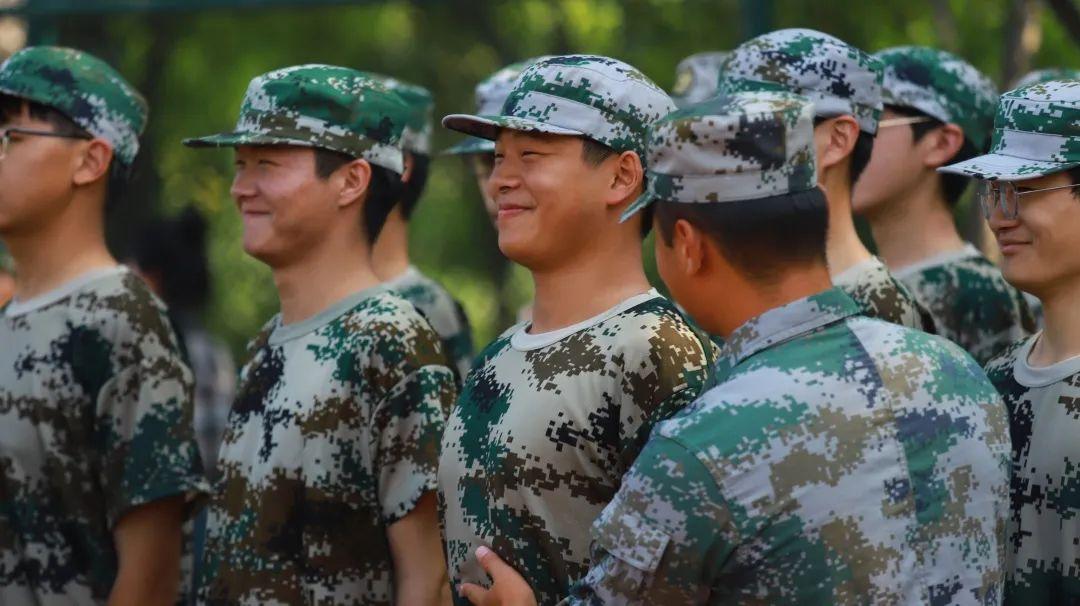
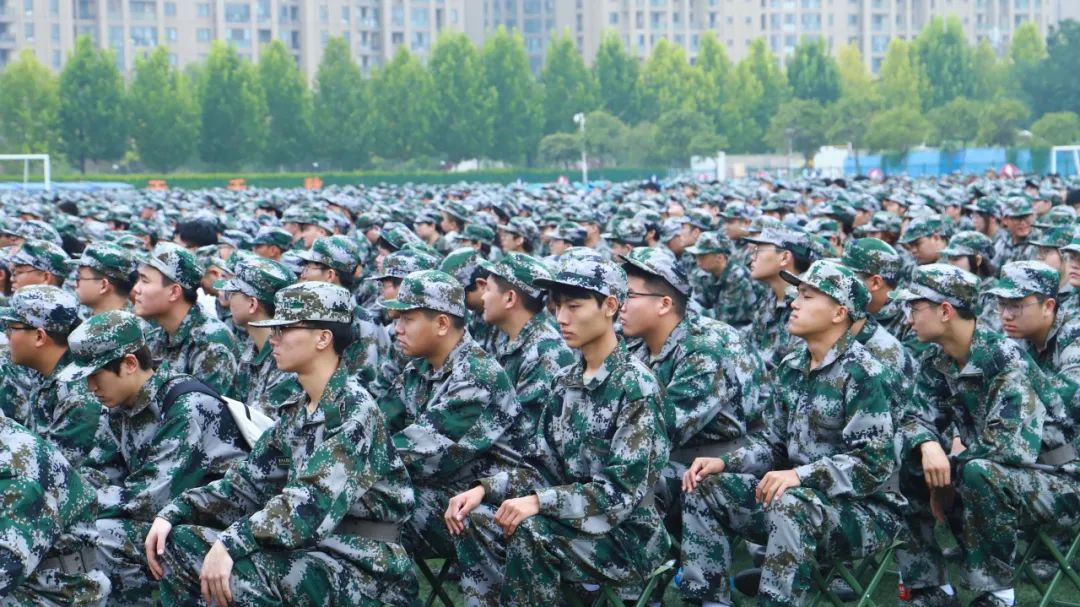
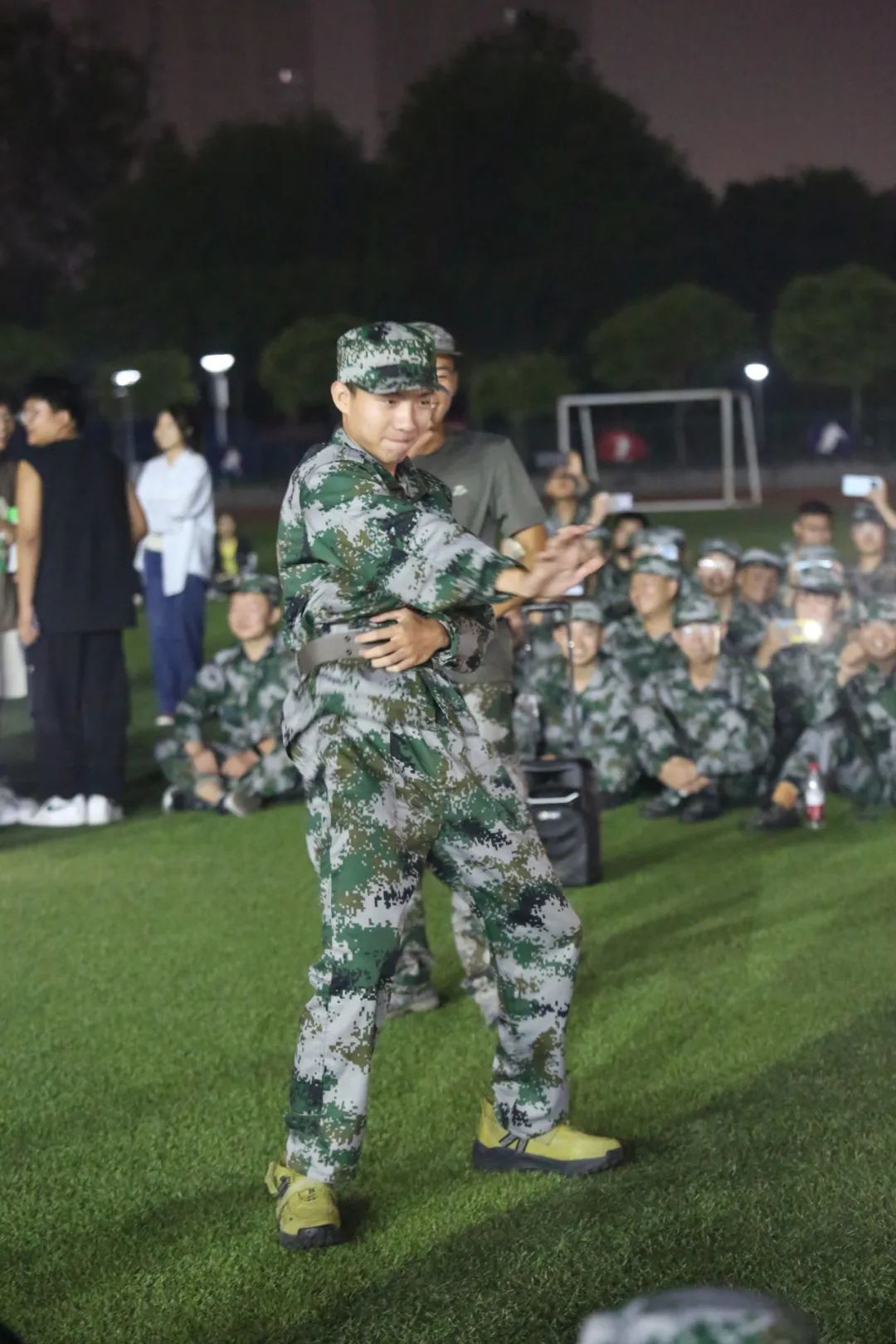
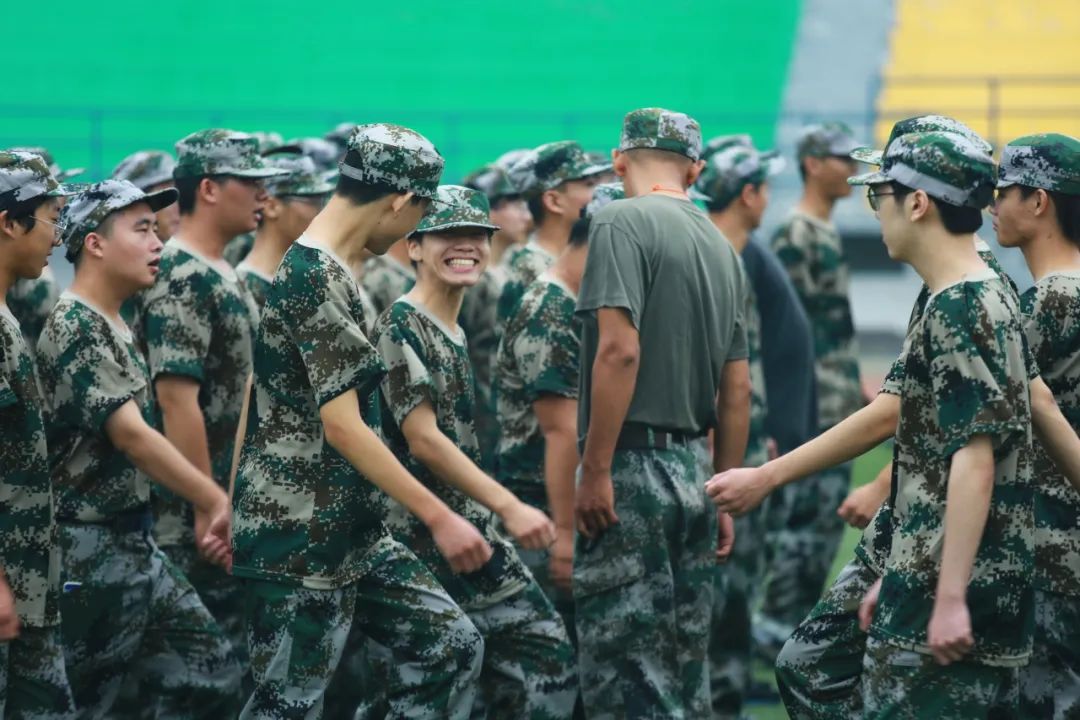
On the pitch, Sailing Square, Bright Lake, and in front of Chongde … In the wind, rain and hot sun, more than 4,000 students tried their best to walk every step, shout every password and do every movement well. The tender face dries the sweat, which is the laughter and vitality that can’t be concealed!
Zhengzhou railway vocational and technical college
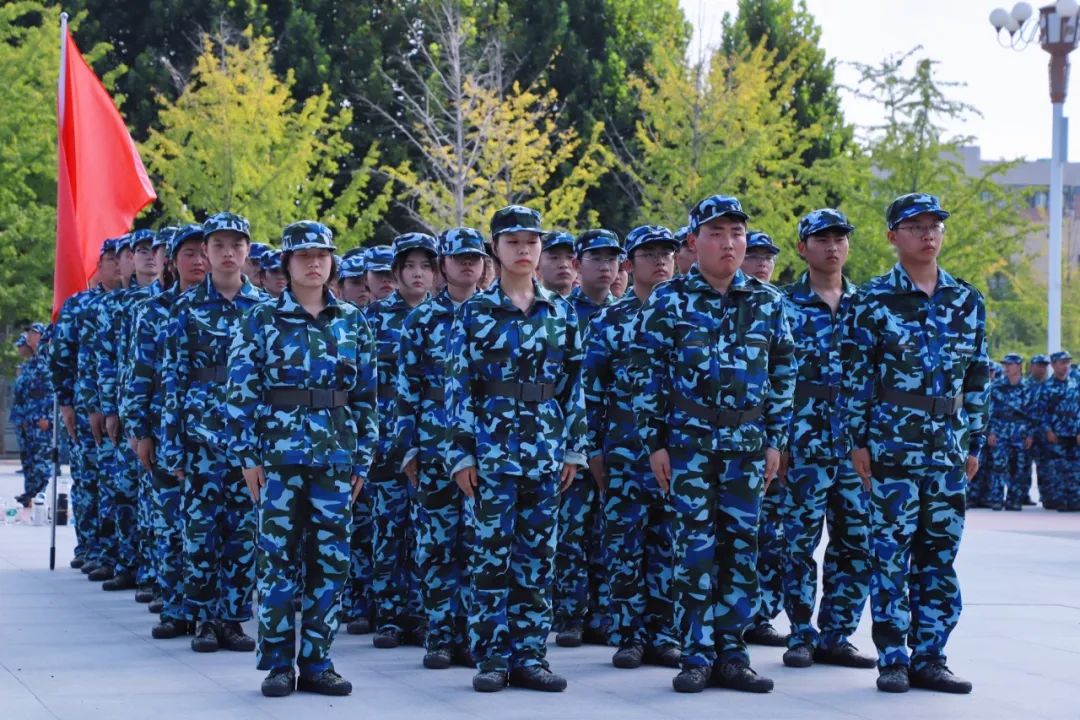
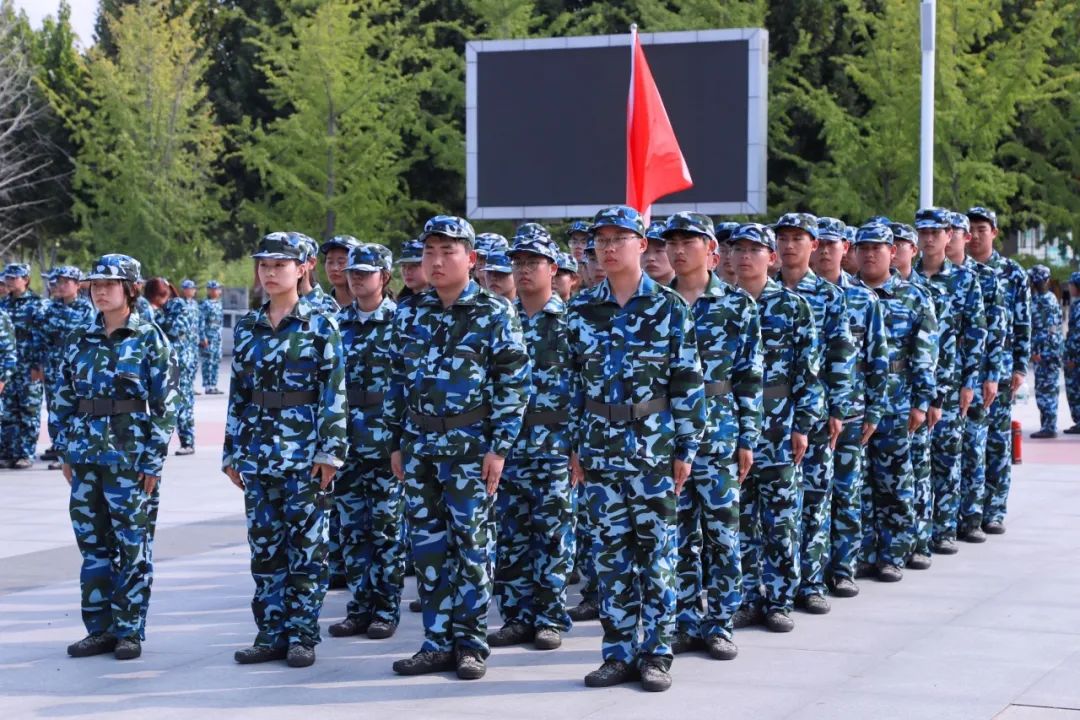
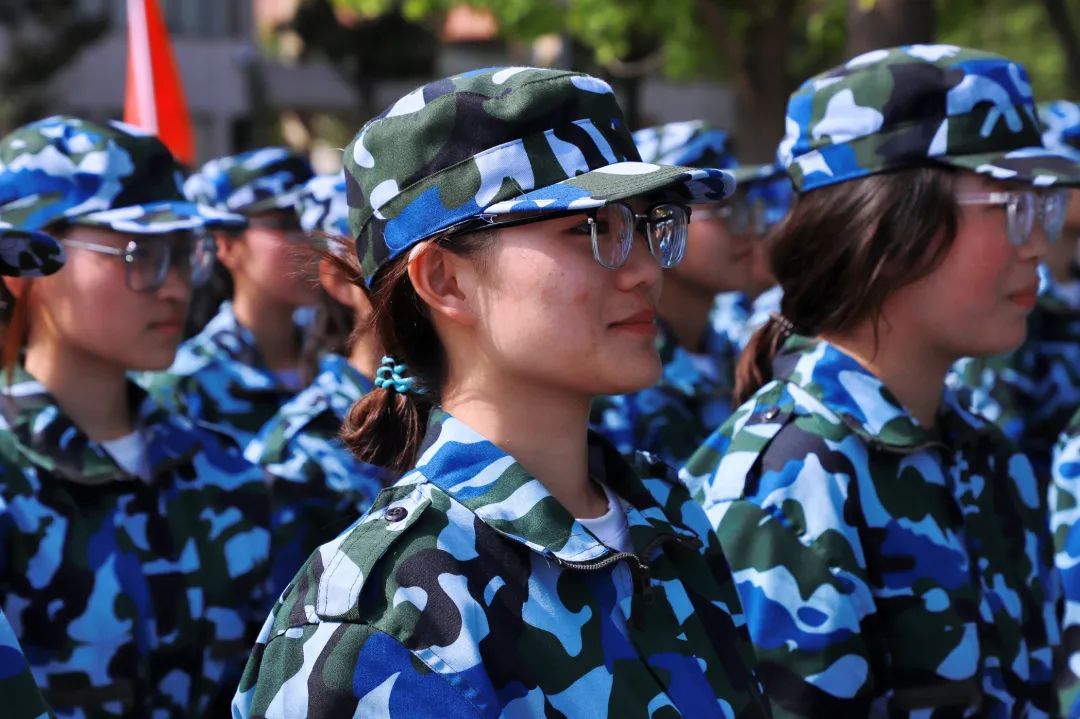
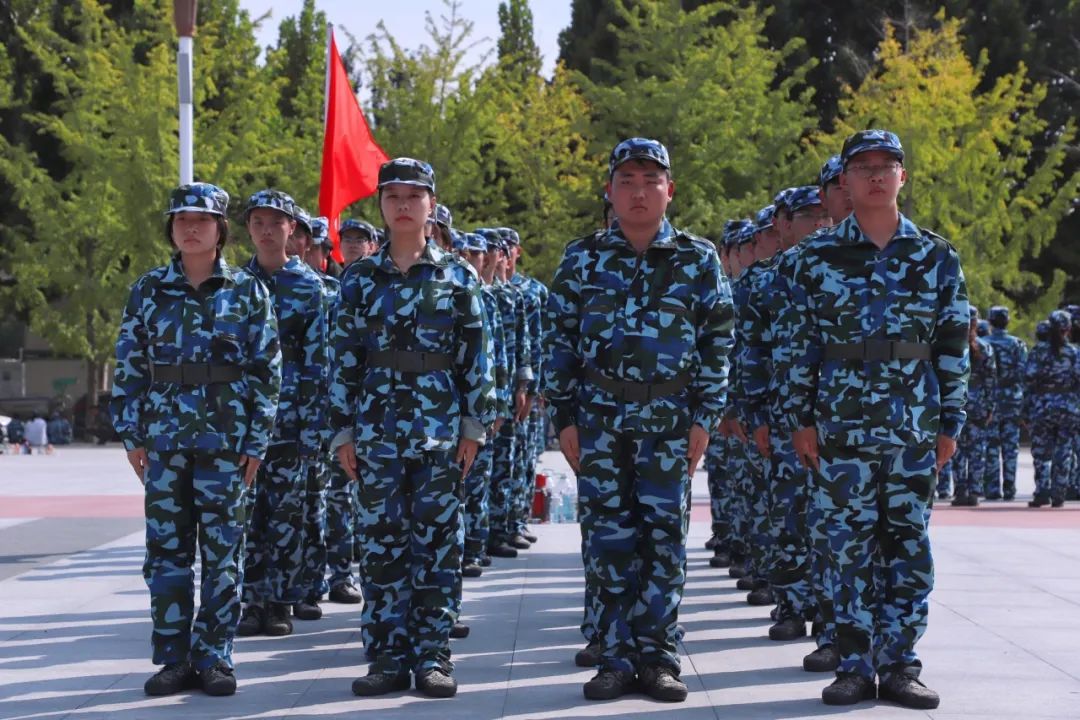
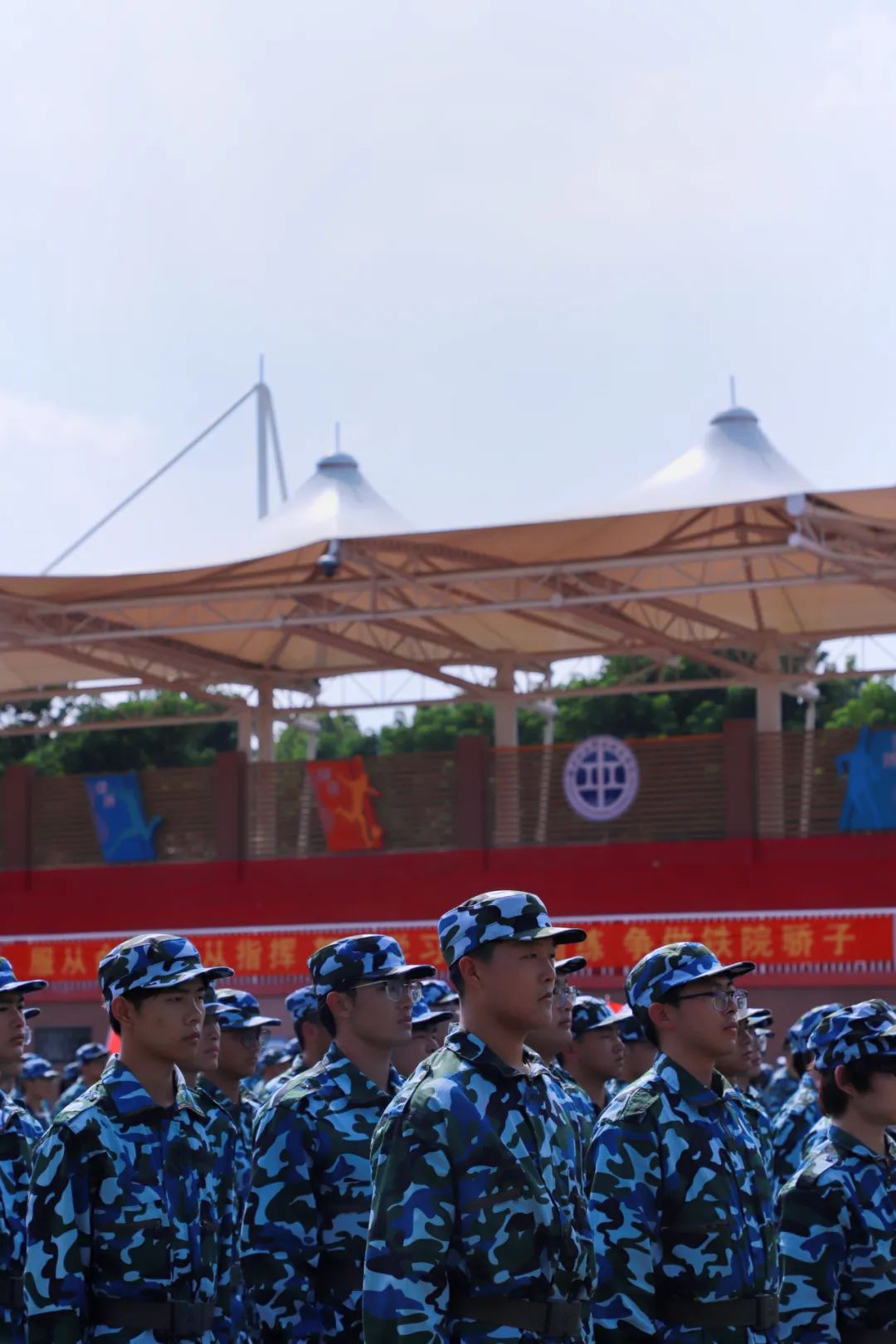
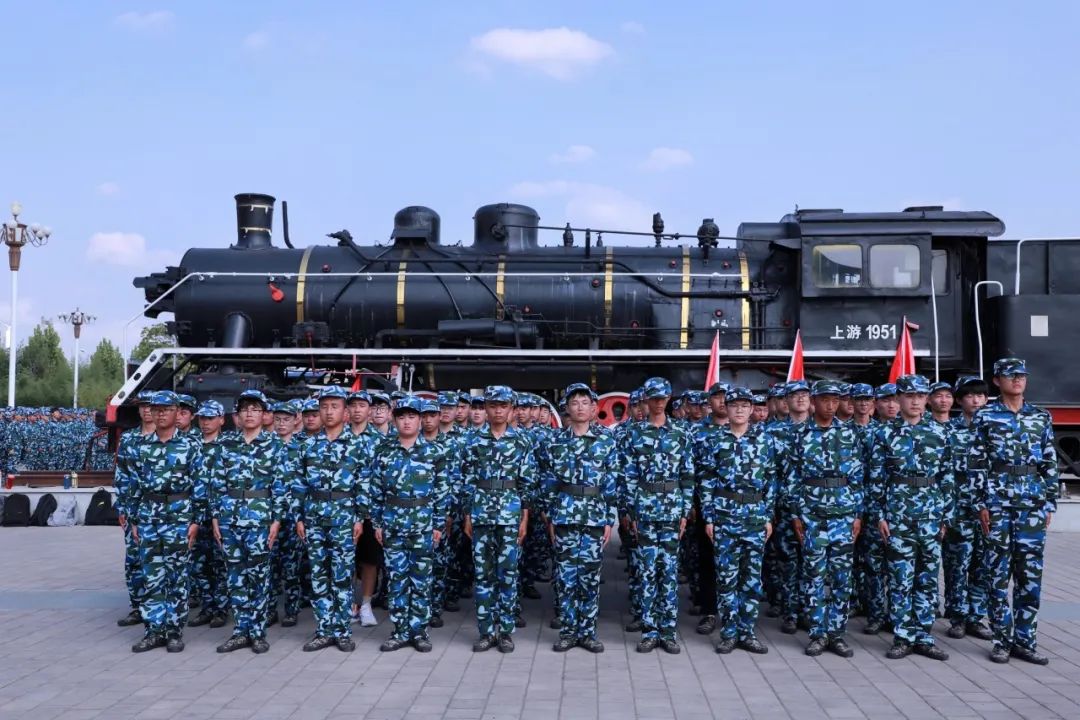
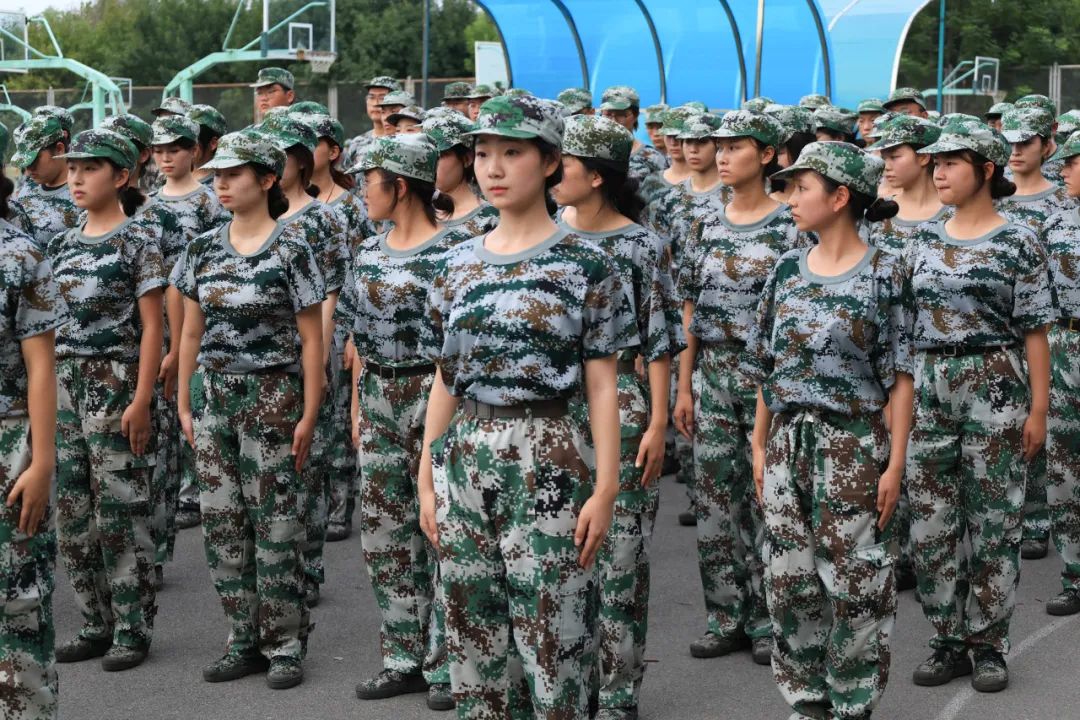
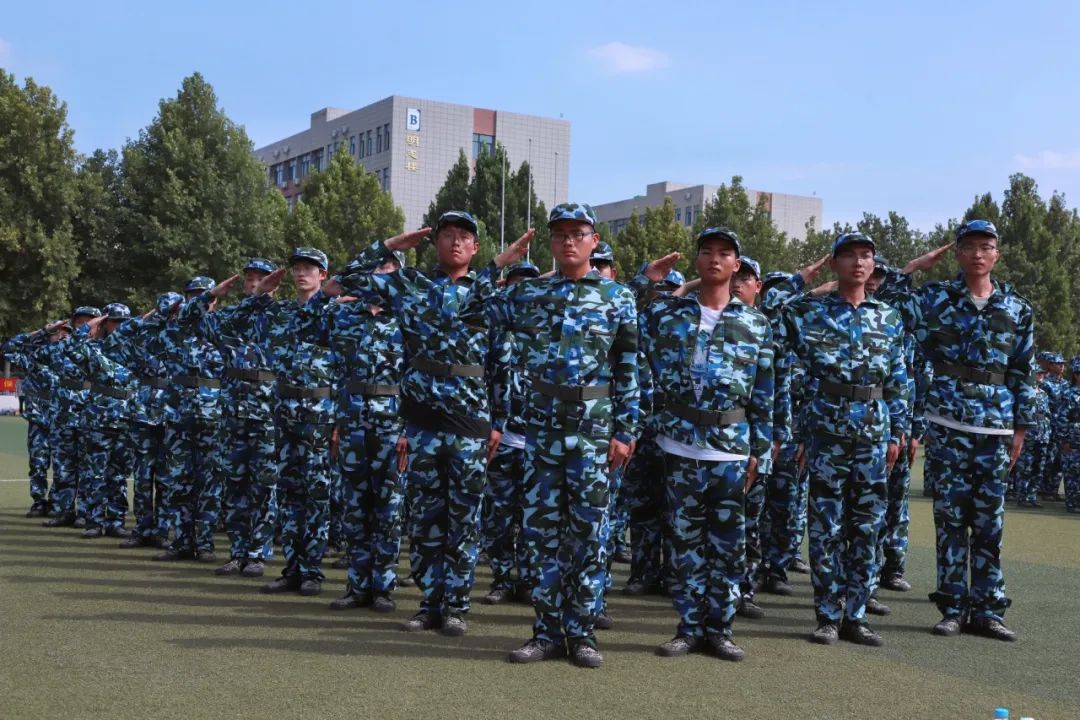
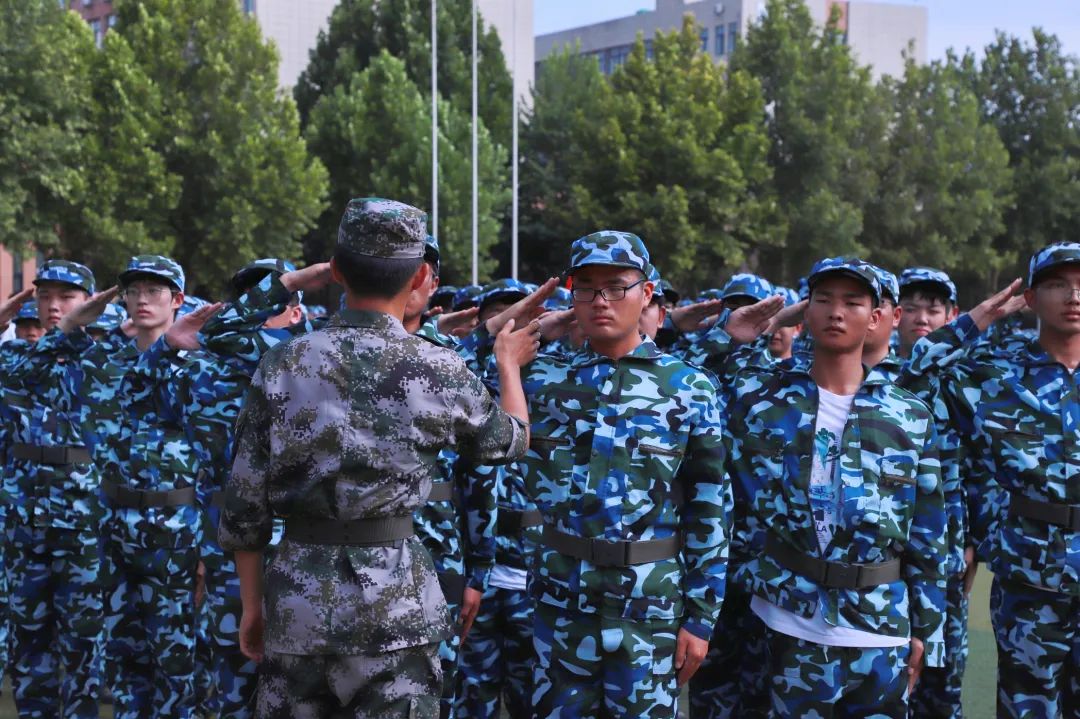
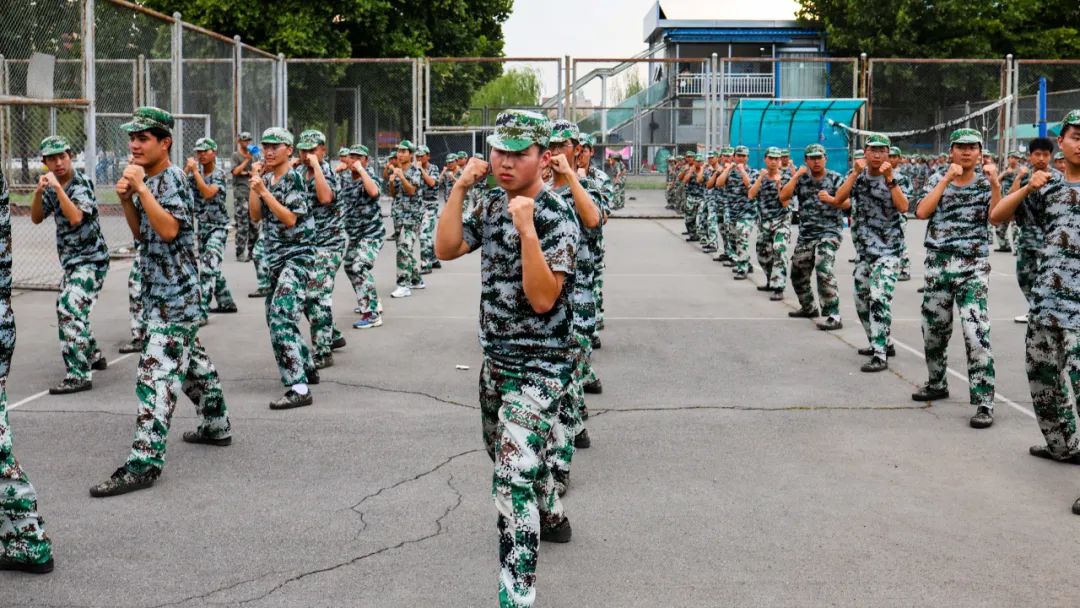
The summer heat is getting thinner in the cool breeze, and the early autumn has an appointment with the cool breeze and the bright moon not far away, which opens a chapter in military training. Through military training, everyone has mastered basic military skills, enhanced team spirit and honed their will. Military training not only exercises the body and strengthens the physique, but more importantly, the knowledge of national defense and the concept of collectivism.
zhengzhou shuqing medical college
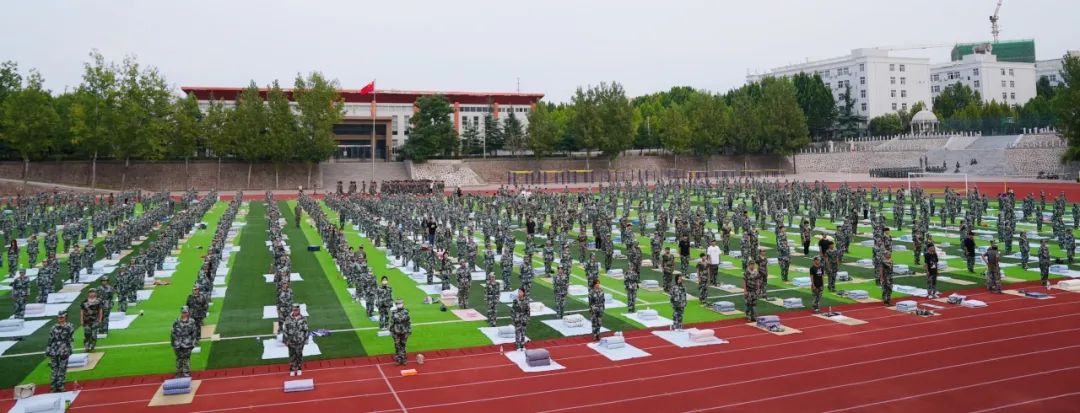
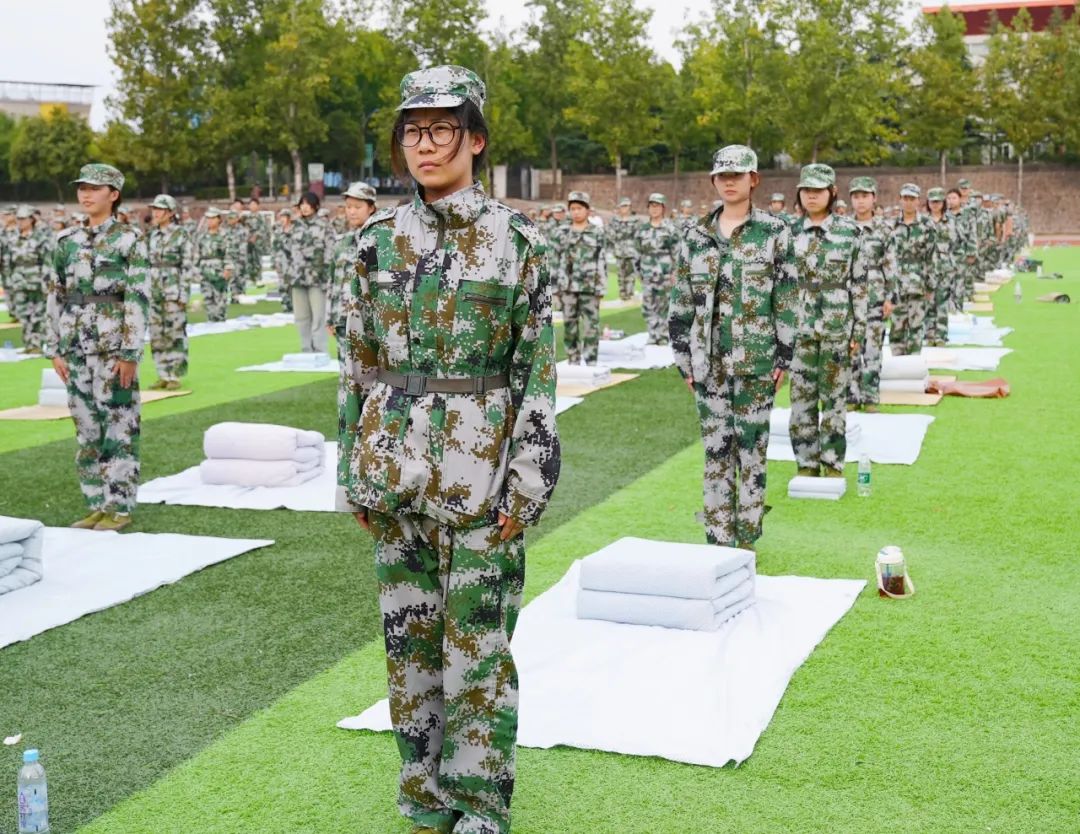
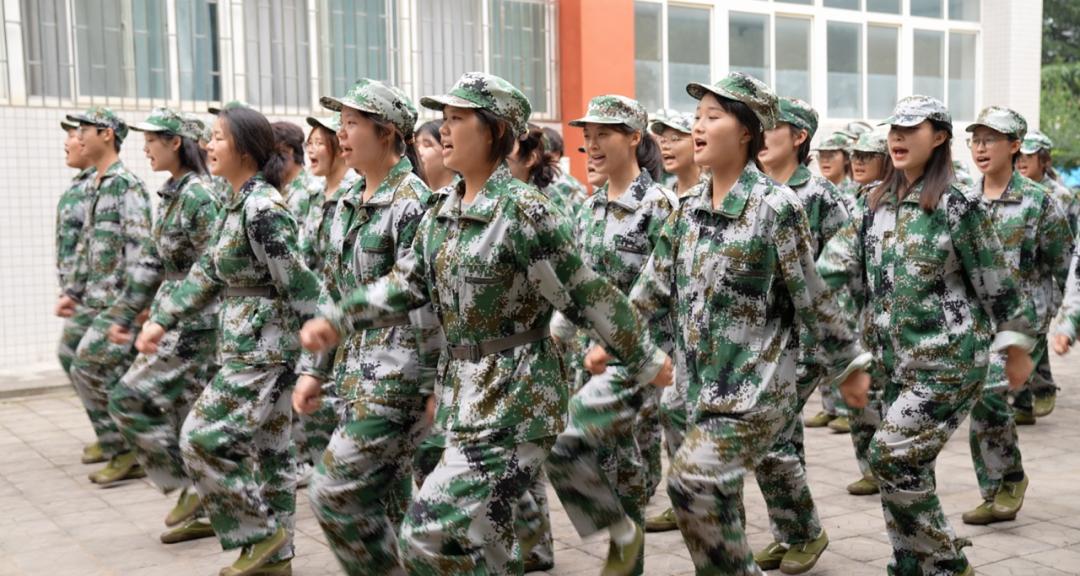
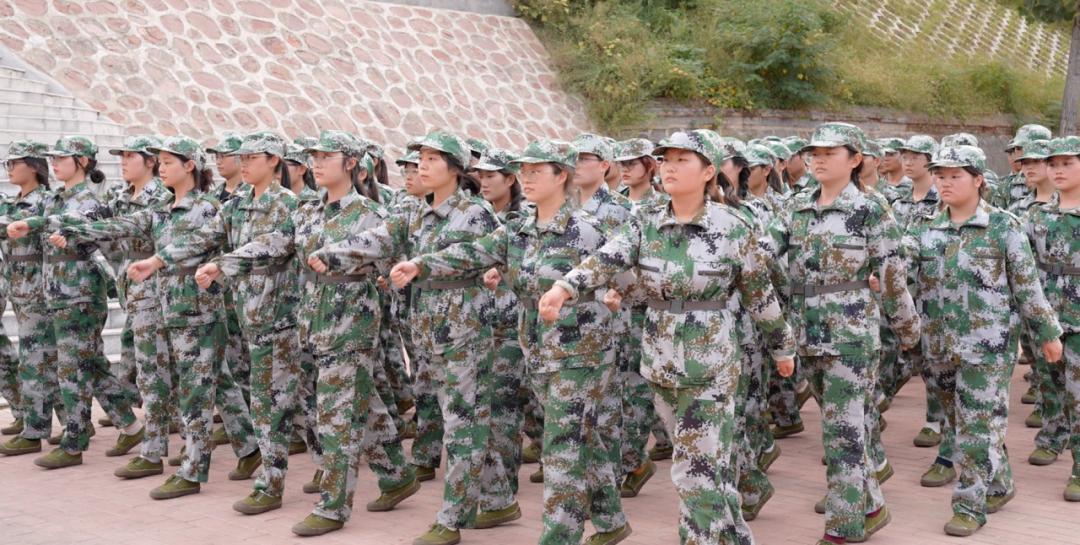

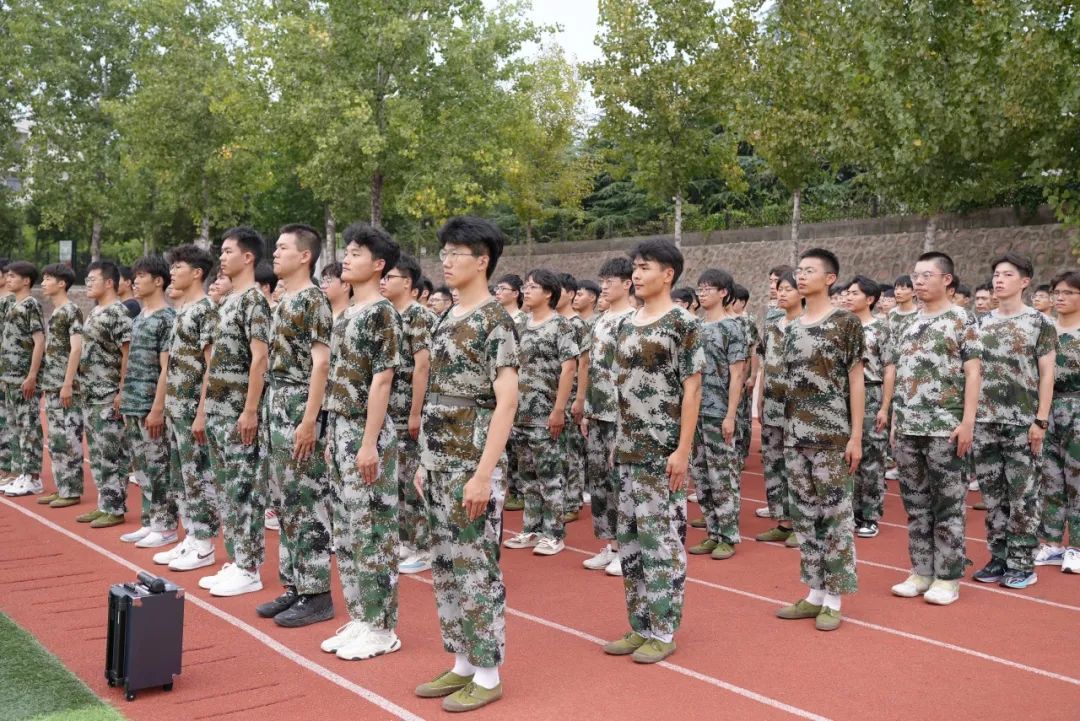
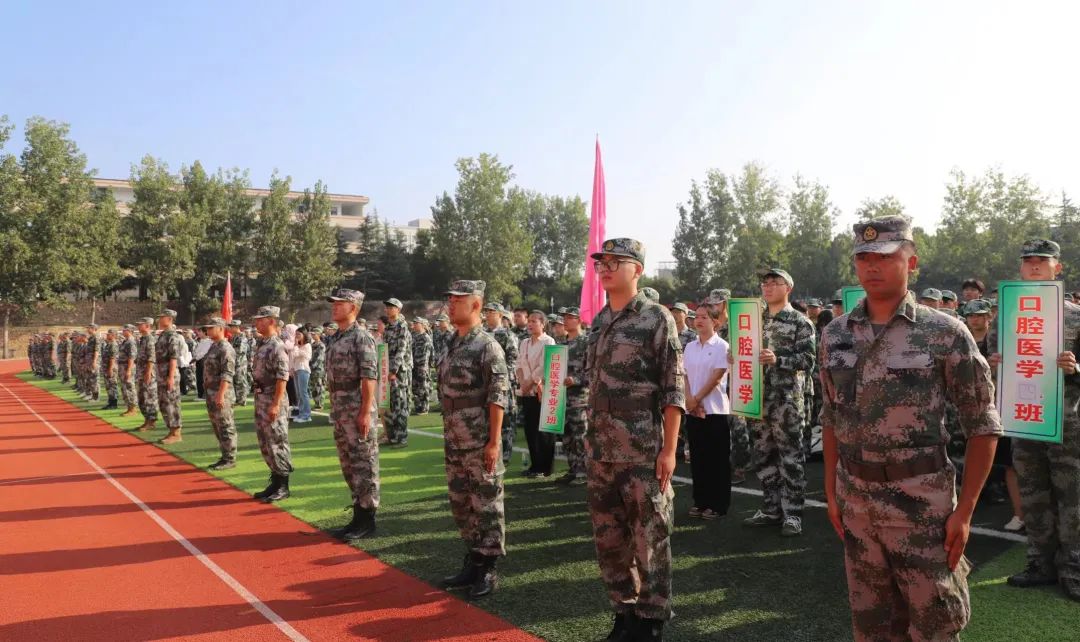
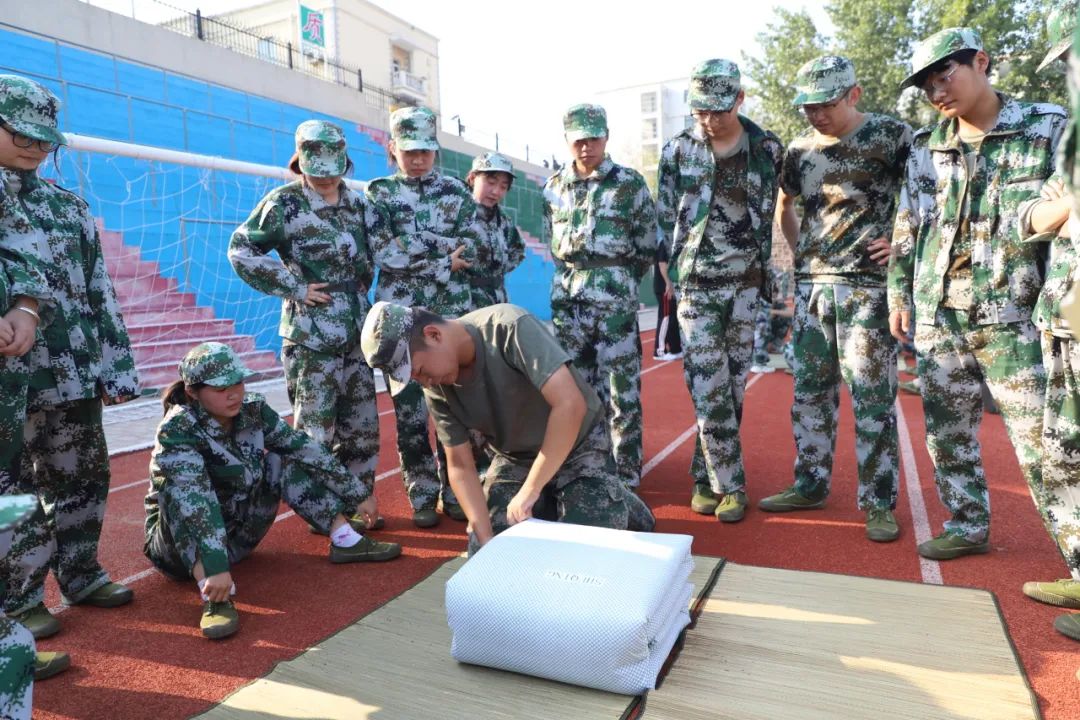
Uniform camouflage
A youthful and determined face
The new students of Shu Qing
On the training ground in early autumn
Dancing inner fortitude
Stick to the peak of spirit
Strict discipline
A tense rhythm
Military training is about the body.
Interior, temper is the mind.
Zhengzhou Vocational College of Information Technology
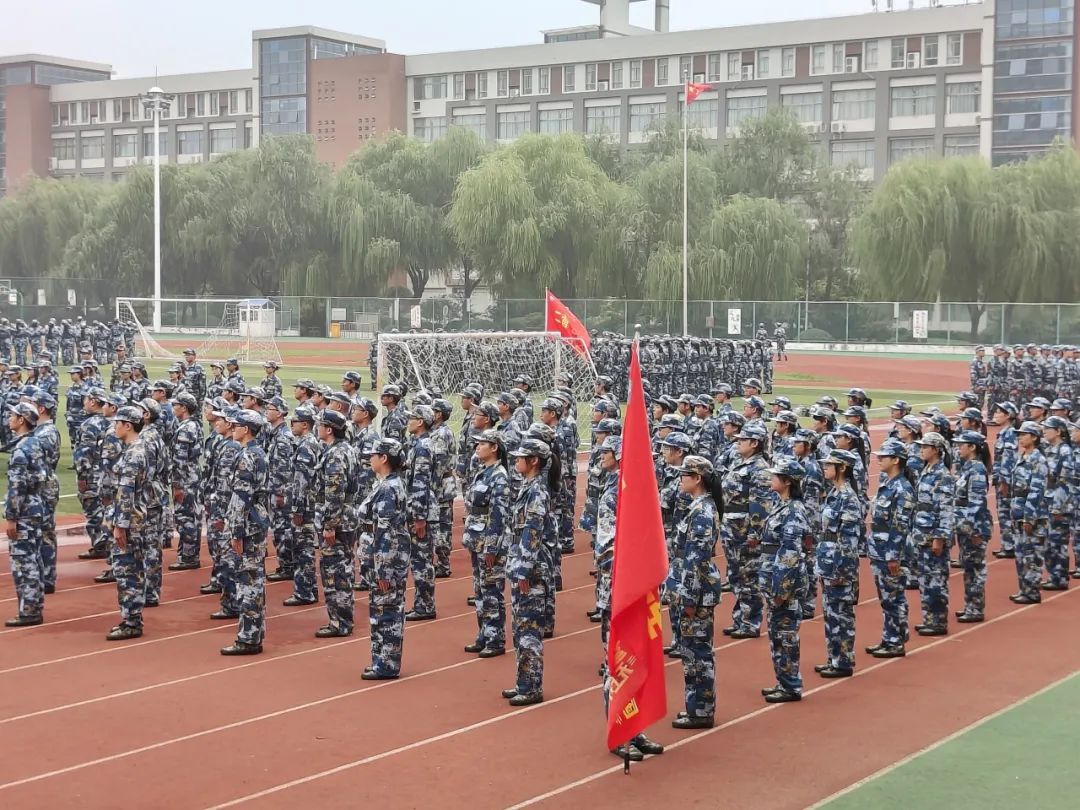
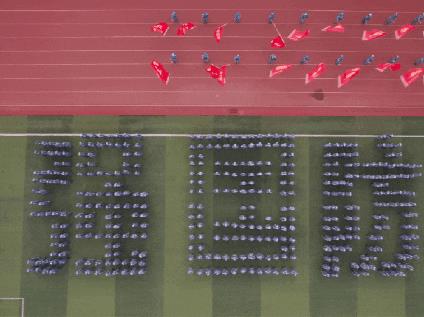
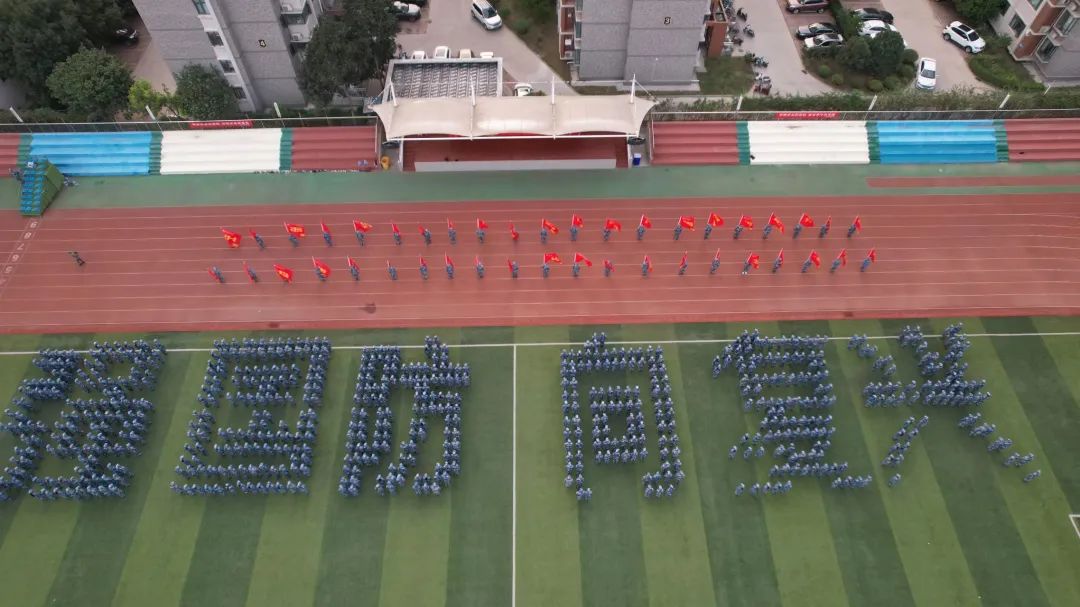
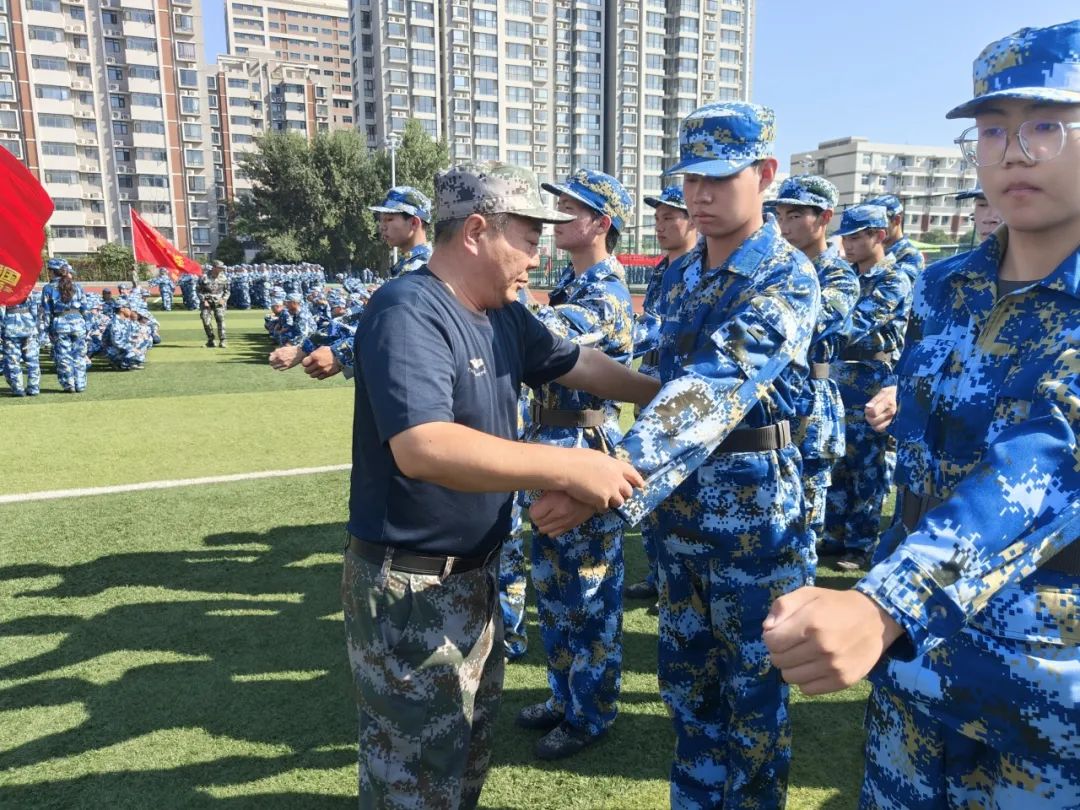
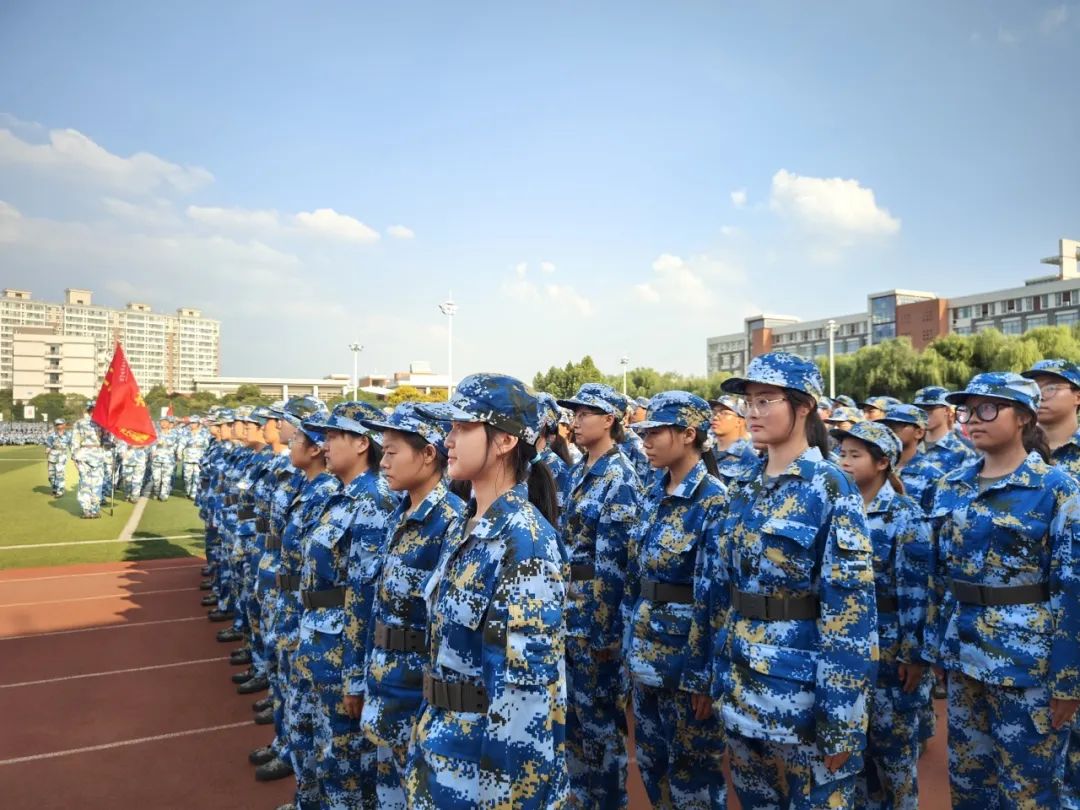
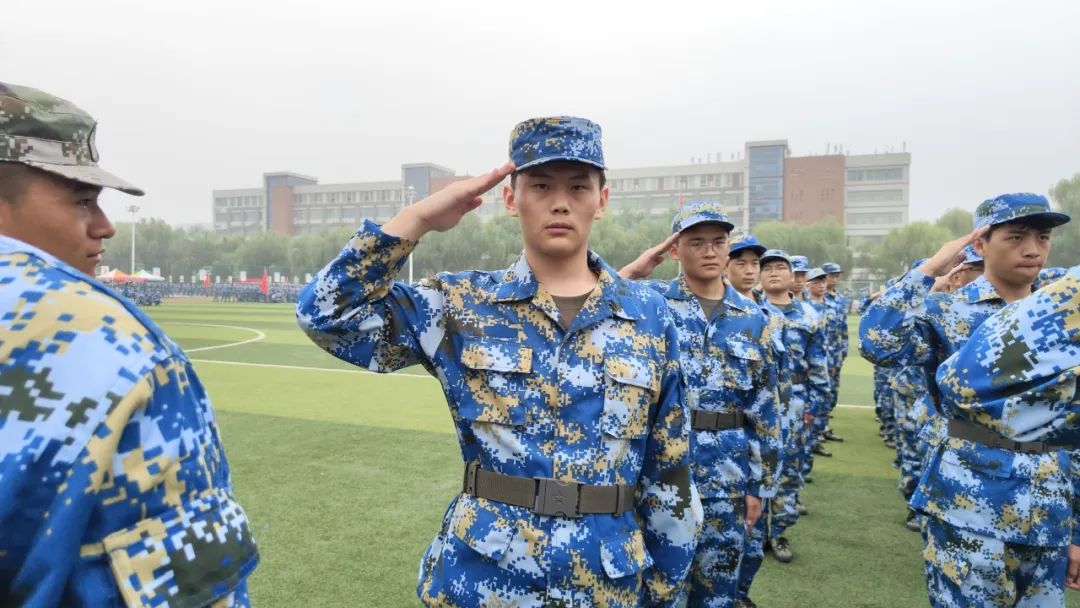
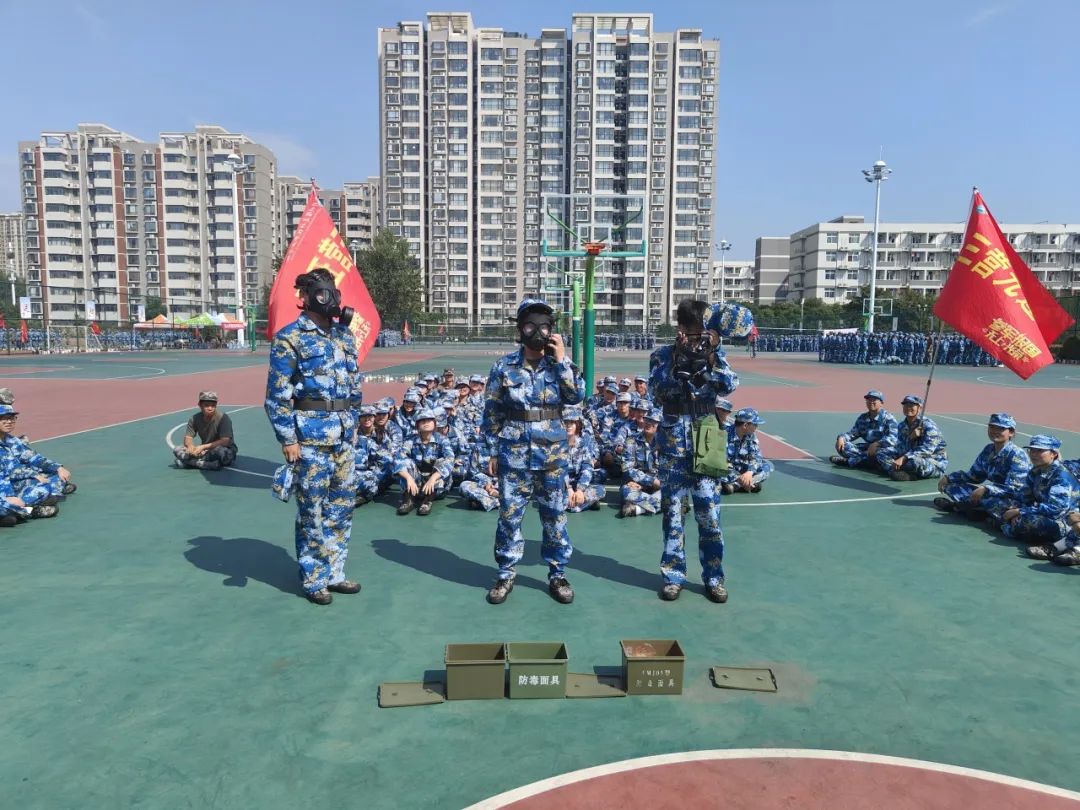
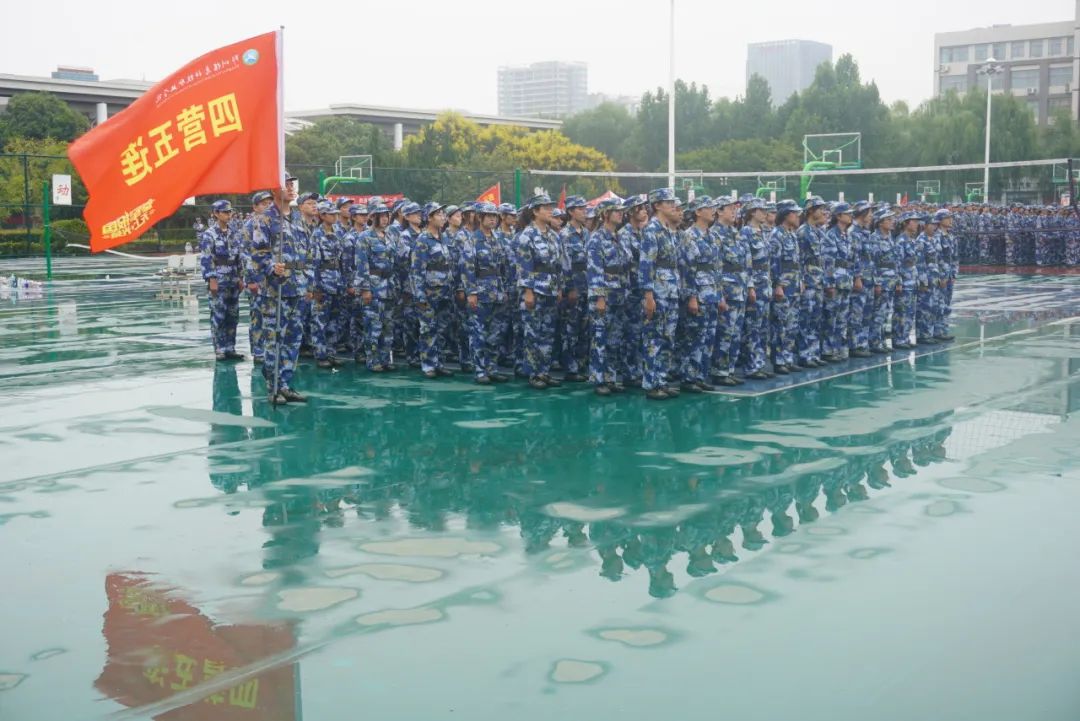
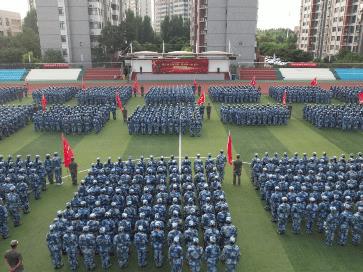
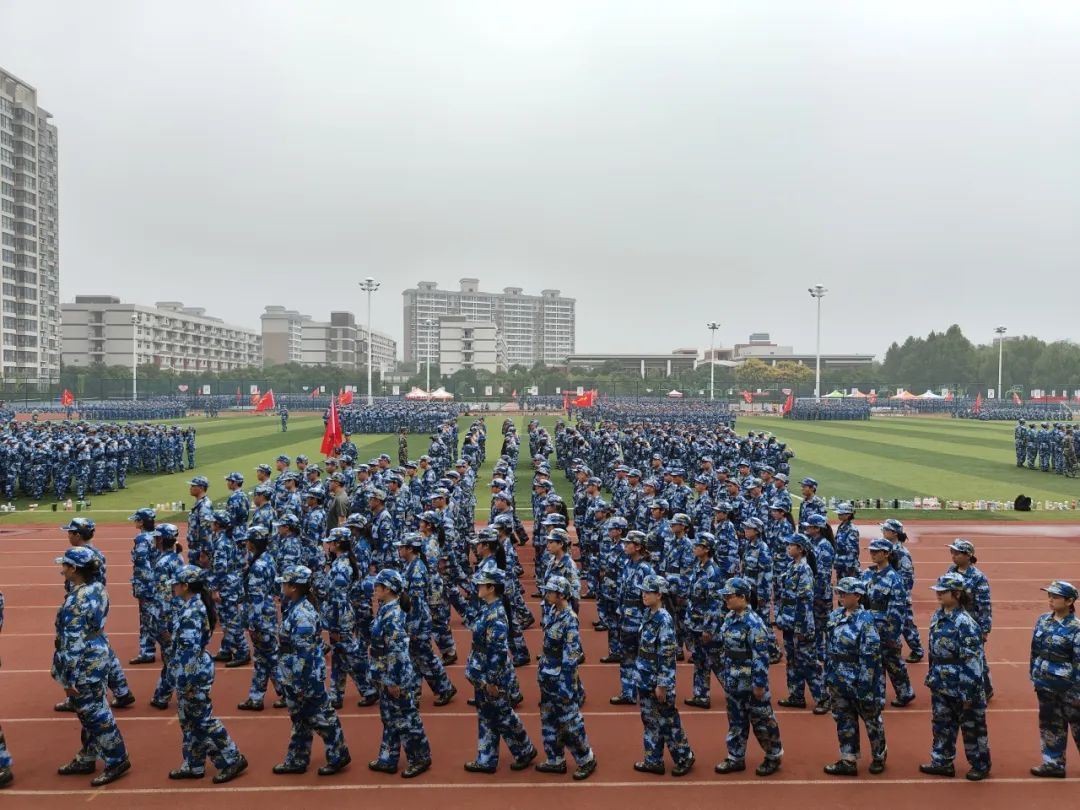
Zhengzhou Vocational College of Information Technology, morning exercises at 6: 30 in the morning, let everyone develop a regular schedule and practice strict discipline; The practice of the military posture queue at eight o’clock in the morning has improved our personal posture and tempered our tenacious will; At 2: 30 in the afternoon, the skin was red, the clothes were soaked with sweat, and the body plate under the military posture began to ache … But at this moment, we know how hard and difficult it is for soldiers to defend their country.
Luohe Medical College
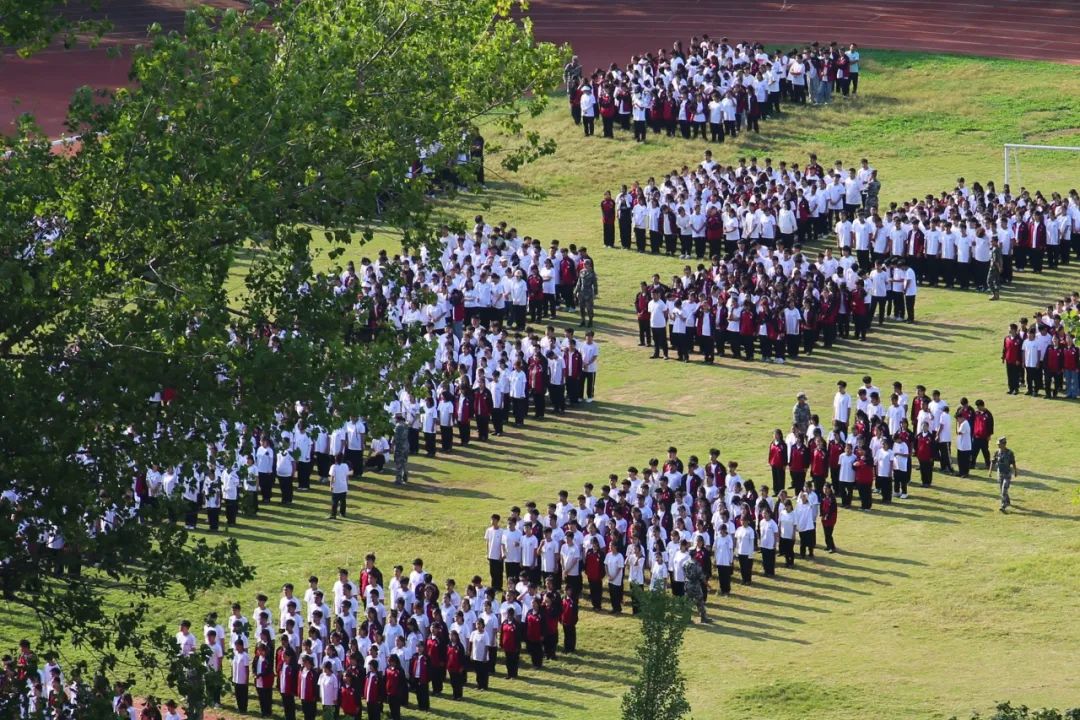
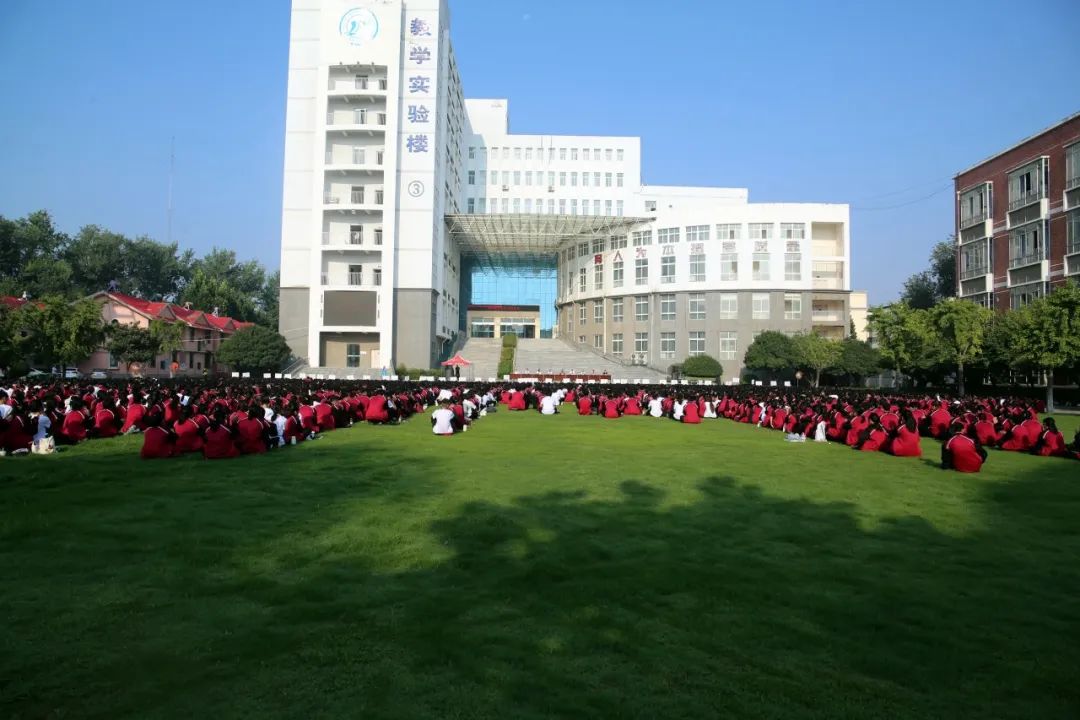
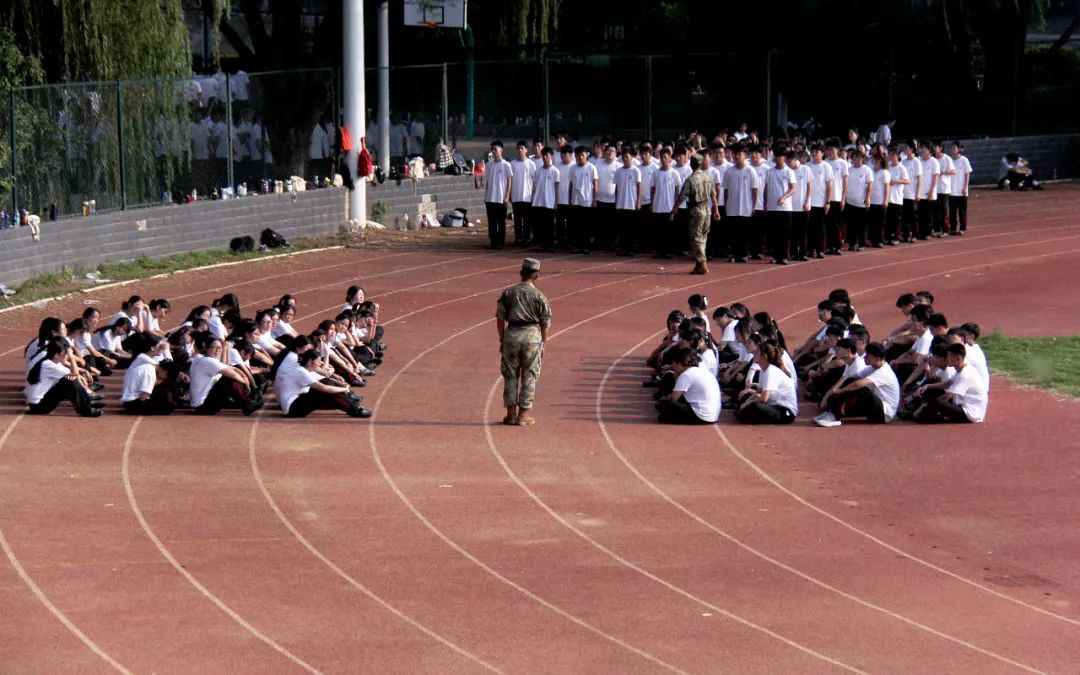
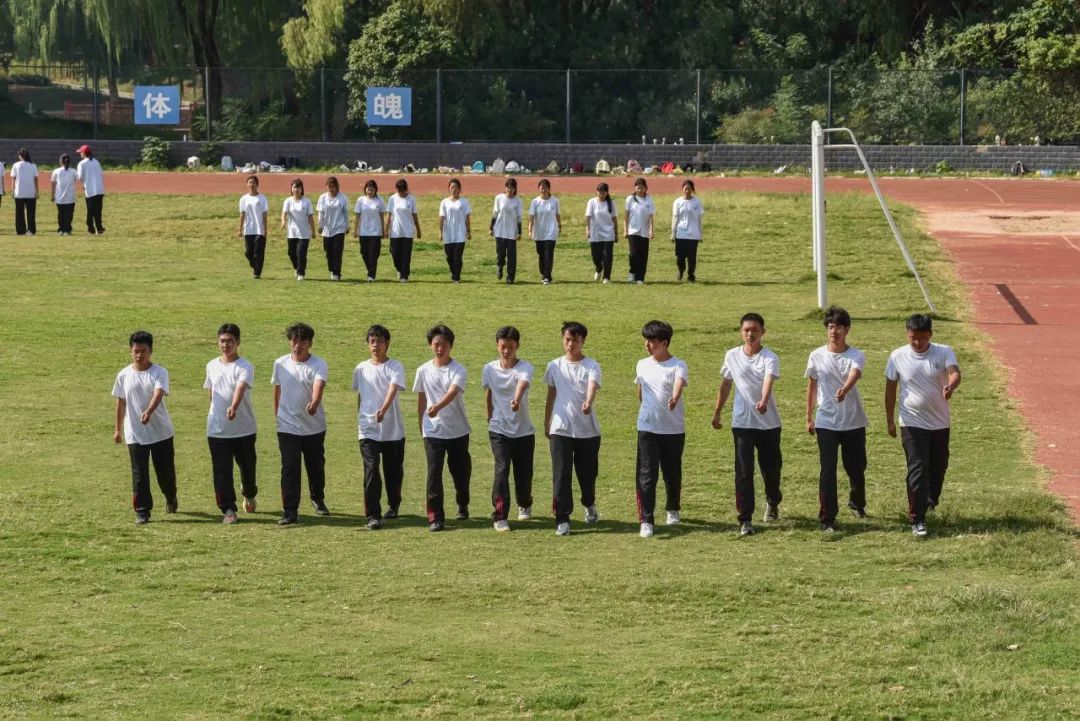
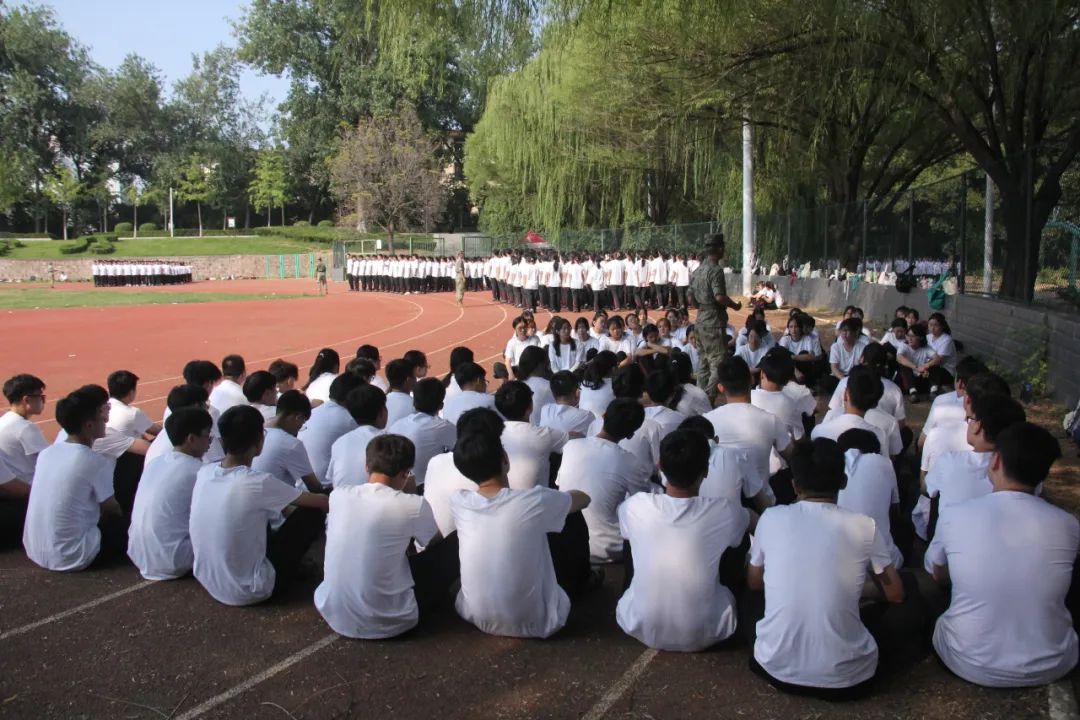
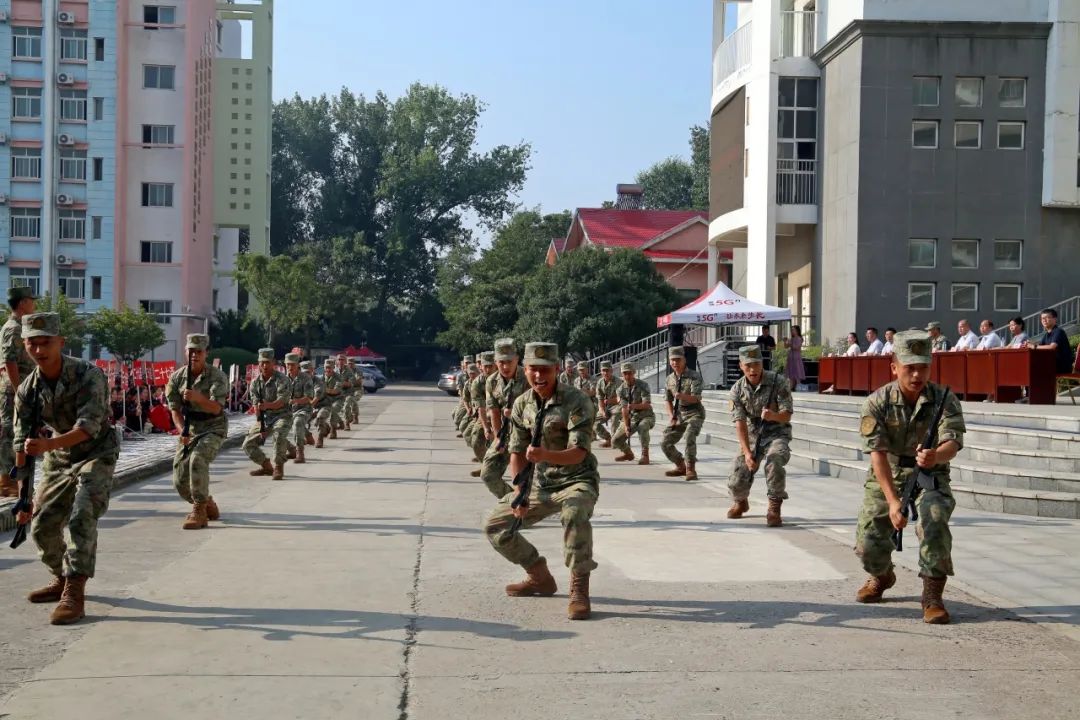
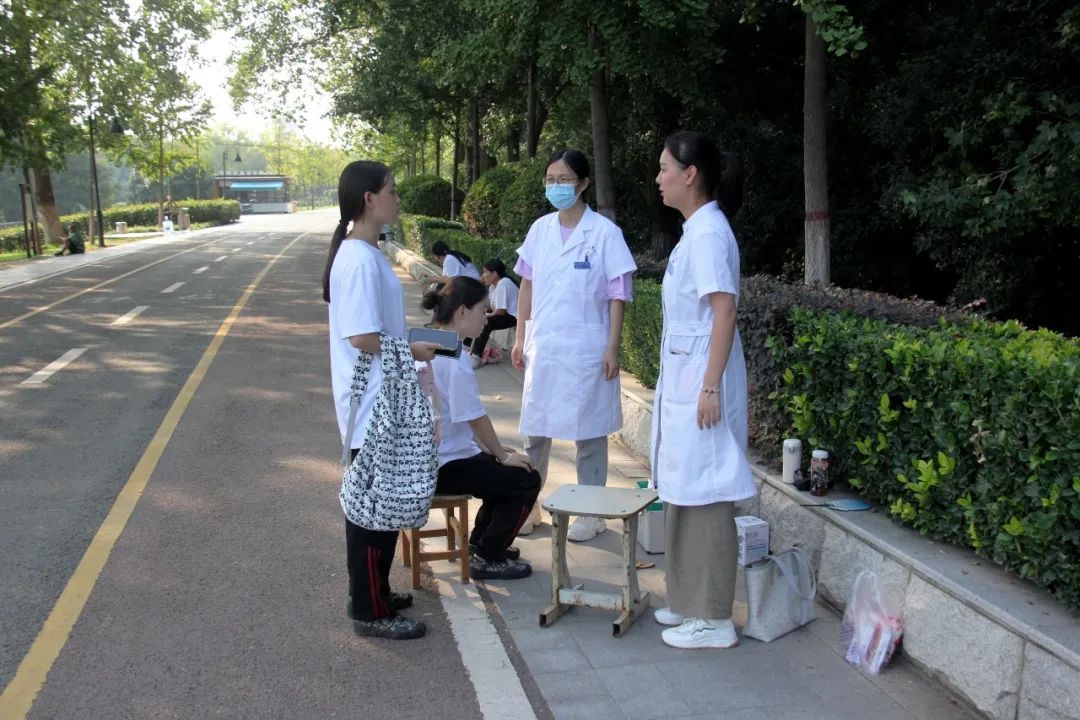
The north wind sharpens youth, and the blood is at the right time. On September 4th, more than 4,700 freshmen of 2023 in Luohe Medical College started a 21-day military training. During this period, the school carried out the study and training of military theory and skills in an orderly manner.
henan communication vocational technology college
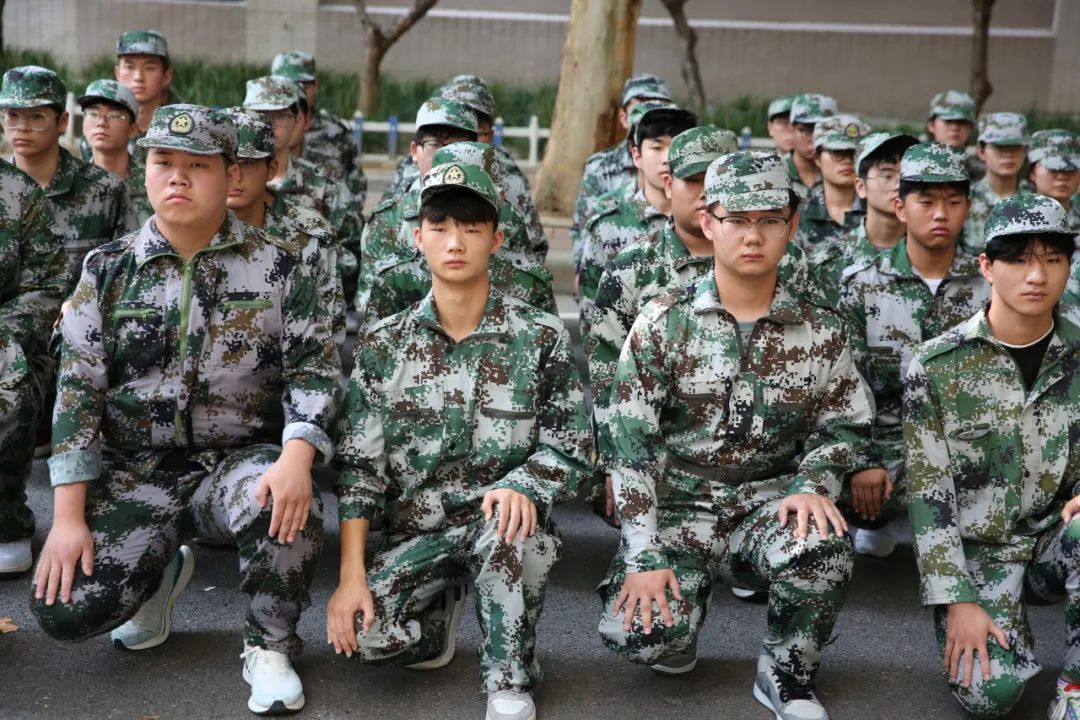
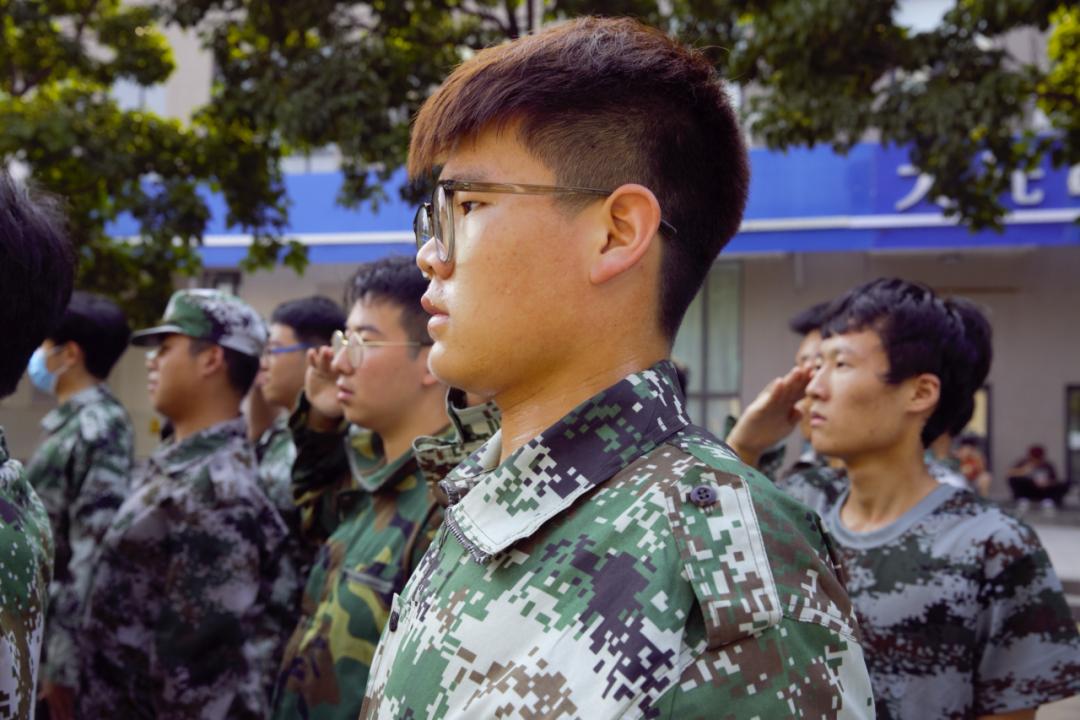
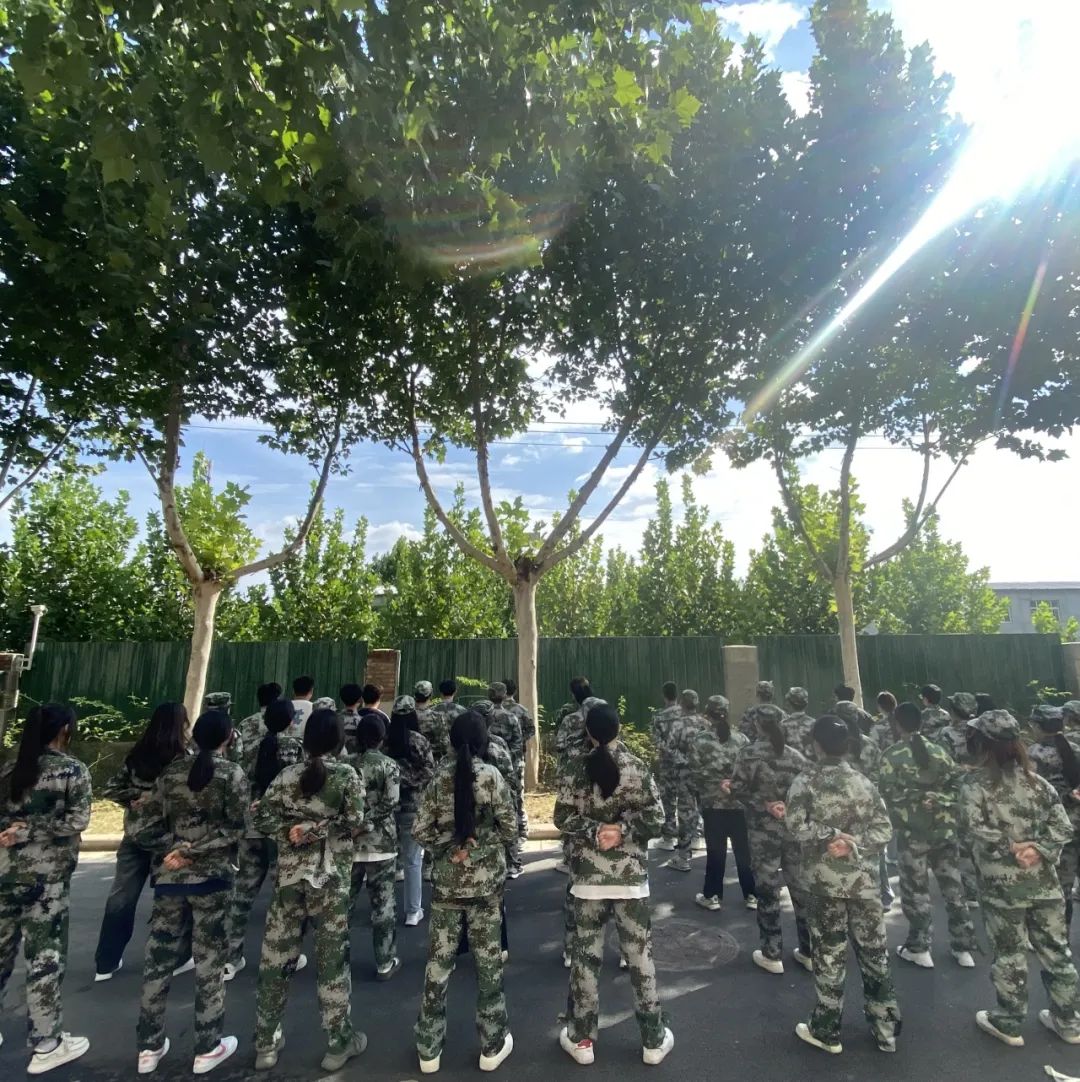
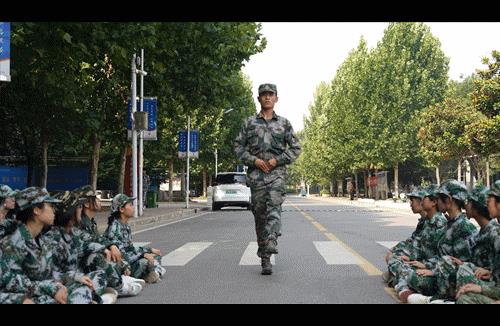
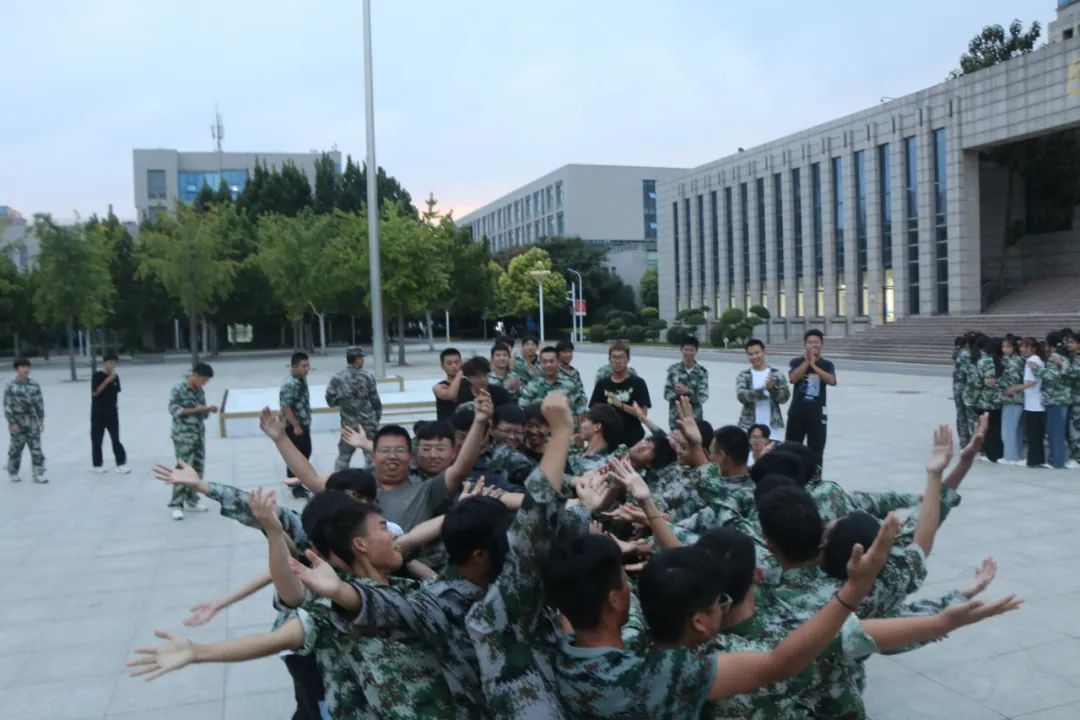
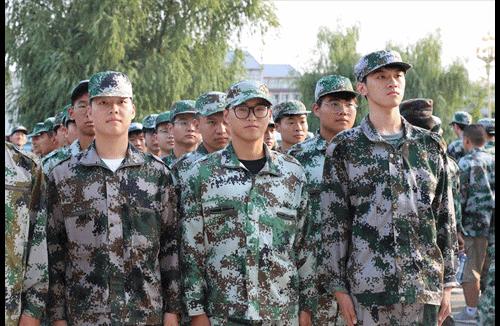
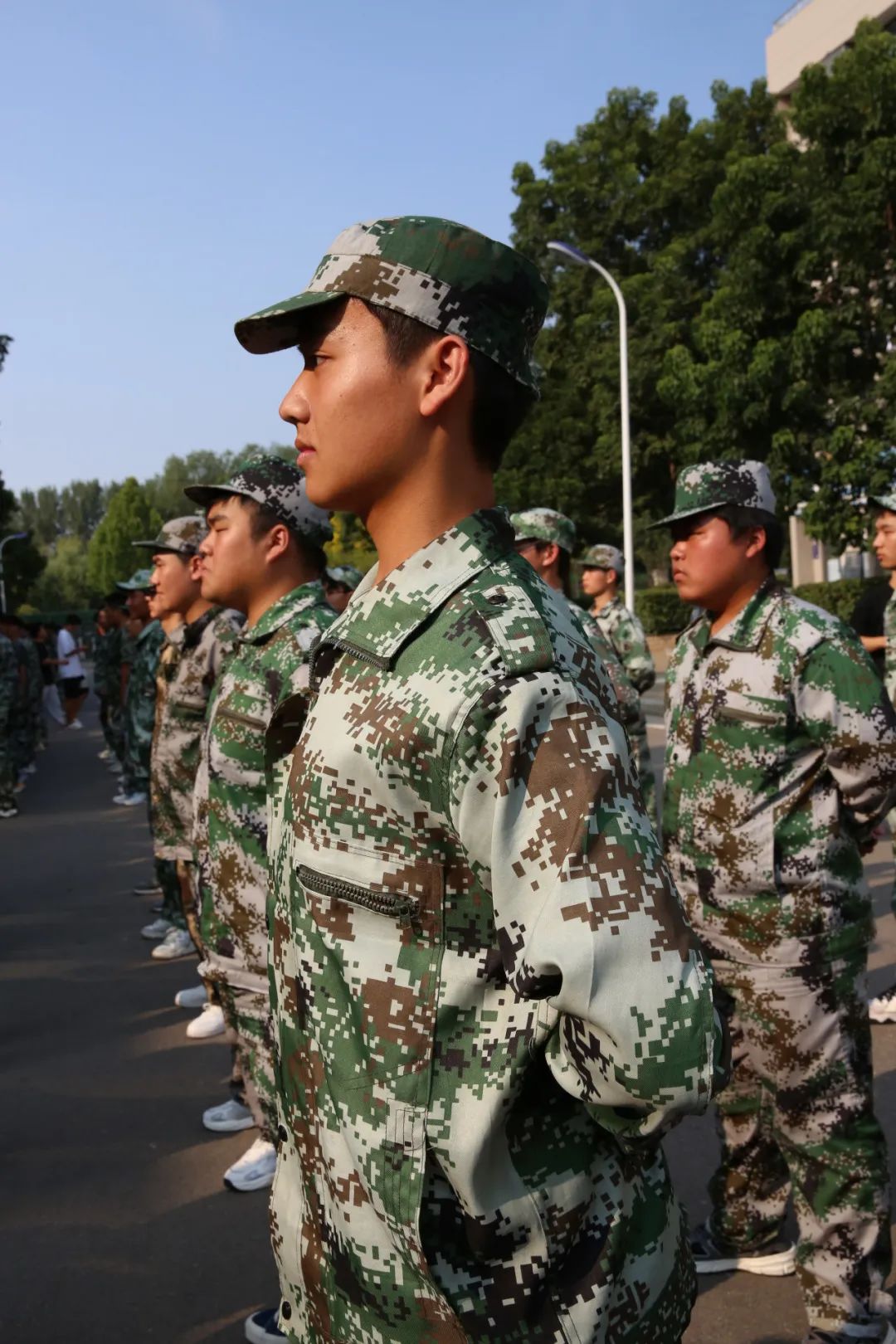
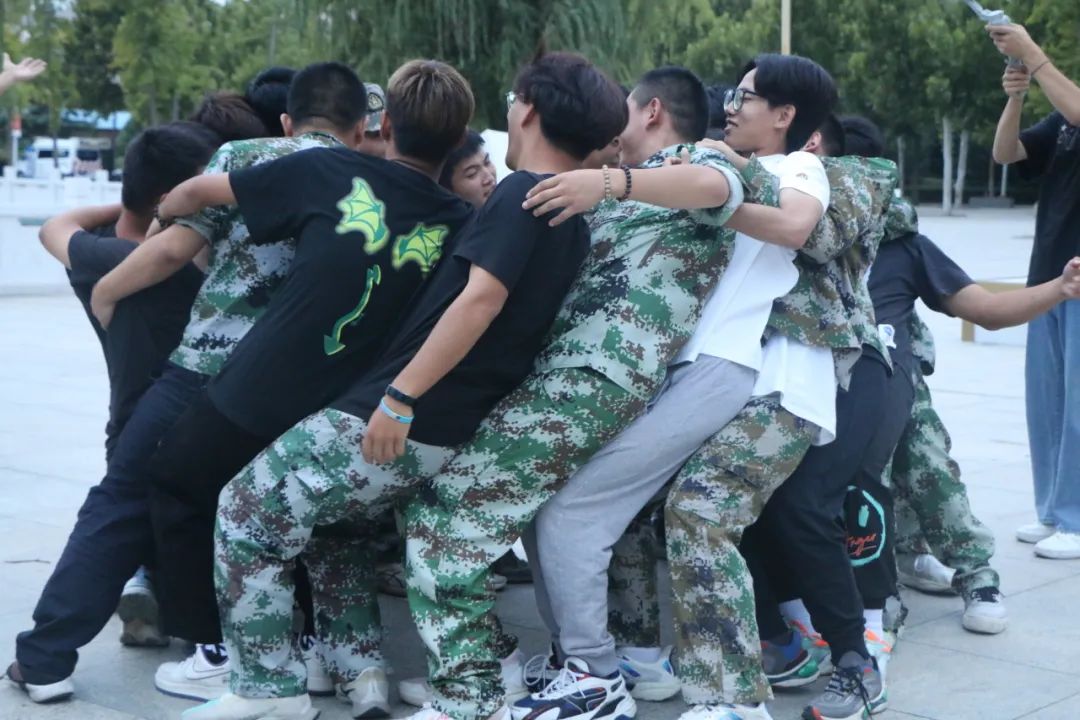
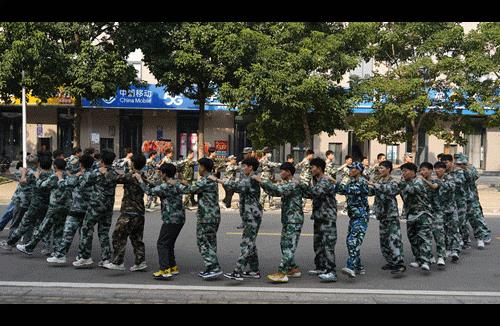
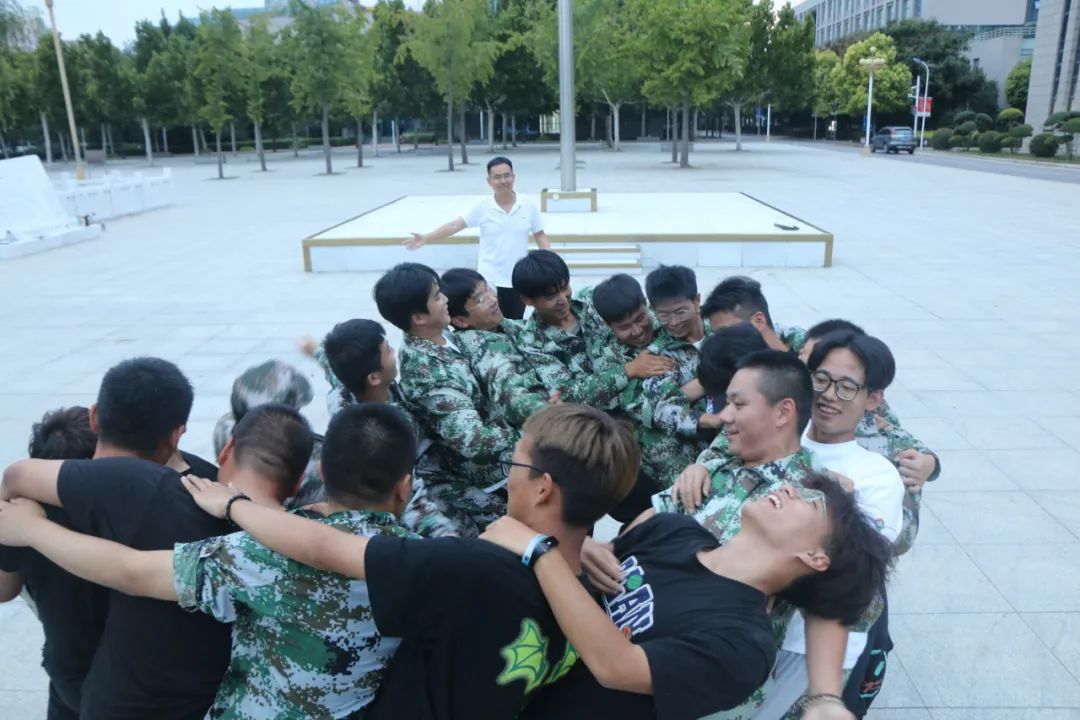
Meng Xin’s training ground in the scorching sun, let the scorching sun wash away impetuousness, shed youth with sweat, and harvest the imprint of youth transformation. Develop the quality of "concentric bridge" during the training interval, build trust, enhance friendship and accumulate spiritual strength for the university career!
Henan construction vocational and technical college
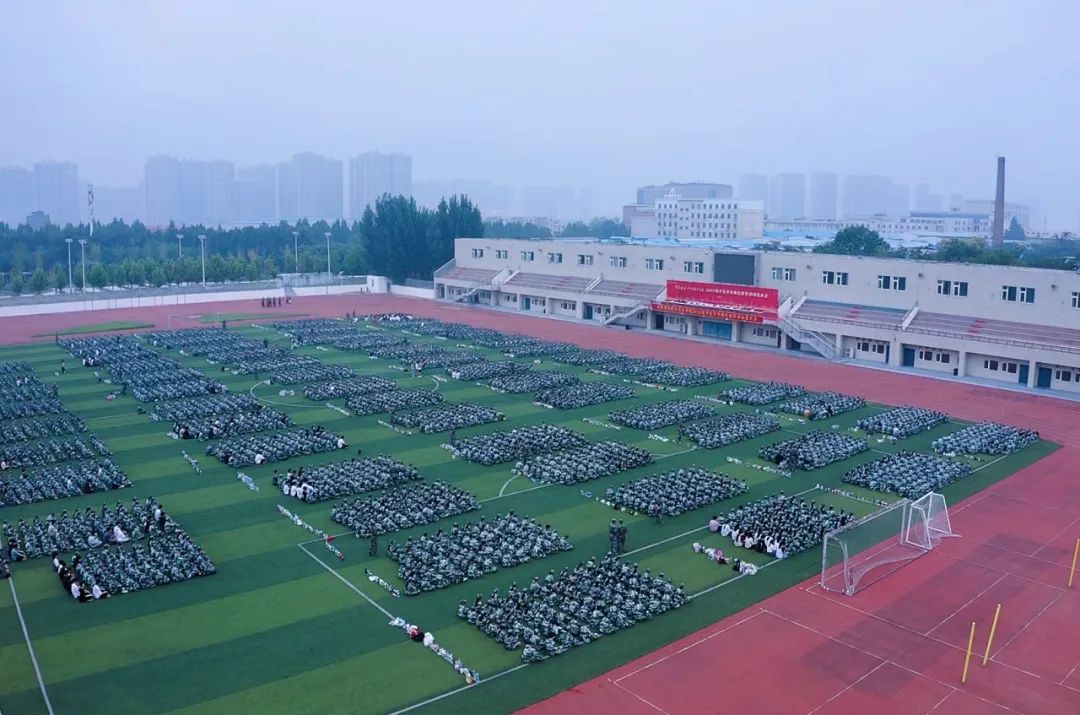
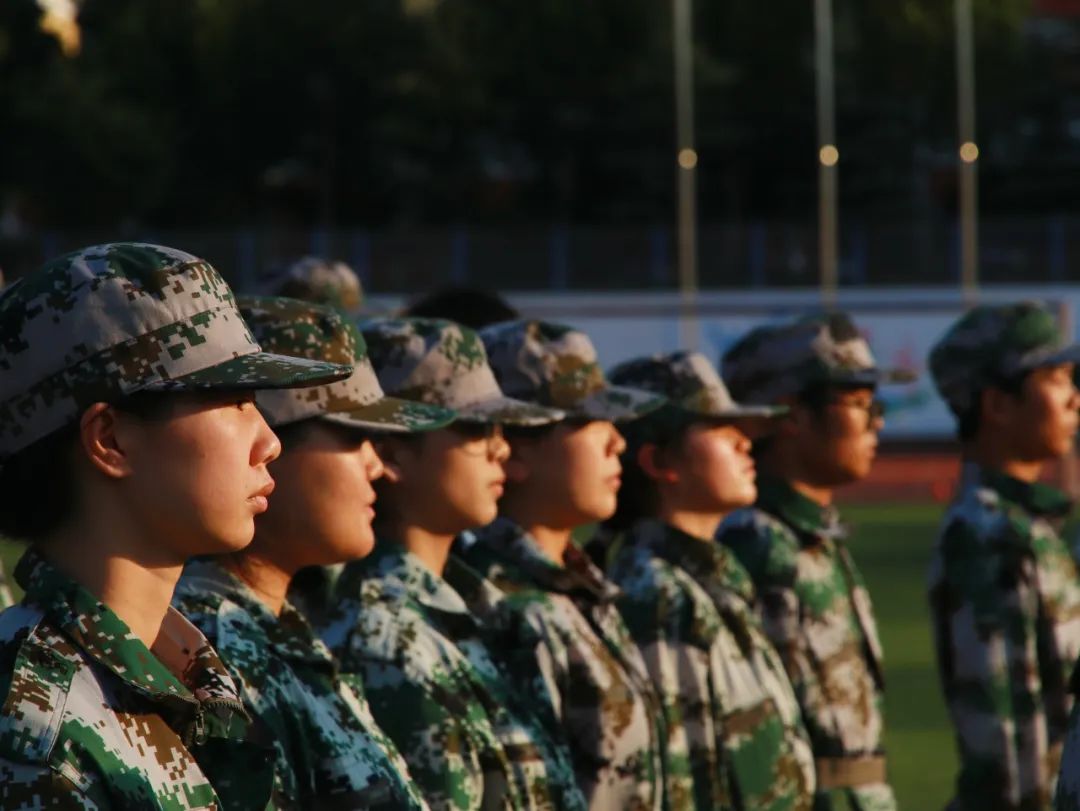
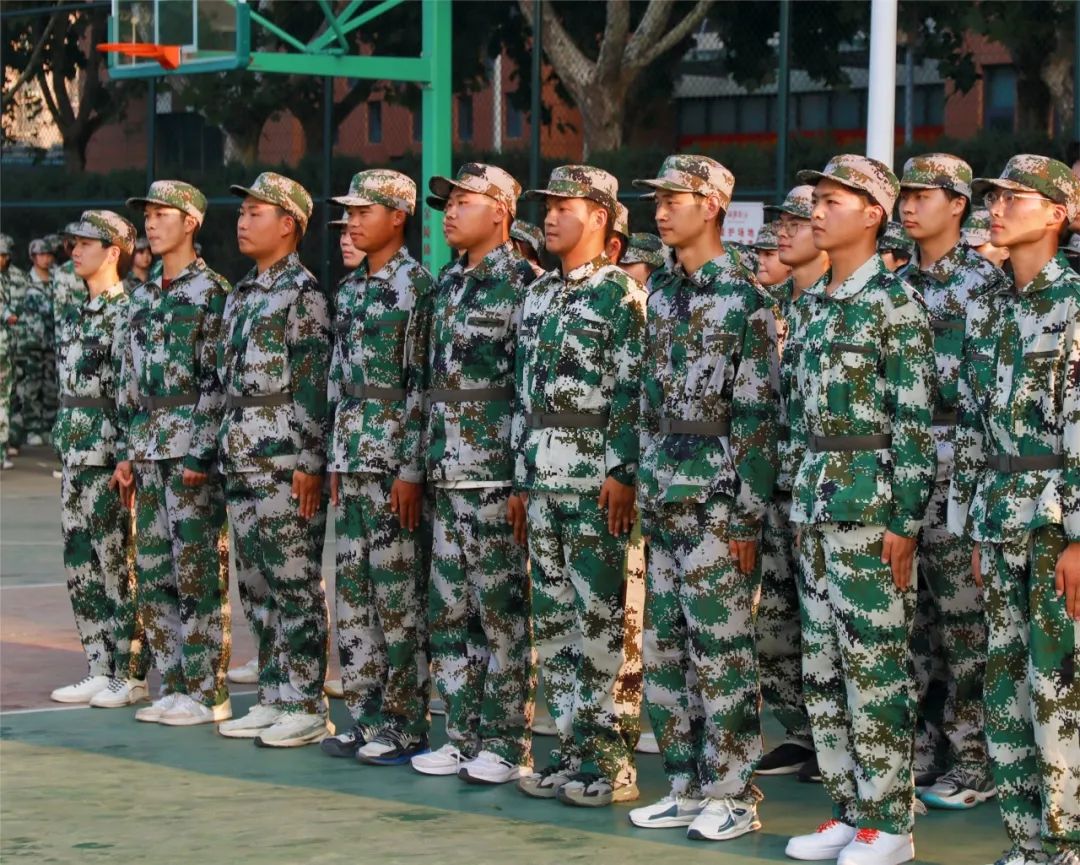
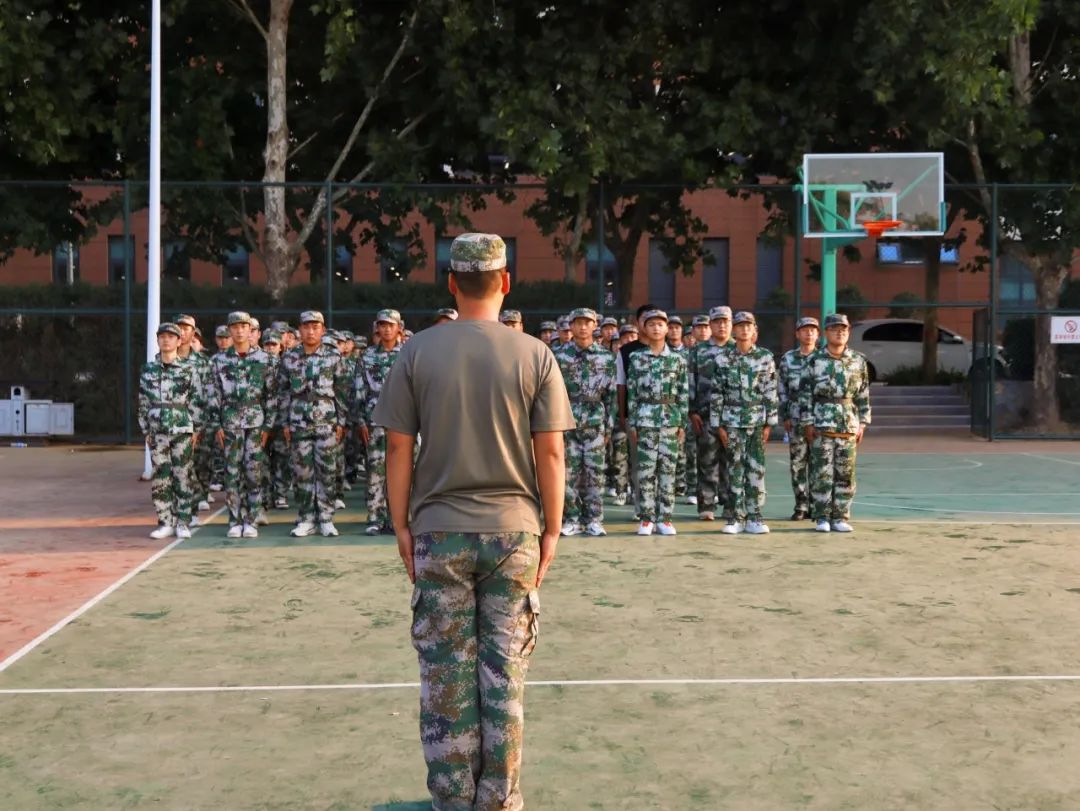
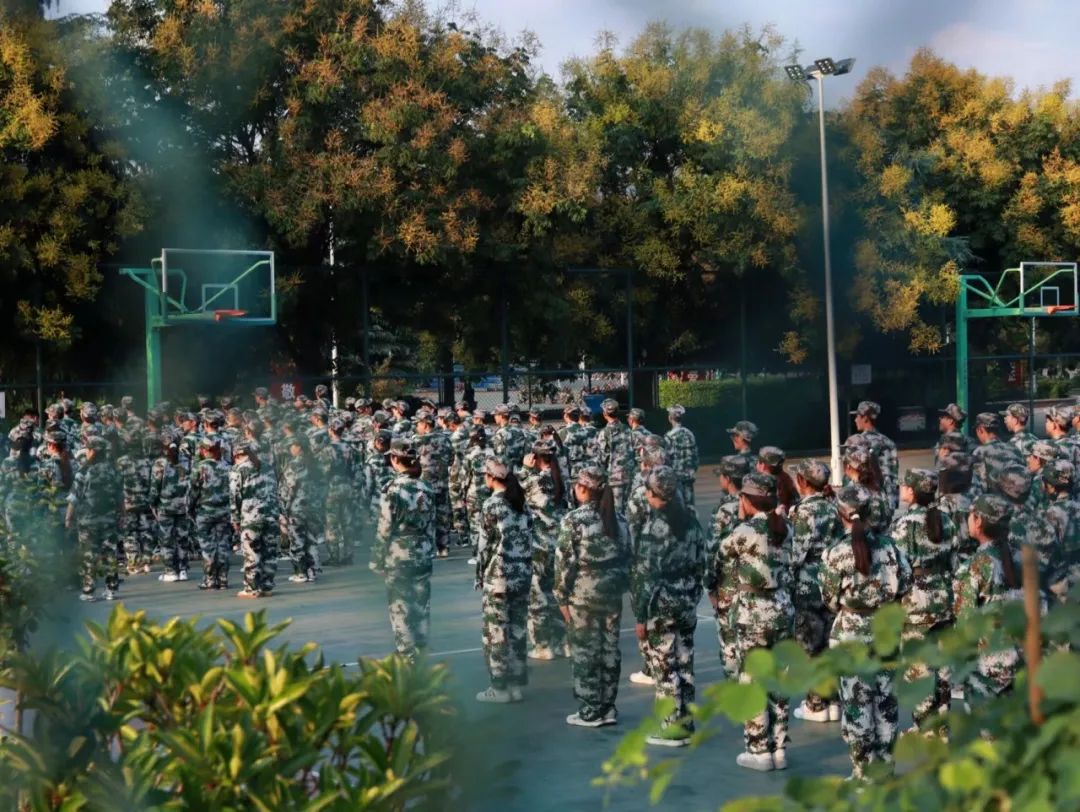
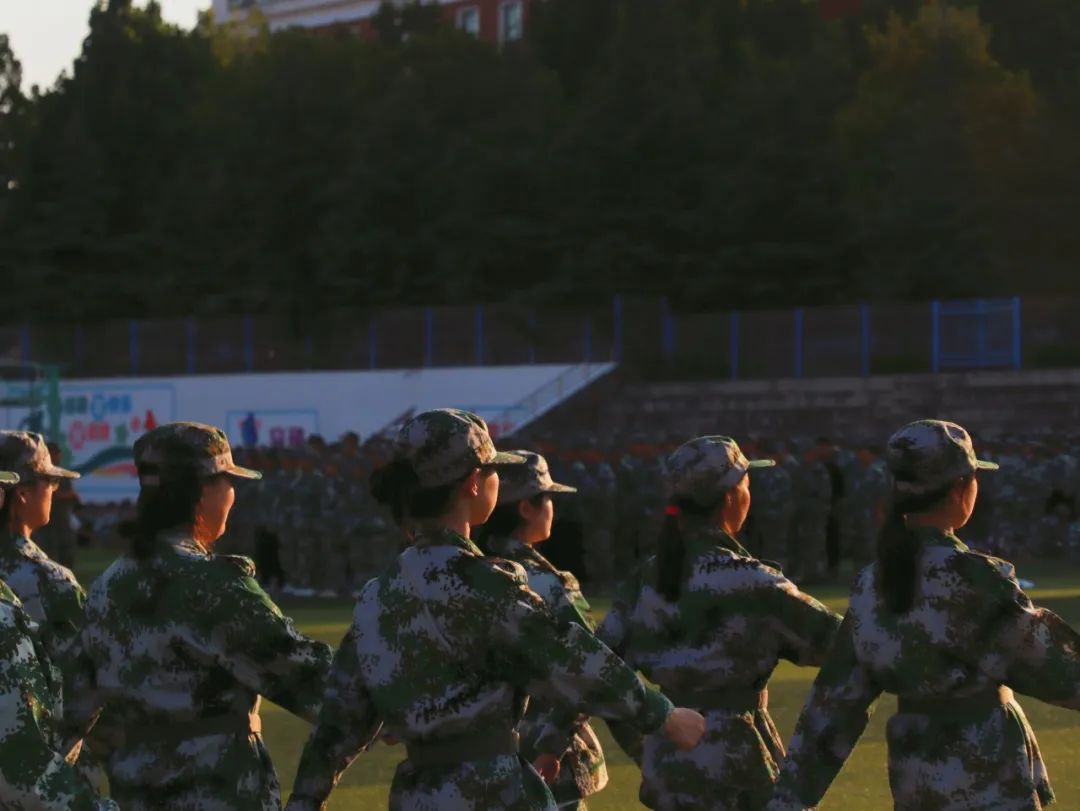
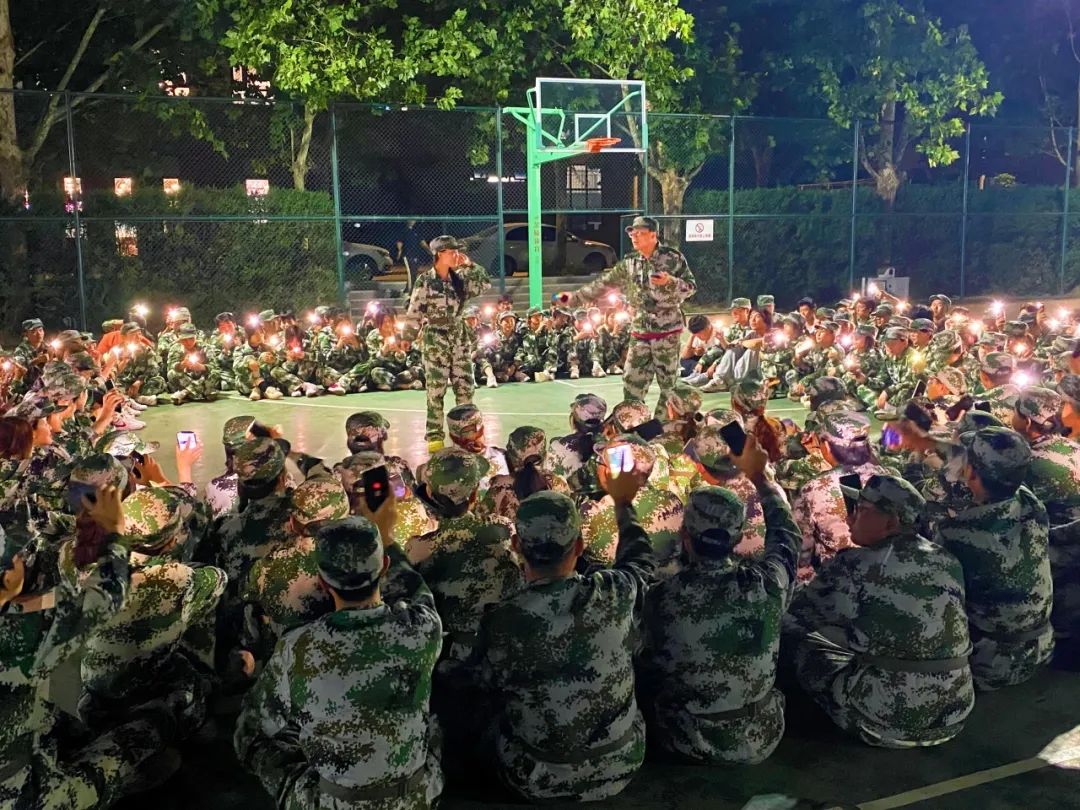
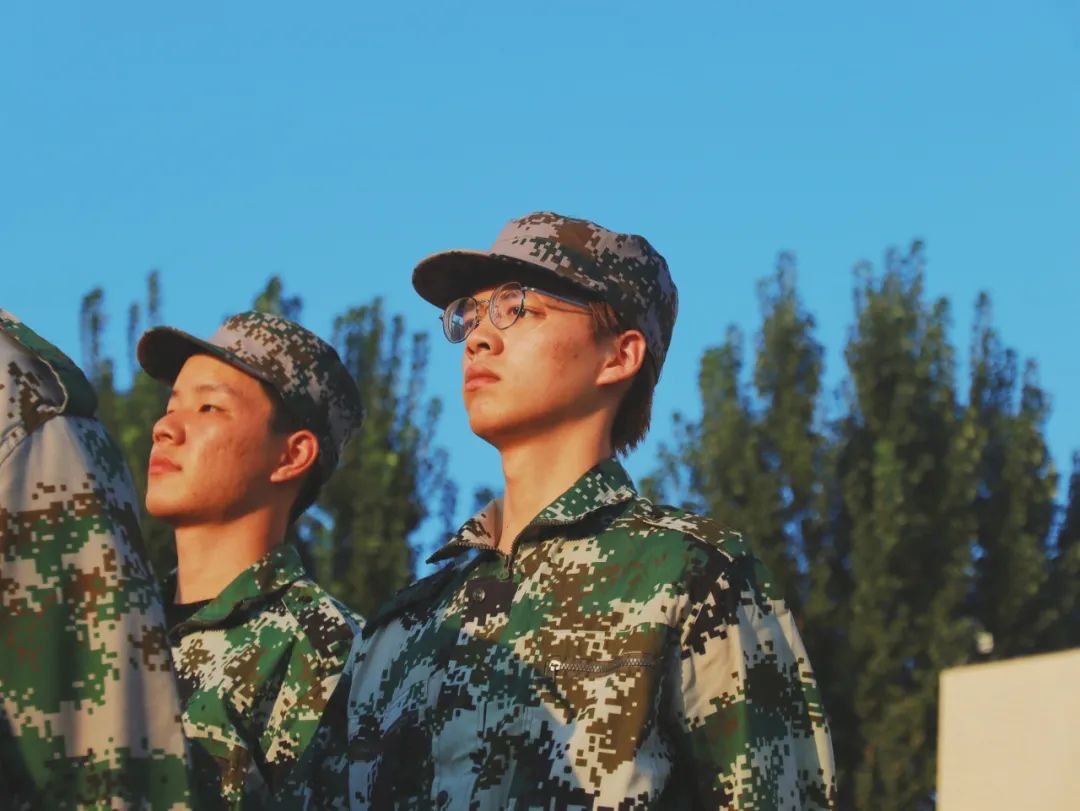
No military training, no youth. Although military training is bitter, it is of great significance. The journey of teenagers in henan technical college of construction is a sea of stars. With this courage, they will unite and be strong, and strive for their brightest appearance.
Xinxiang Vocational and Technical College
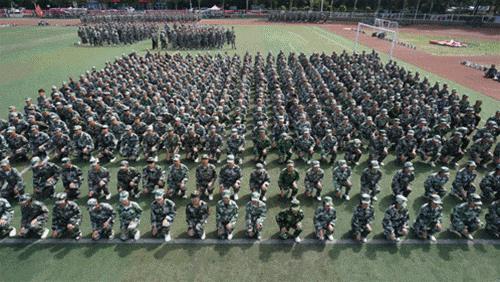
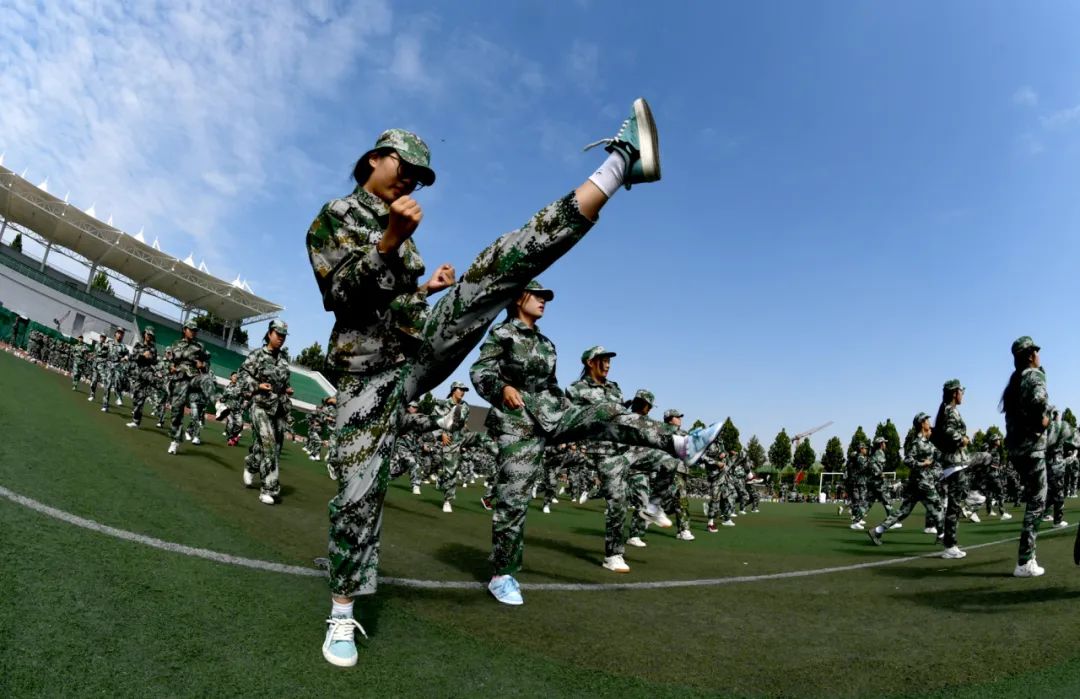
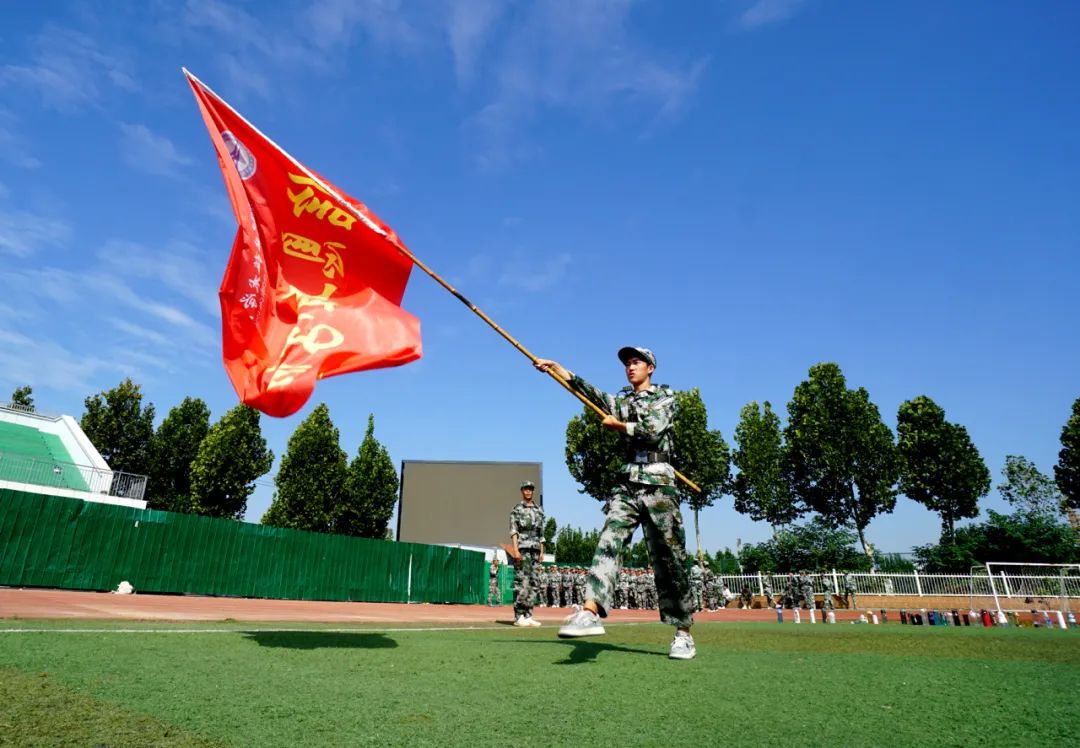
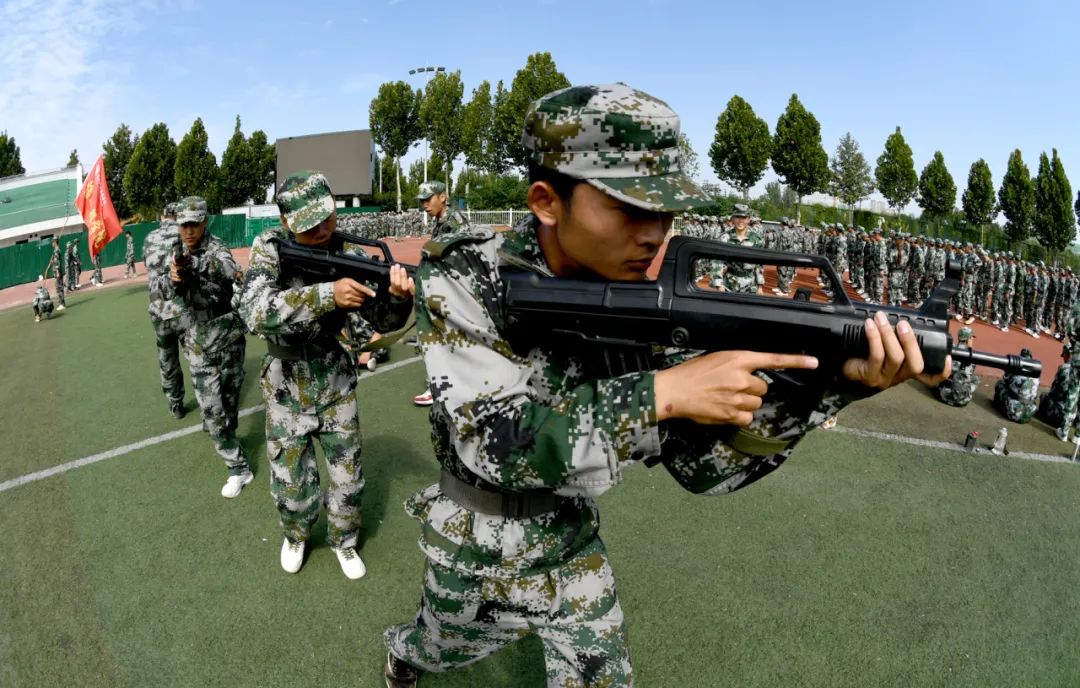
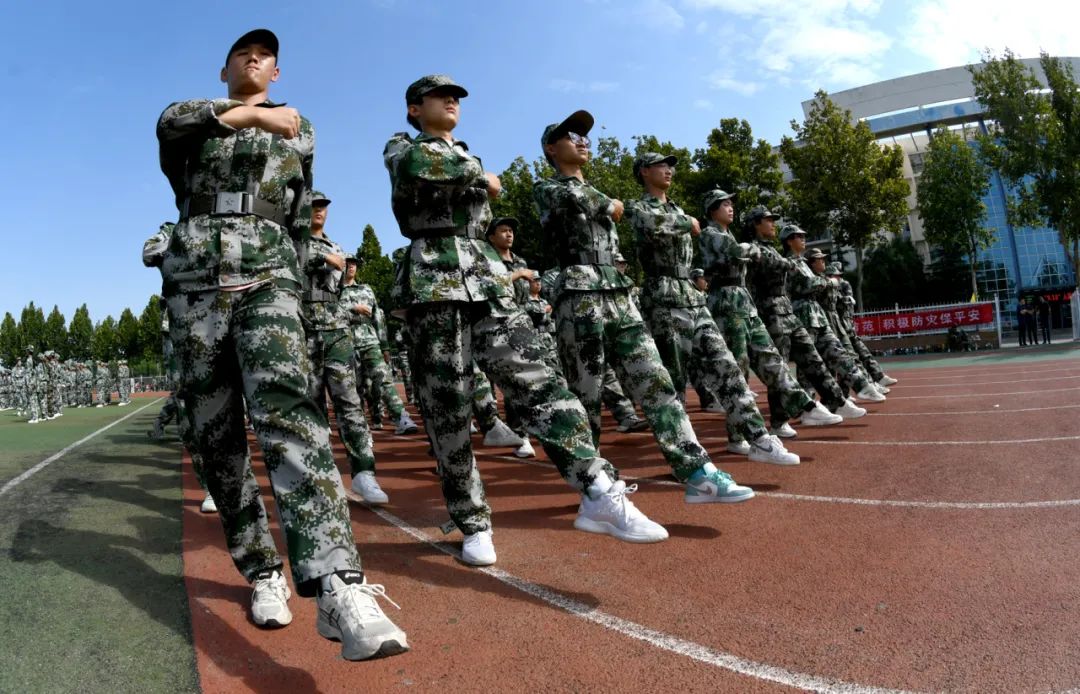
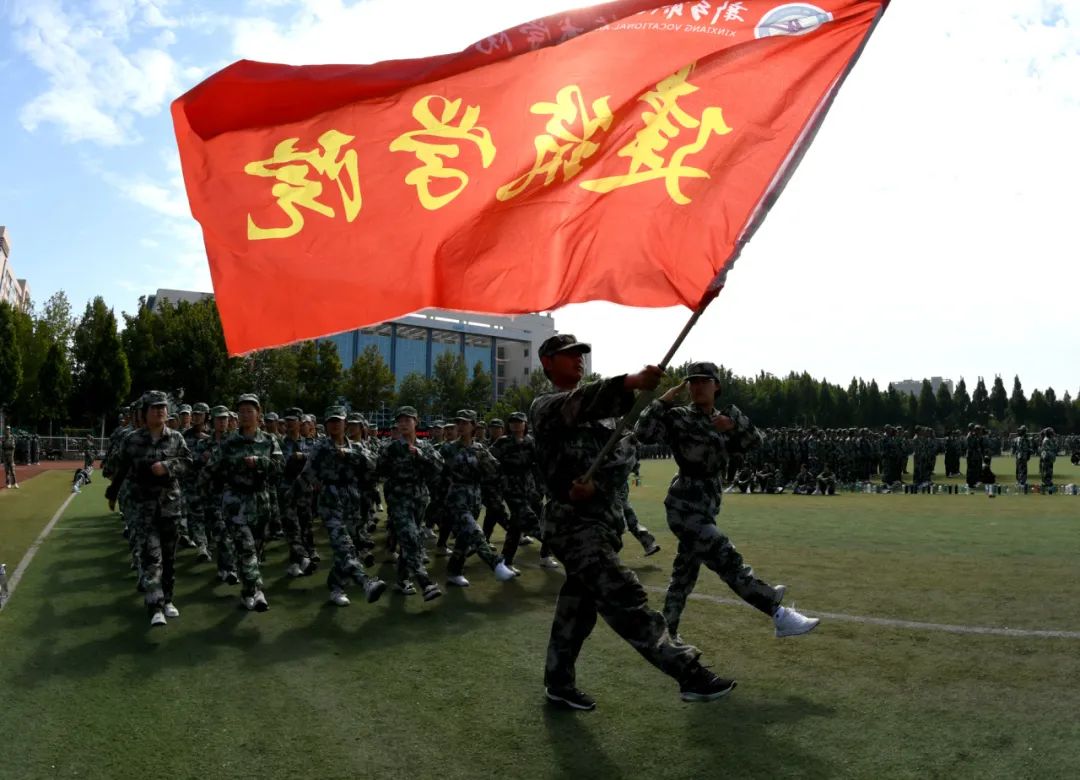
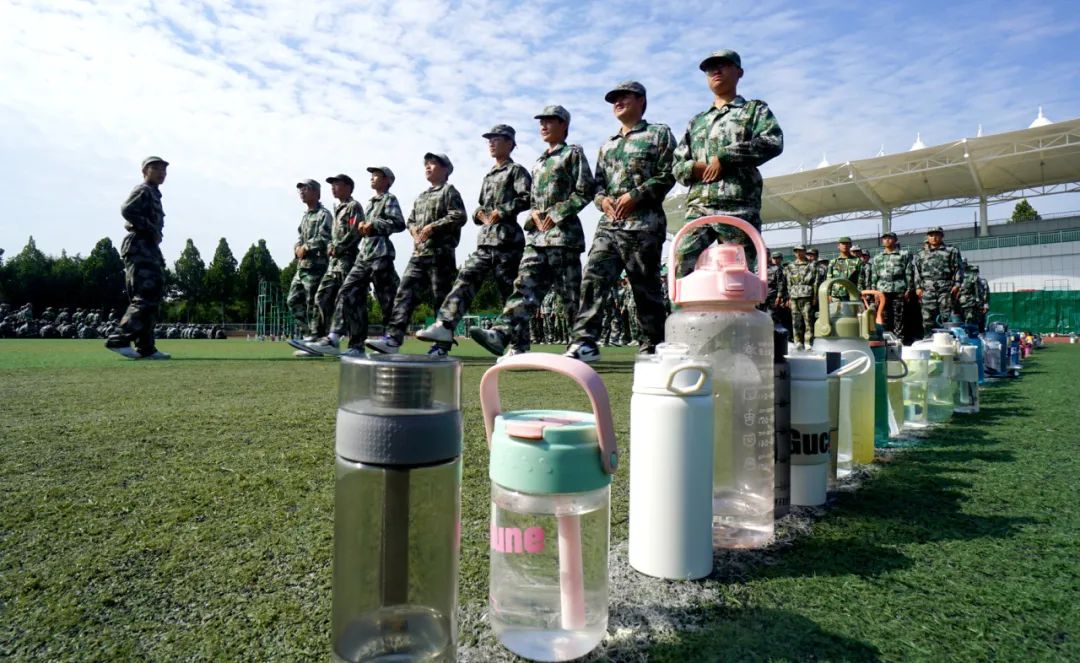
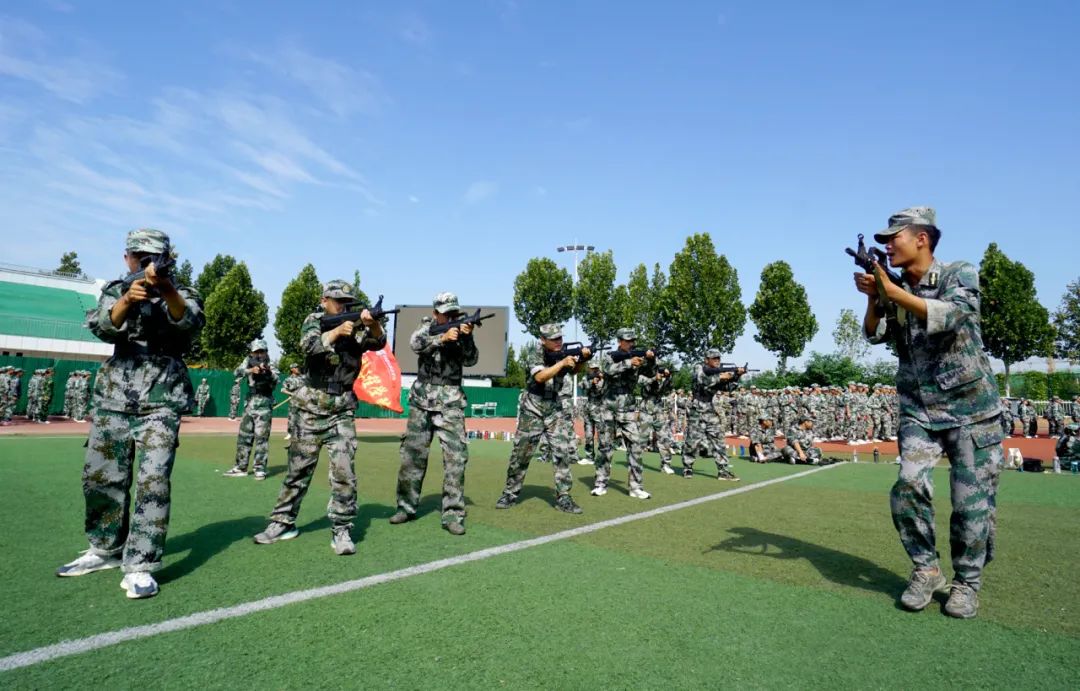
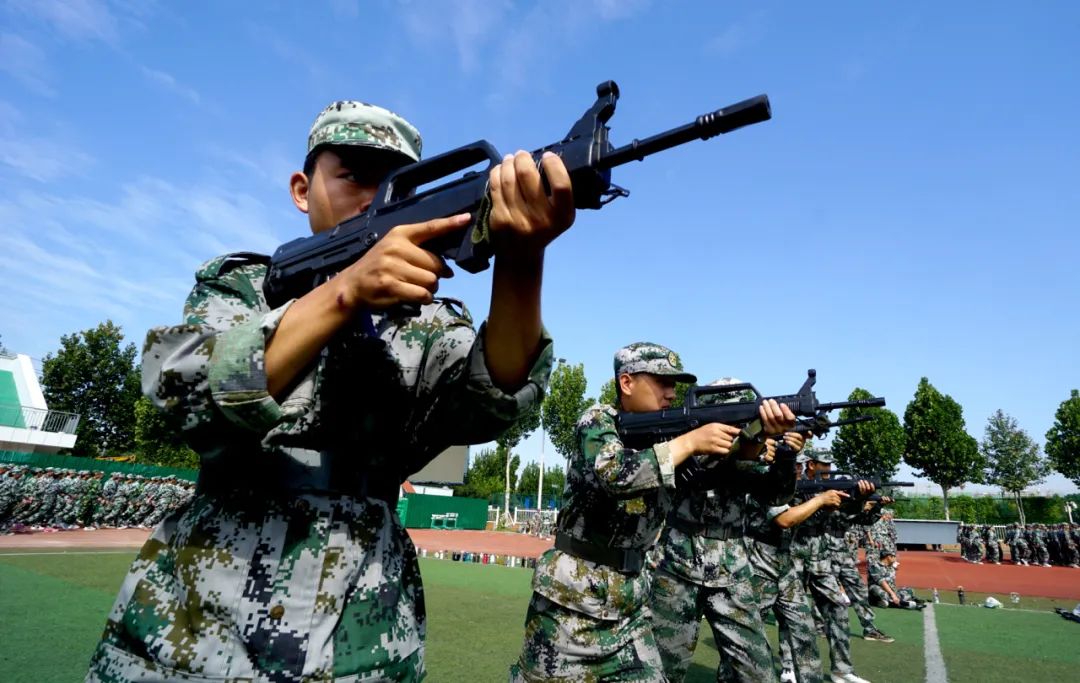
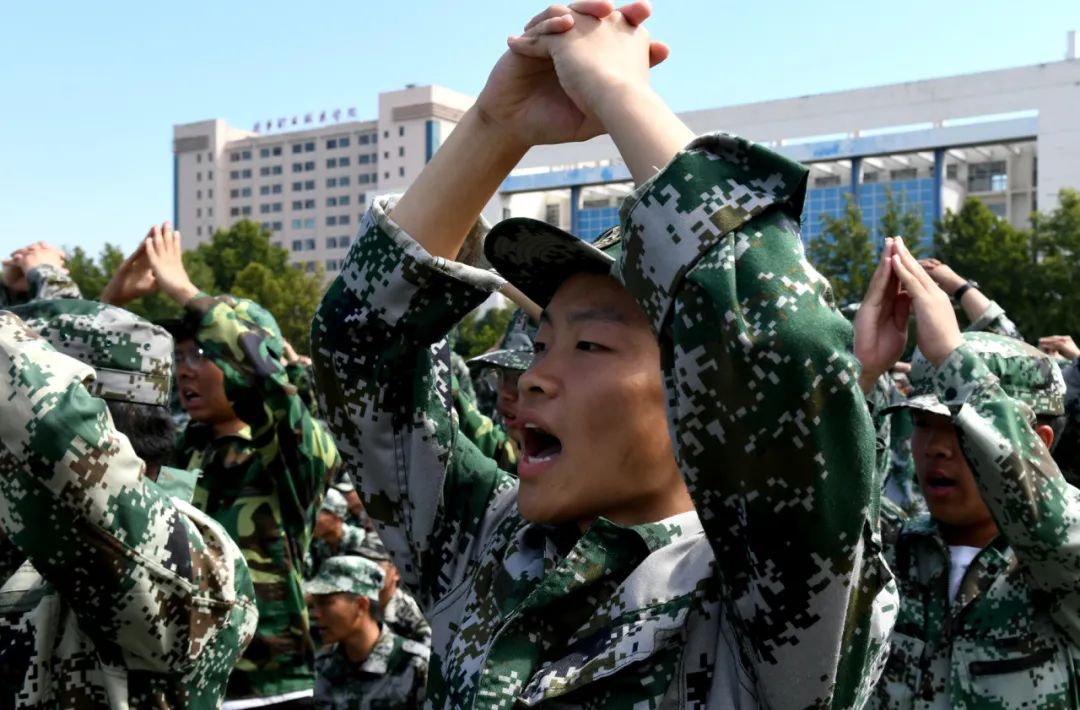
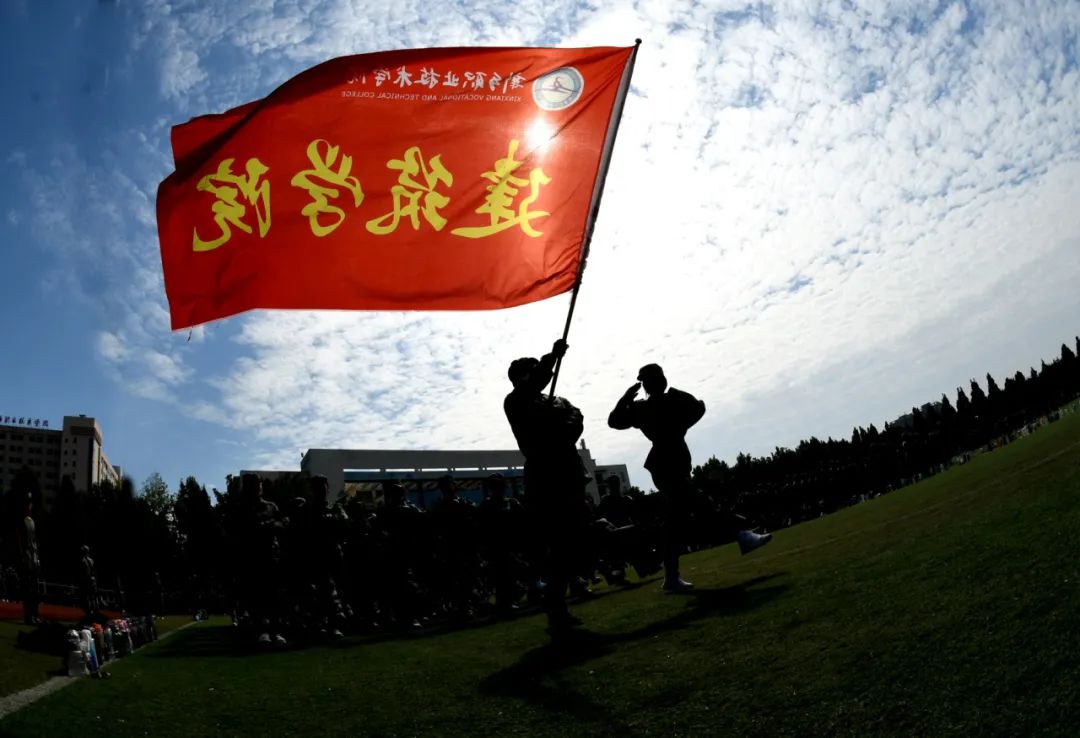
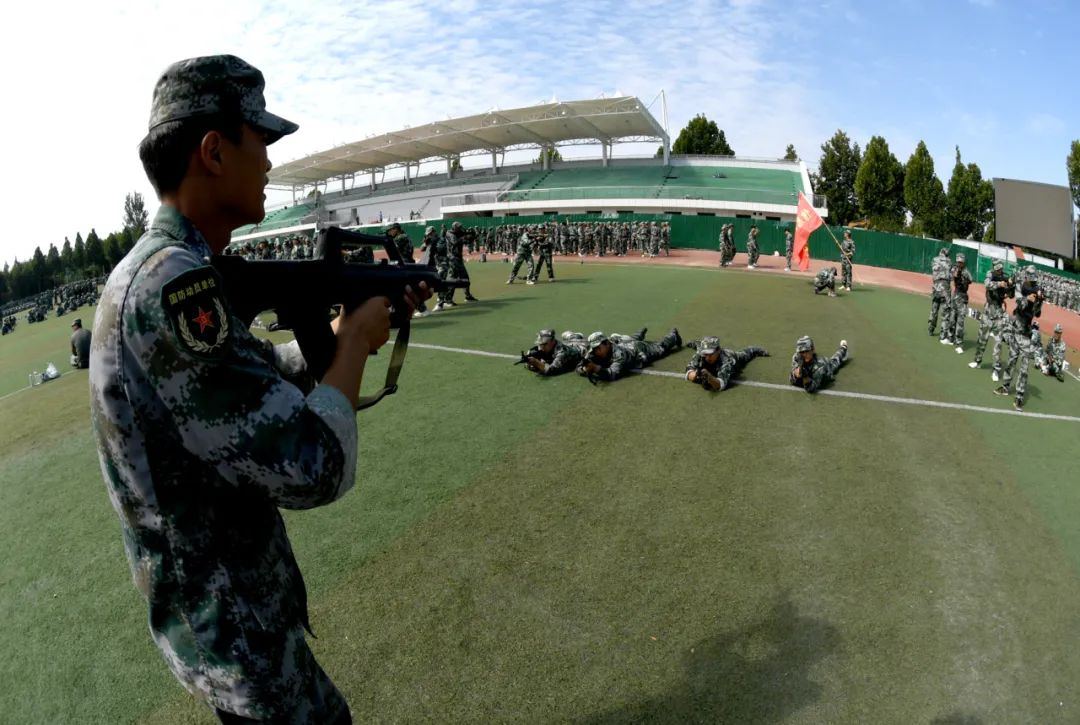
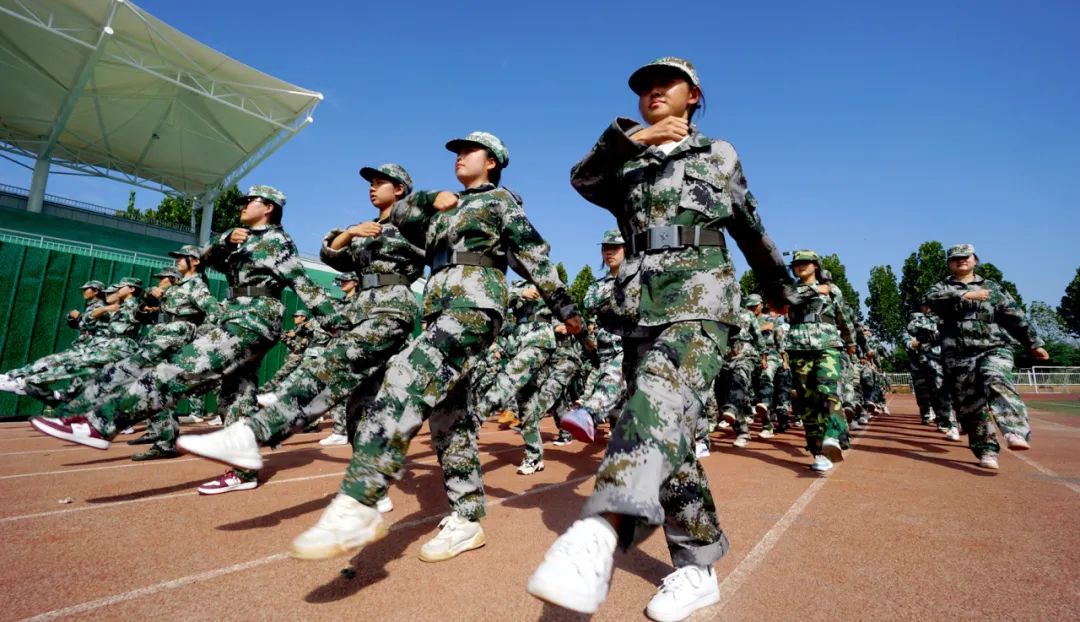
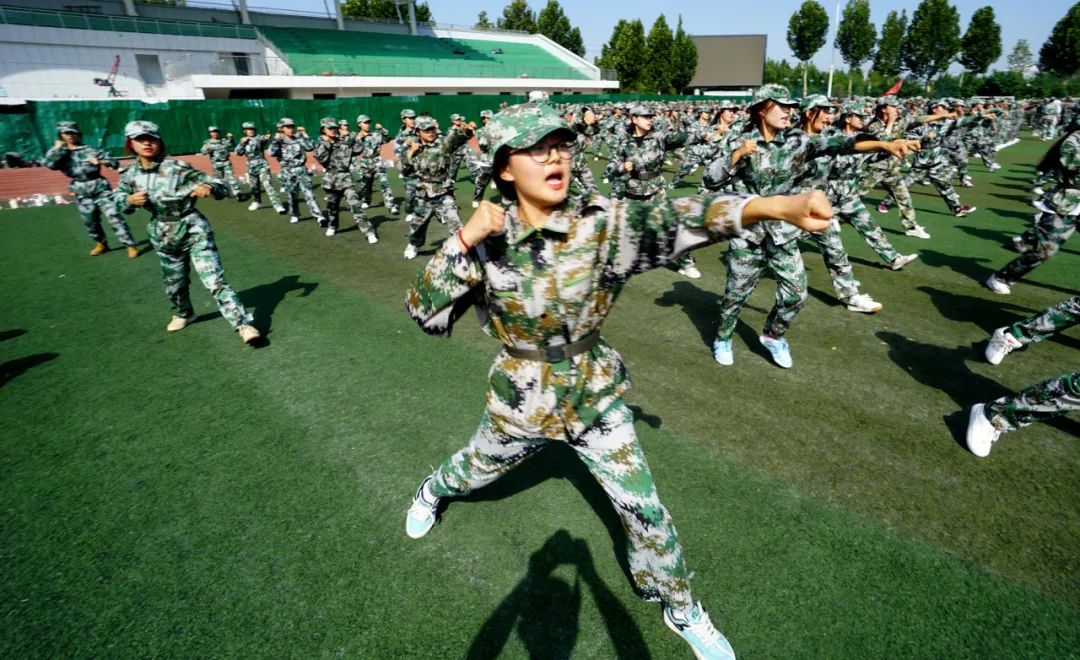
Military posture, marching, characteristic parade, military boxing, military subject training … Xinxiang Vocational and Technical College started the military training for freshmen after they reported for duty. In the hot sun at the end of summer, everyone tempered their strong will in the physical training of military training, and experienced the importance of discipline in a neat pace.
Zhengzhou Huanghe Nursing Vocational College
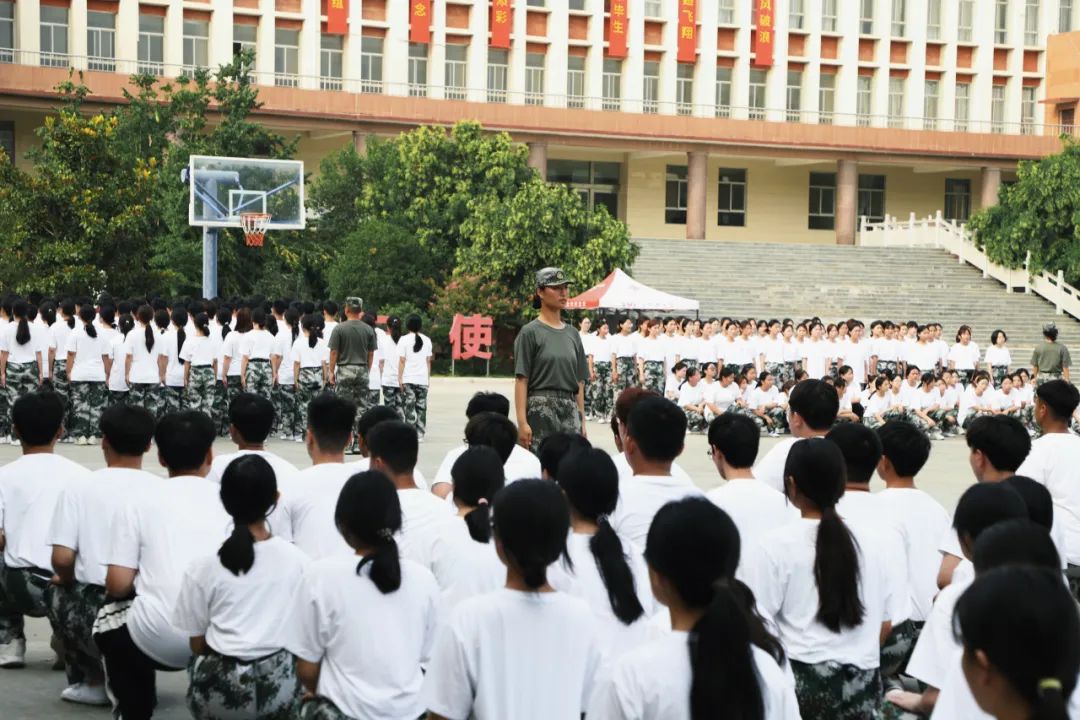
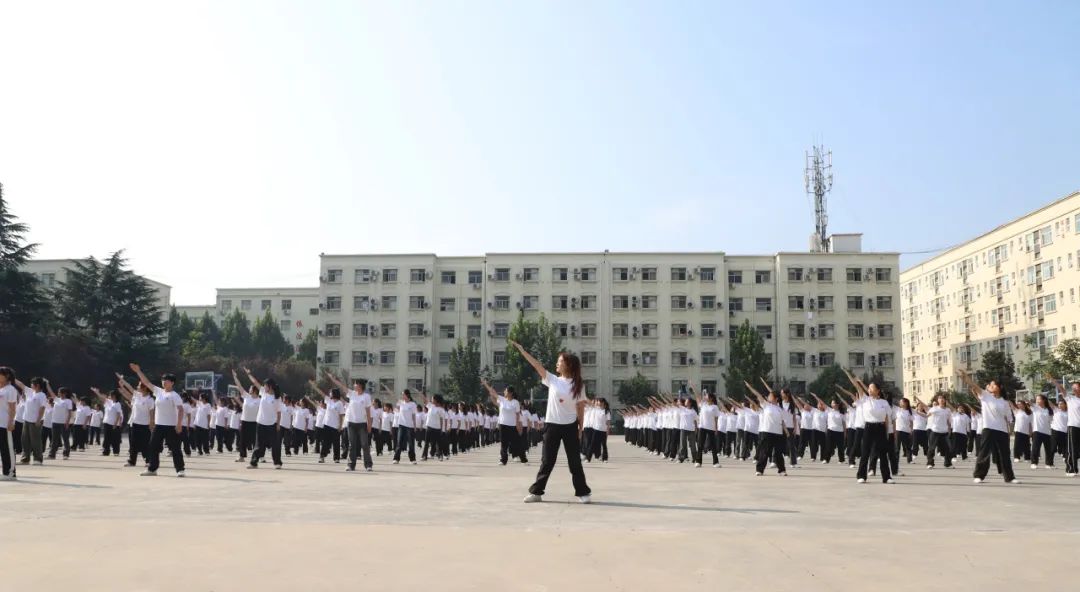
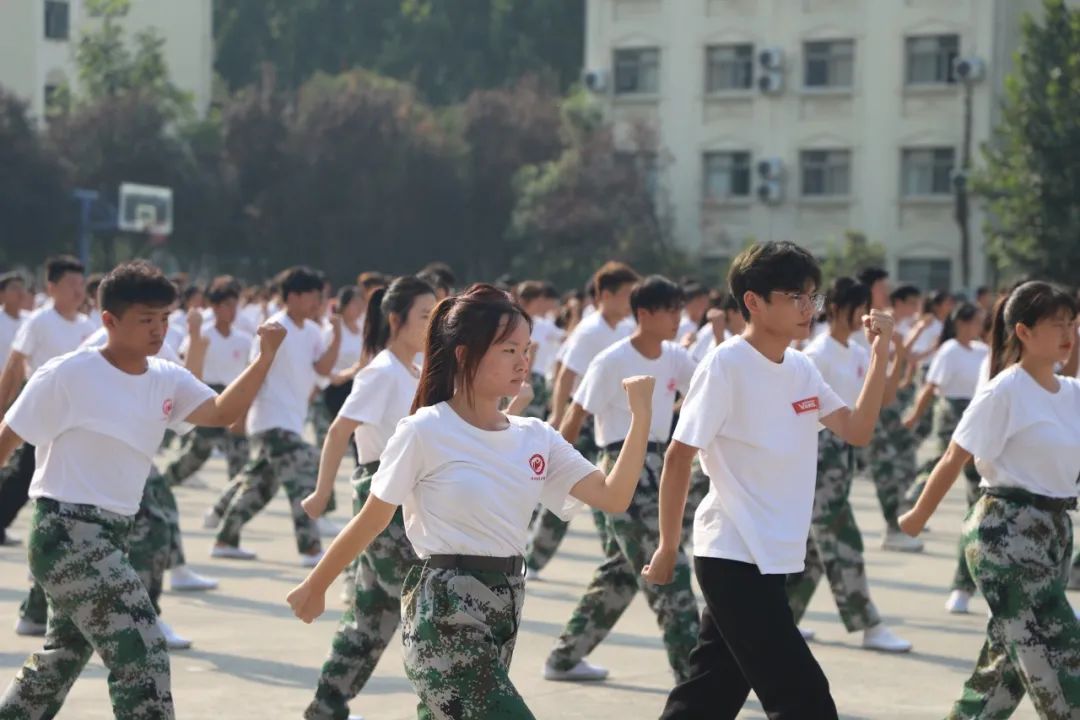
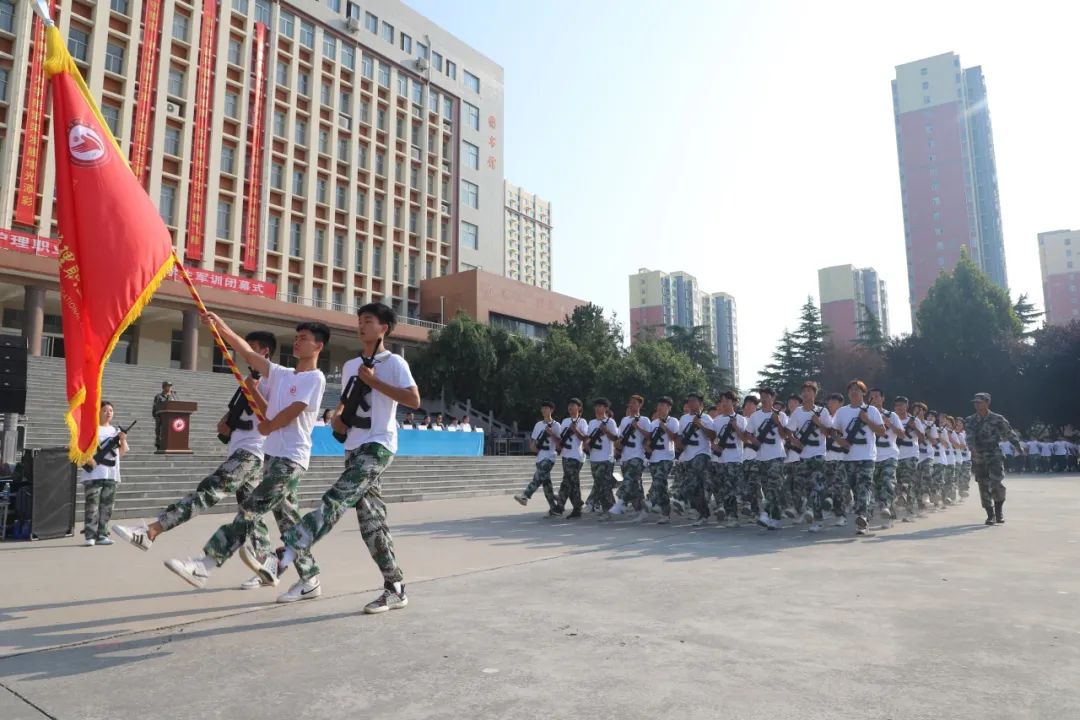
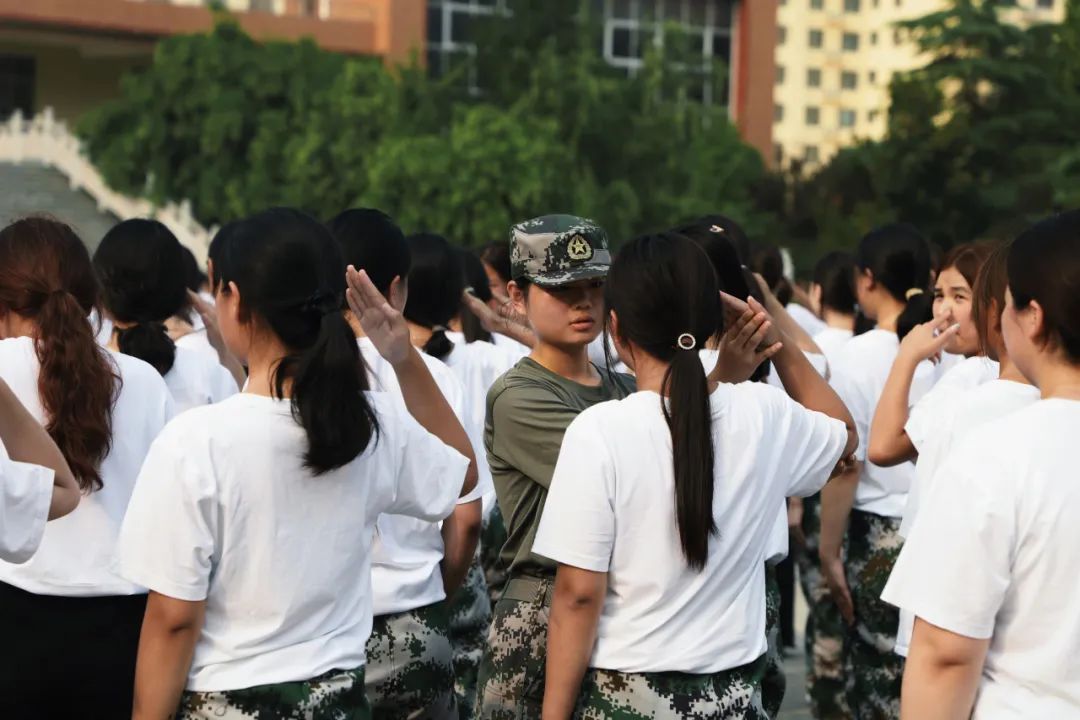
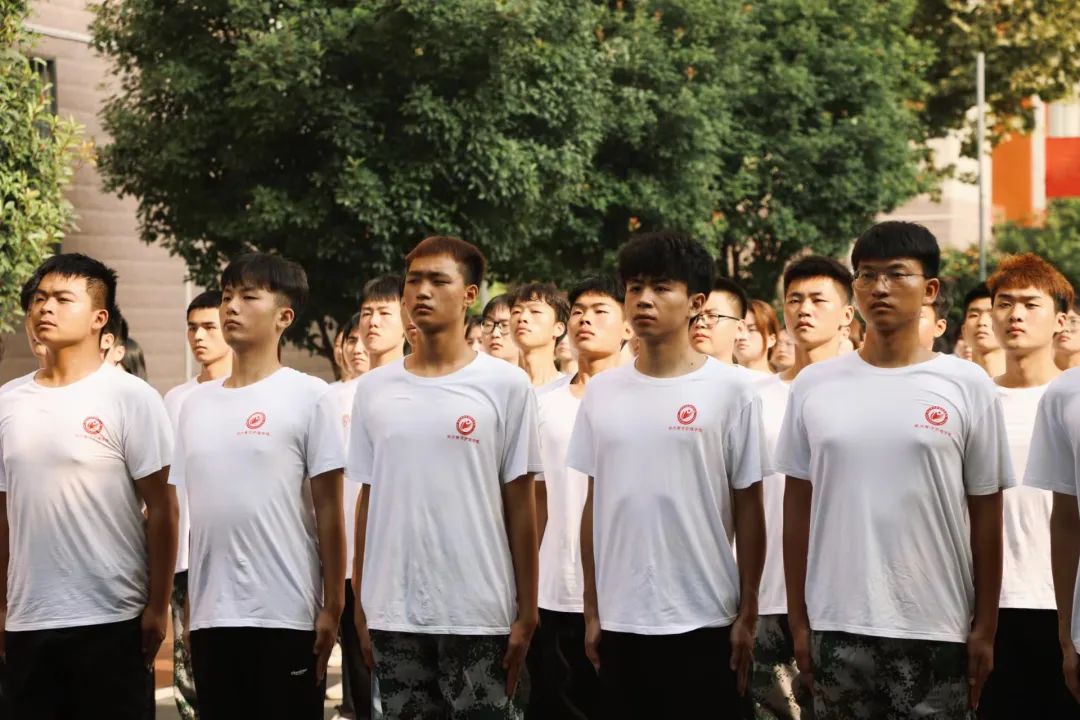
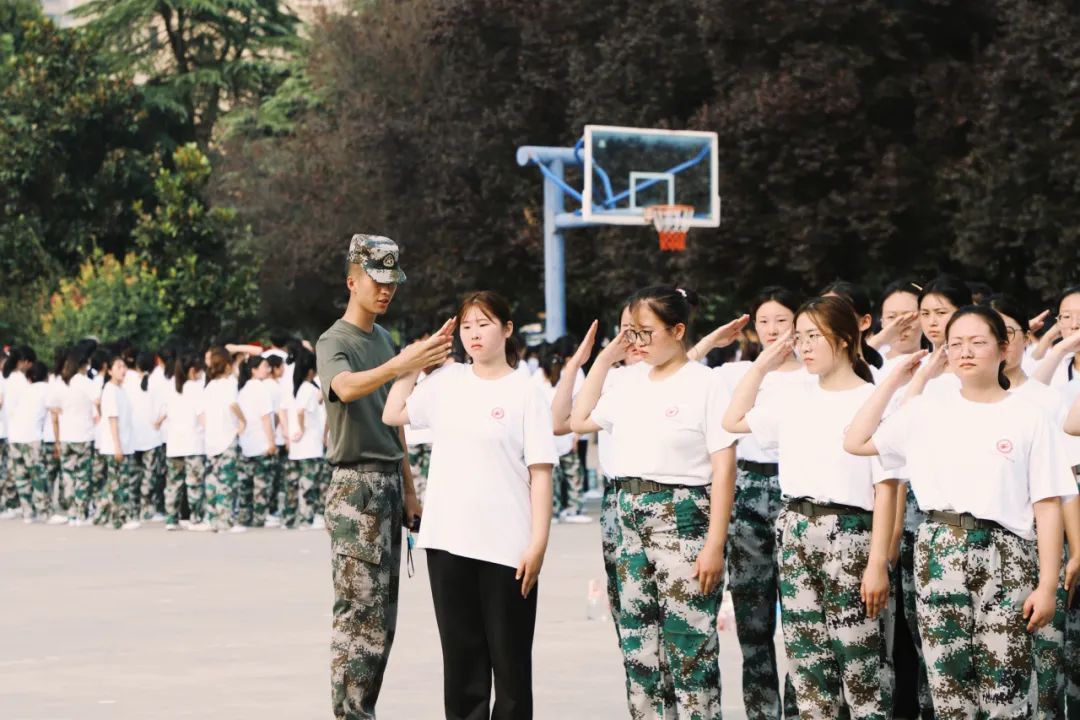
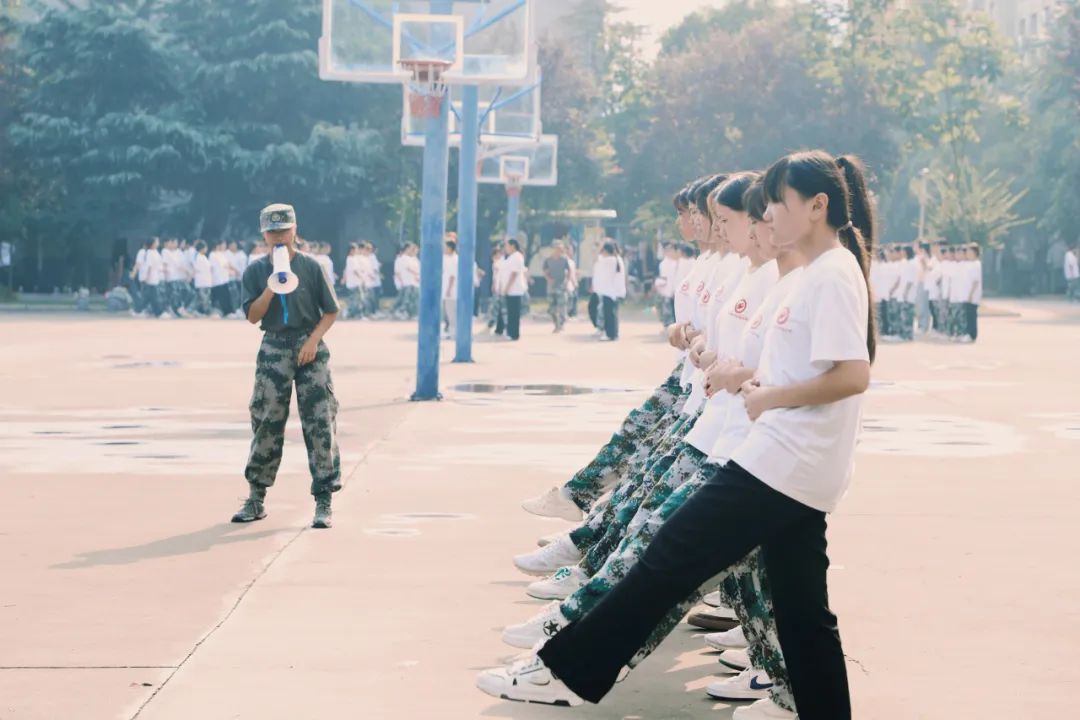
At the military training site, every slogan of the freshmen of Zhengzhou Huanghe Nursing Vocational College shouted loudly, and every military posture stood straight. They laughed at the scorching sun and were as disciplined as iron. They support each other and trust each other, showing the most beautiful posture of youth.
Luoyang Vocational and Technical College
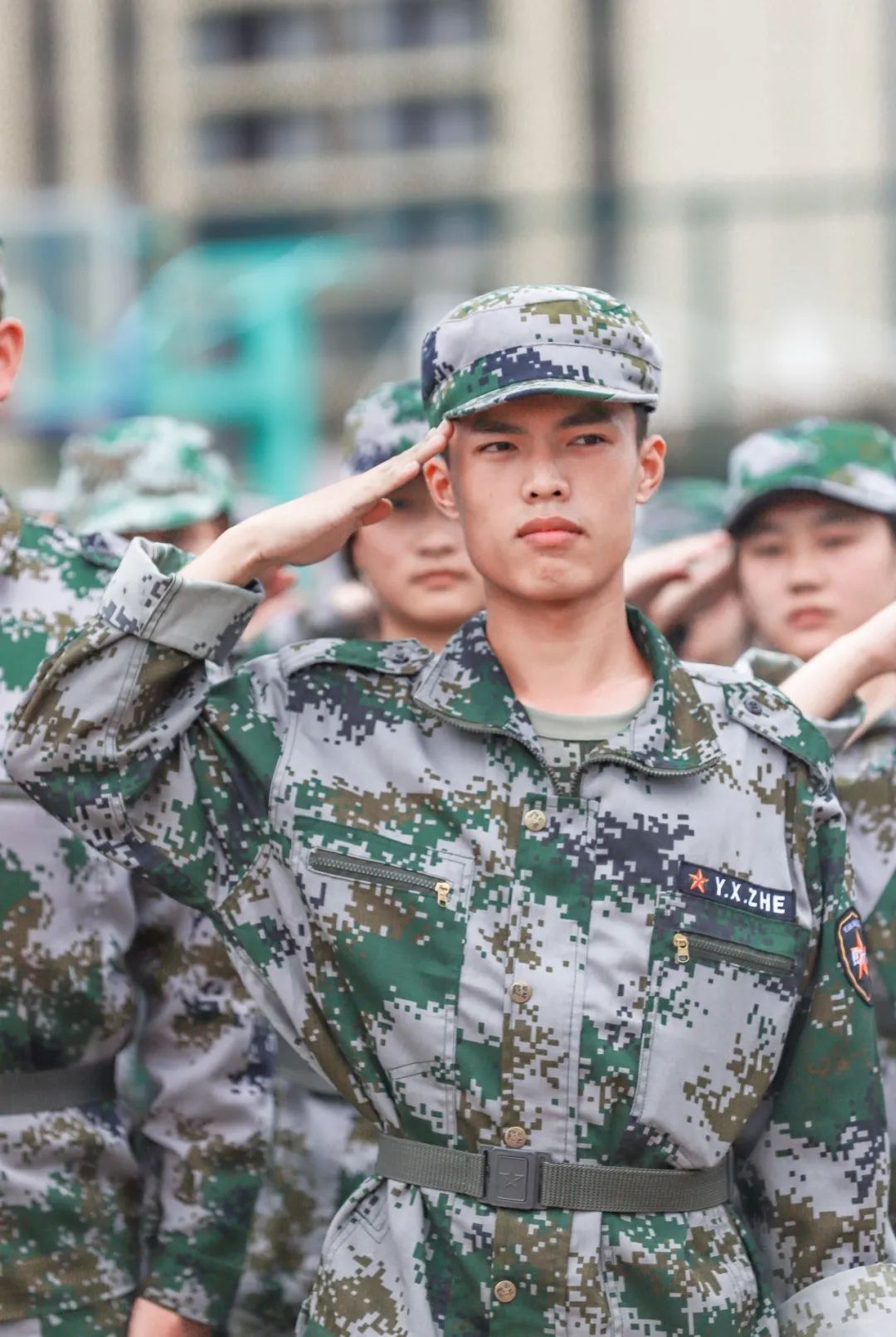
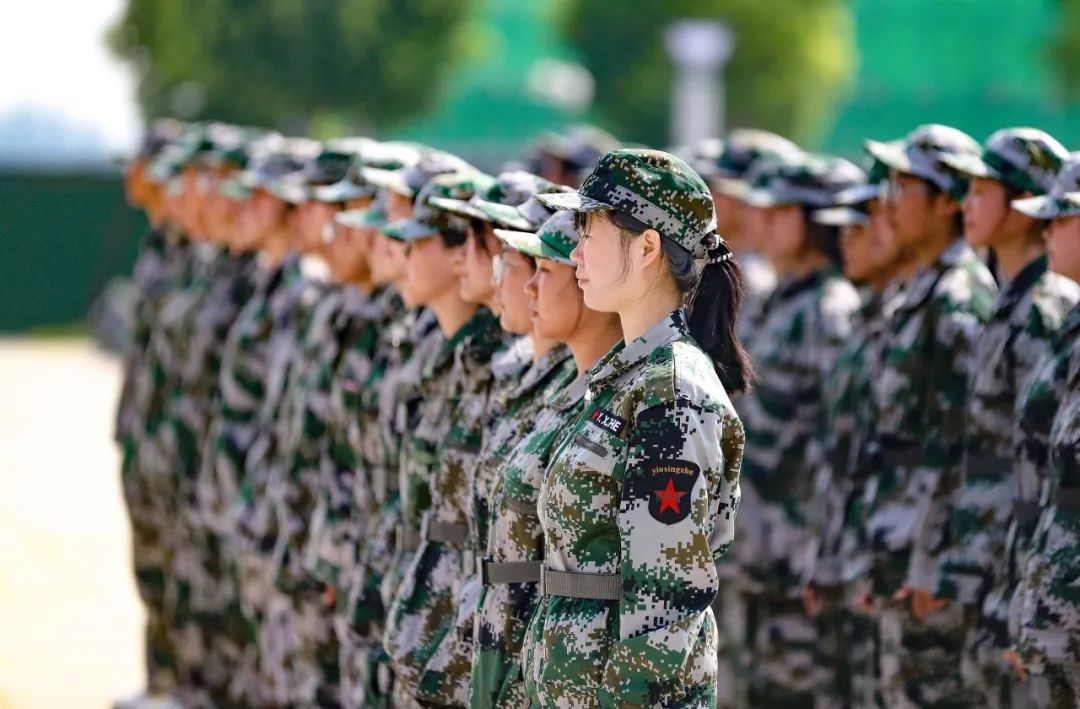
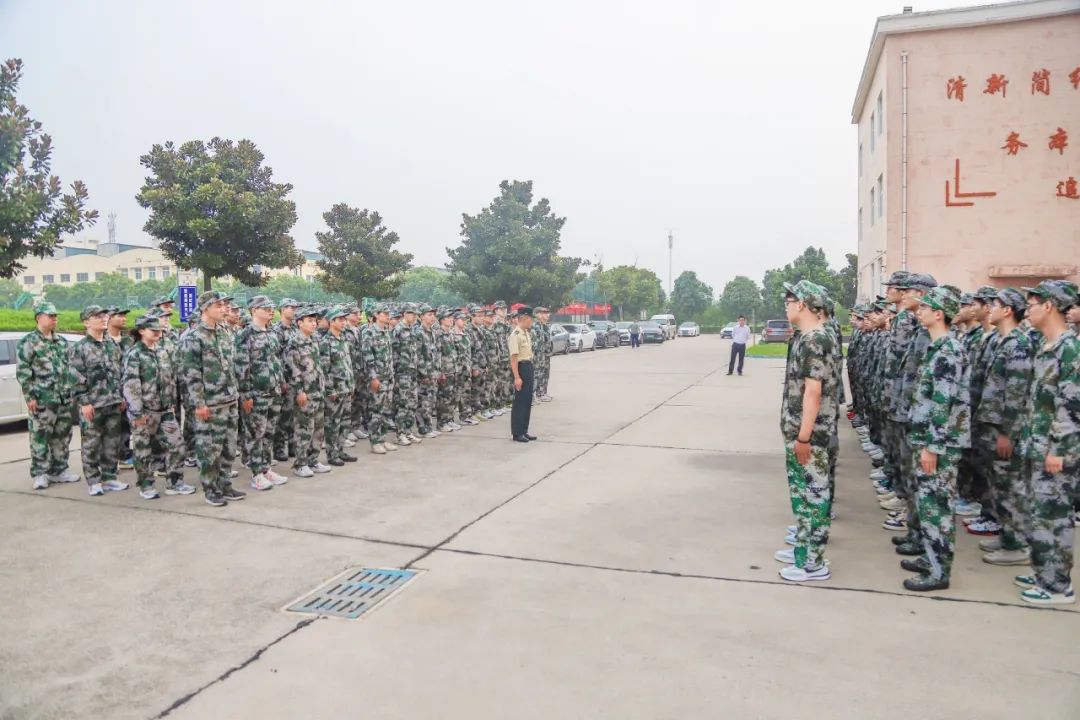
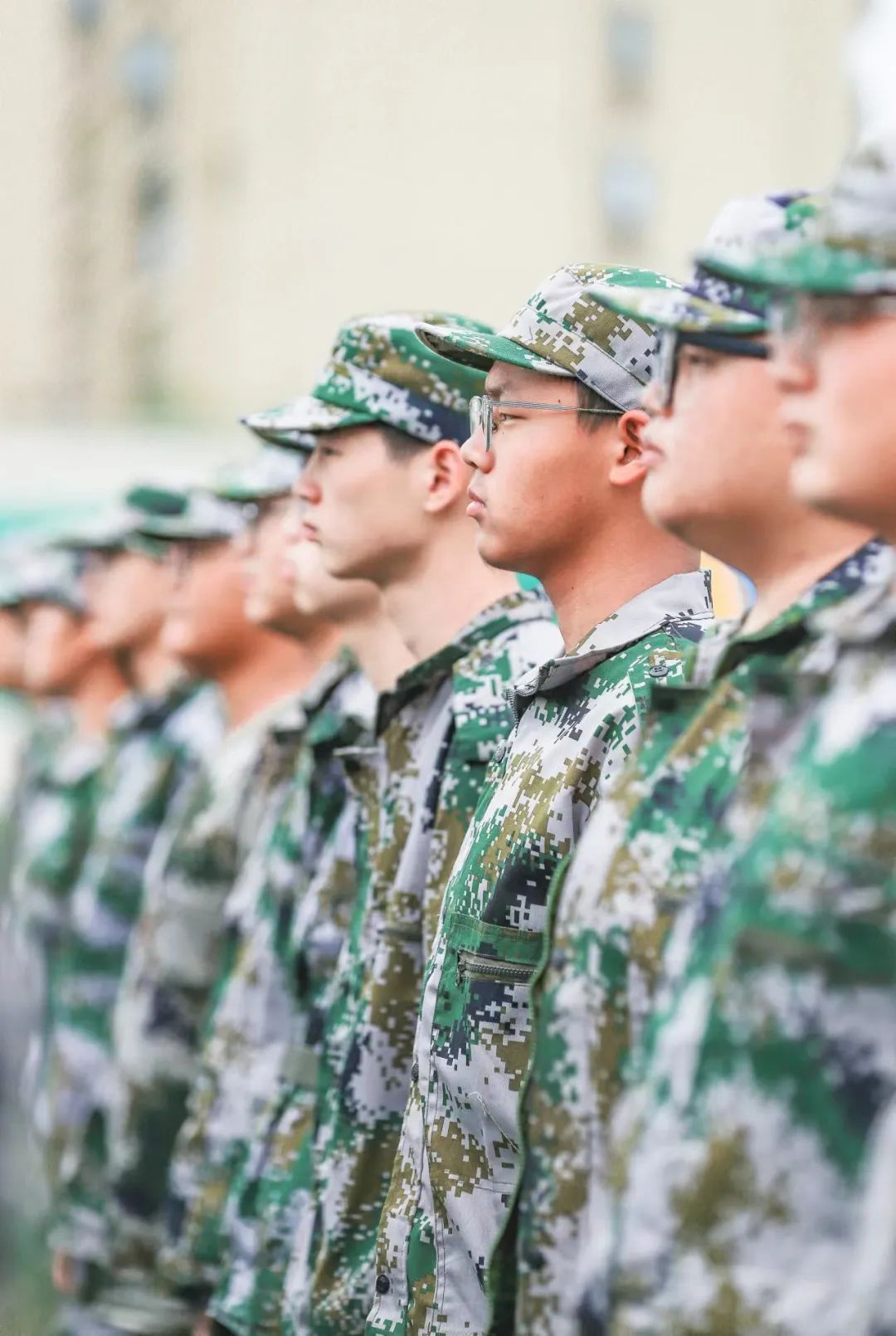
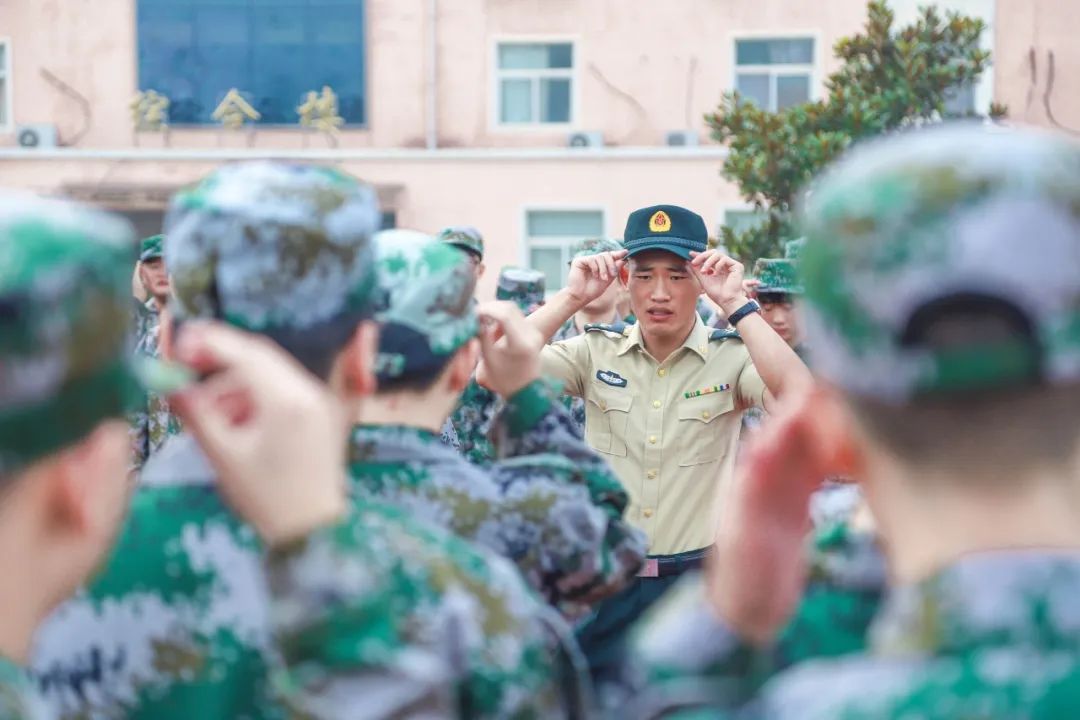

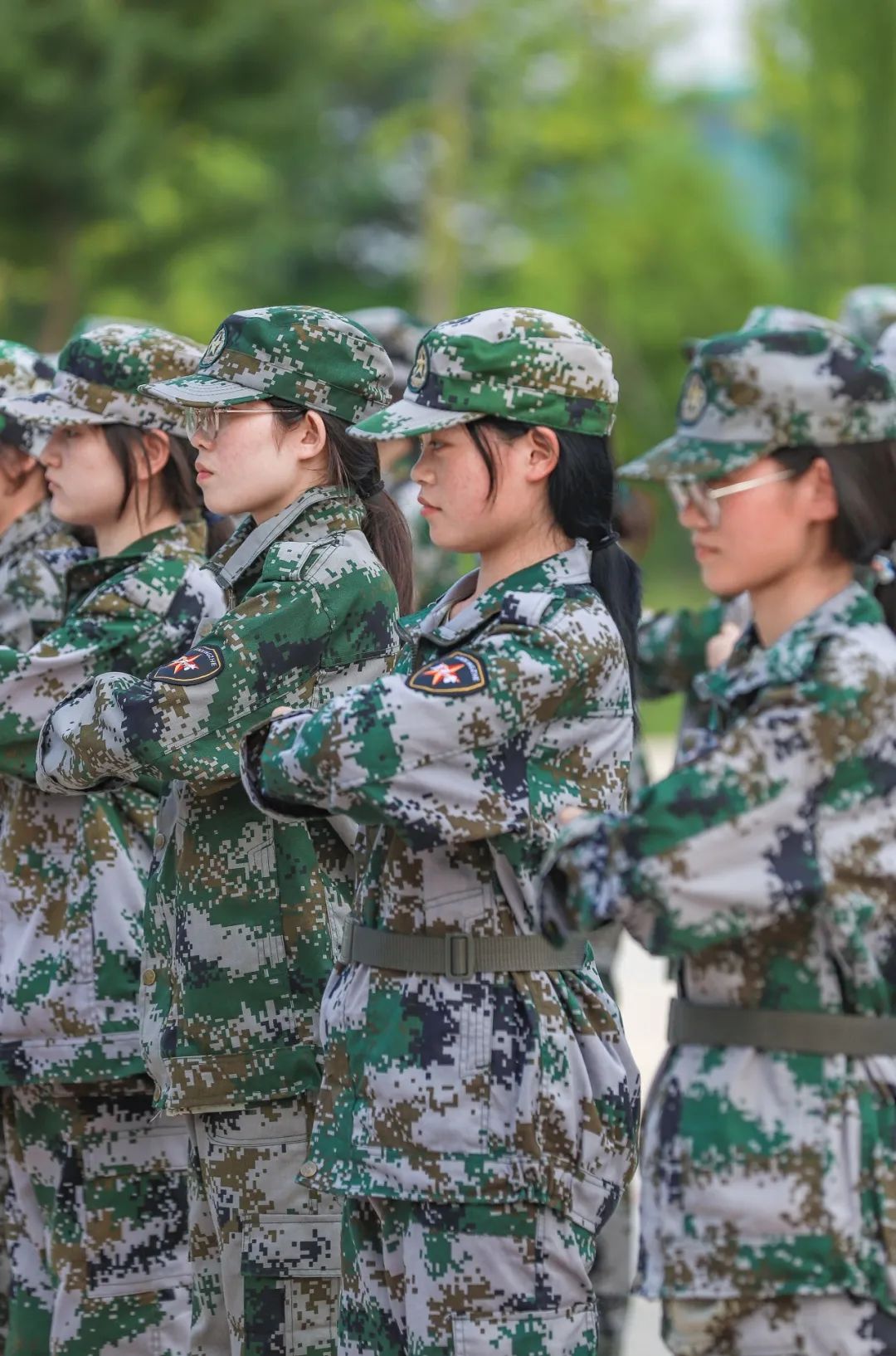
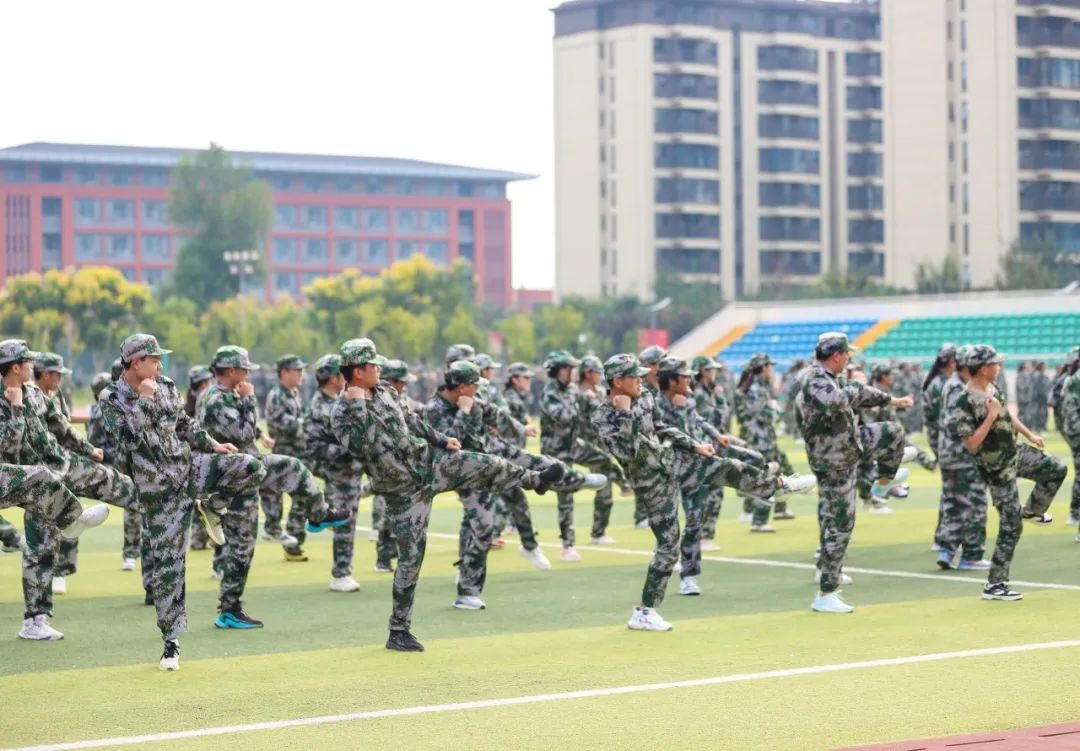
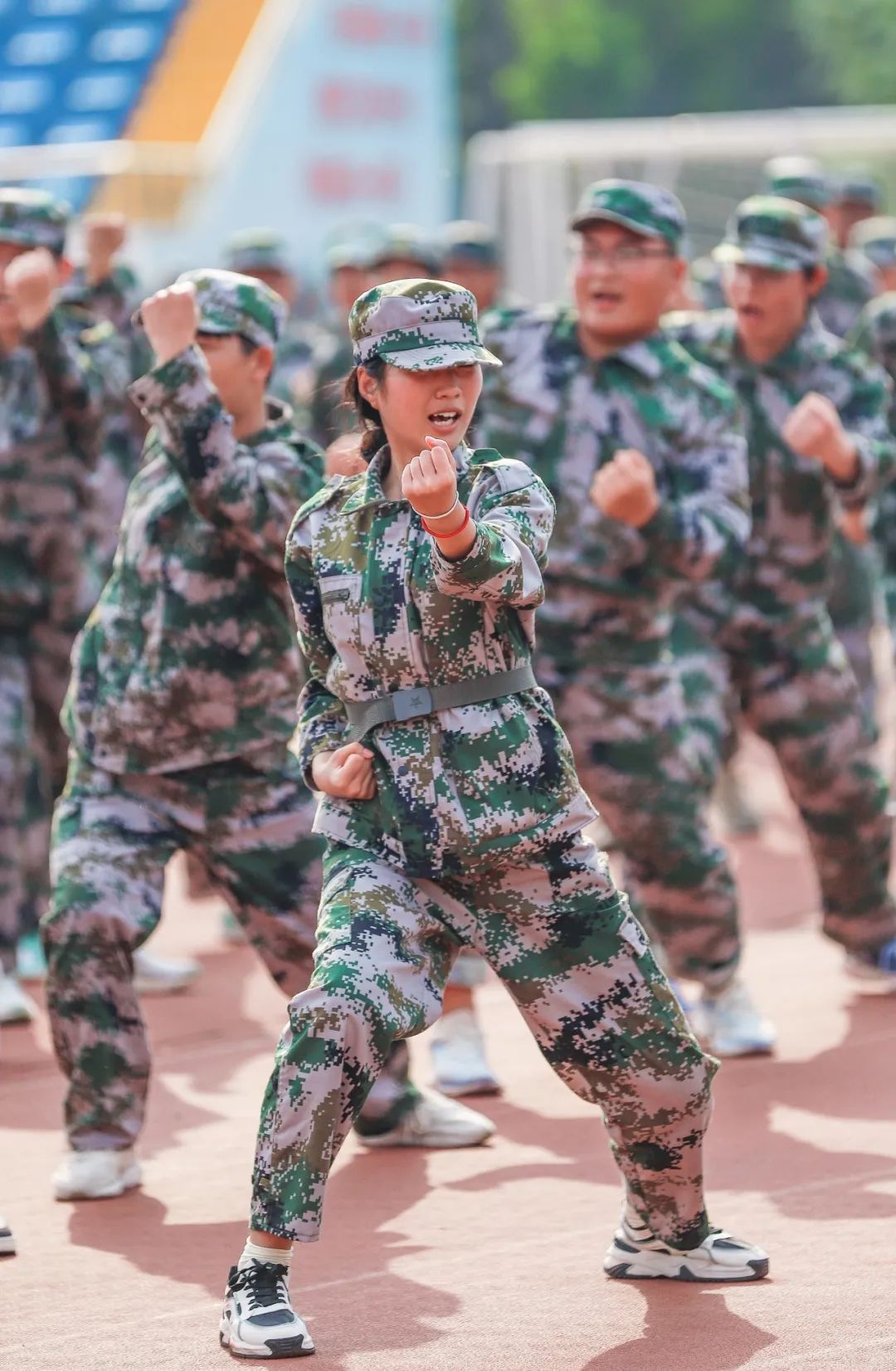
I am not afraid of the scorching sun, and I am cool and heroic. Sunrise and sunset glow will set a golden light on the green youth of your army. The story of your youth has just begun.
He ‘nan Water Conservancy and Environment Vocational College
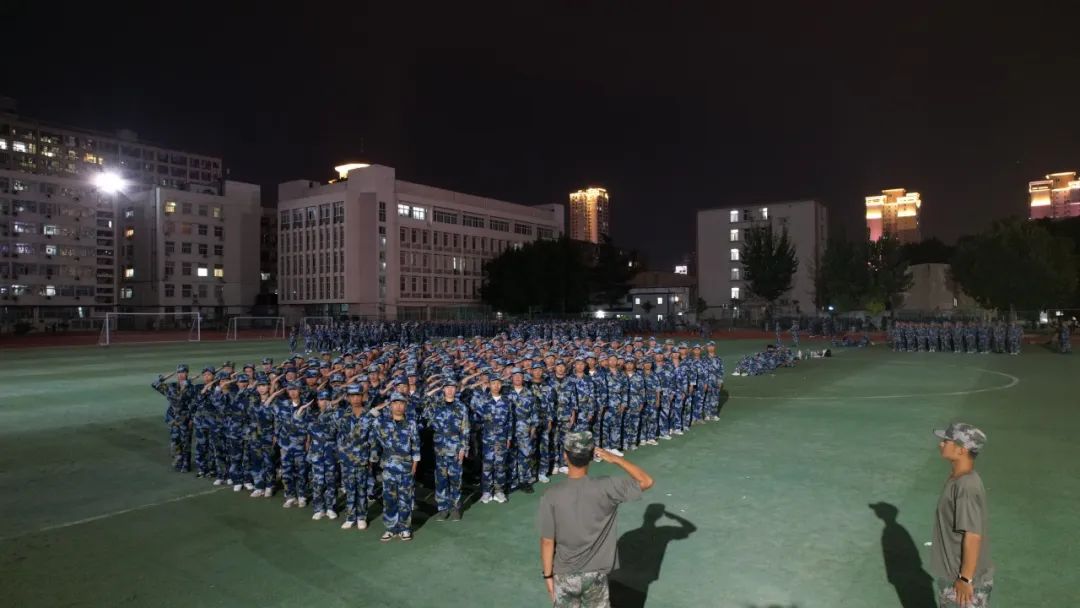
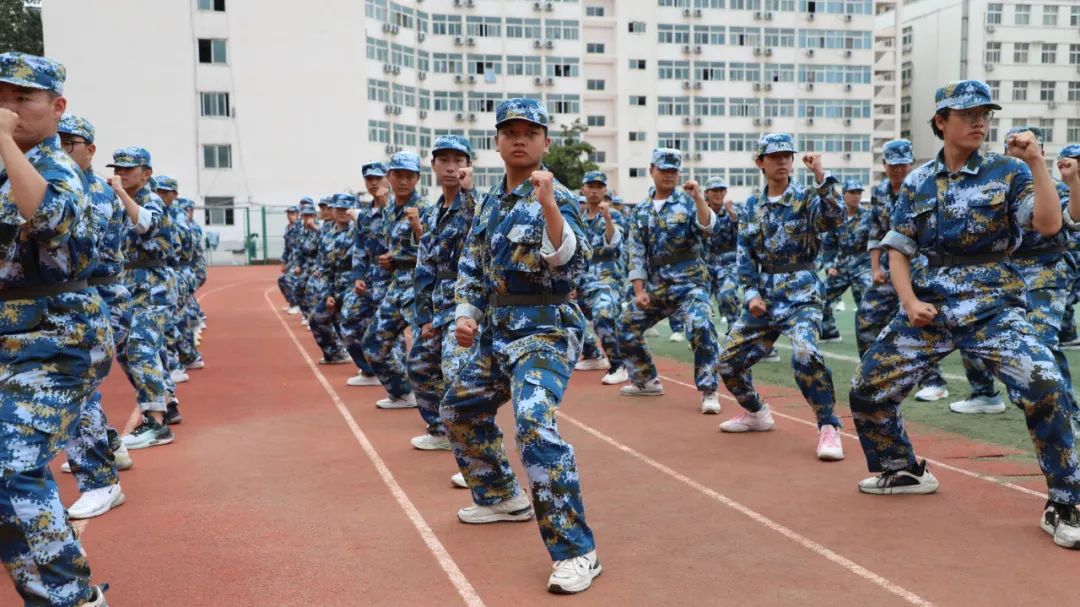
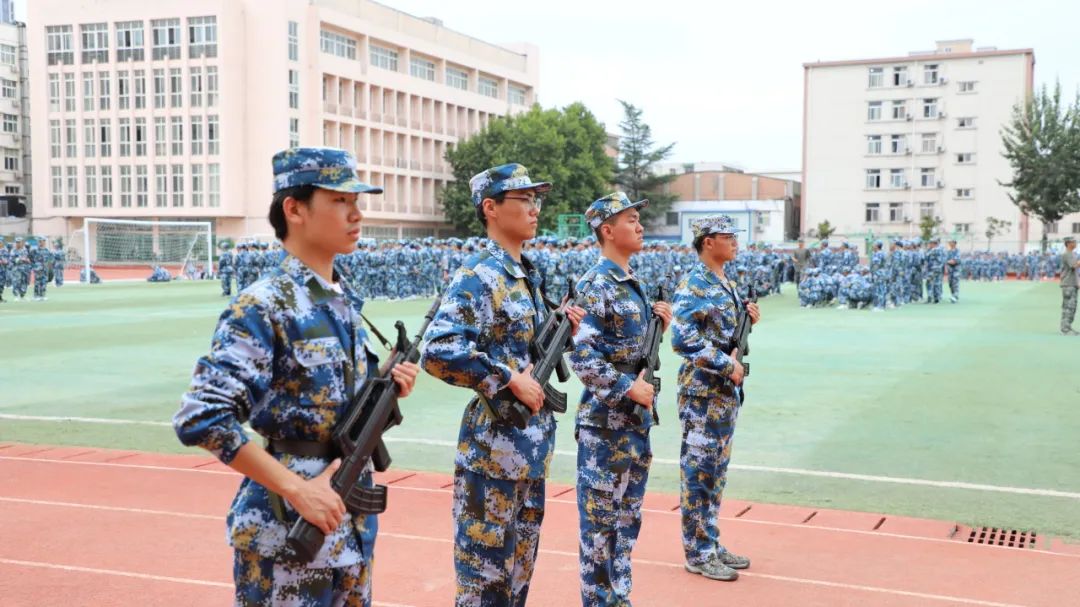
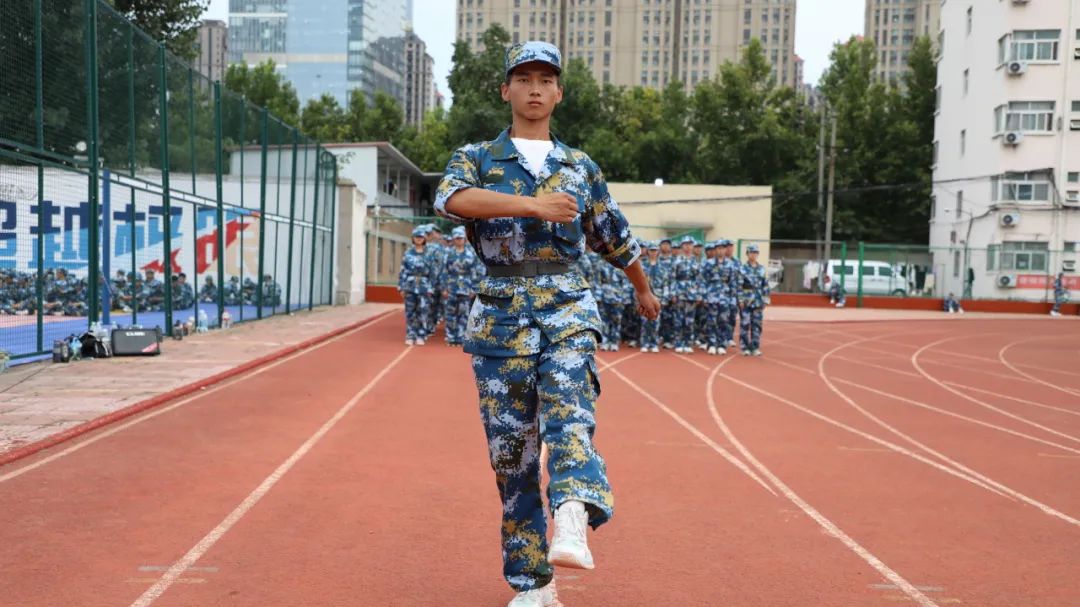
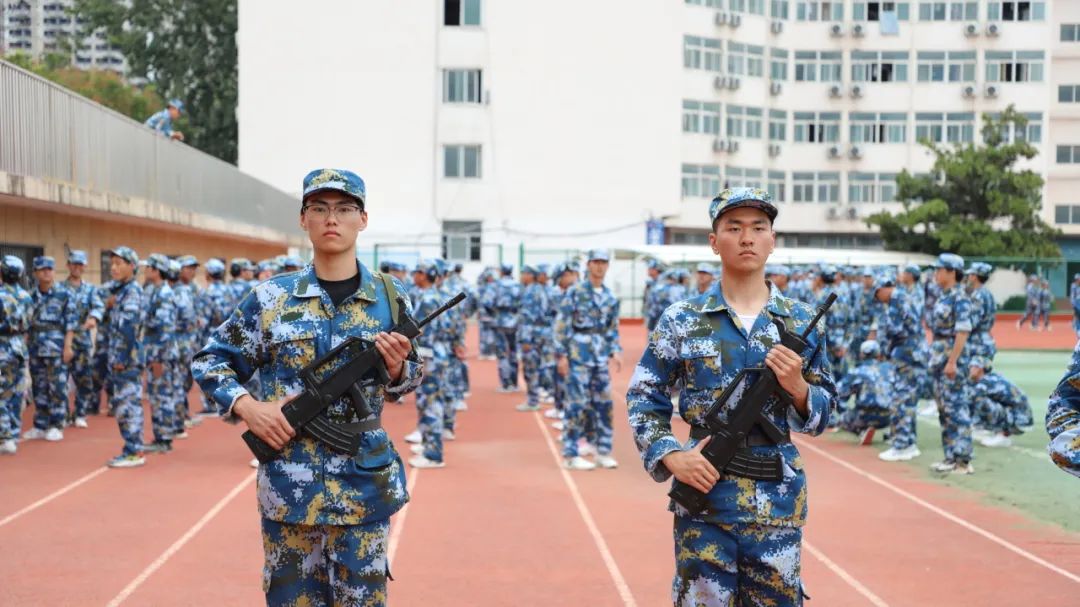
In this crisp autumn and fragrant osmanthus, the class of 2023 ushered in an important test in life. During the two-week period, the students will practice the vows of youth with the feelings and attitudes of soldiers and experience the wonderful life. And on the occasion of the motherland’s birthday, I offer my blessings to the motherland.
Pingdingshan Vocational and Technical College
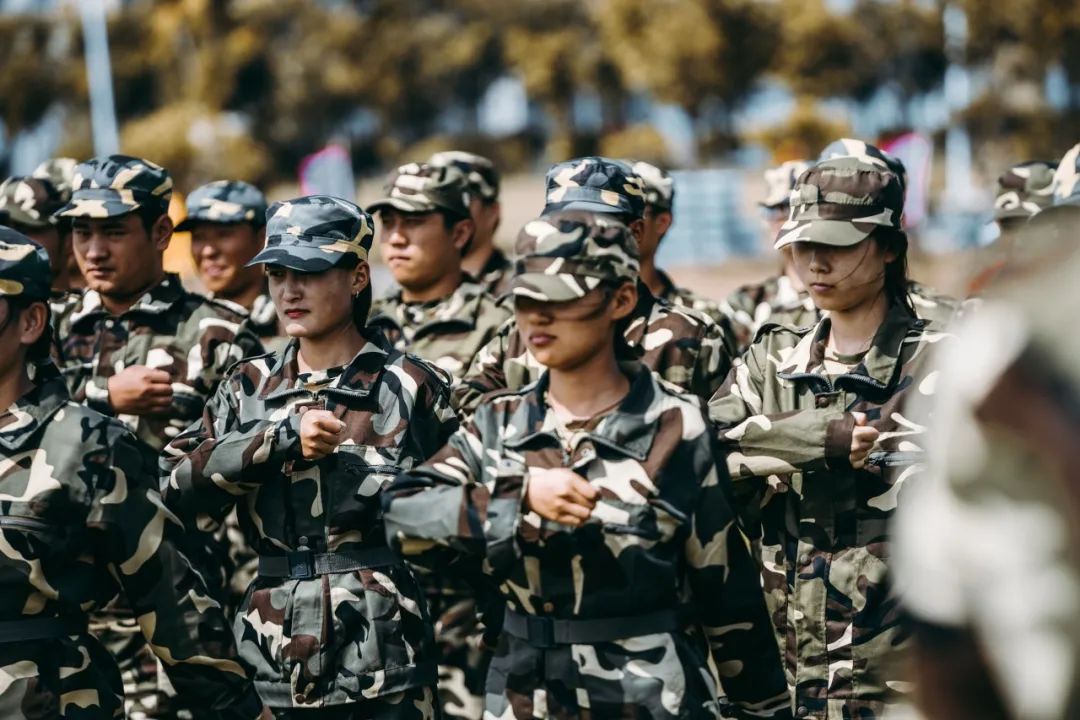
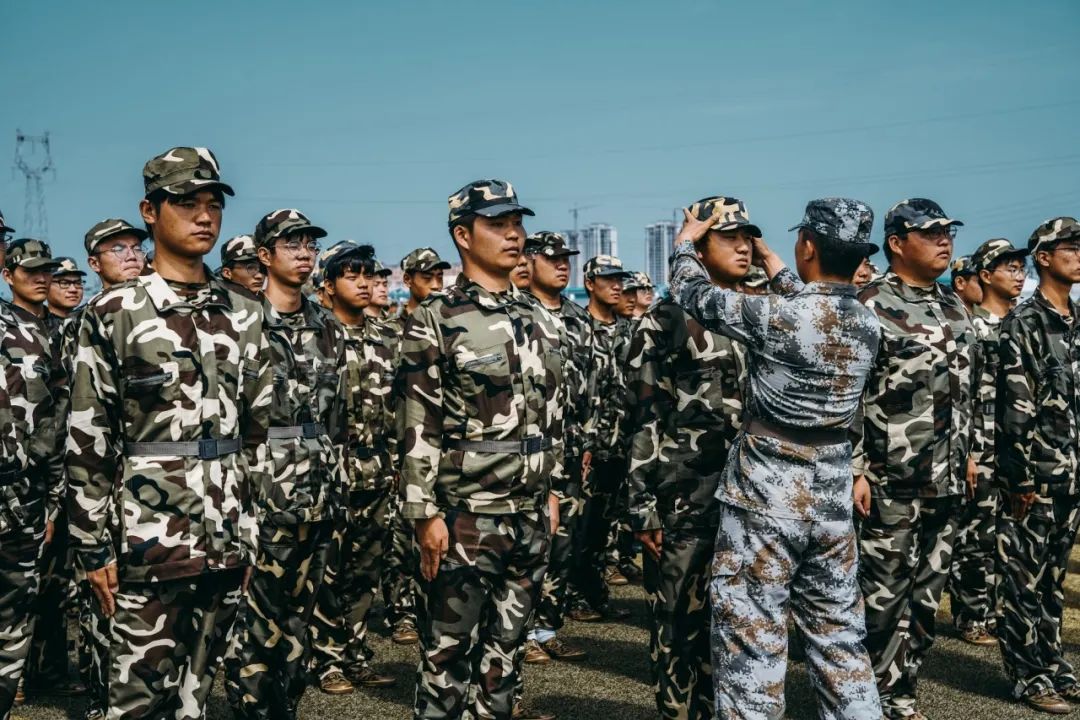
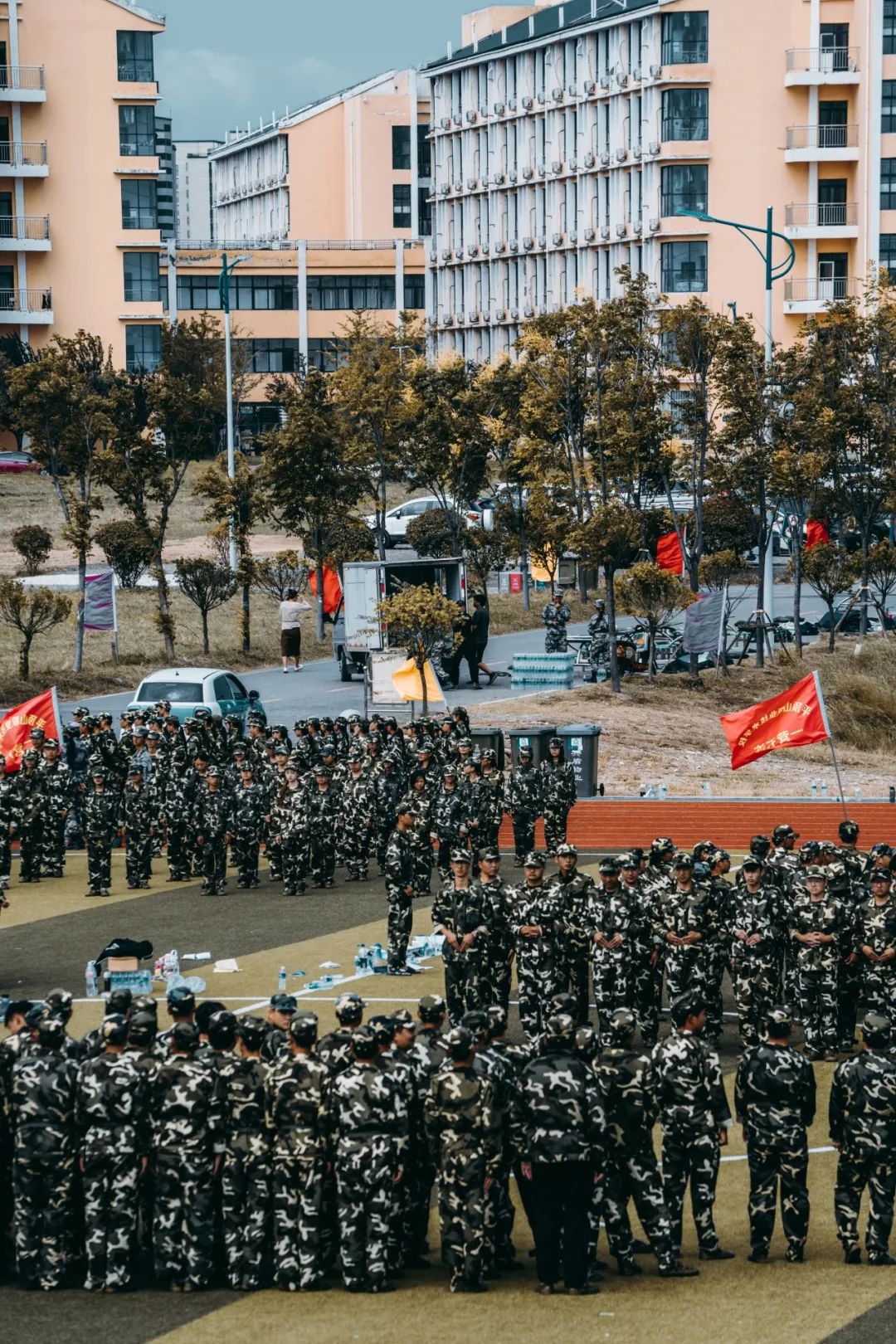
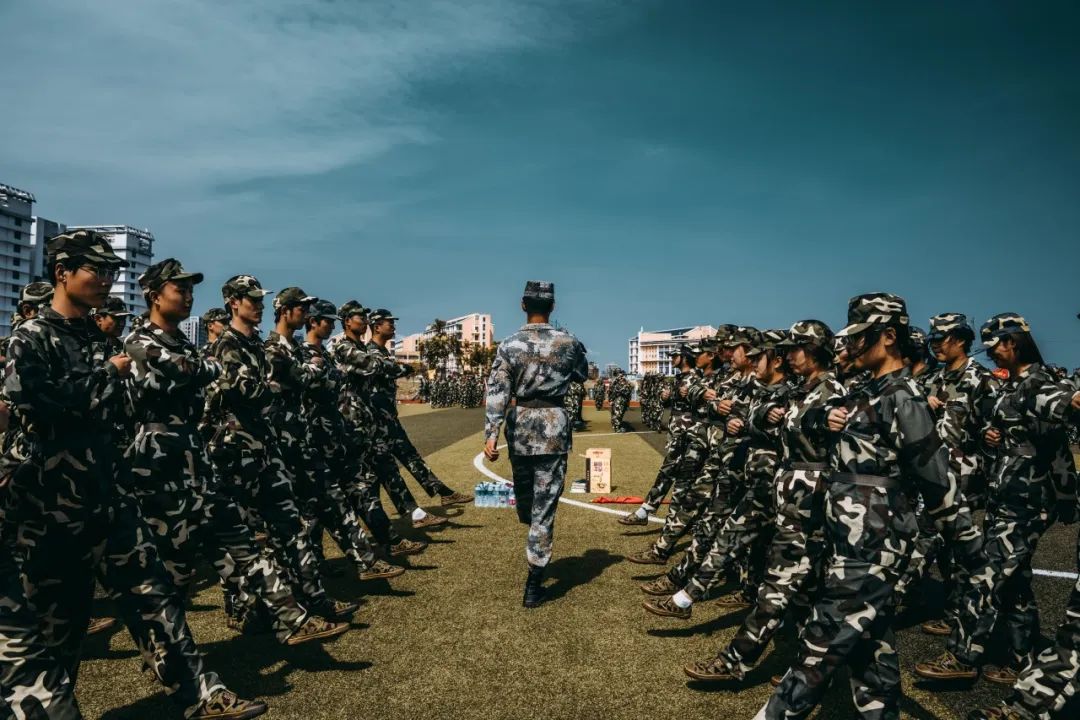
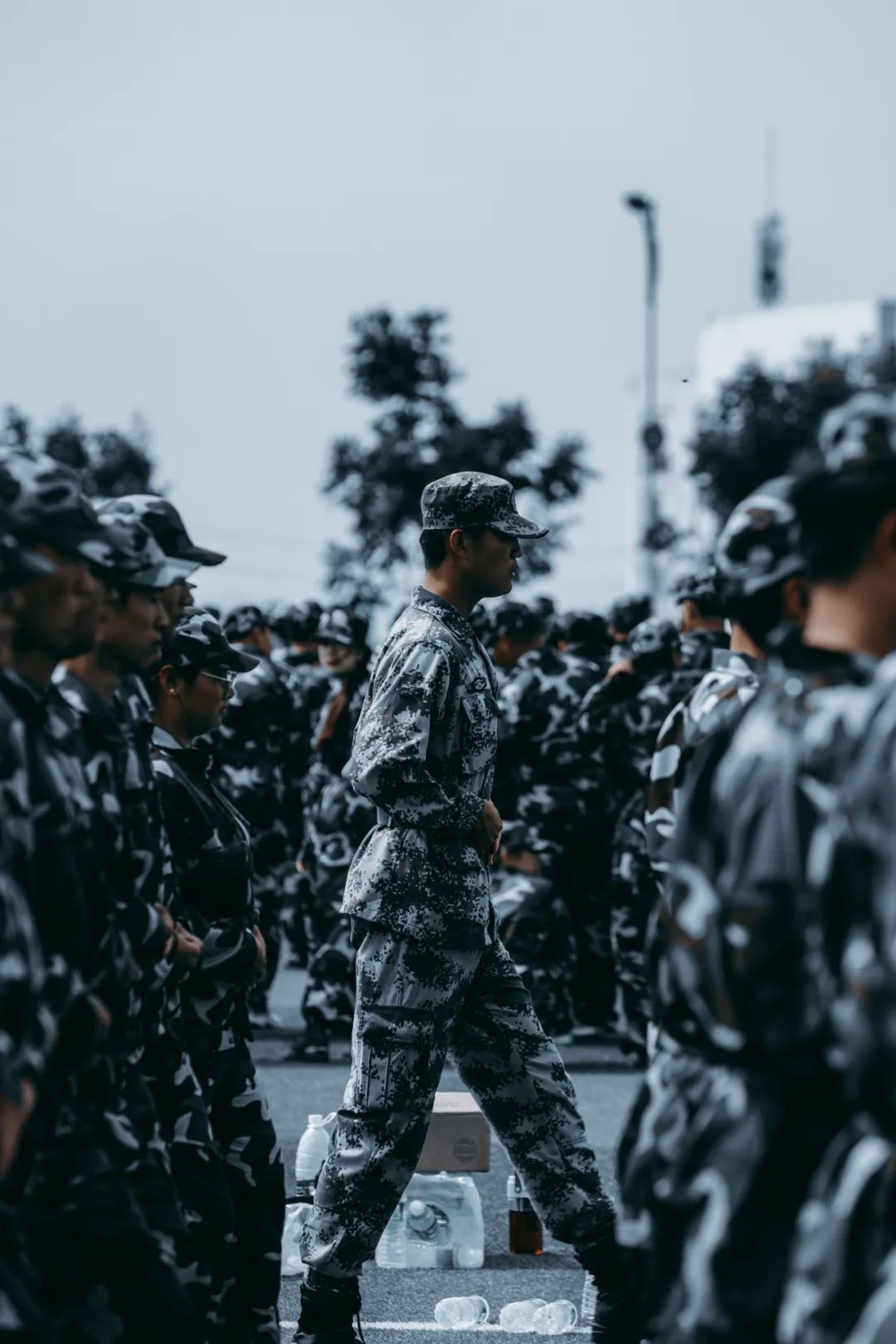
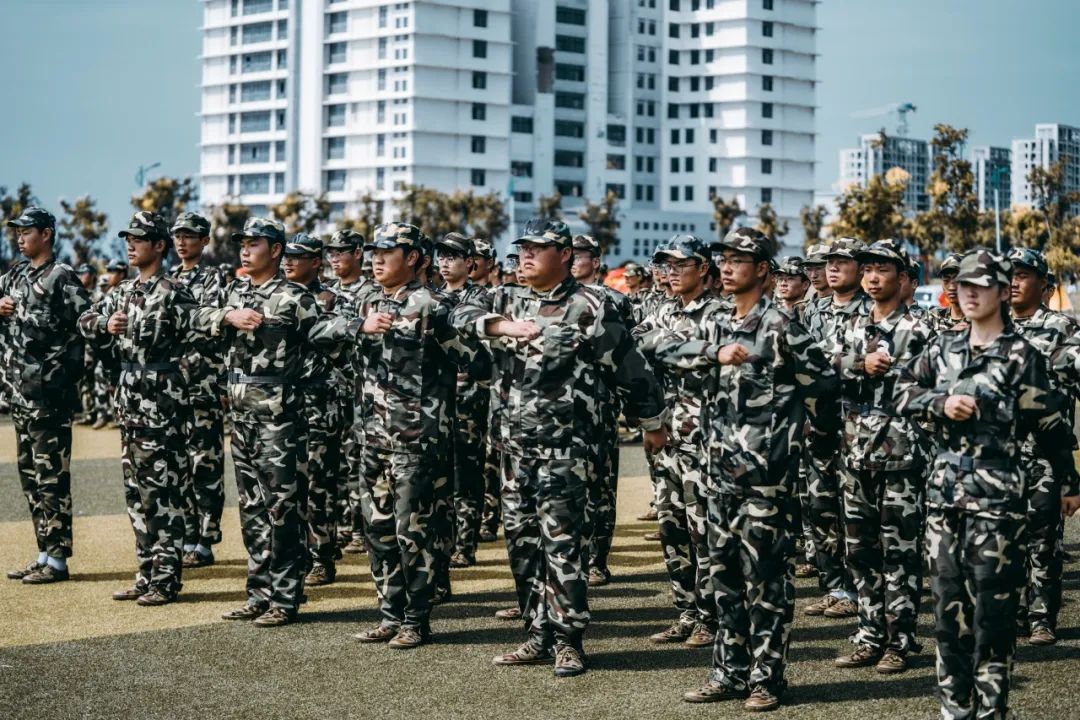
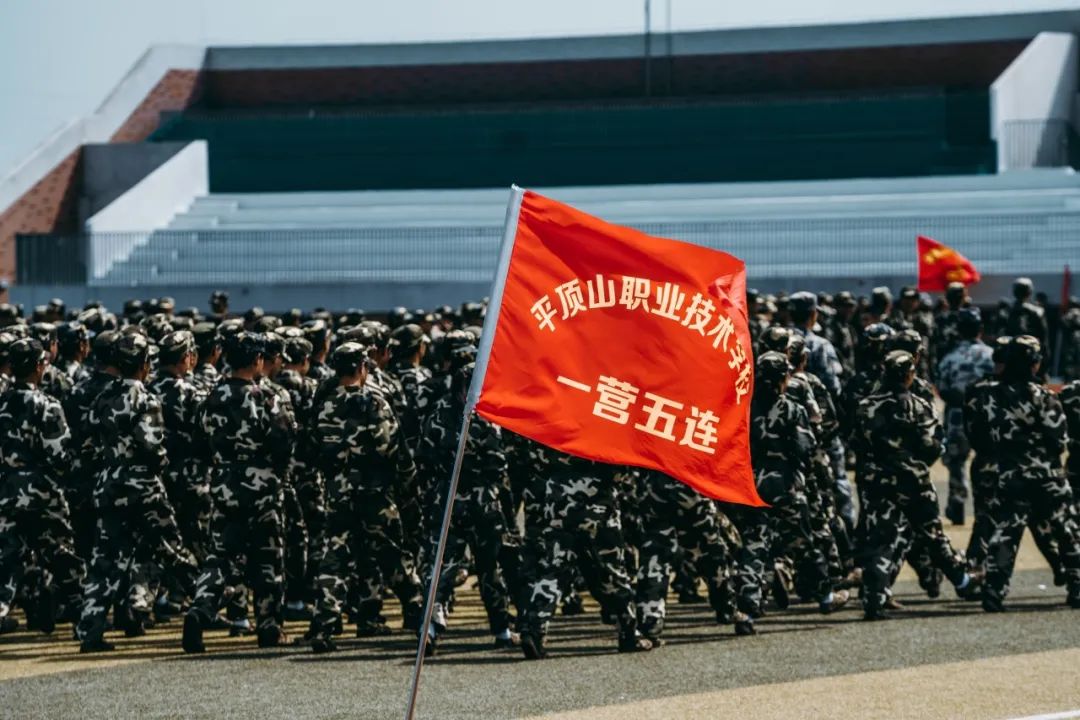
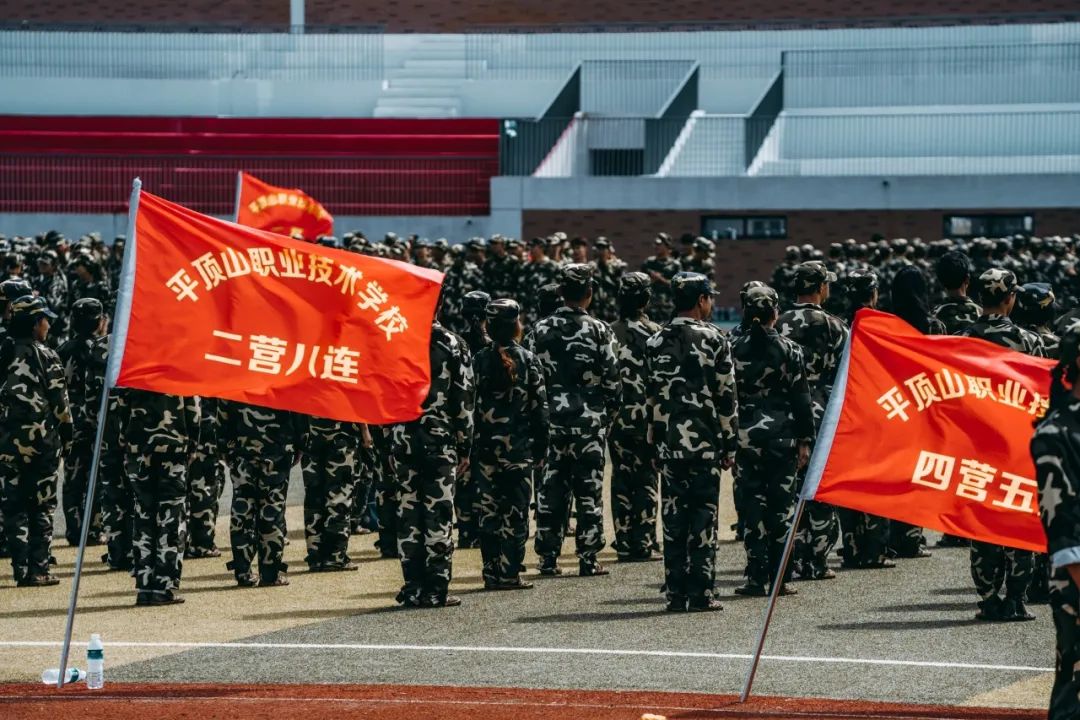
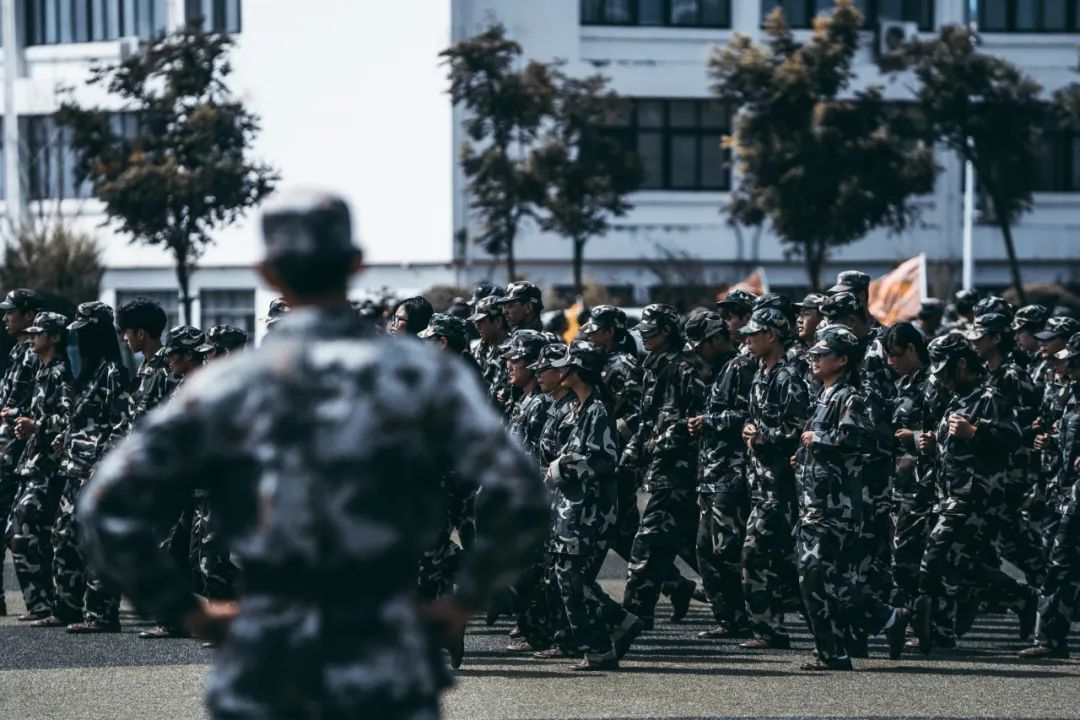
Daily Military Training from the Perspective of AFP
With the majesty, loyalty and fearlessness of a soldier
Tall and straight posture, firm eyes
A touch of solemn camouflage
Become an indelible memory in youth
Xinyang Art Vocational College
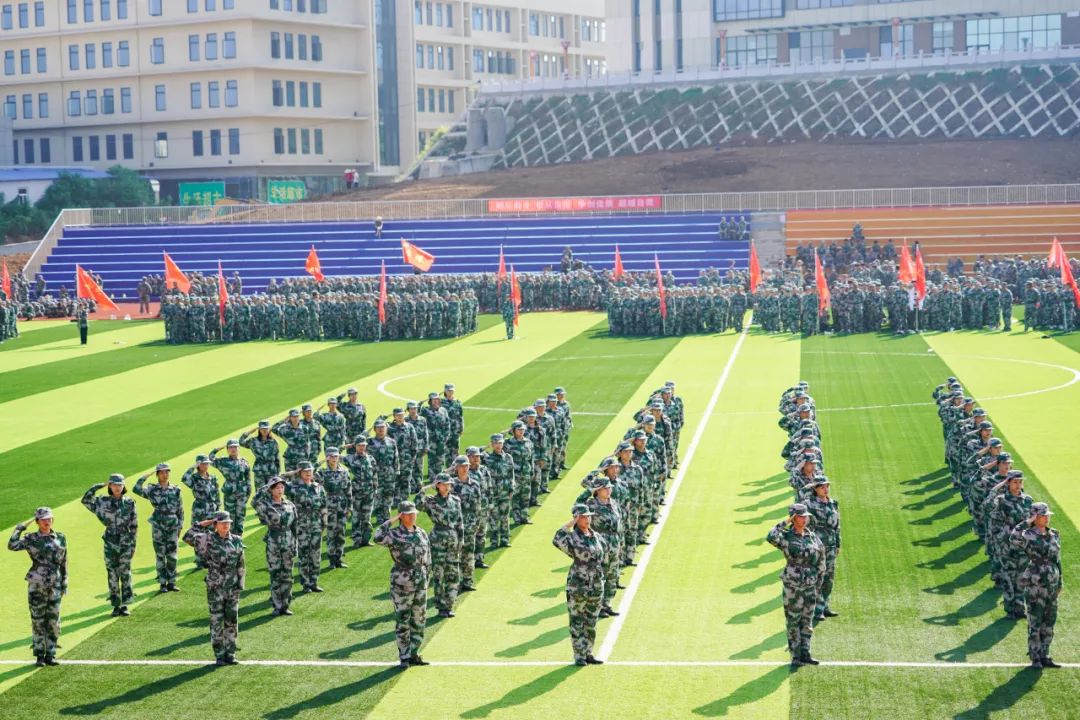
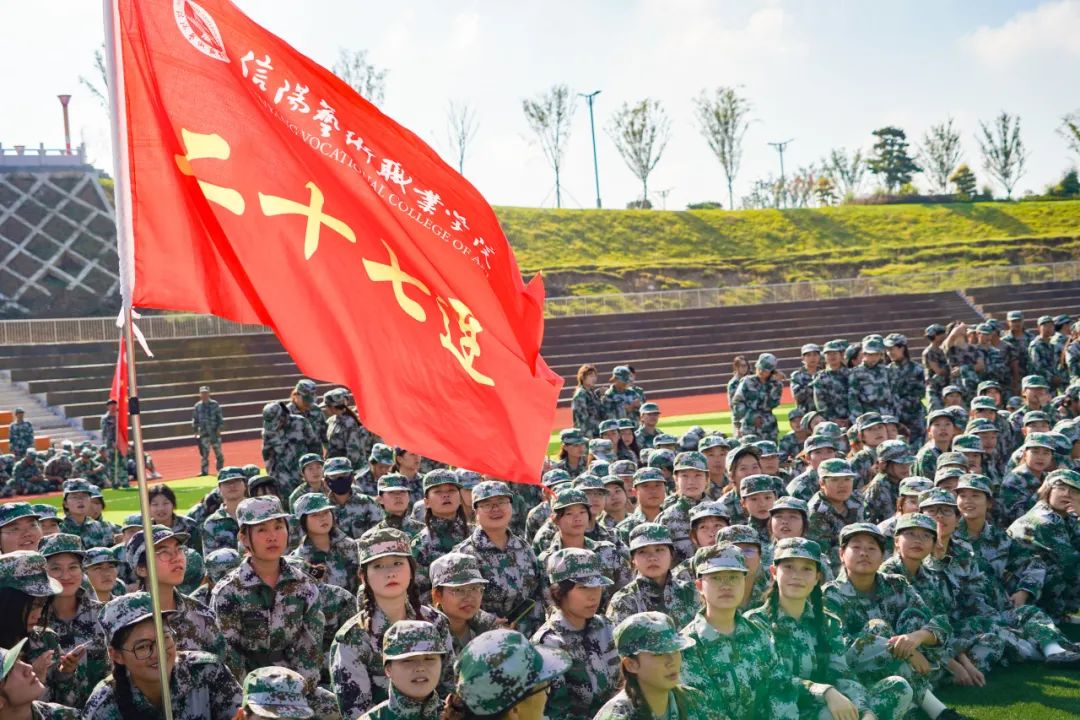
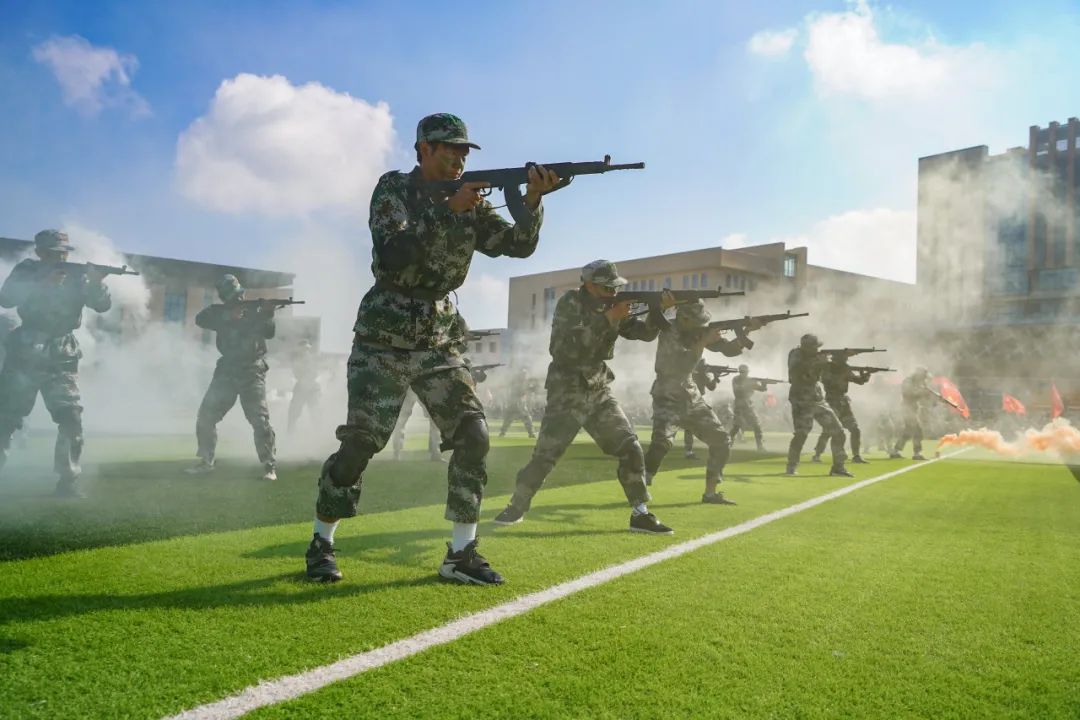
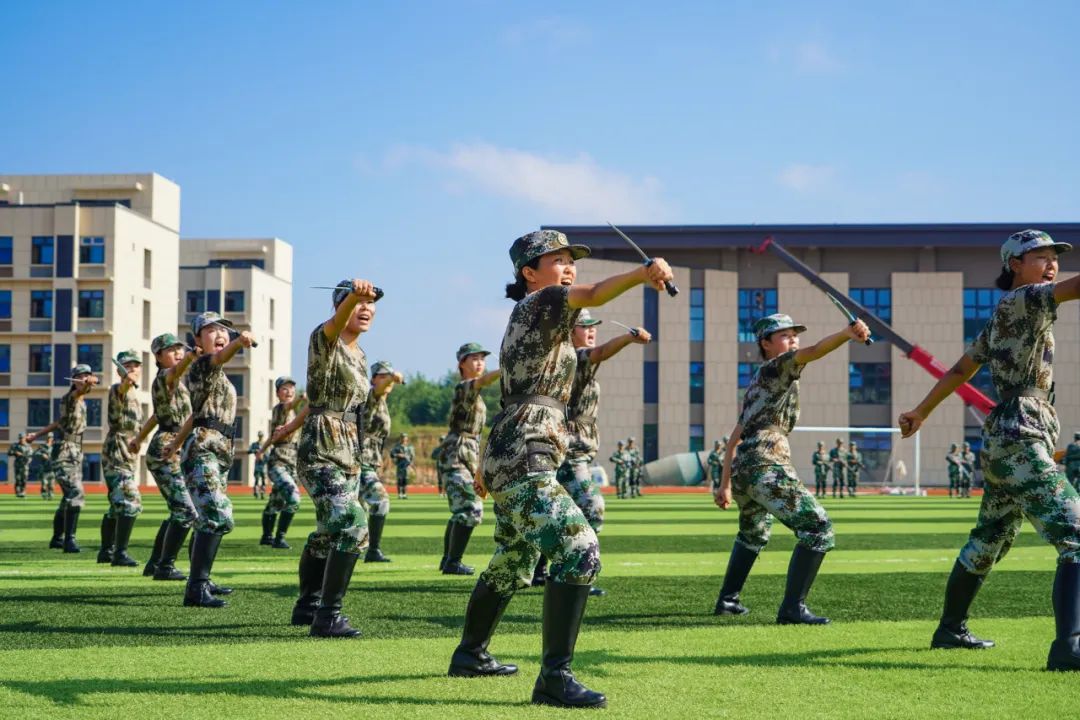
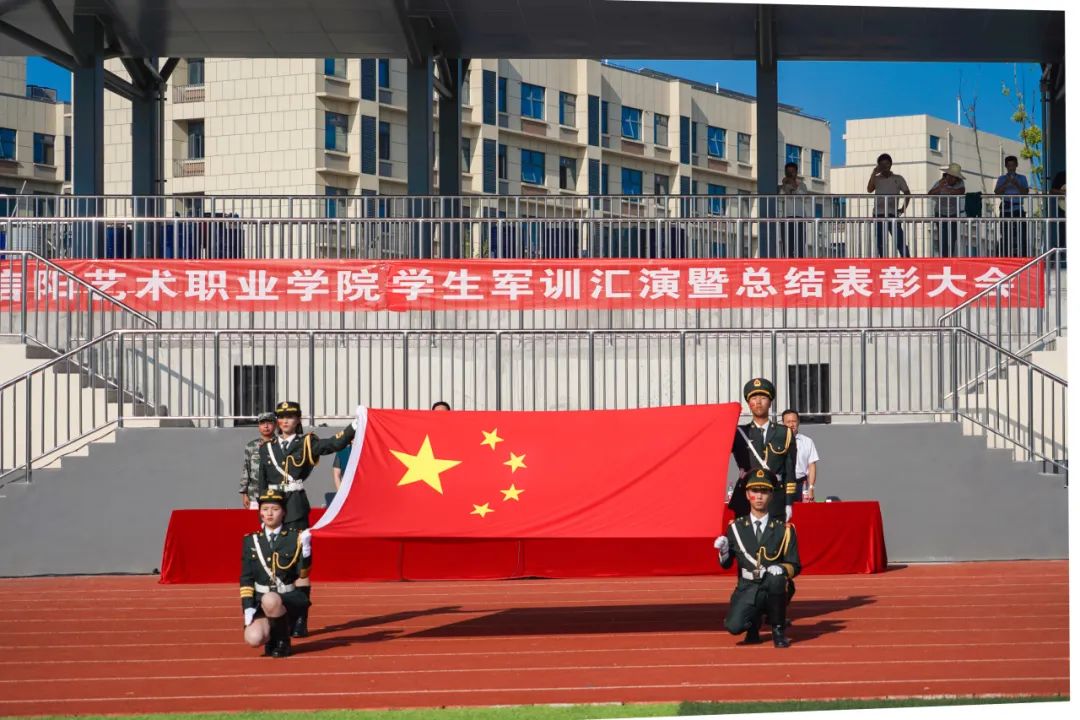
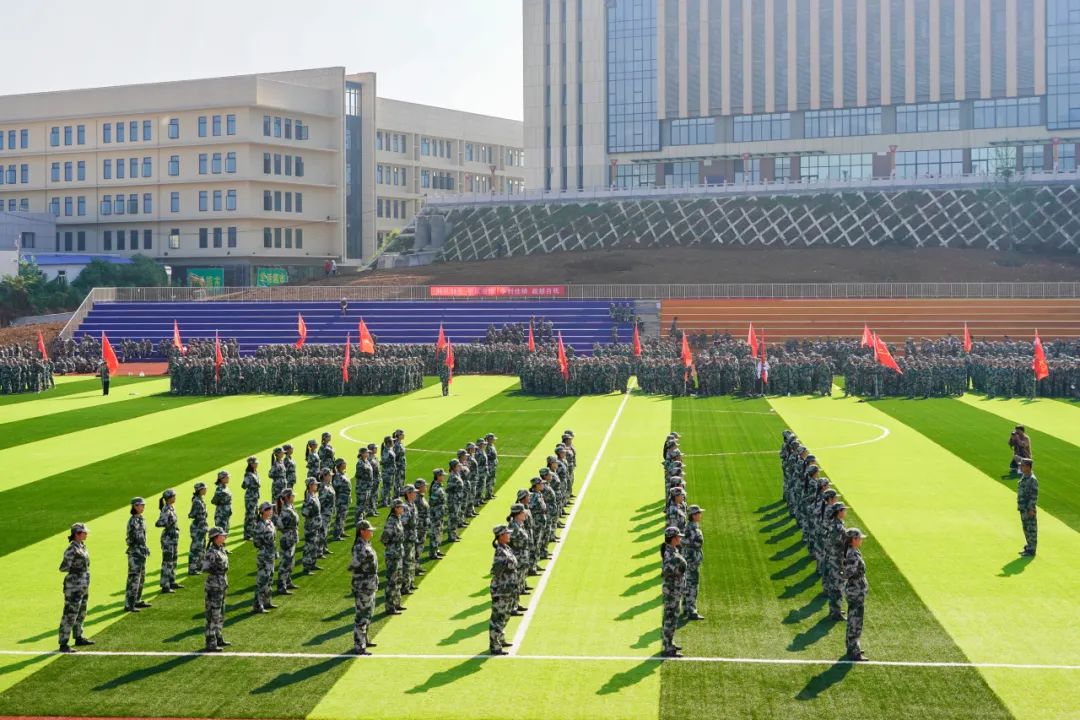
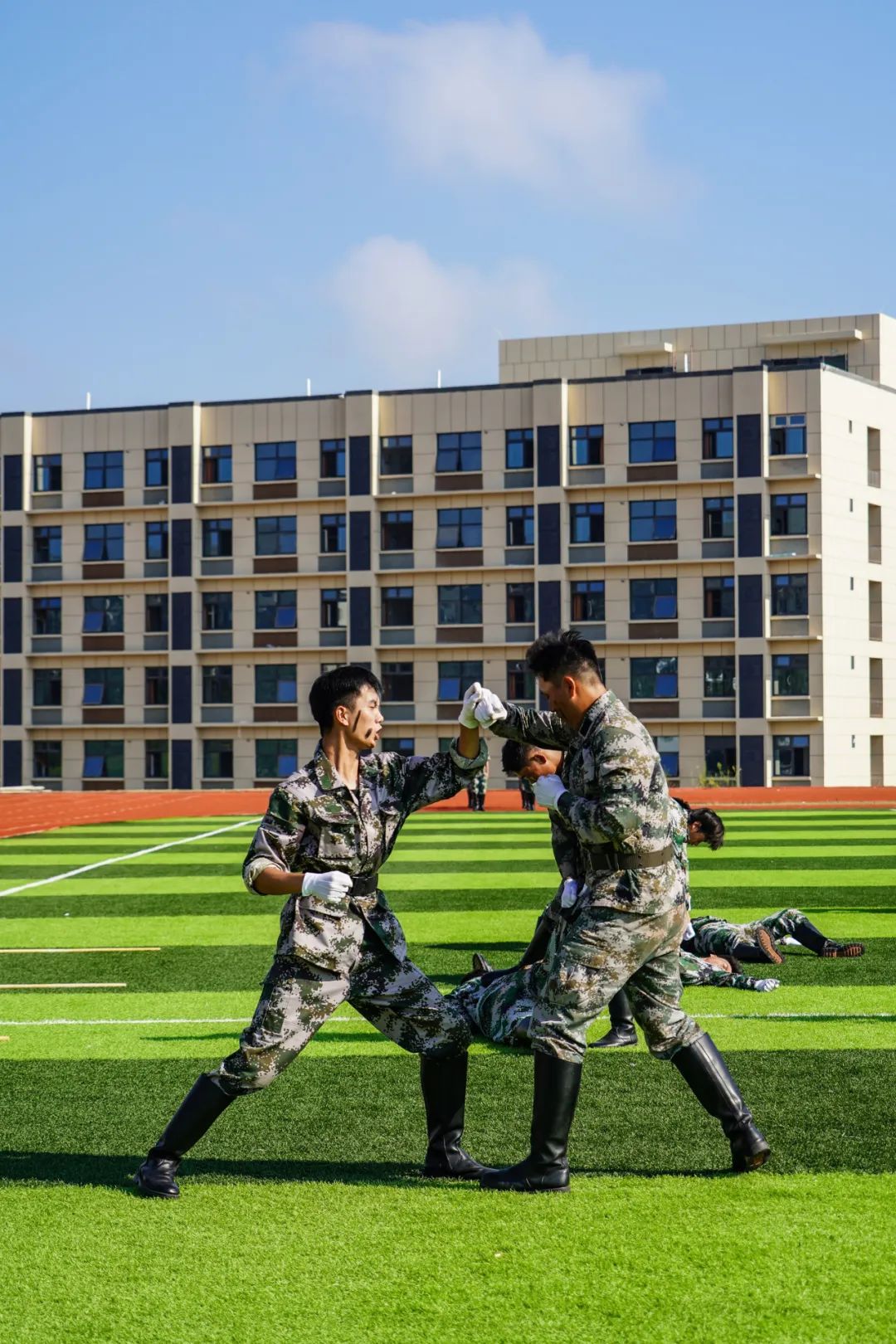
Military training, hardships and hardships
With their tall and straight military posture and imposing spirit.
Show the confidence of young students to all the audience at the scene.
Xinxiang Institute of Technology
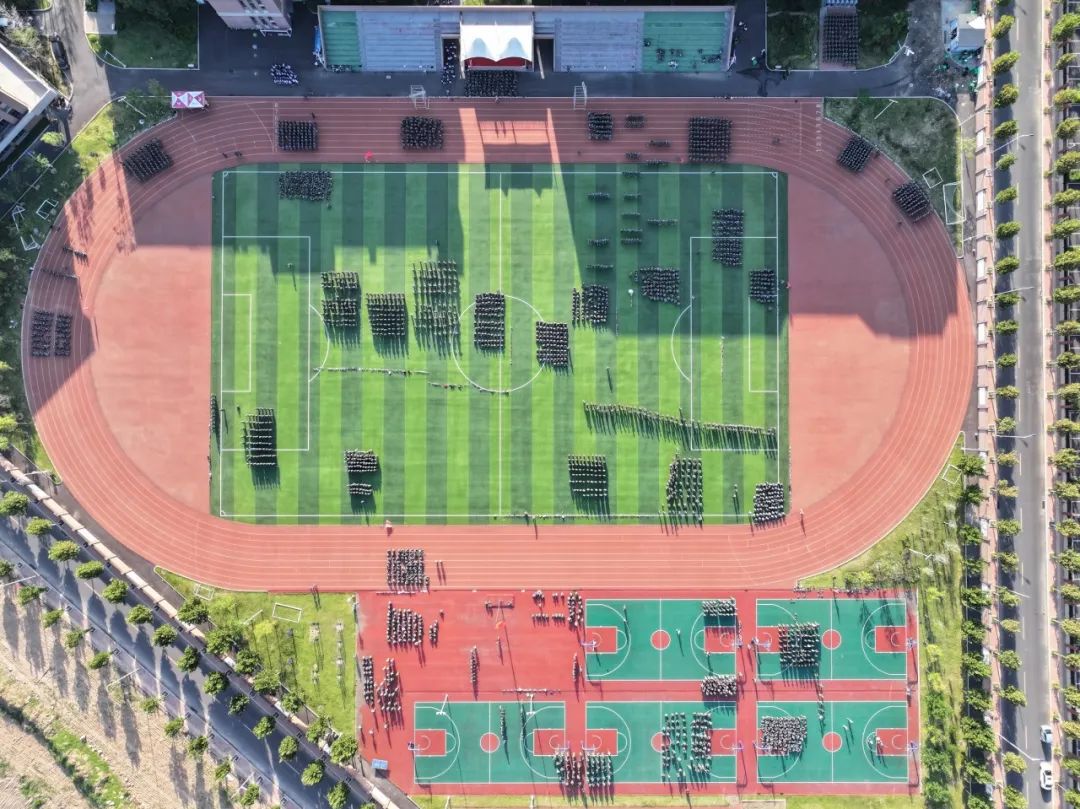
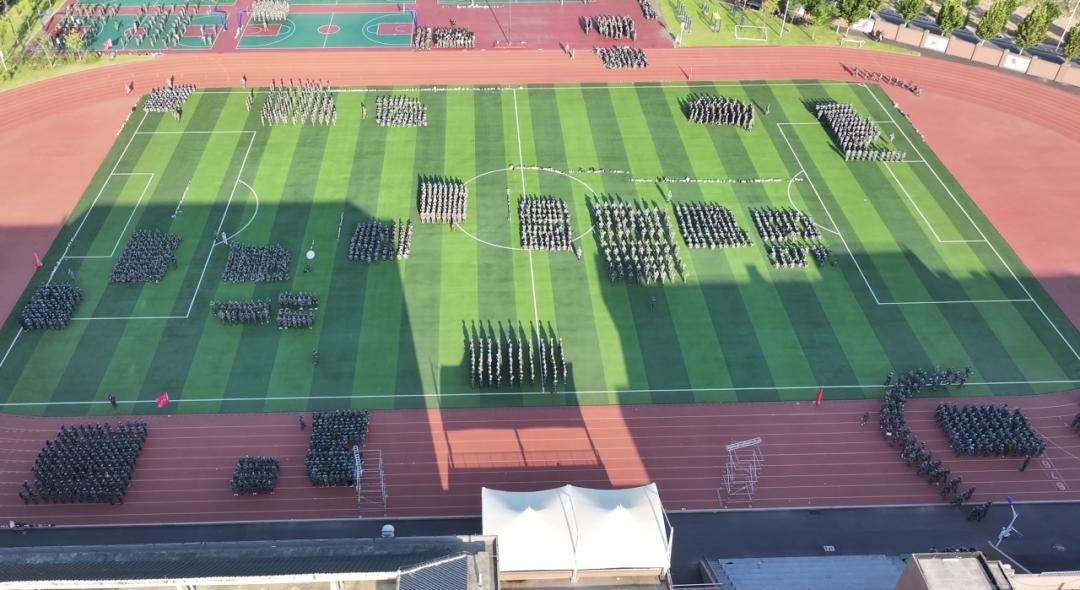
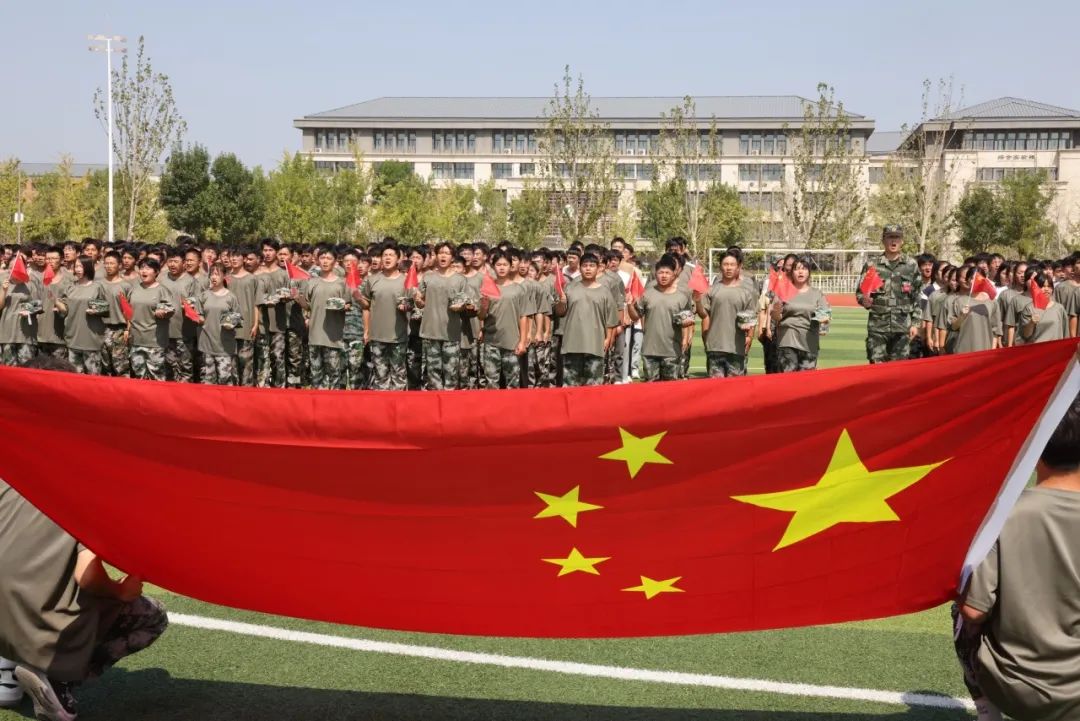
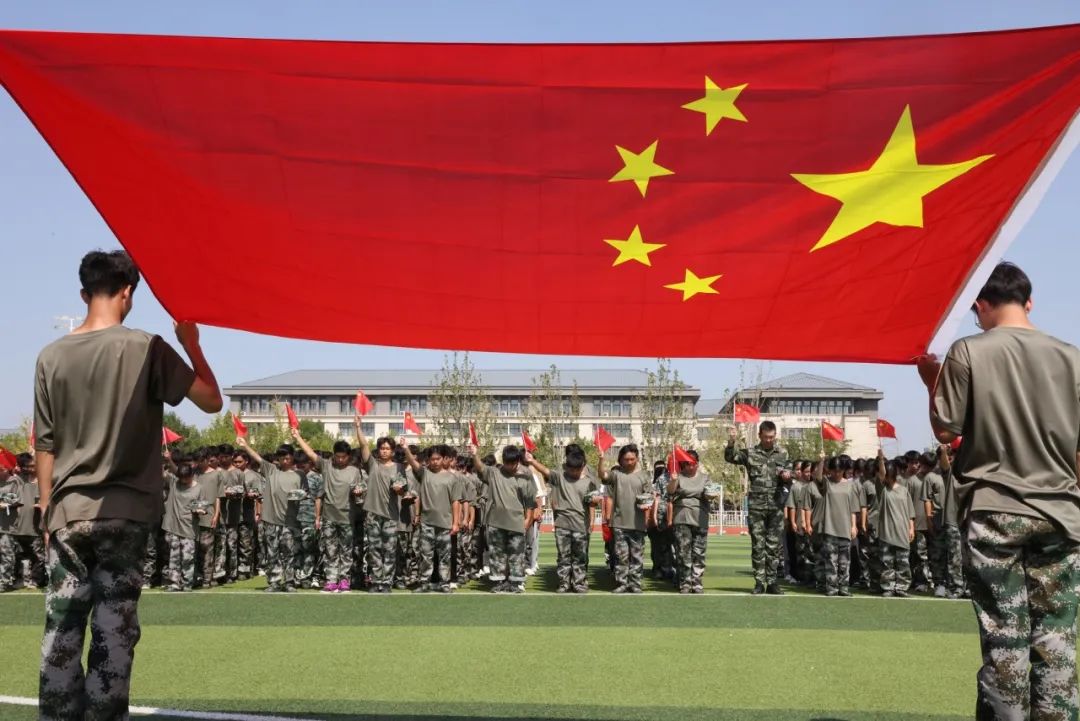
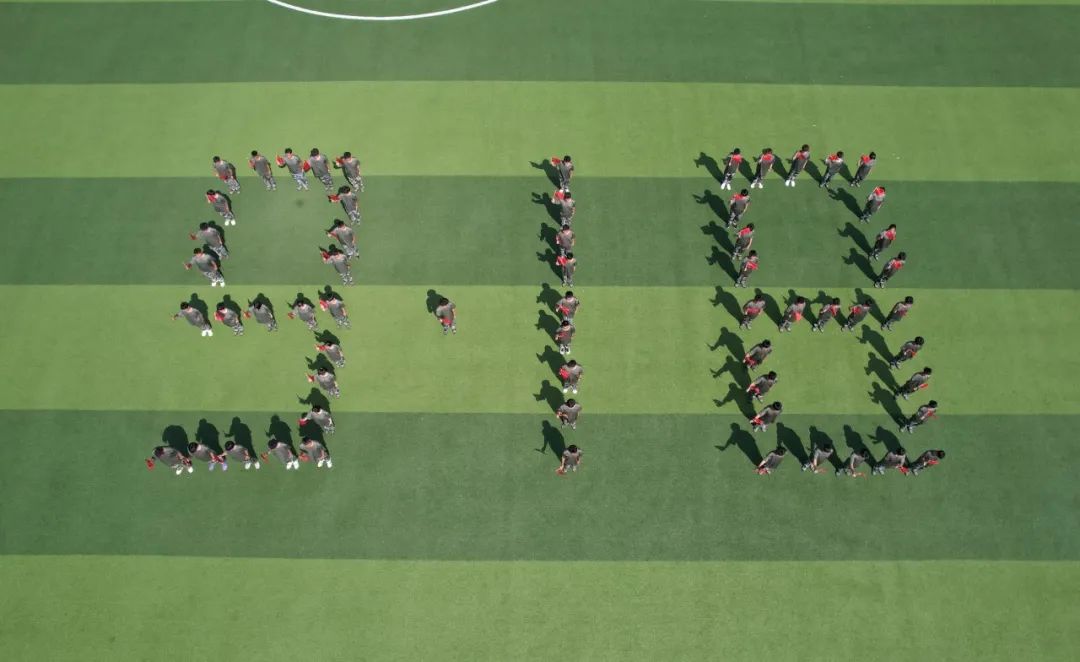
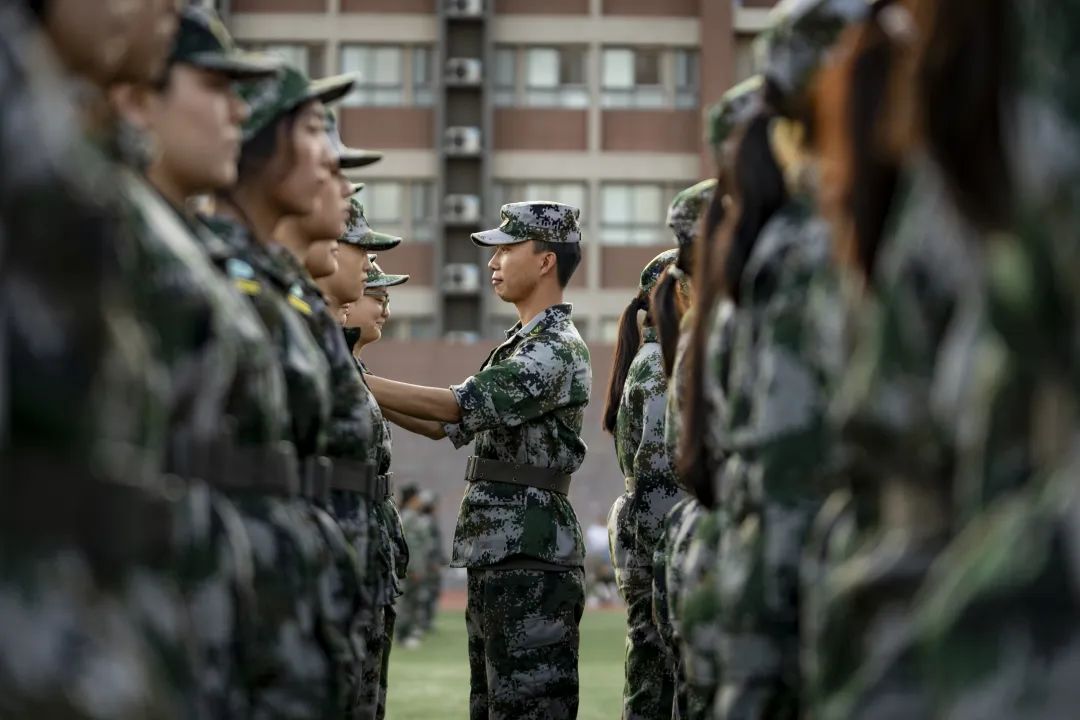
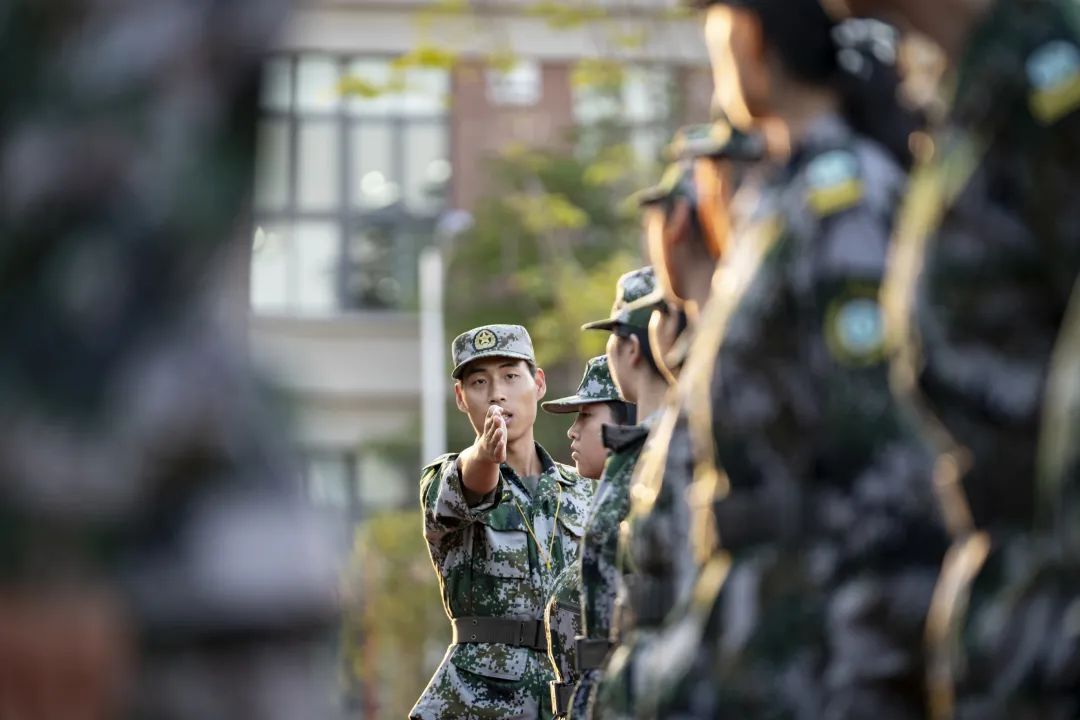
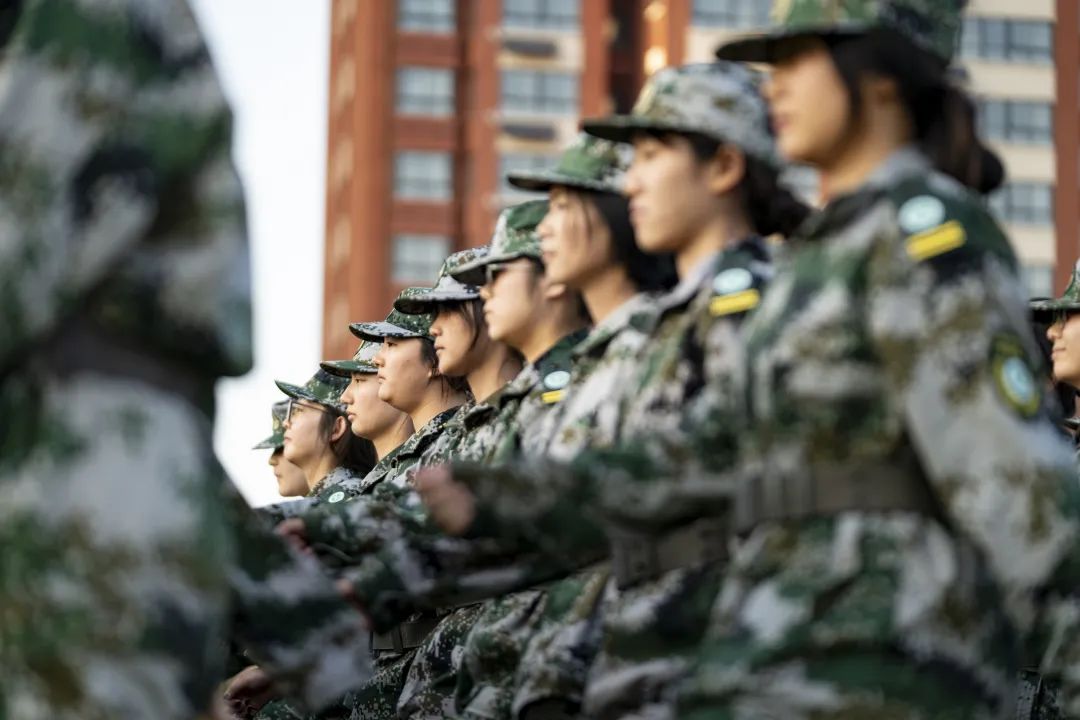
The freshmen dressed in camouflage uniforms are particularly eye-catching. They are blazing with anger, with a strong will, loud and uniform slogans, full of enthusiasm for military training, and their mental outlook is brand-new. Under the baptism of the sun, they exude youthful vitality and become the most dazzling scenery on campus. In addition, Xinxiang Institute of Technology also launched a theme education activity to commemorate the 92nd anniversary of the September 18th Incident among military training freshmen. Under the oath of military training instructors, military training students solemnly swore to the national flag: "Don’t forget the national humiliation, remember the history, forge ahead and revitalize China", and vowed to inspire young students to cultivate patriotic feelings, not to forget the national mourning and work hard.
Kaifeng Vocational College
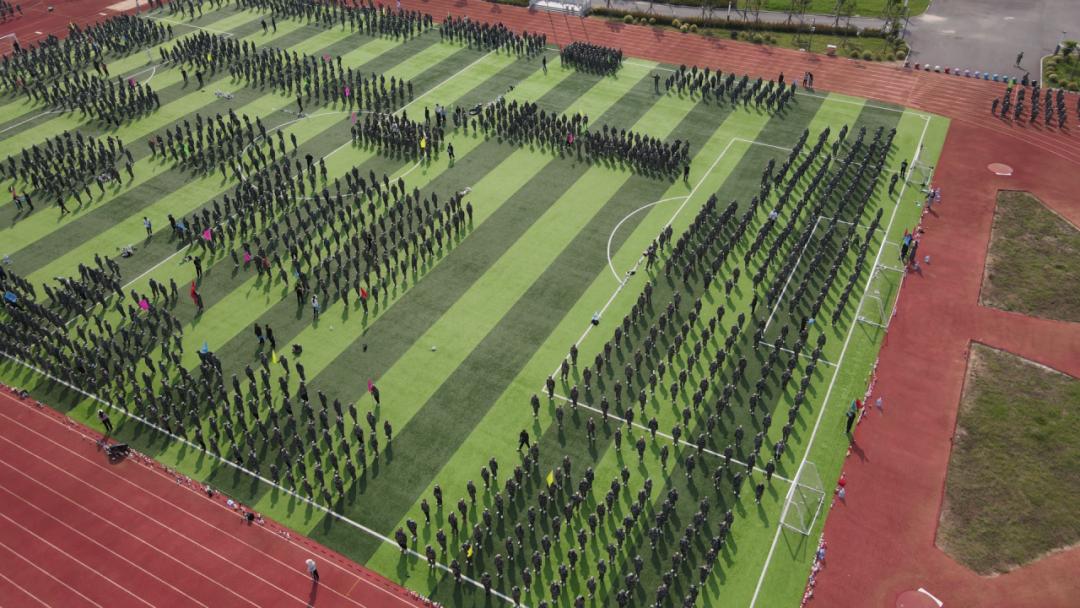
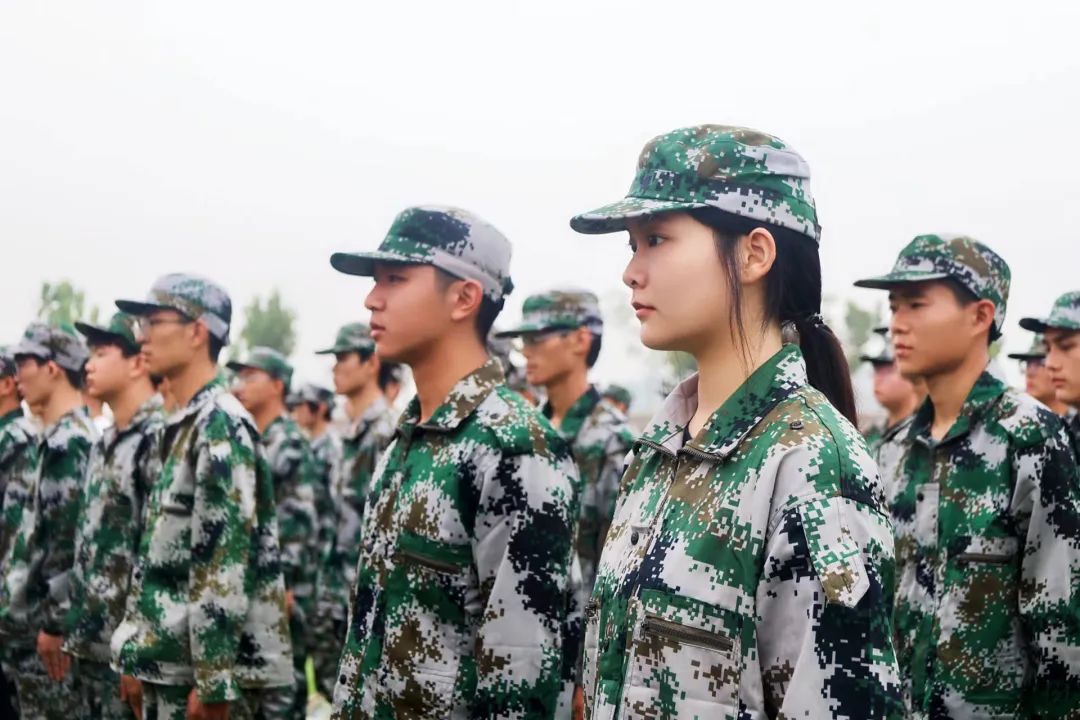
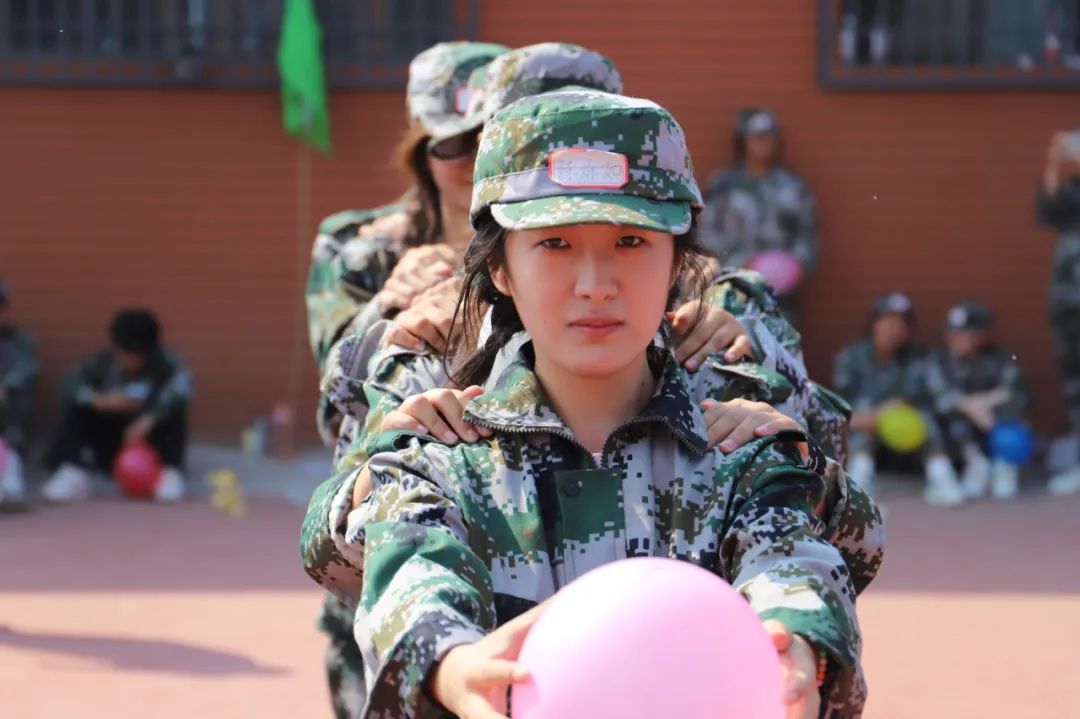
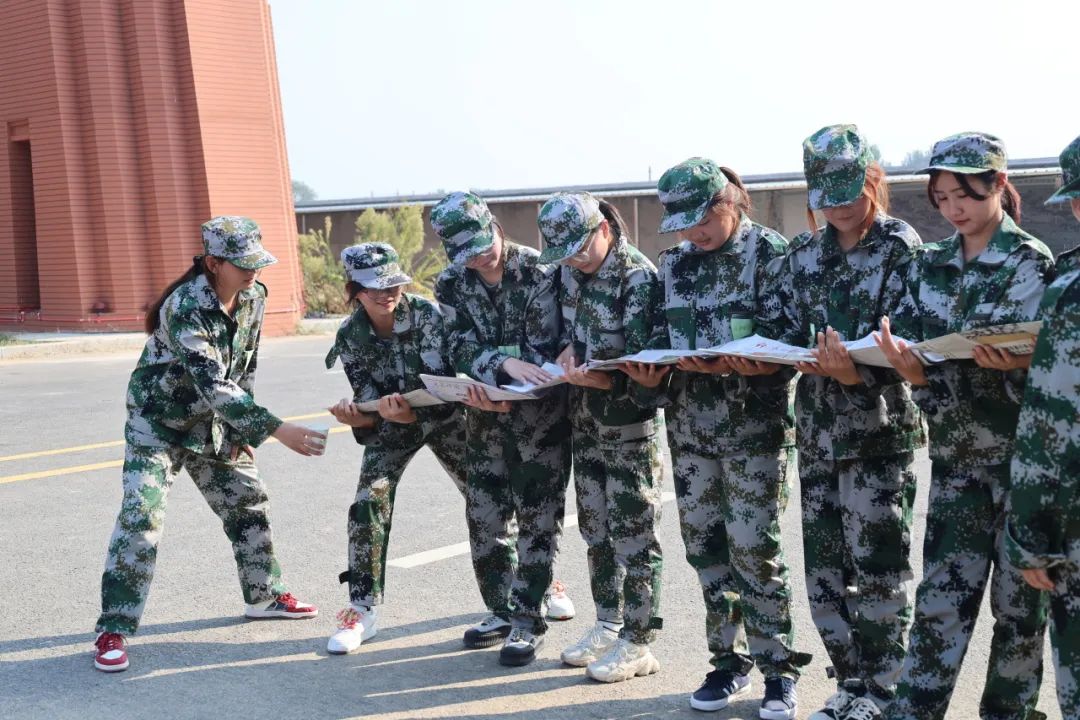
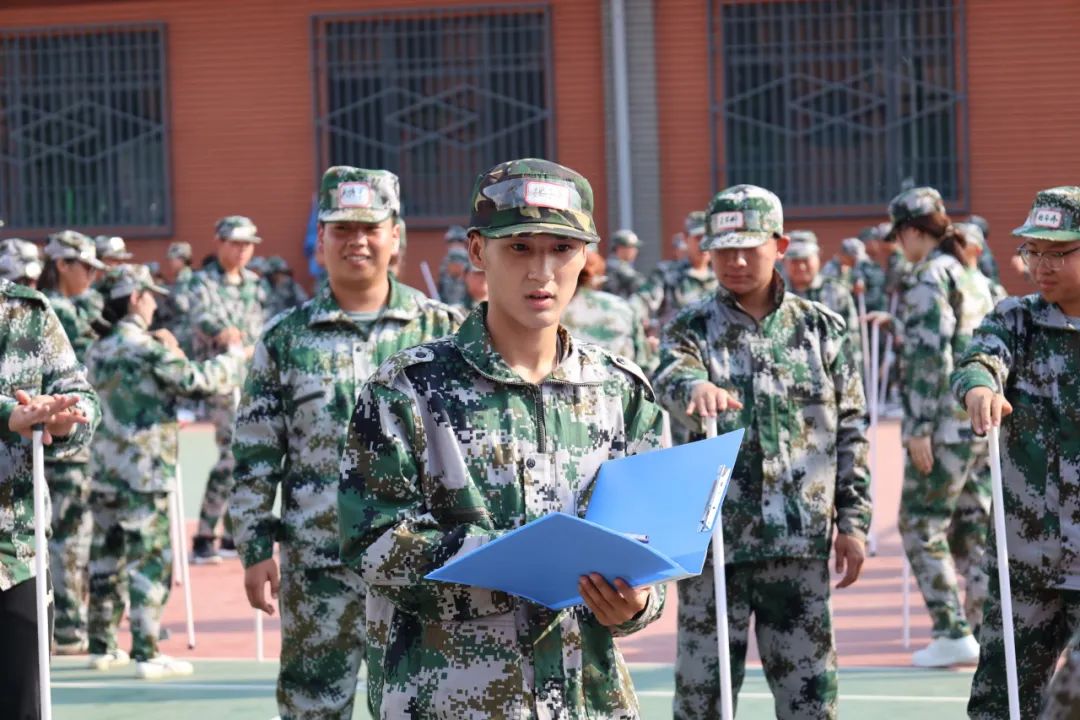
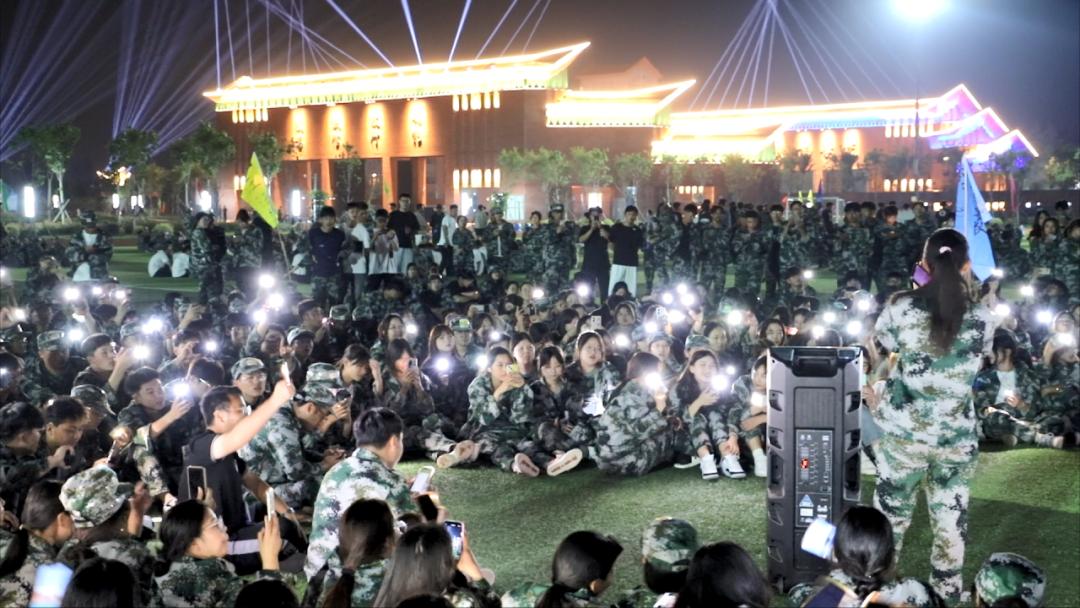
The military training of Kaifeng Vocational College lasted for 18 days, during which there were not only the sweat of military training, but also the laughter and laughter of quality development training, growing up in challenges and making youth shine brightly!
In this contest with youth
You’re radiant, you’re firm, your slogans are loud.
Please also ask you in the next
In college life
With high morale
Walk forcefully and have firm faith.
With vigor and vitality
Start a new journey
This article comes from Henan Provincial Department of Education.
Original title: "heroic, bloody and youthful! Directly hit the military training site of freshmen in Henan universities.
Read the original text
